For Those Who Strive
Photography series : ‘Before They Pass Away’ by Jimmy Nelson
Podcast composed by DVKA (Live recording from The Judgement Hall : Silver Series II)
On the 15th March 2020, in the face of increasing scrutiny & pressure from world governments and local community, The Judgement Hall unleashed sonic brutality upon the iconic Silver Building. This event would go down as the final gathering in ‘The Old World’, as lockdown measures were enforced in the UK days later. For this feature we have unearthed the only remaining audio recording from that day and have combined it with Jimmy Nelson’s Before They Pass Away - an imaginative documentation of men, women and children of world's gone by.
Massai
When the Maasai migrated from the Sudan in the 15th century, they attacked the indigenous groups they met along the way and raided cattle. By the end of their journey, they had taken over almost all of the land in the Rift Valley. The Maasai’s entire way of life has historically depended on their cattle, following patterns of rainfall over vast land in search of food and water. Nowadays, it is common to see young Maasai men and women in cities selling not just goats and cows, but also beads, mobile phones, charcoal and grain.
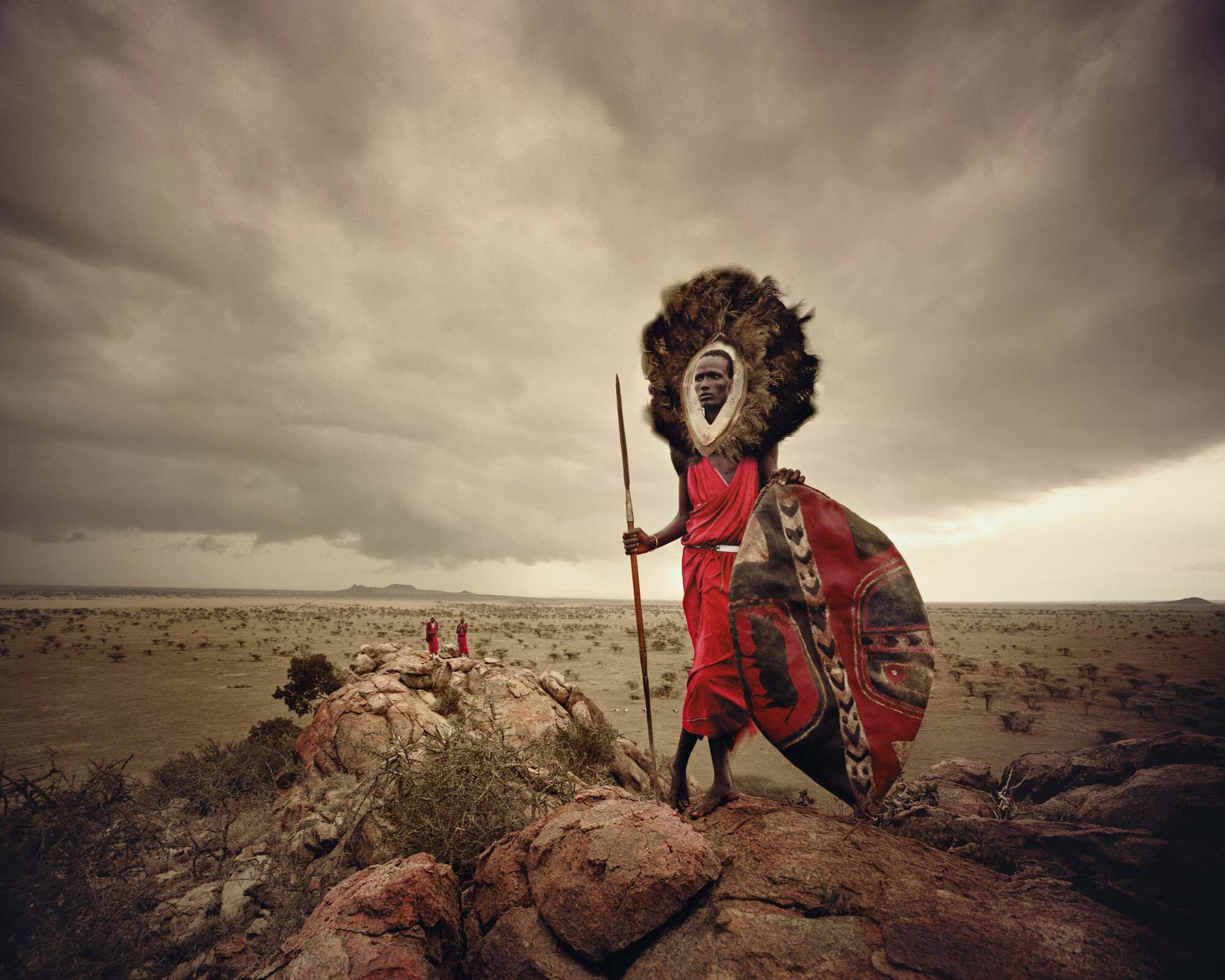


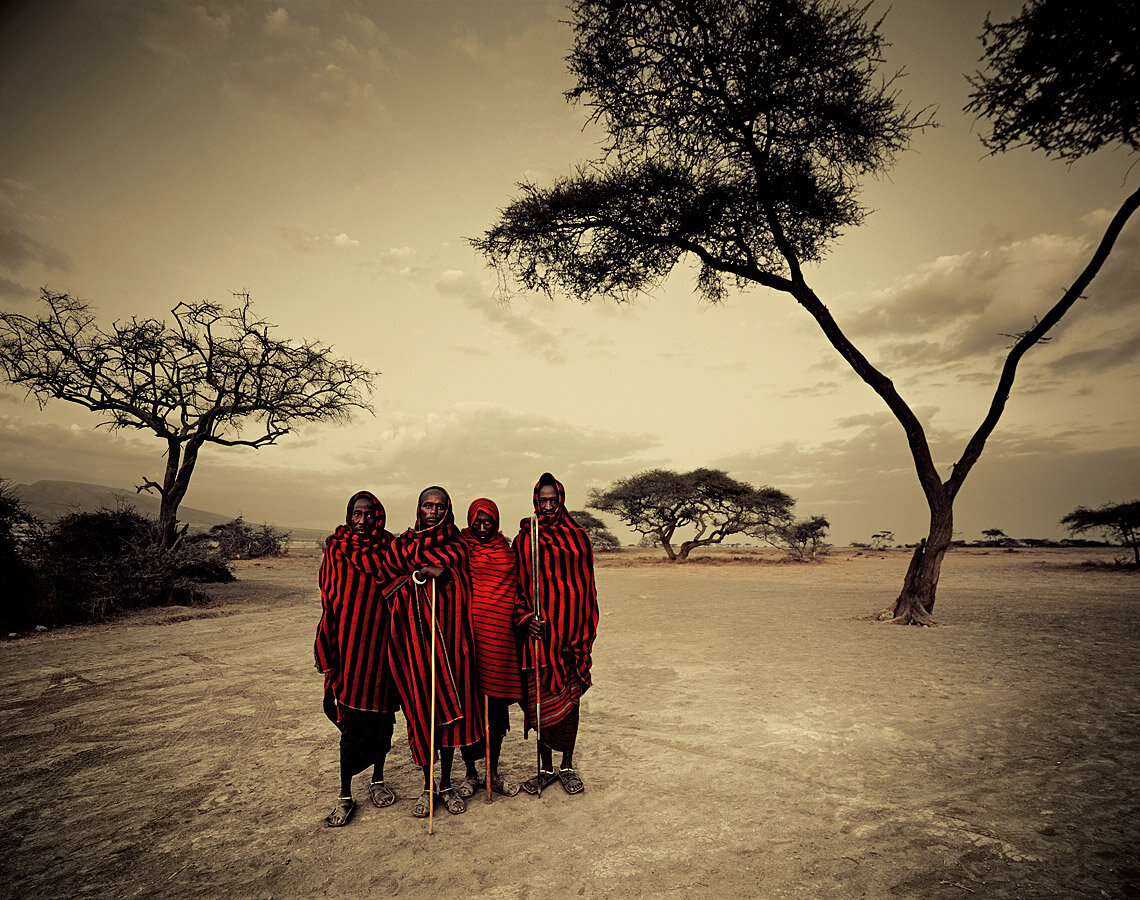
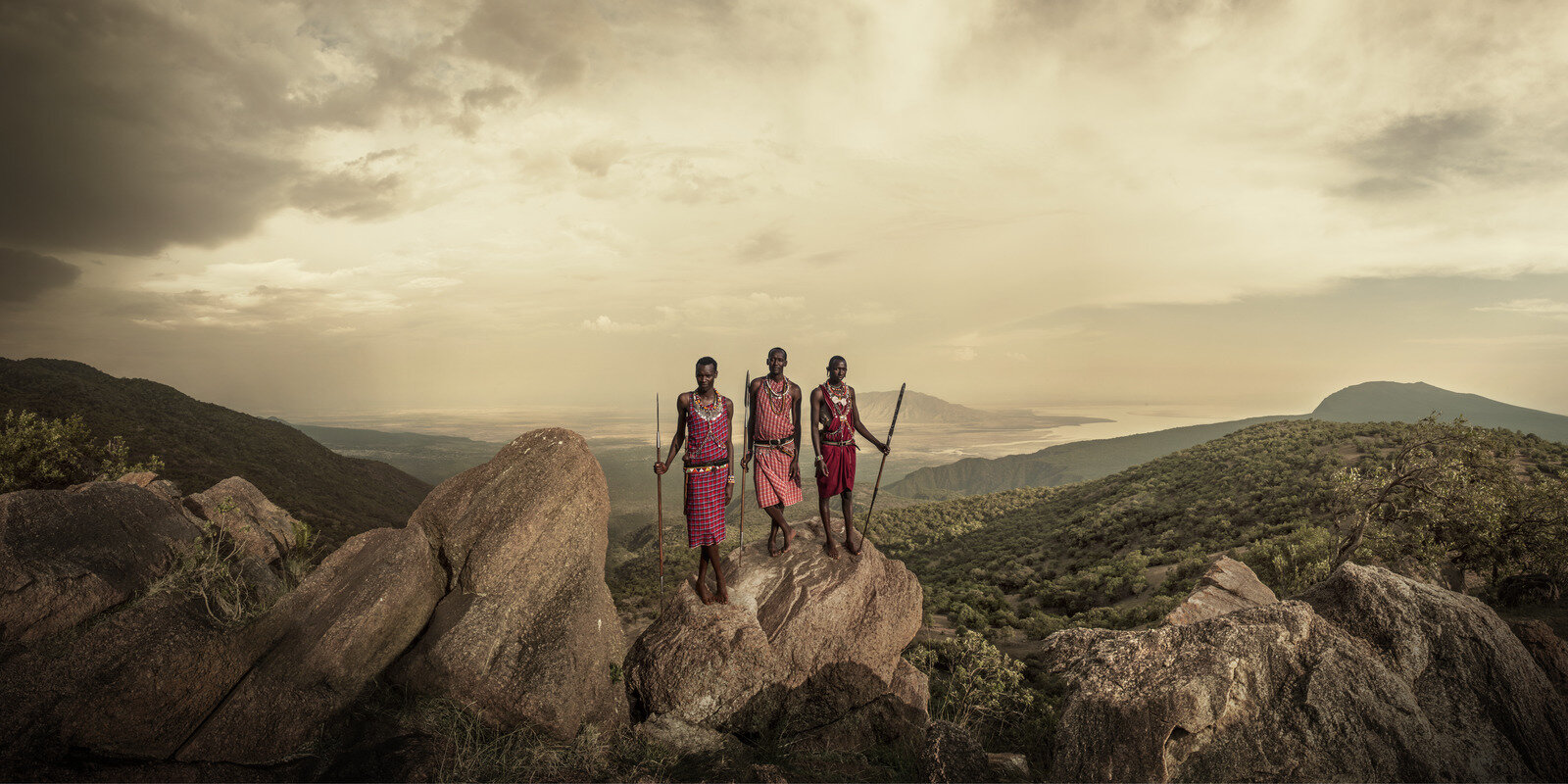
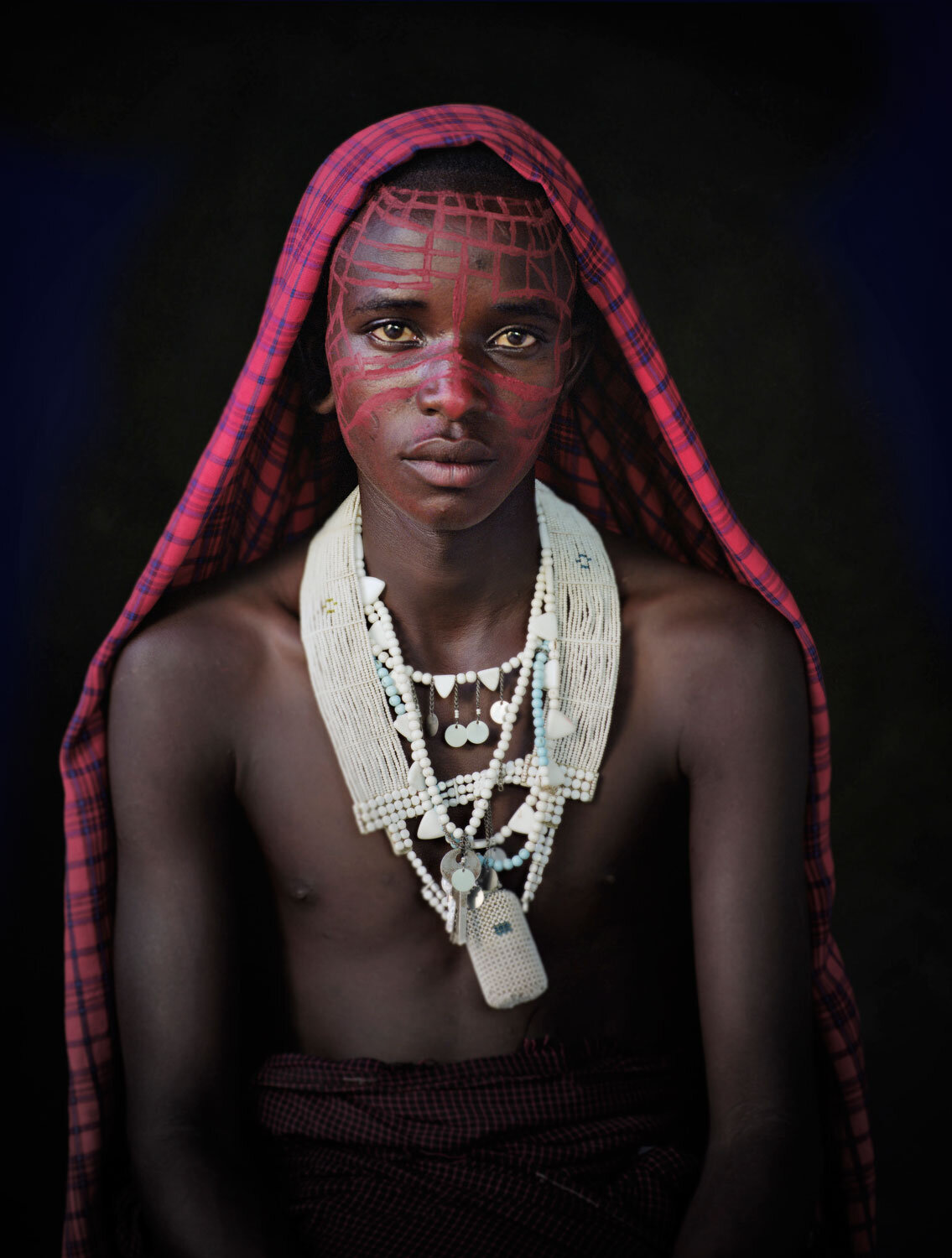
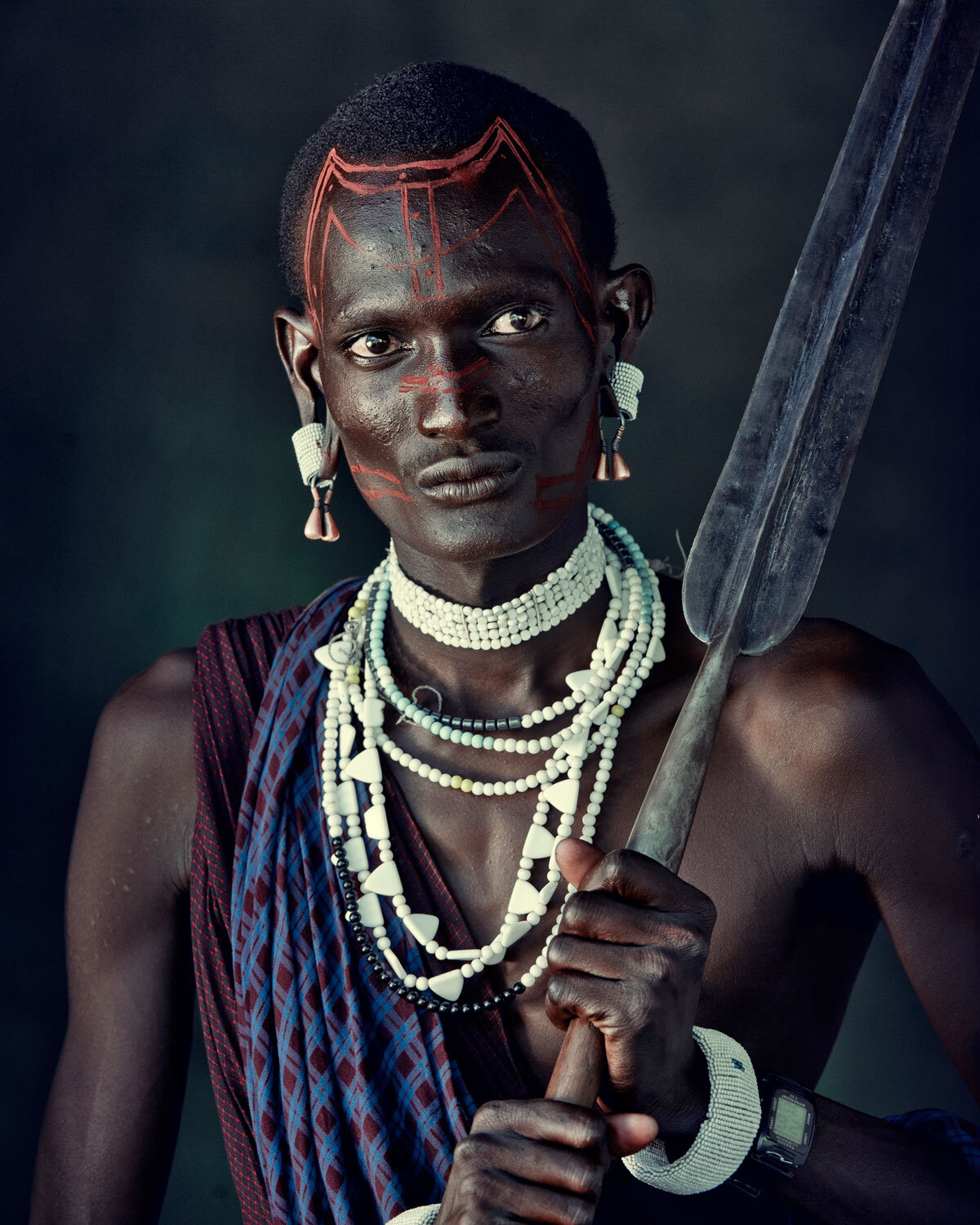
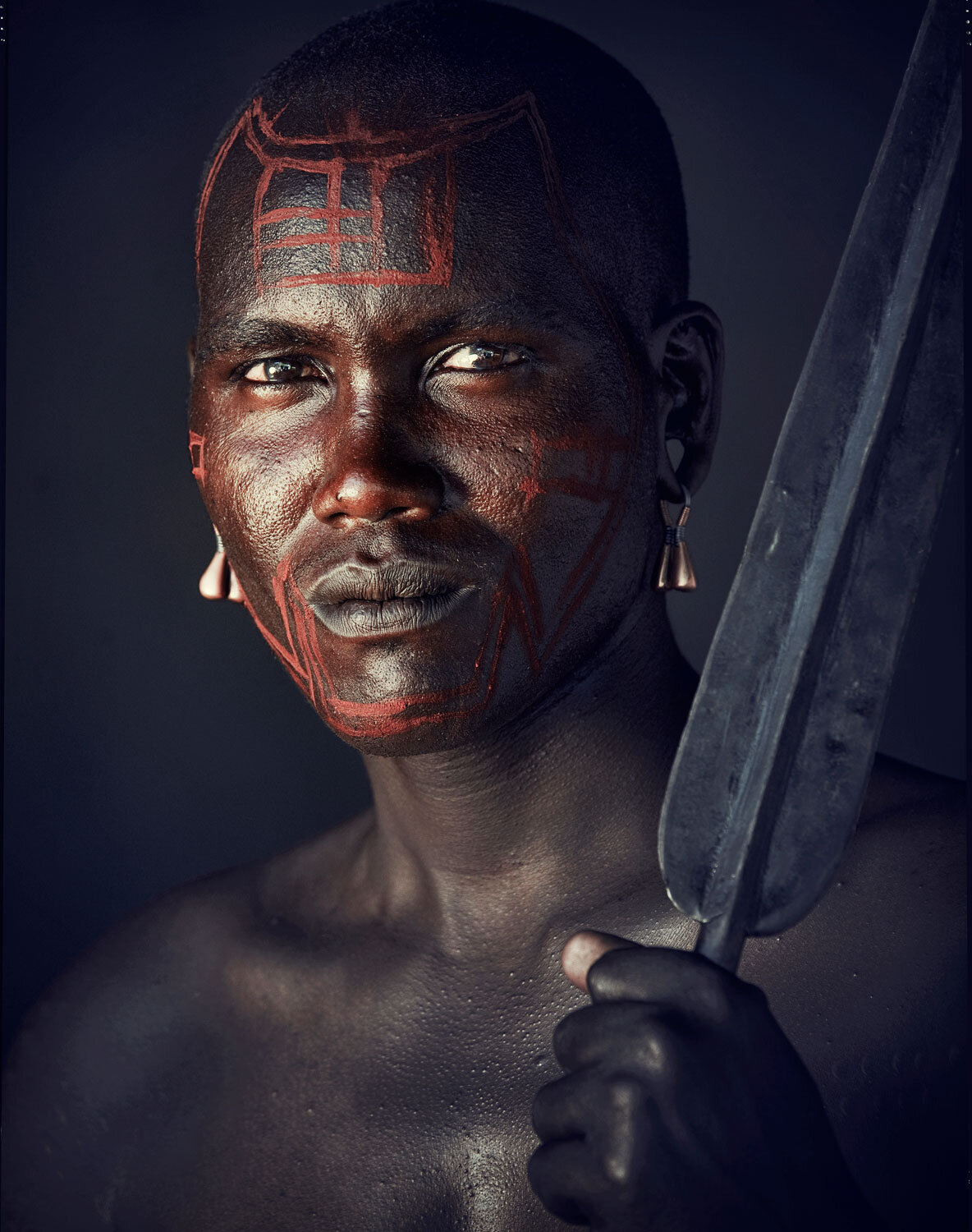
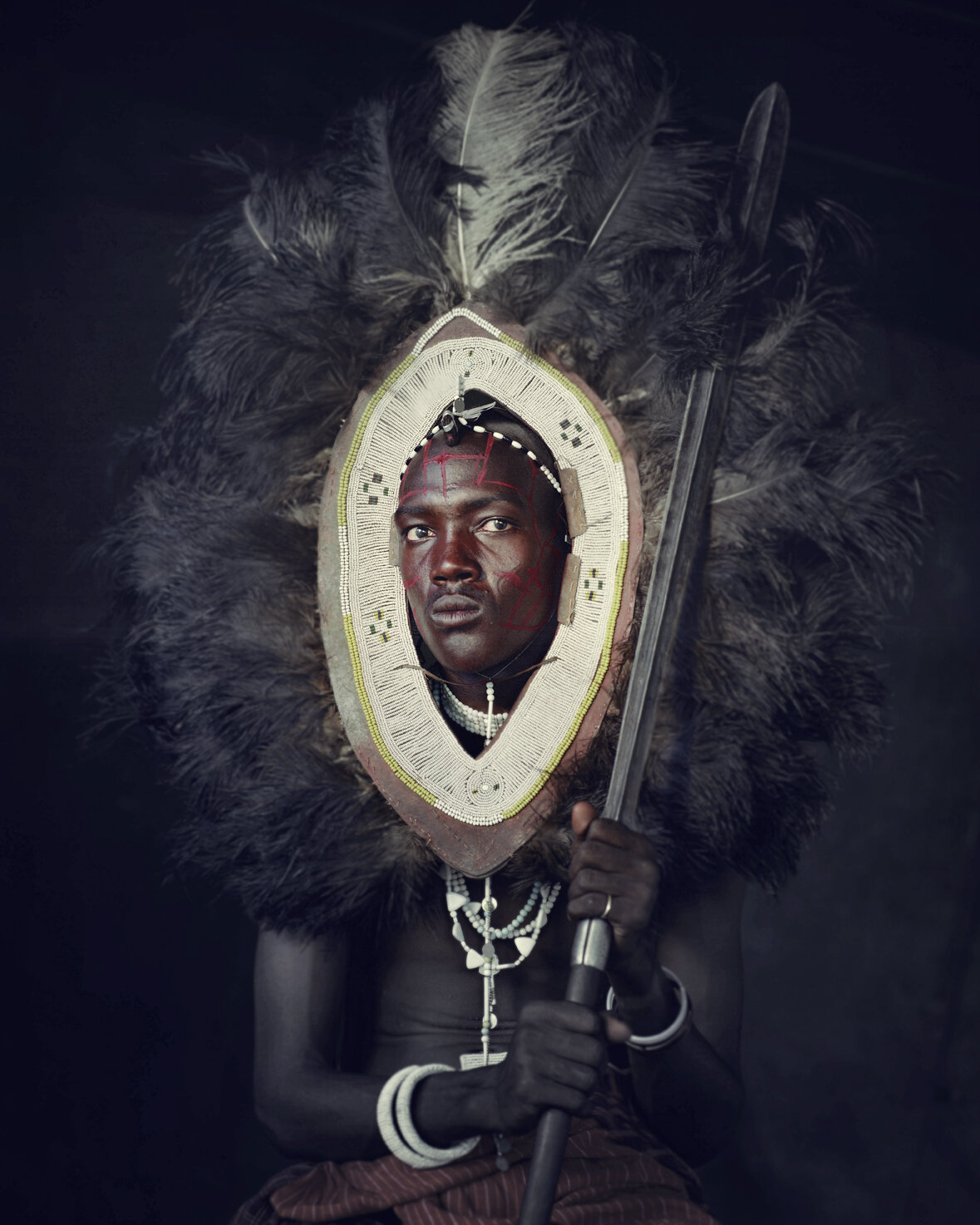
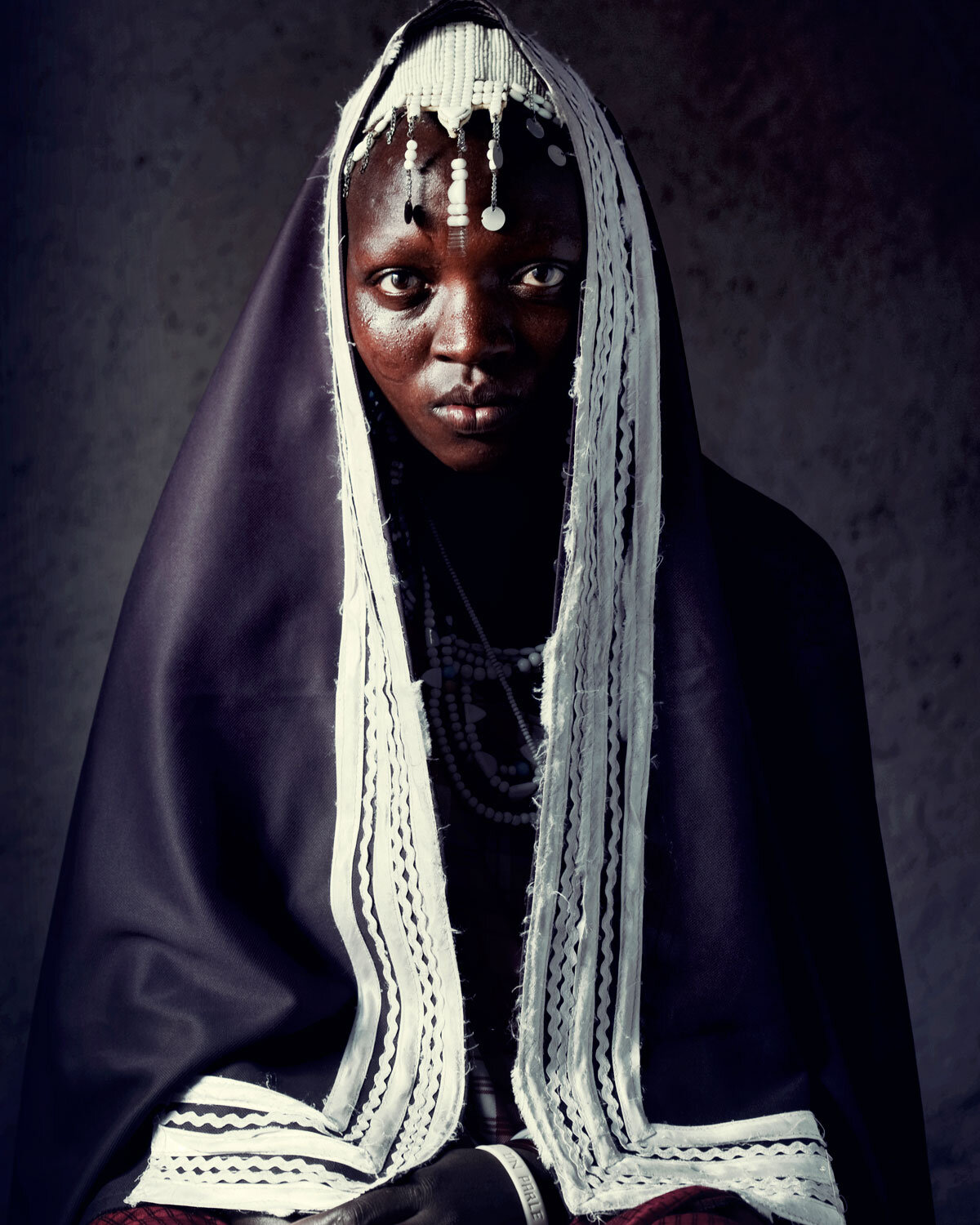
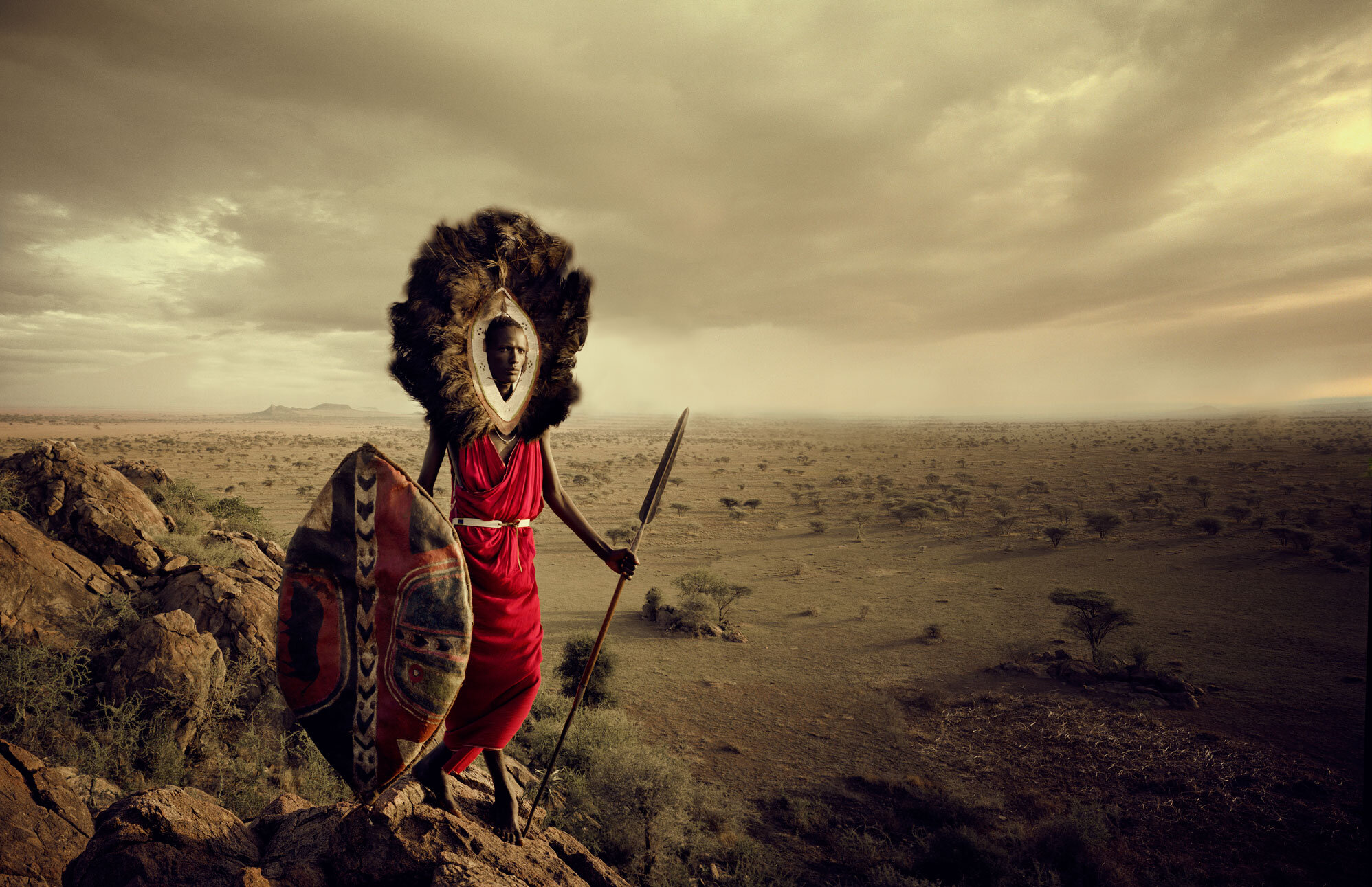
Maori
The long and intriguing story of the origins of the indigenous Maori people can be traced back to the 13th century, the mythical homeland Hawaiki, Eastern Polynesia. Due to centuries of isolation, the Maori established a distinct society with characteristic art, a separate language and unique mythology. Defining aspects of Maori traditional culture include art, dance, legends, tattoos and community. While the arrival of European colonists in the 18th century had a profound impact on the Maori way of life, many aspects of traditional society have survived into the 21st century.
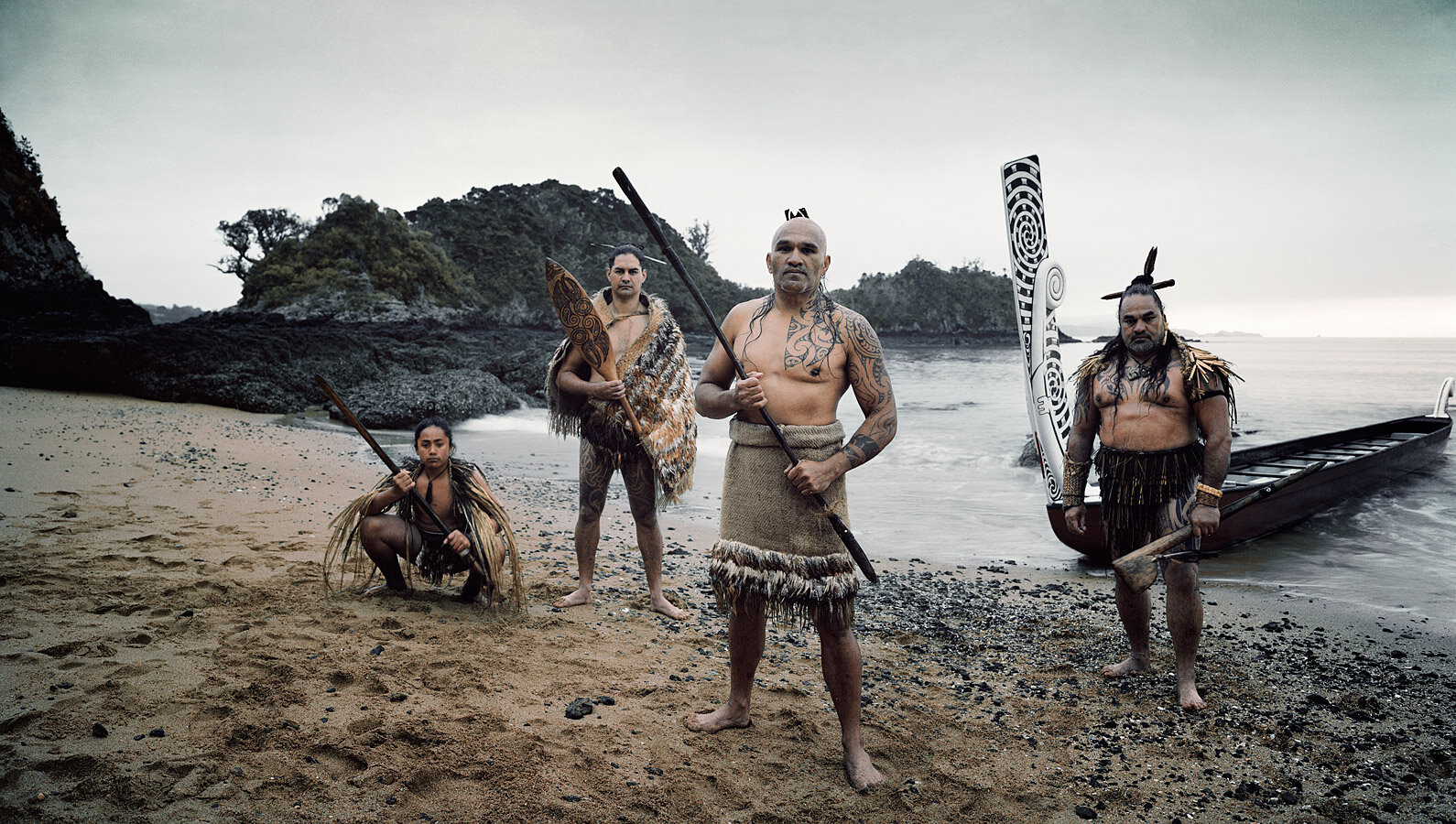
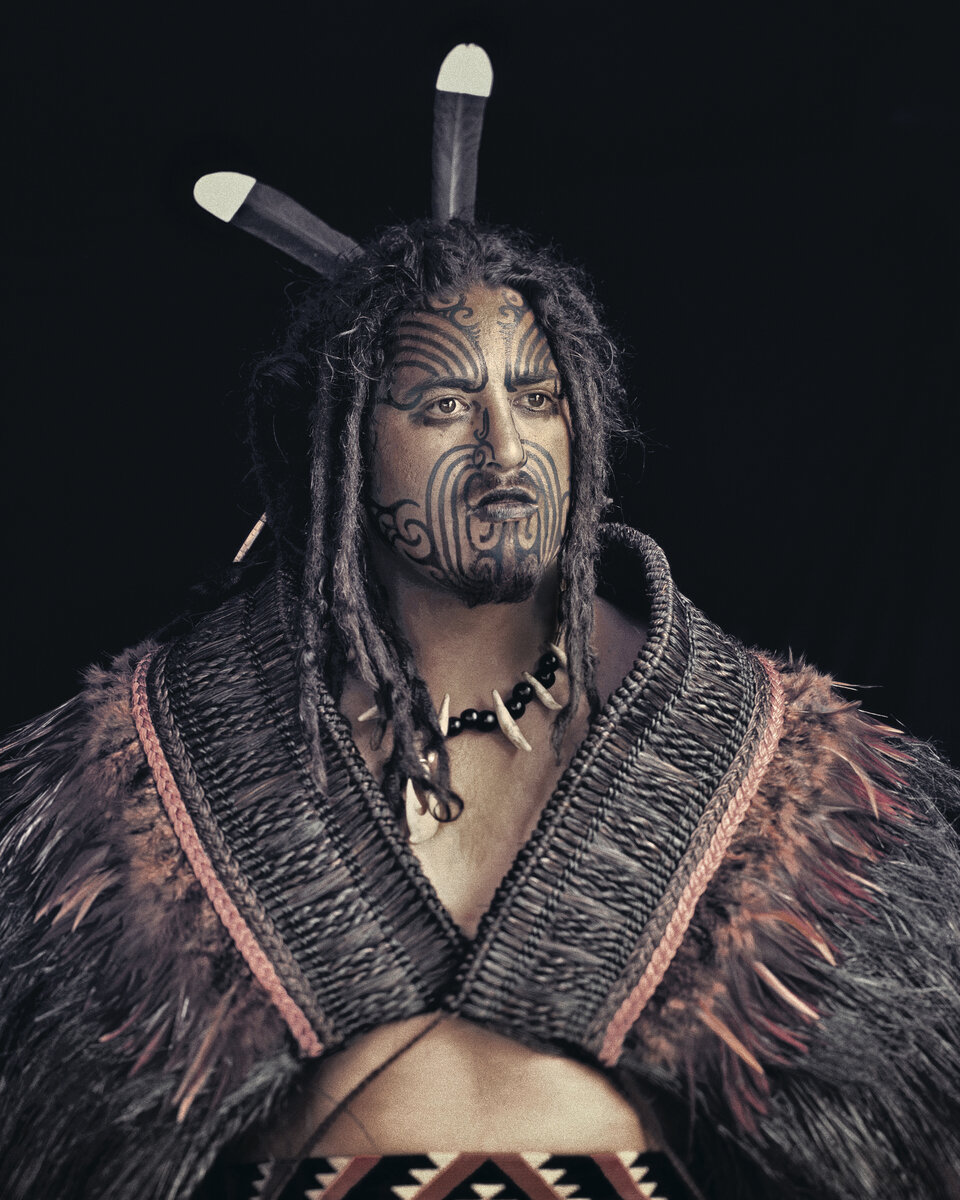

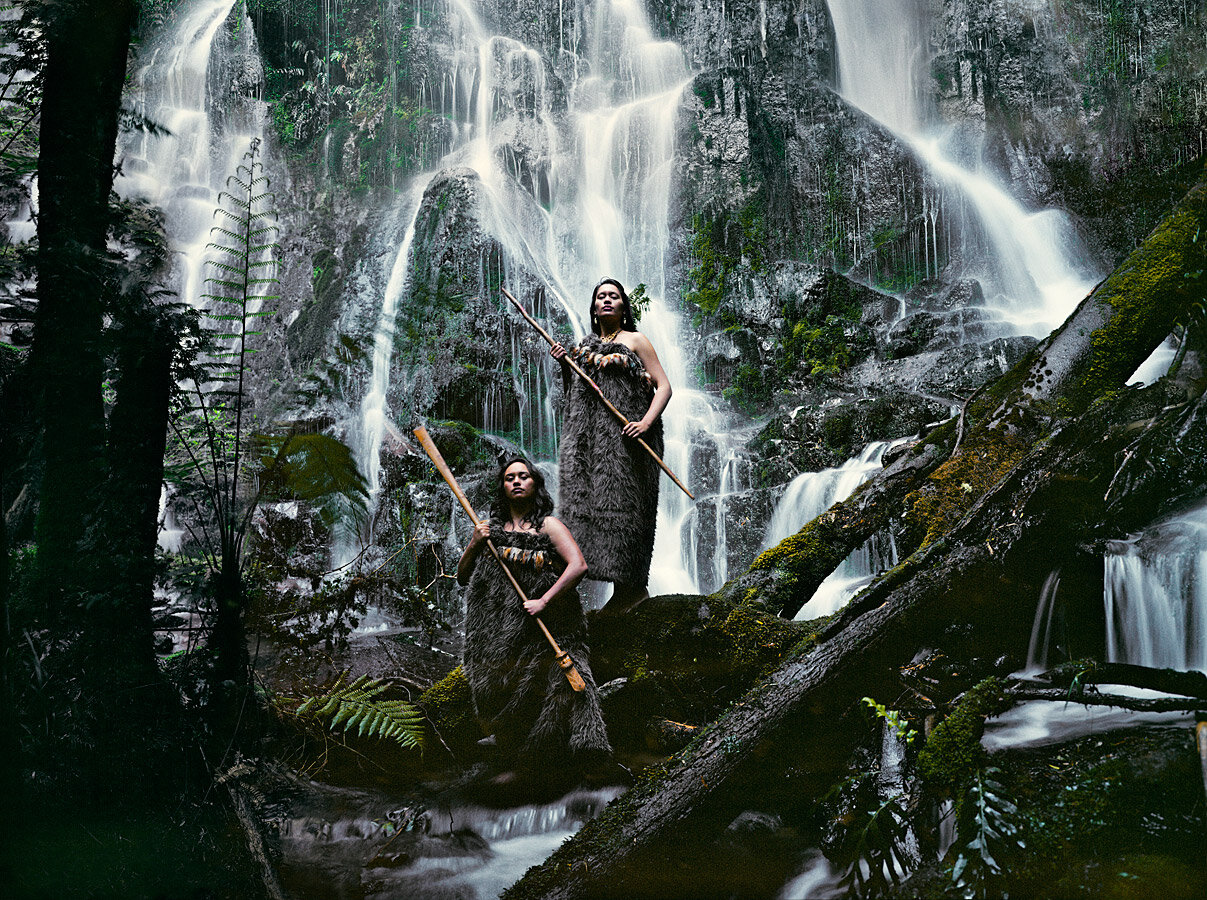
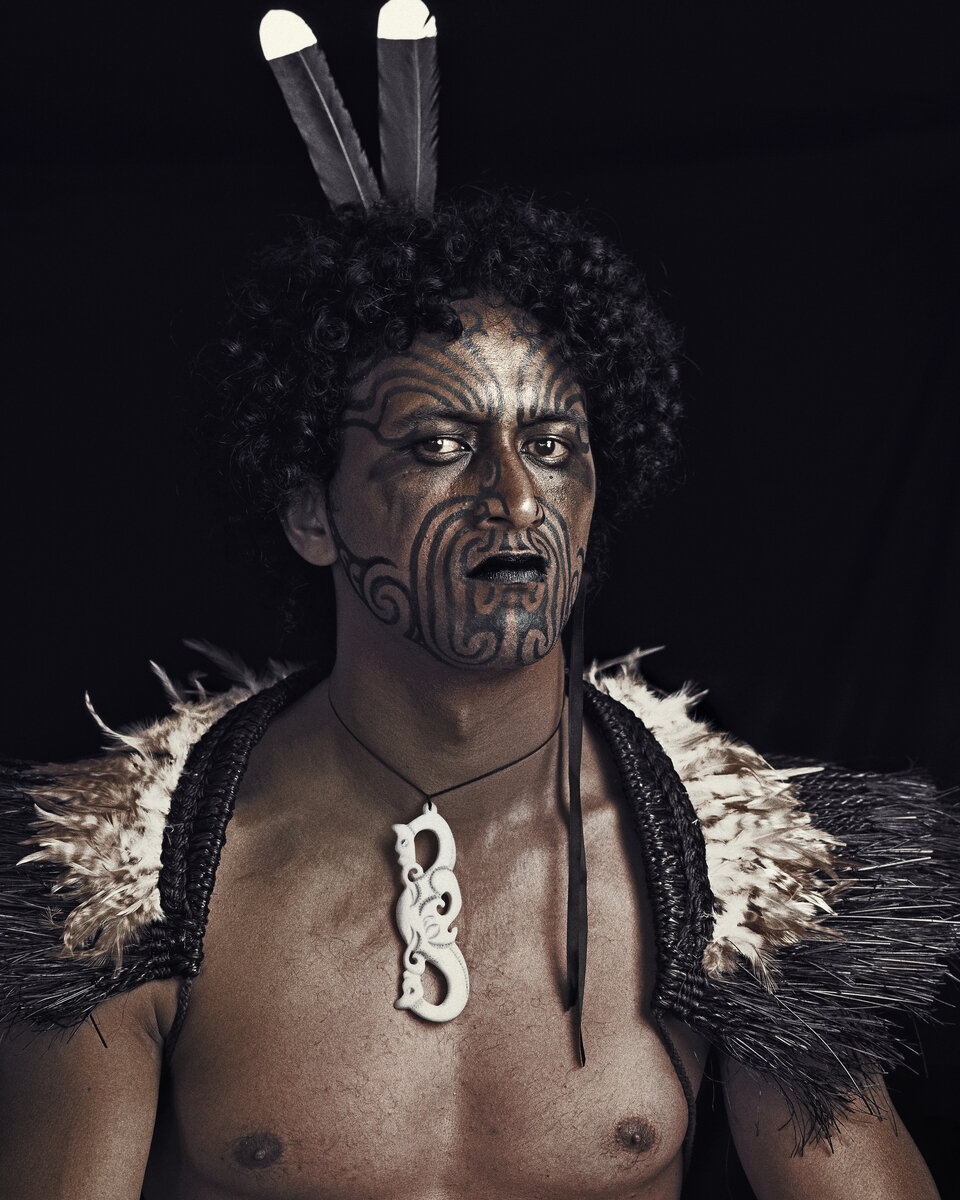
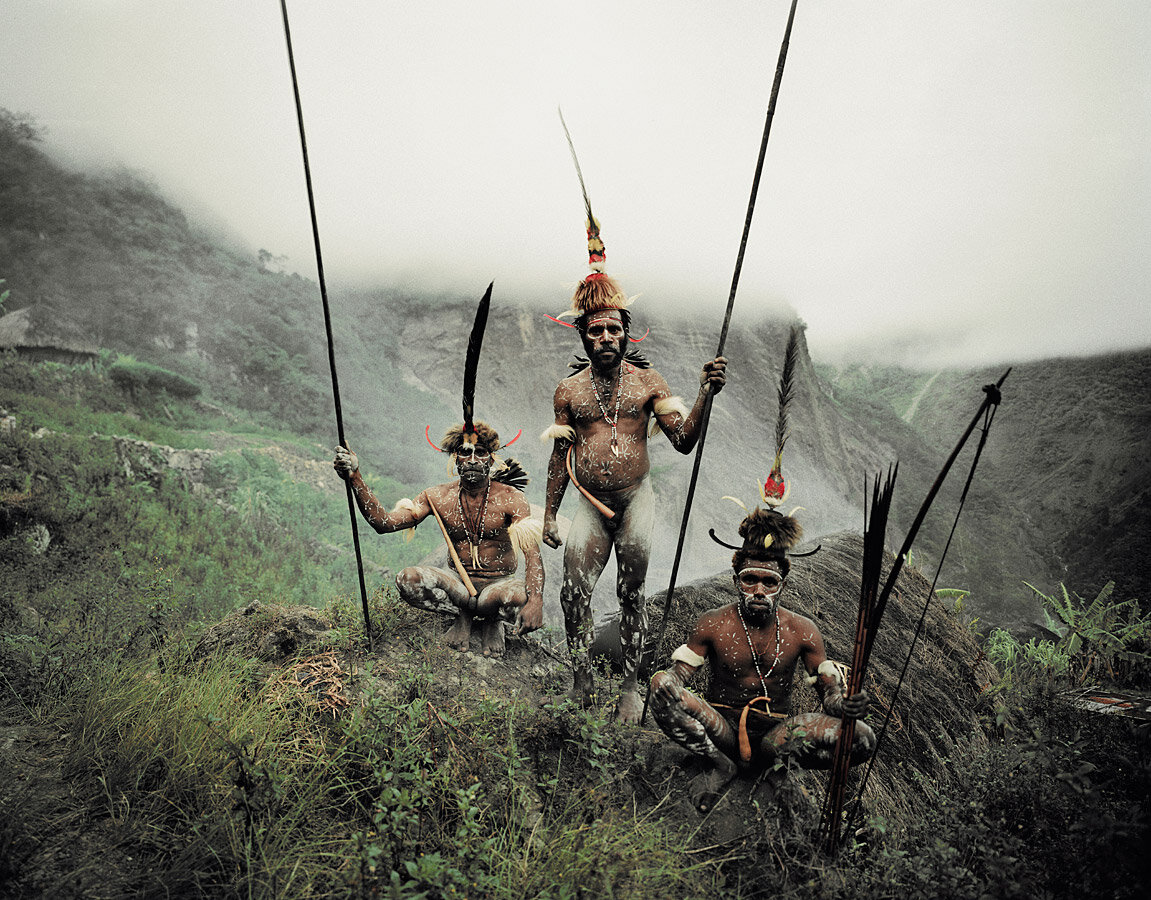
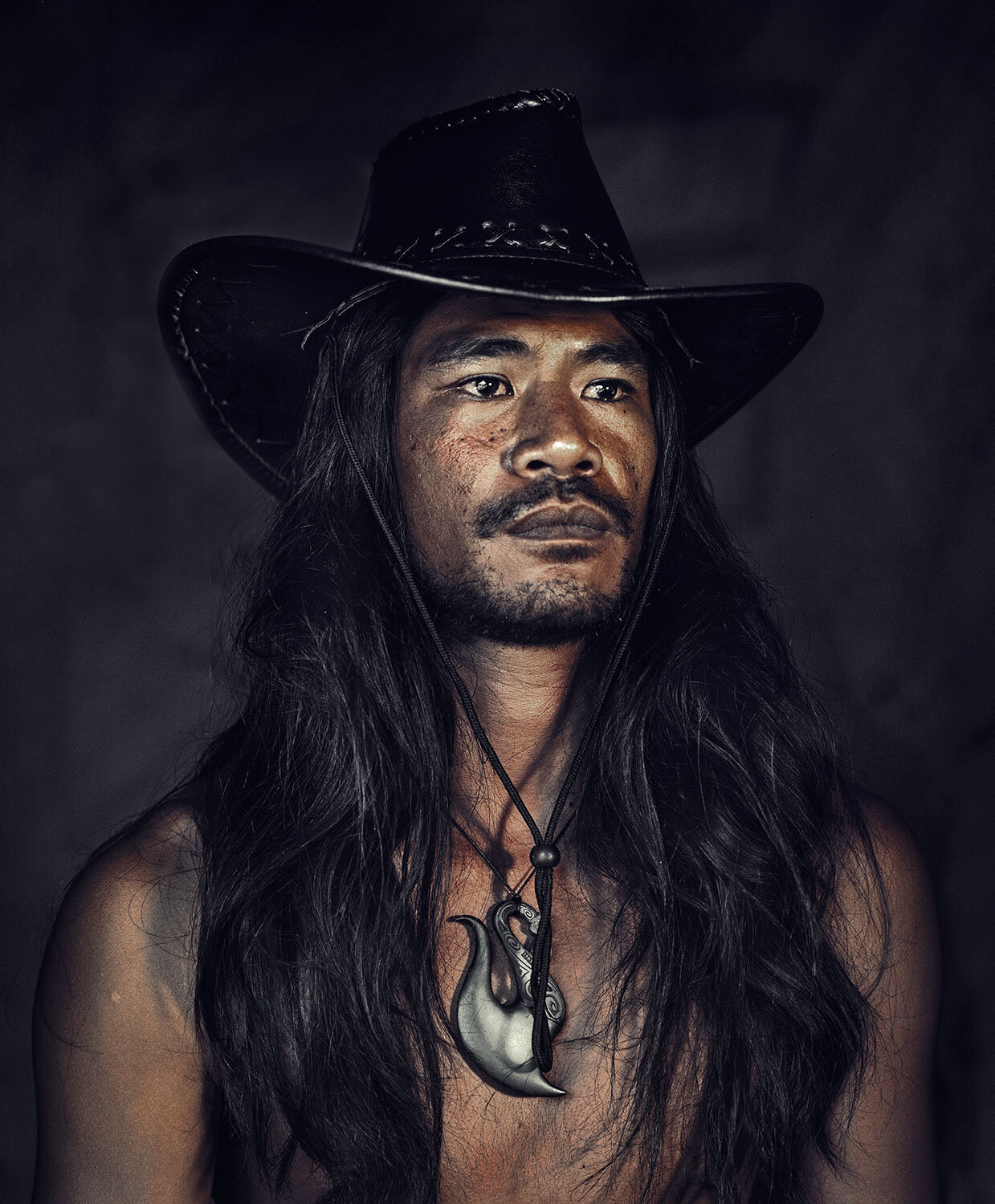
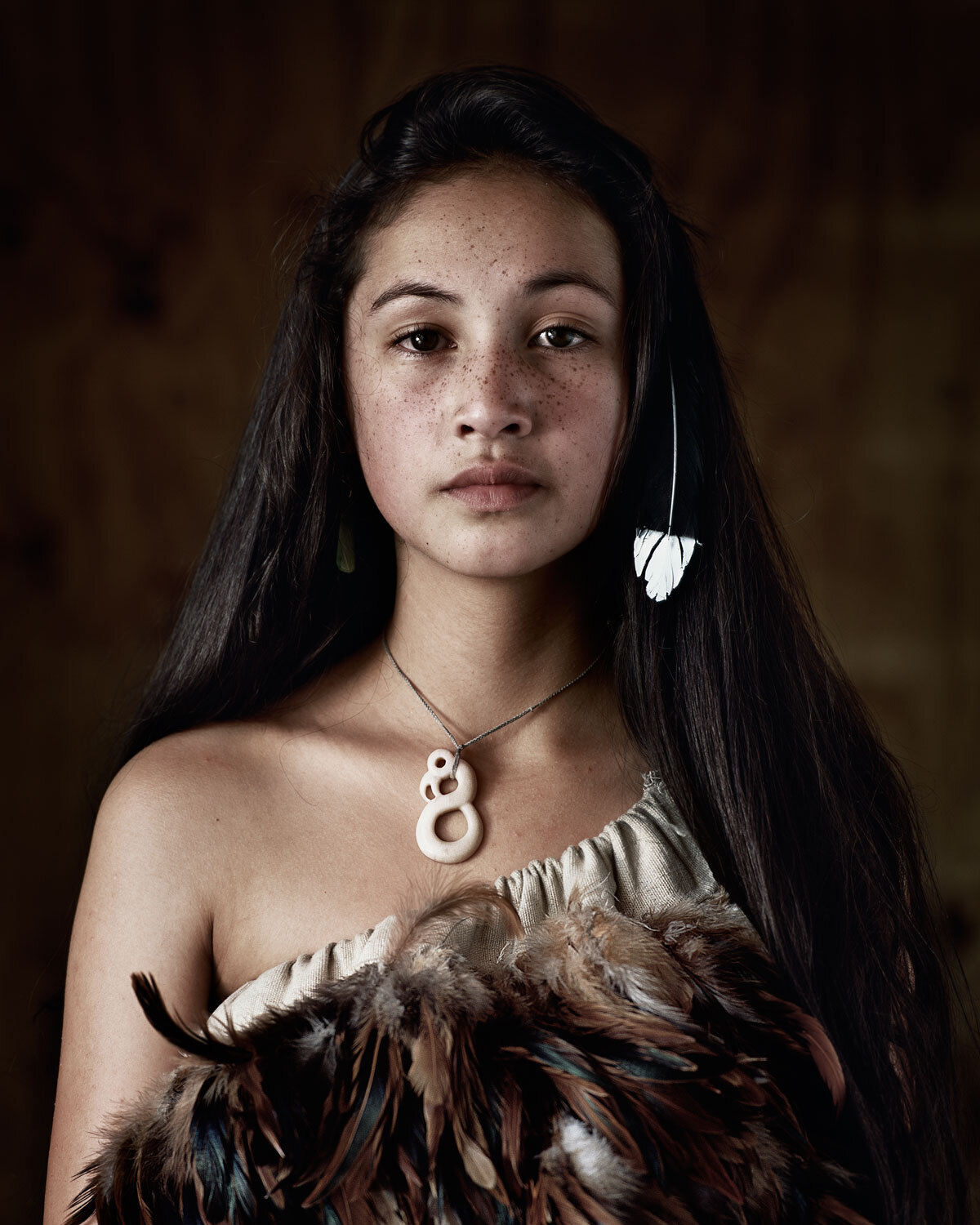

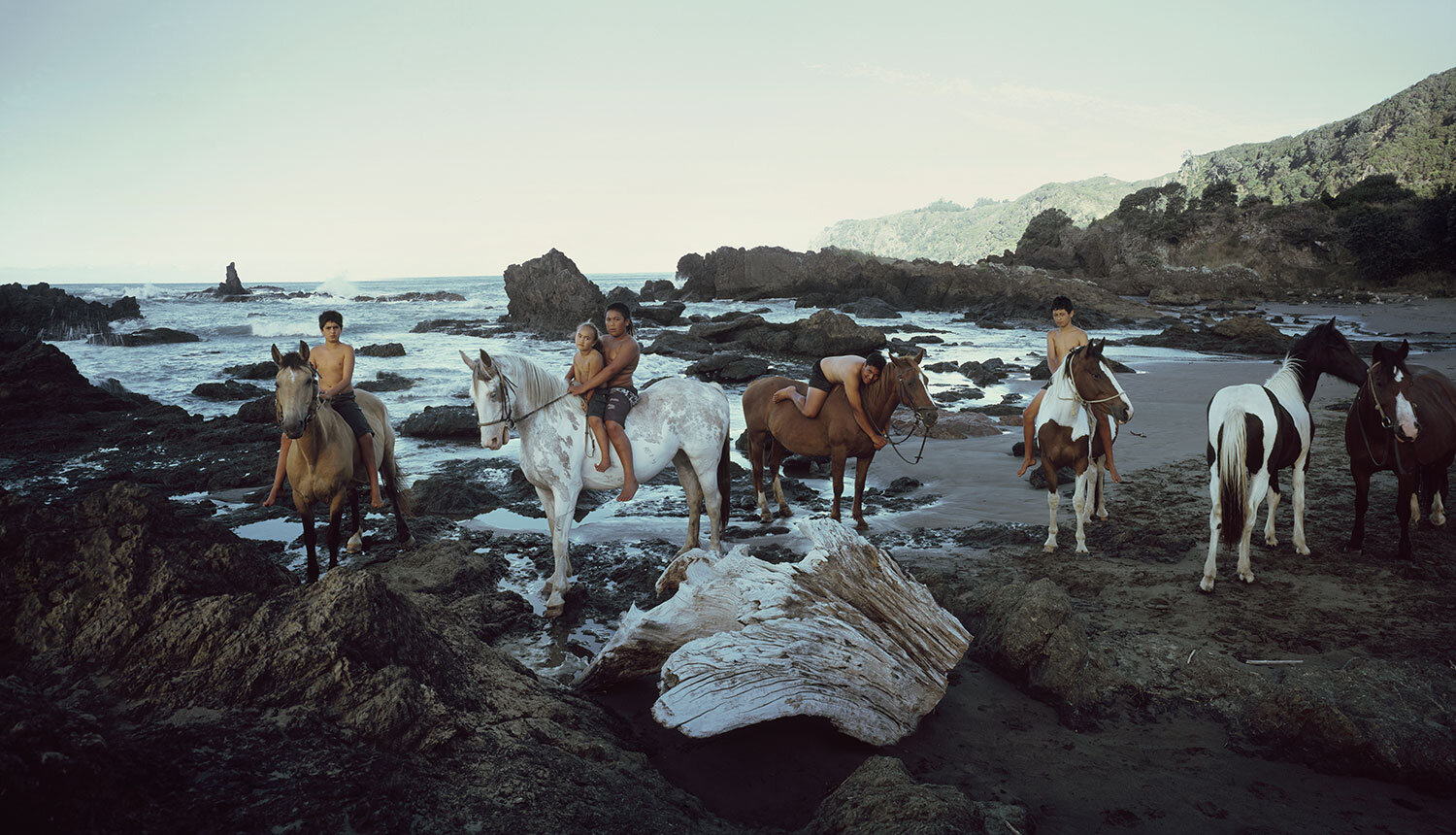
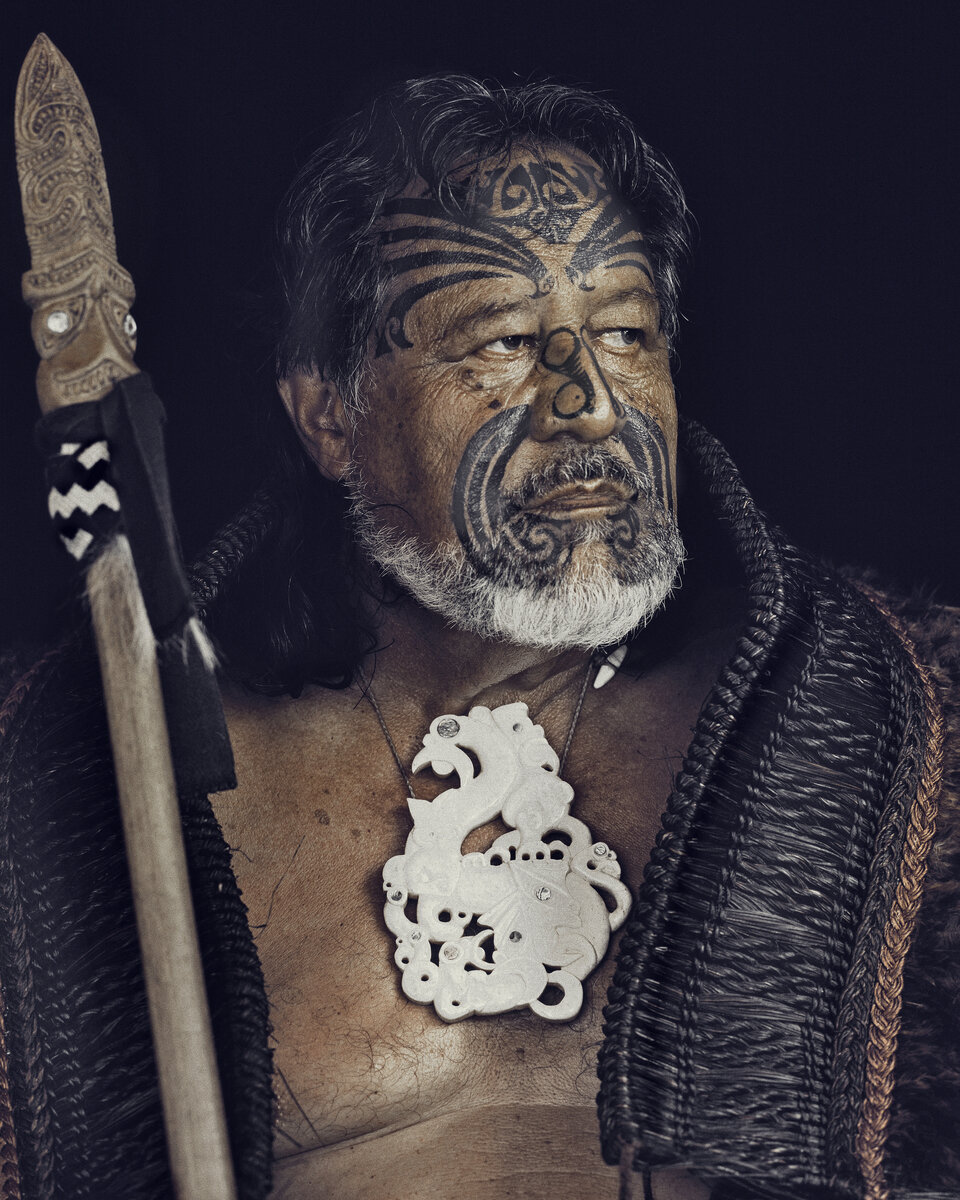
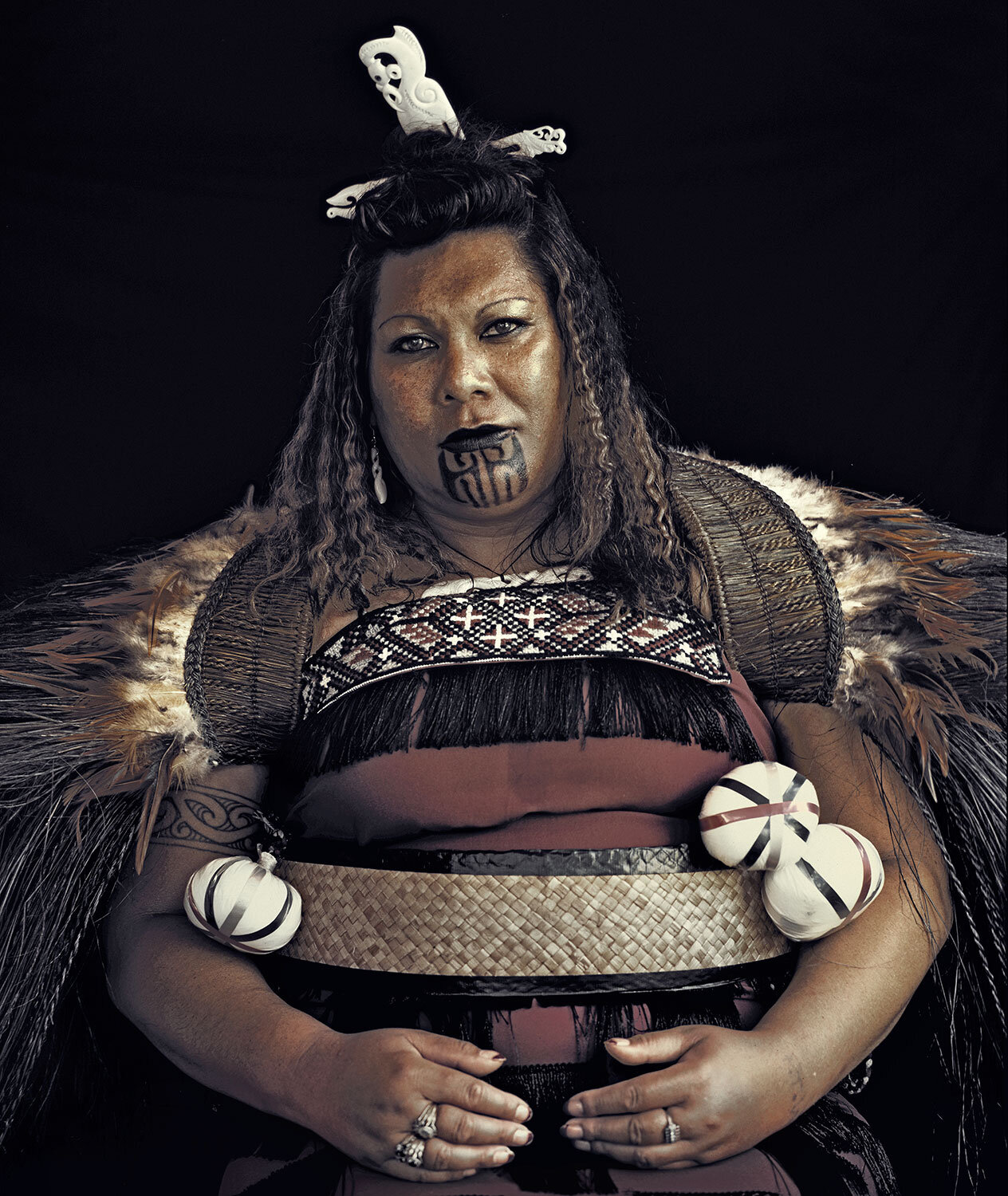
Sadhus
Sadhus (meaning ‘good men’) are devoutly religious Hindus living throughout India. They wear orange clothes representing the colour of the fire in which they have burned all their possessions to be symbolically reborn into a new life as a sadhu. Female sadhus, or sadhvi, form a small minority of the larger group. The devotee’s last act before becoming a sadhu is to cut off his or her hair, the last embodiment of one’s former life. A large subgroup is formed by the Naga Sadhus. They are more conservative and naked at all times but for a covering of white dust which they believe protects them. Naga Sadhus live primarily in caves high in the Himalayas.
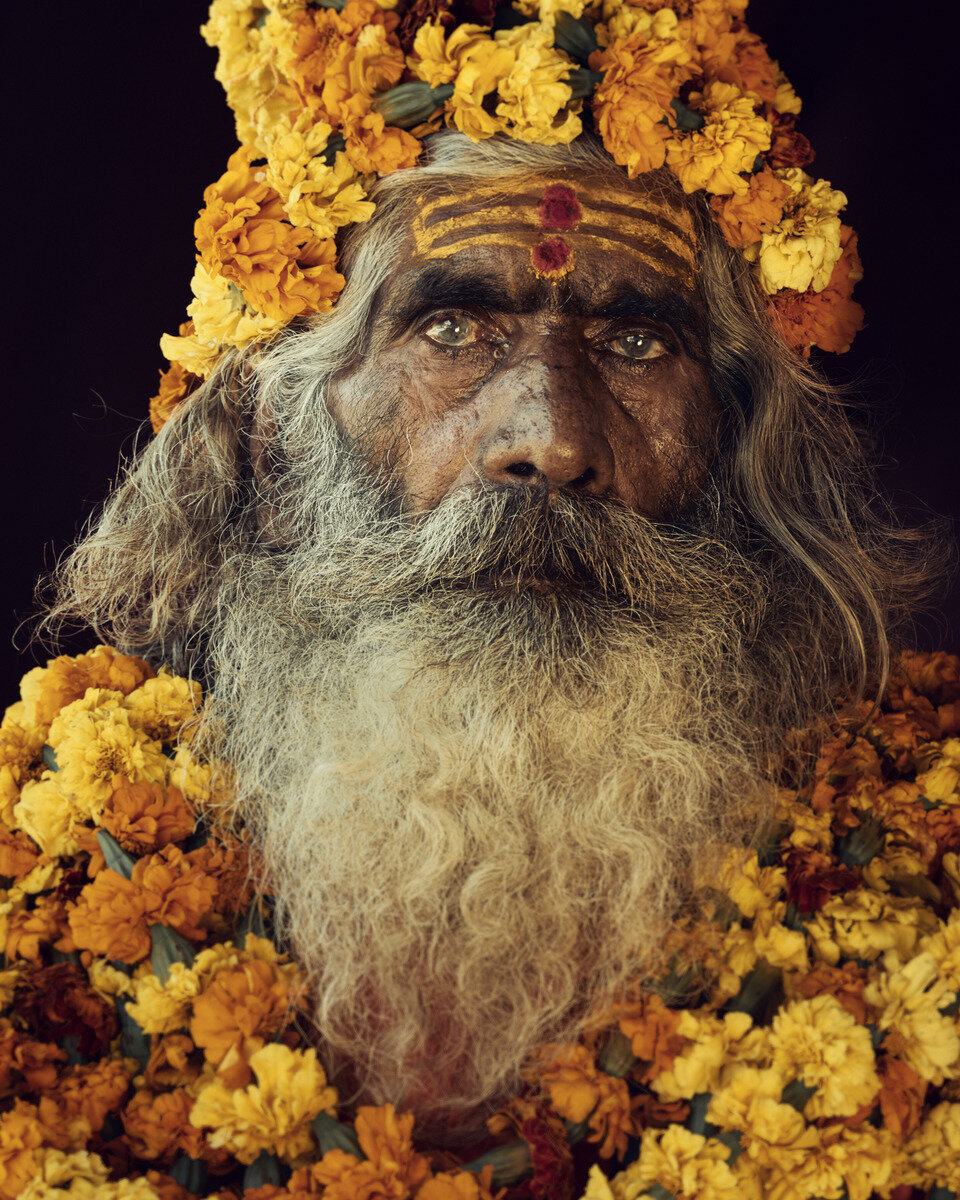
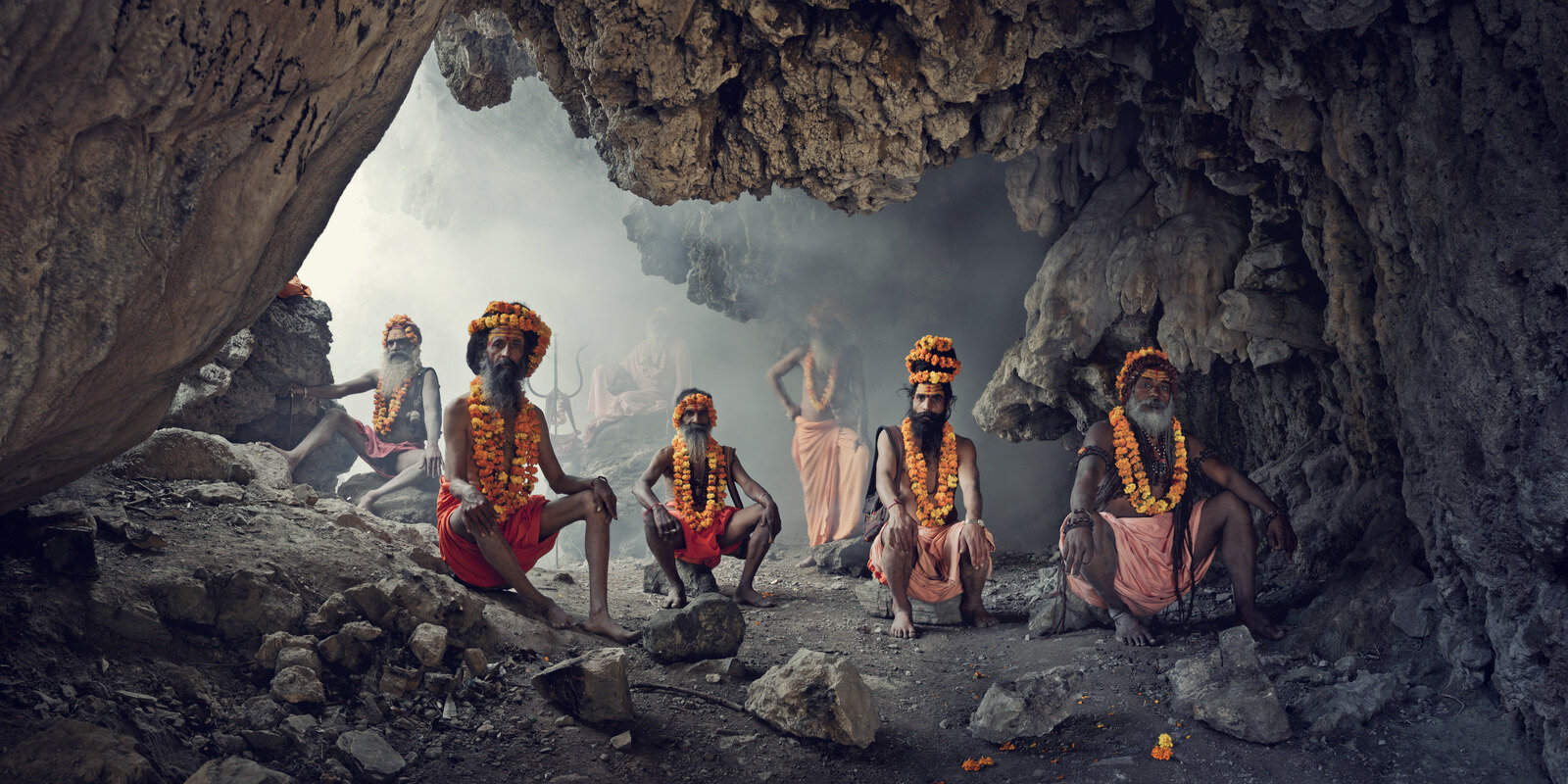
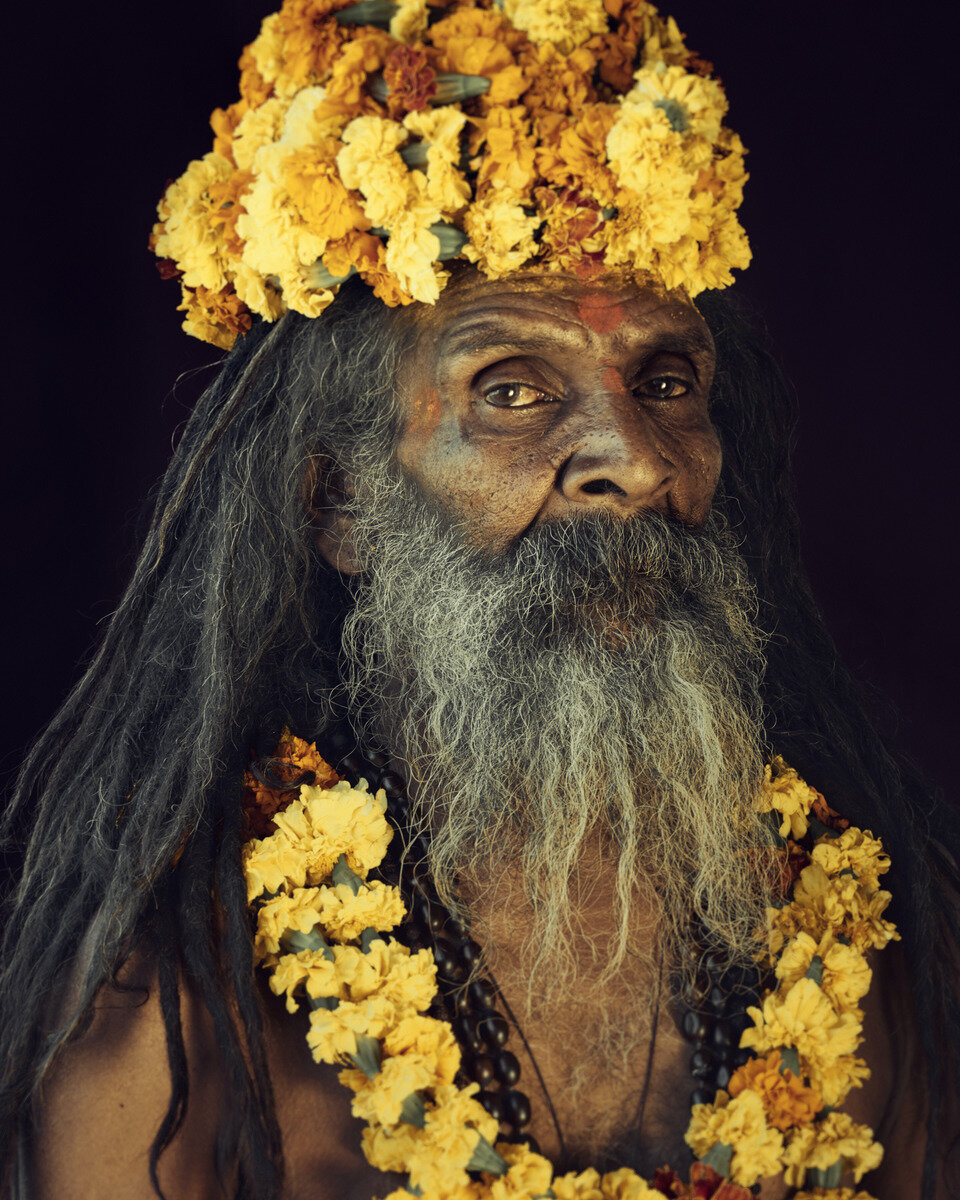
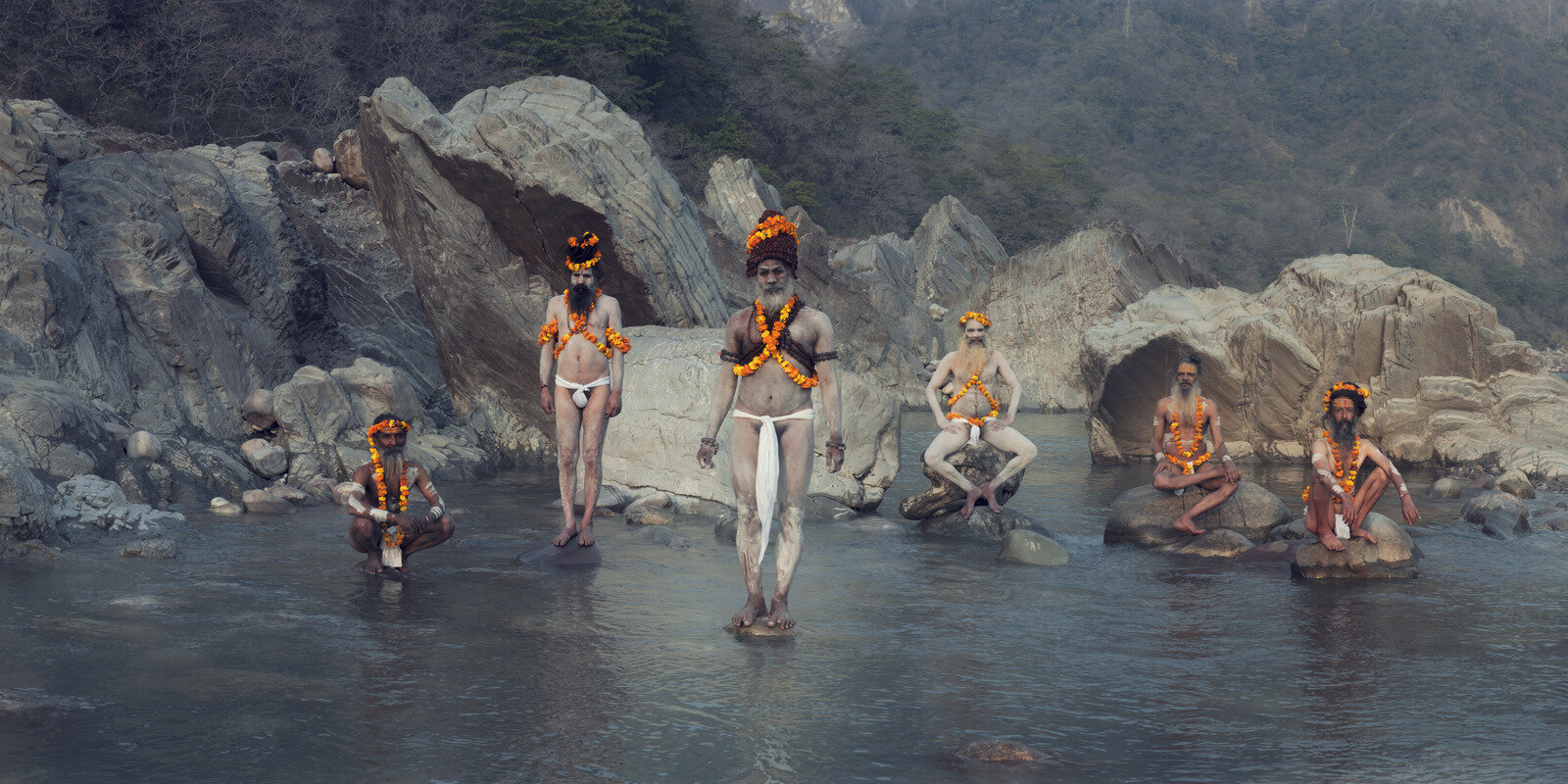
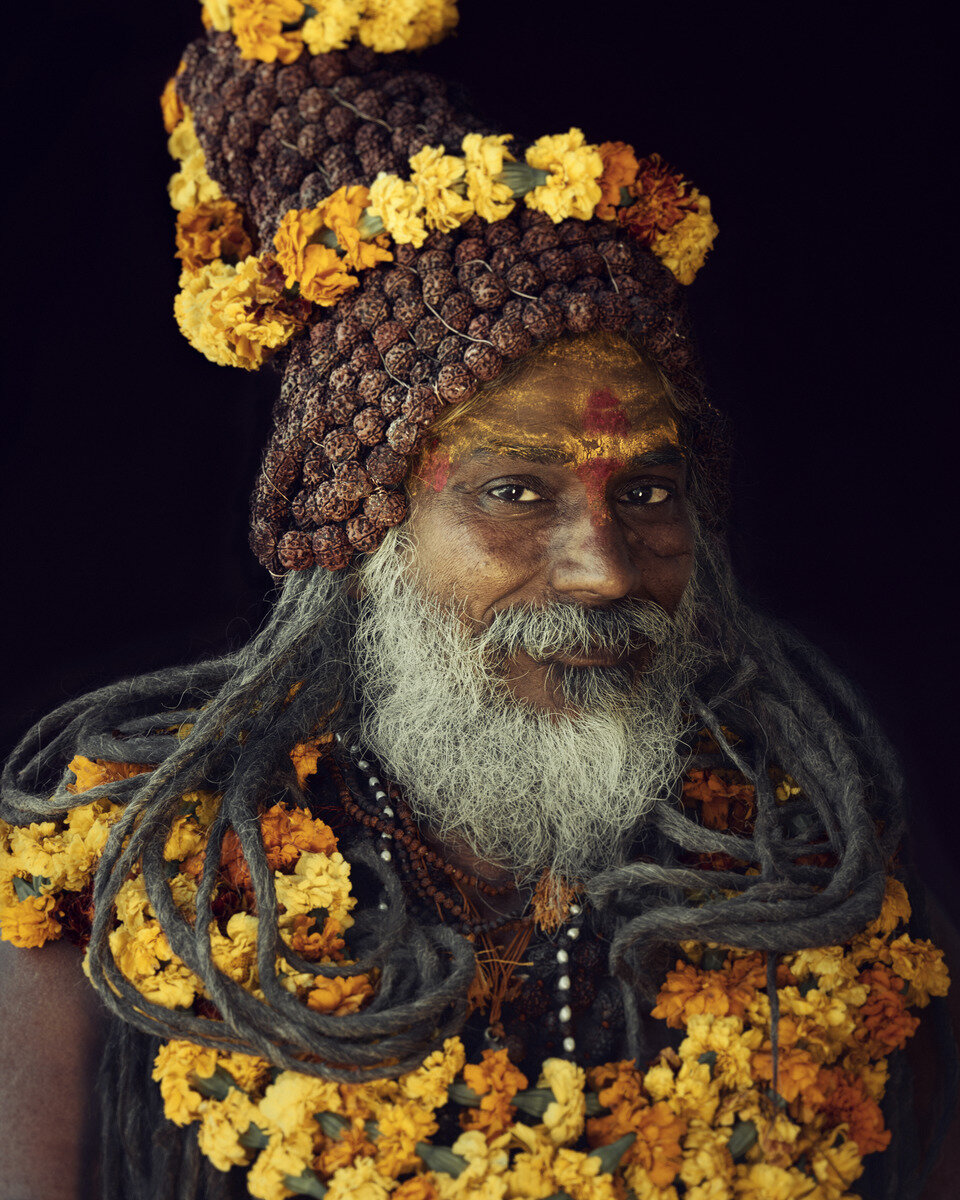

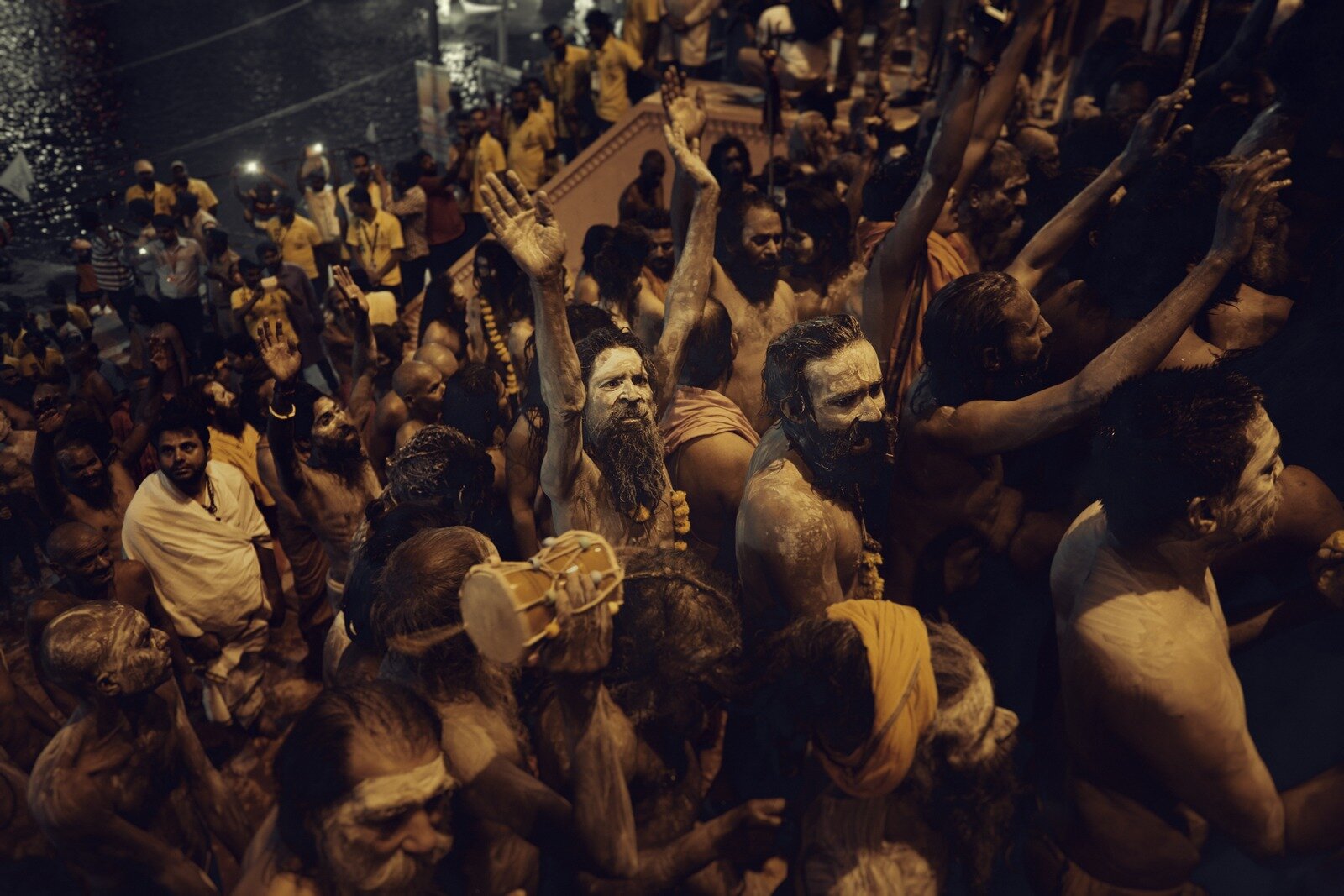
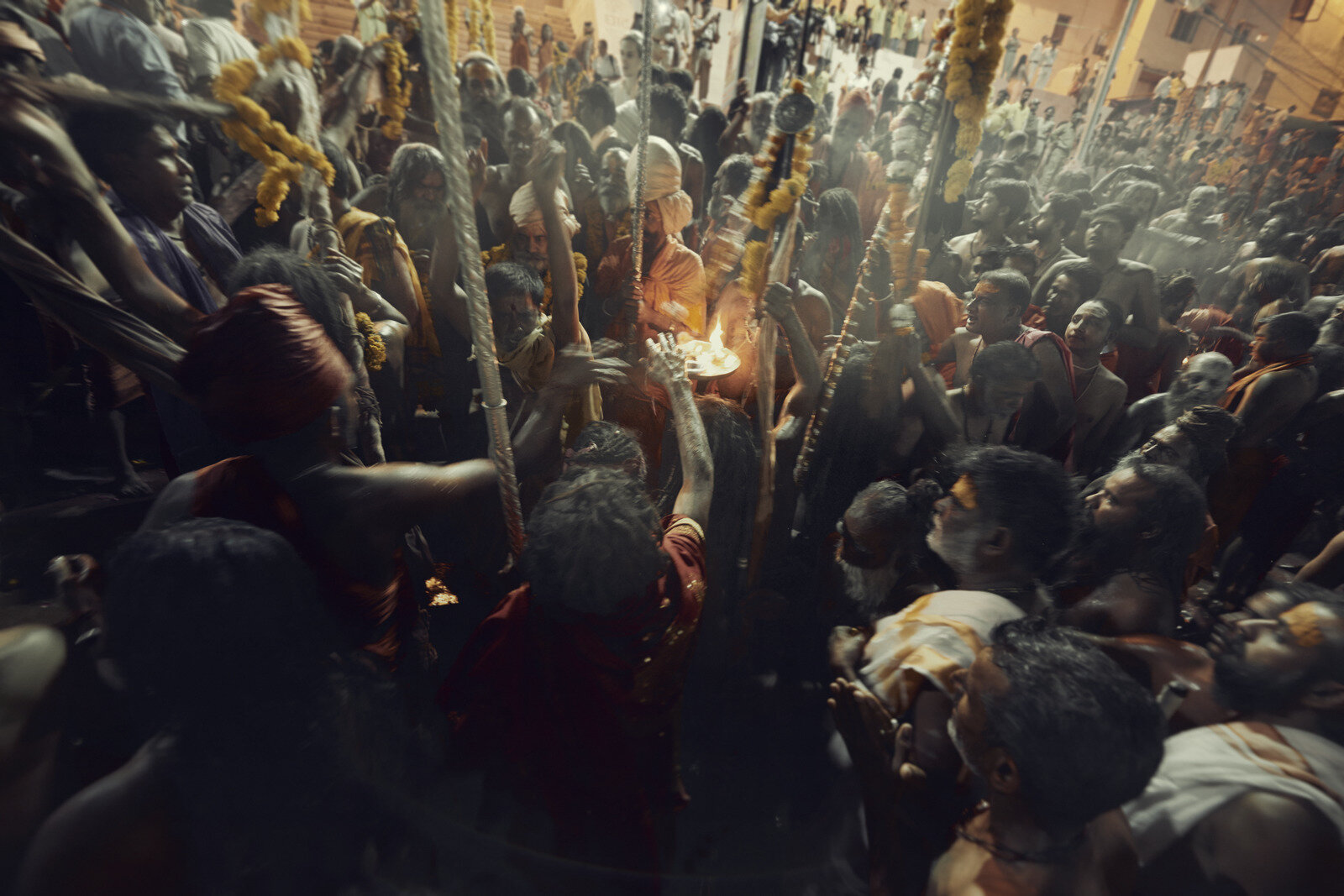

Goroka
The indigenous population of the world’s second largest island is one of the most heterogeneous in the world. The harsh terrain and historic inter-tribal warfare has led to village isolation and the proliferation of distinct languages. A number of different groups are scattered across the highland plateau. Life is simple in the highland villages. The residents have plenty of good food, close-knit families and a great respect for the wonders of nature. They survive by hunting, gathering plants and growing crops. Indigenous warfare is common and men go through great effort to impress the enemy with make-up and ornaments.
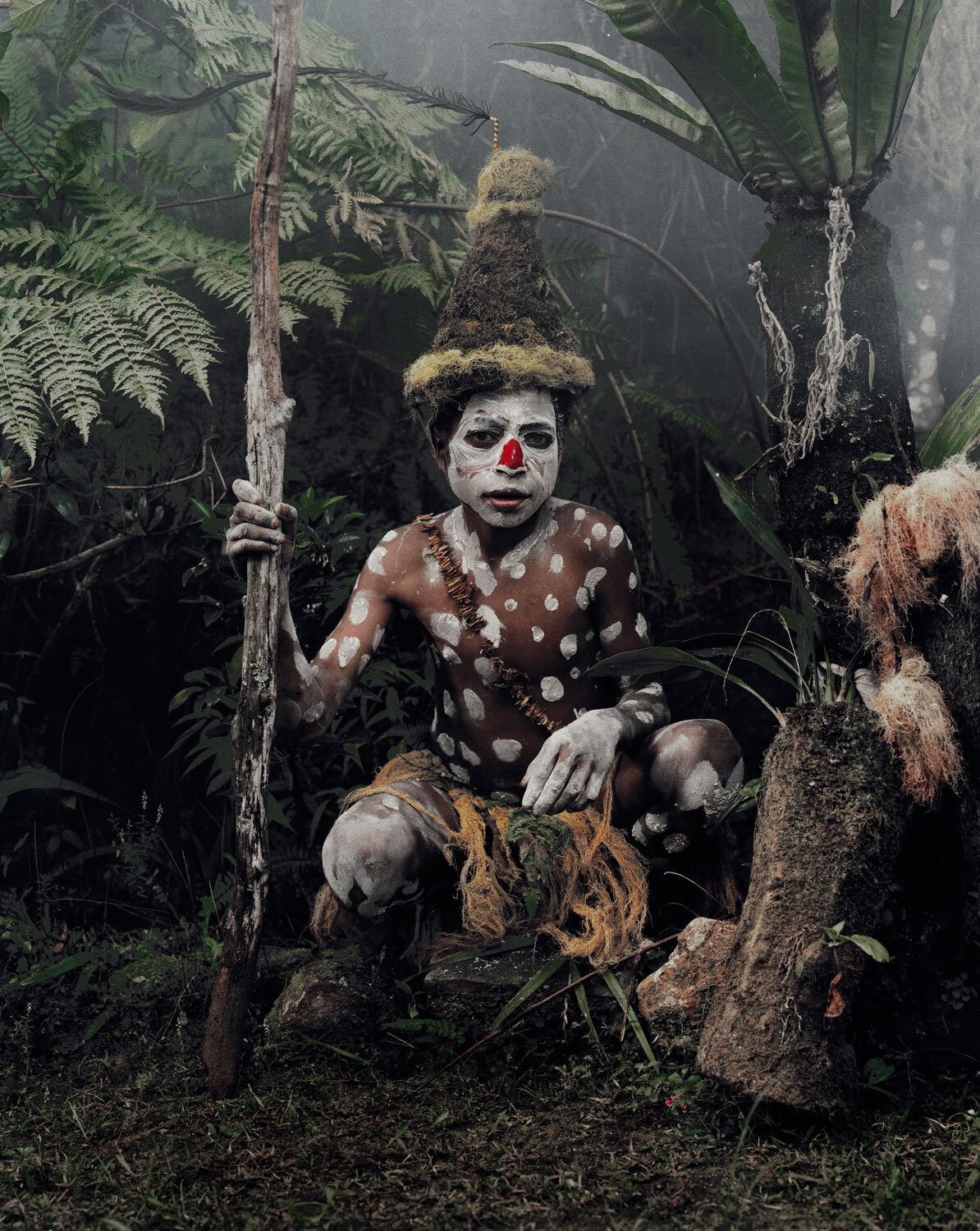
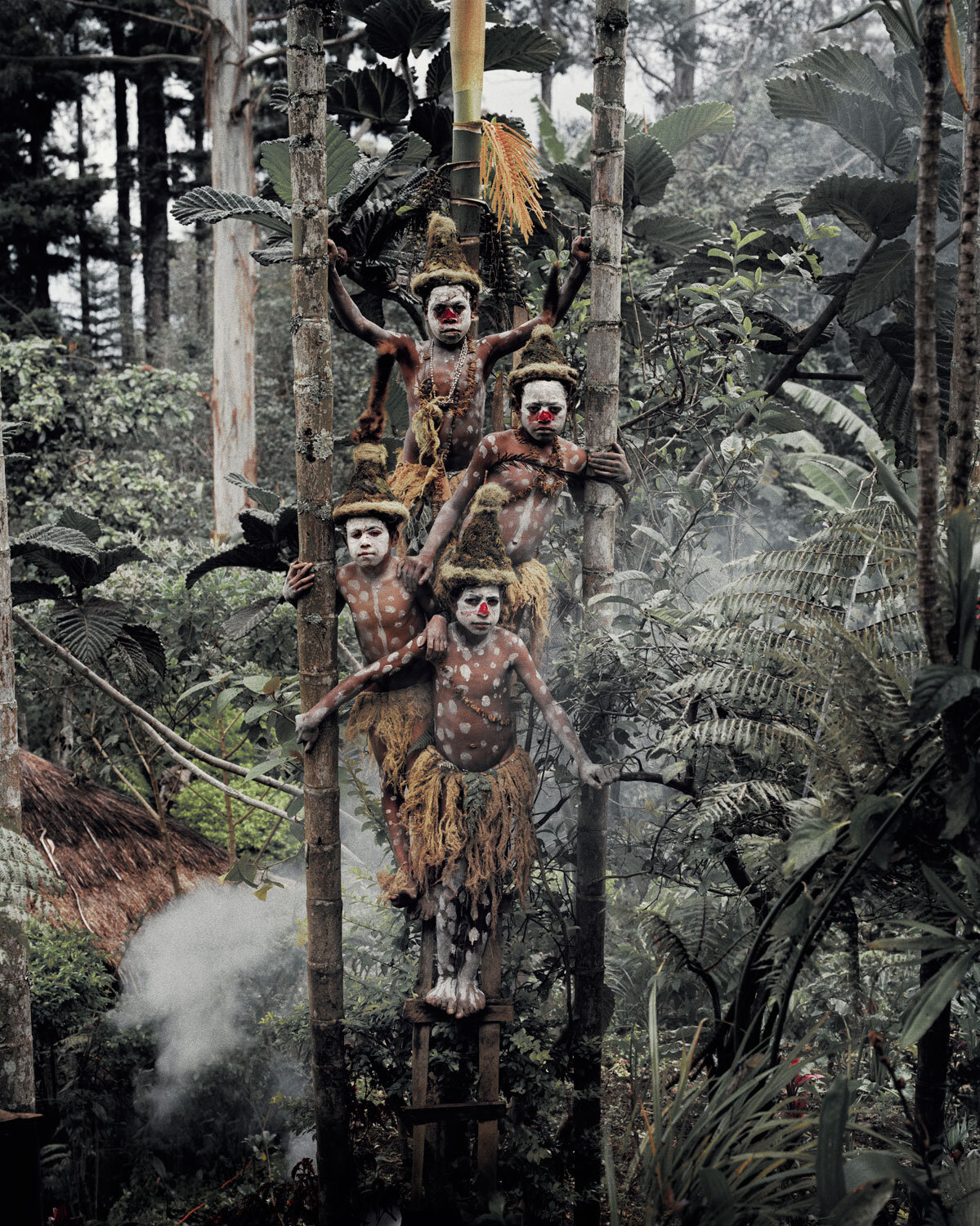
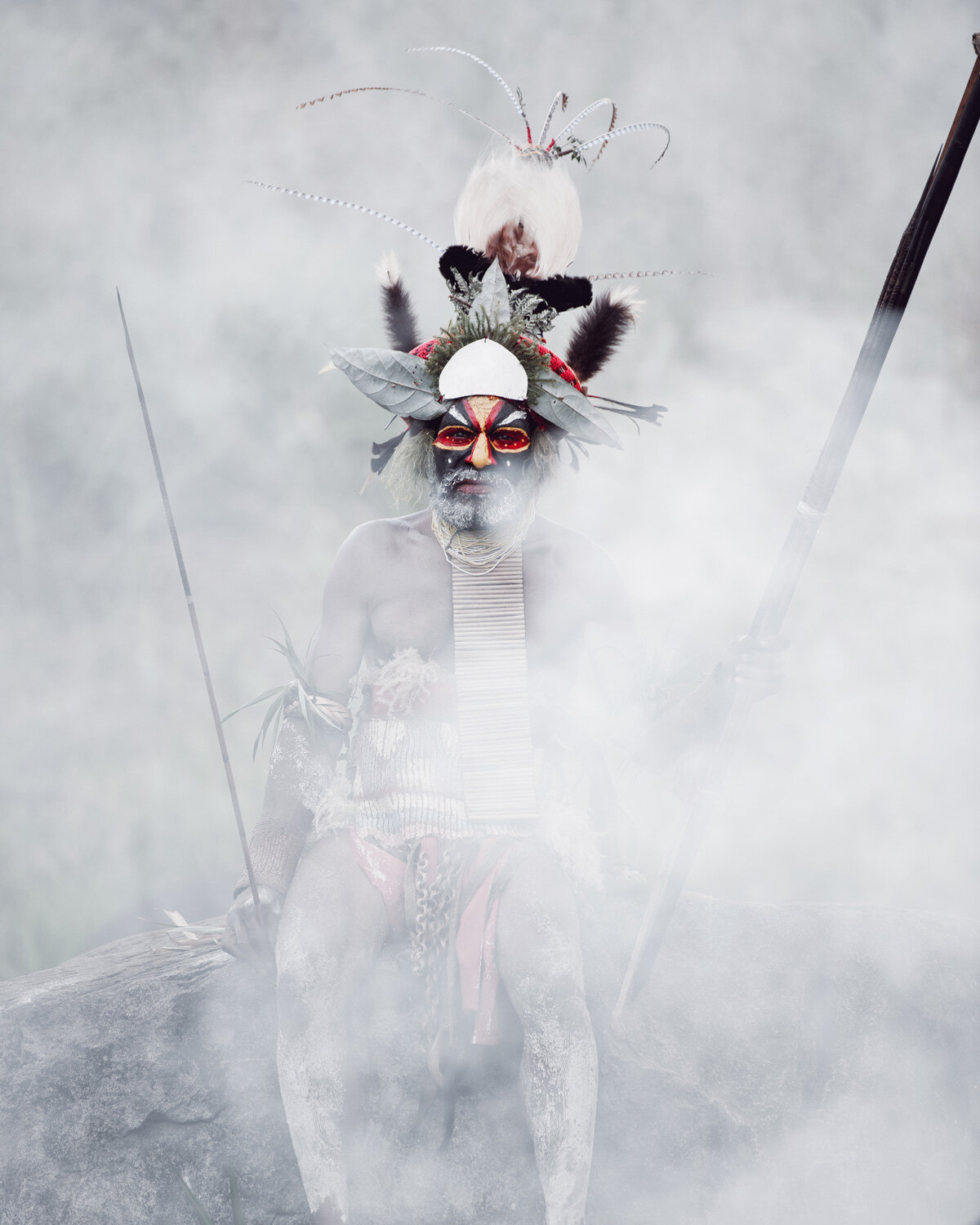

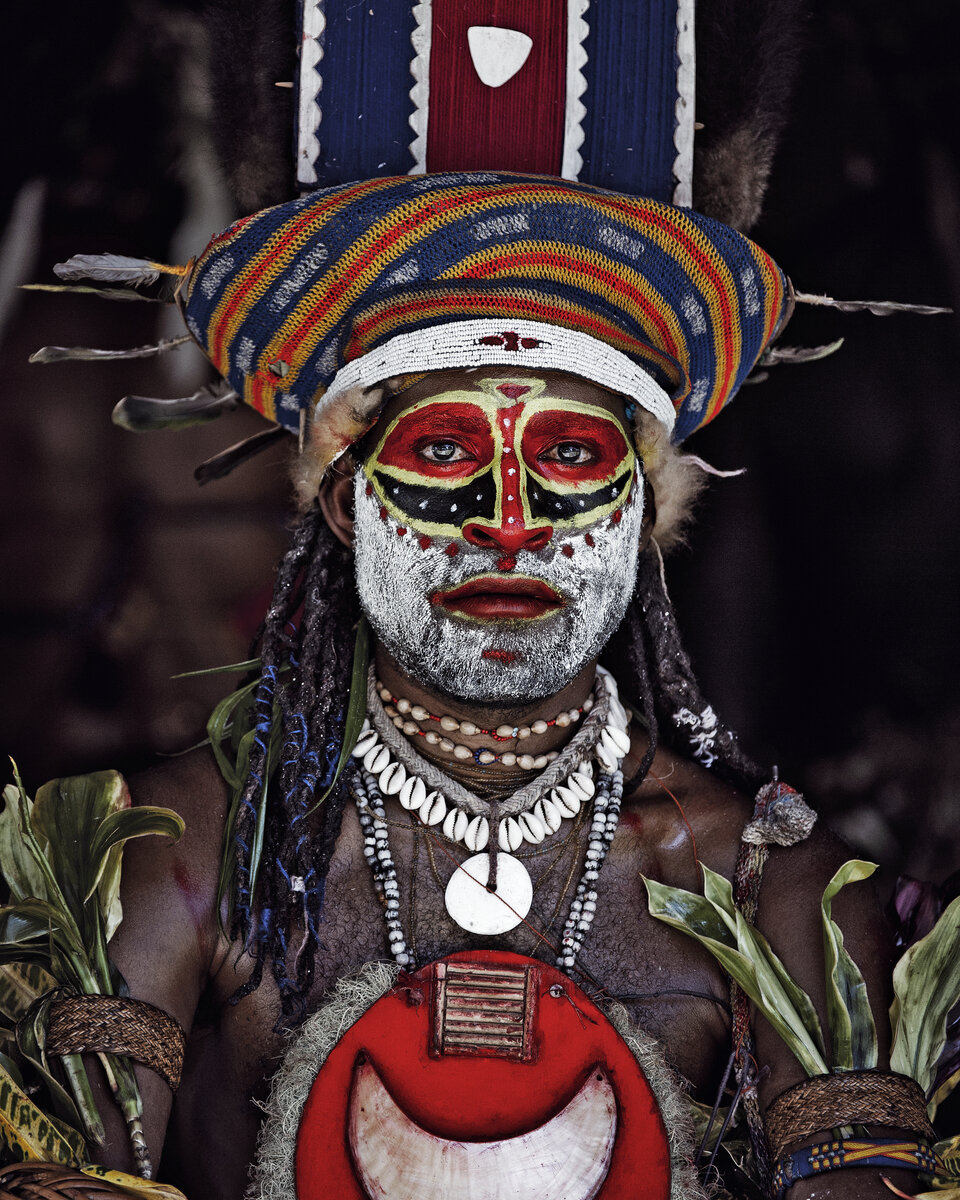
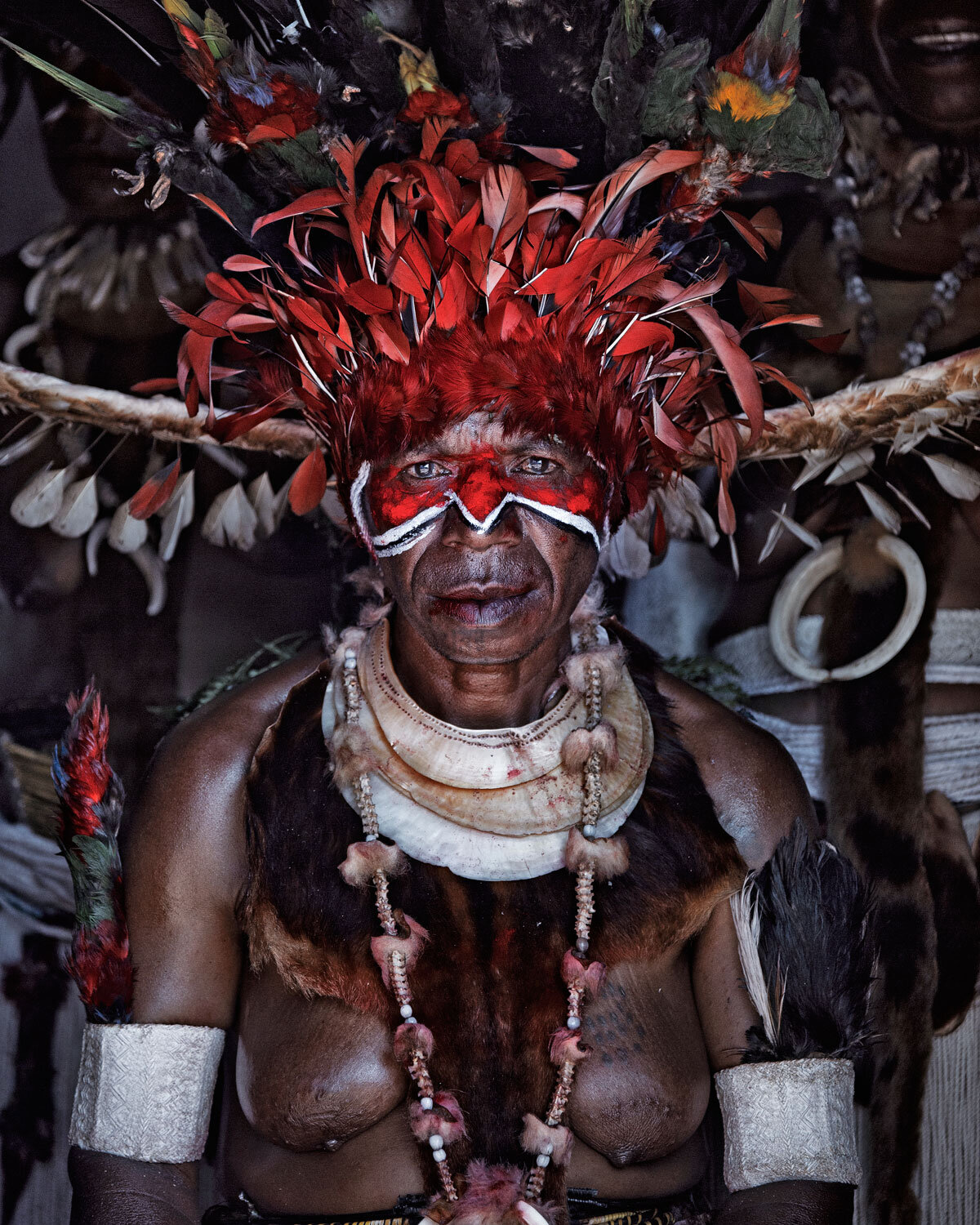

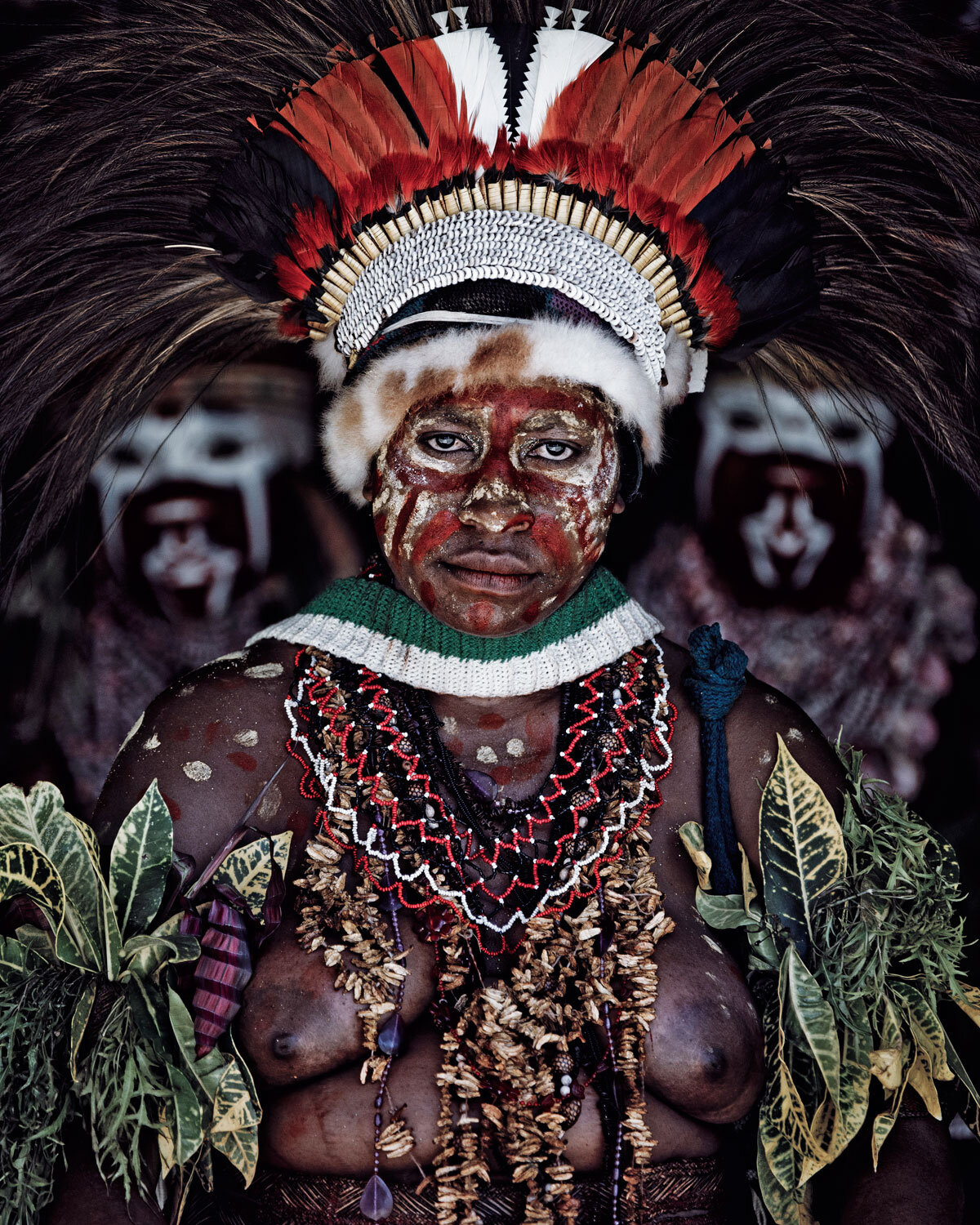
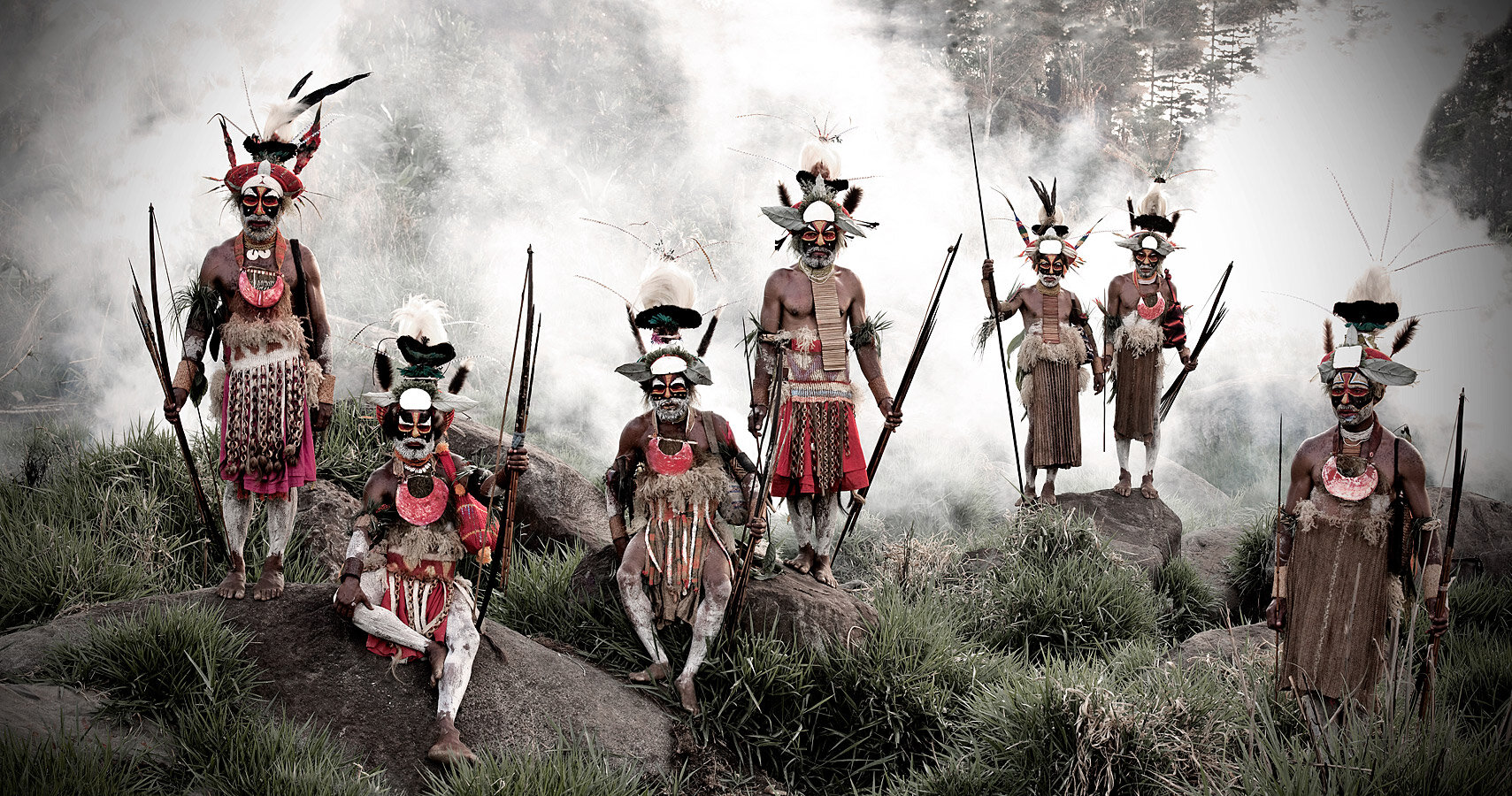
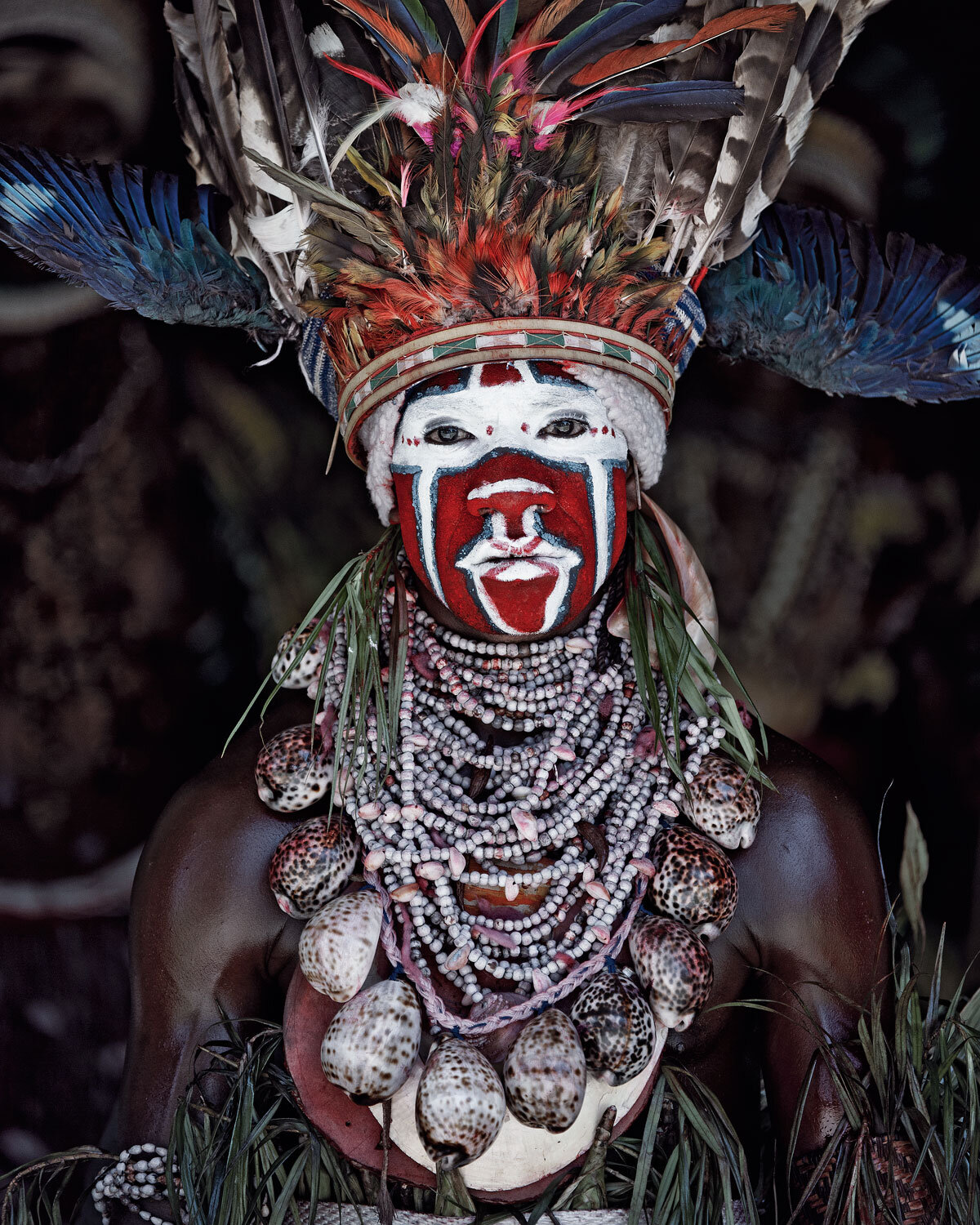
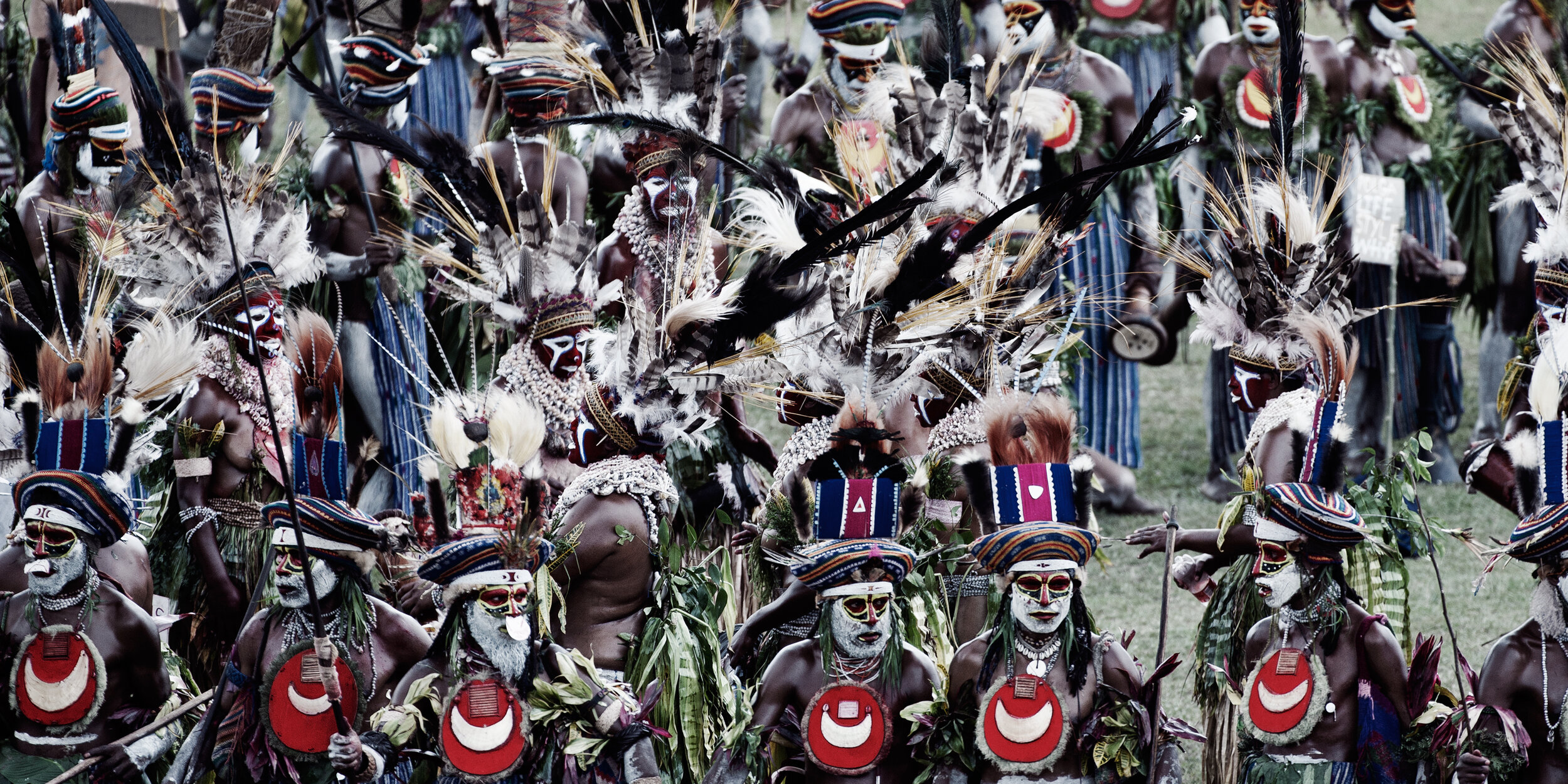
Dolgan
The Dolgan people live at what feels like the end of the world, on icy white plains that stretch out as far as the eye can see. Throughout the long, hard winter, they migrate across the permafrost of the Siberian Tundra, with their reindeer teams pulling their ski-borne mobile homes. Dolgan herders need to move on every few days in search of food for the reindeer. Any large objects the Dolgans own, such as the toilet house and storage unit, are built onto skis. Depending on the weather, each migration can take up to eight hours, with different reindeer teams used to pull the sledges each time to prevent exhaustion.

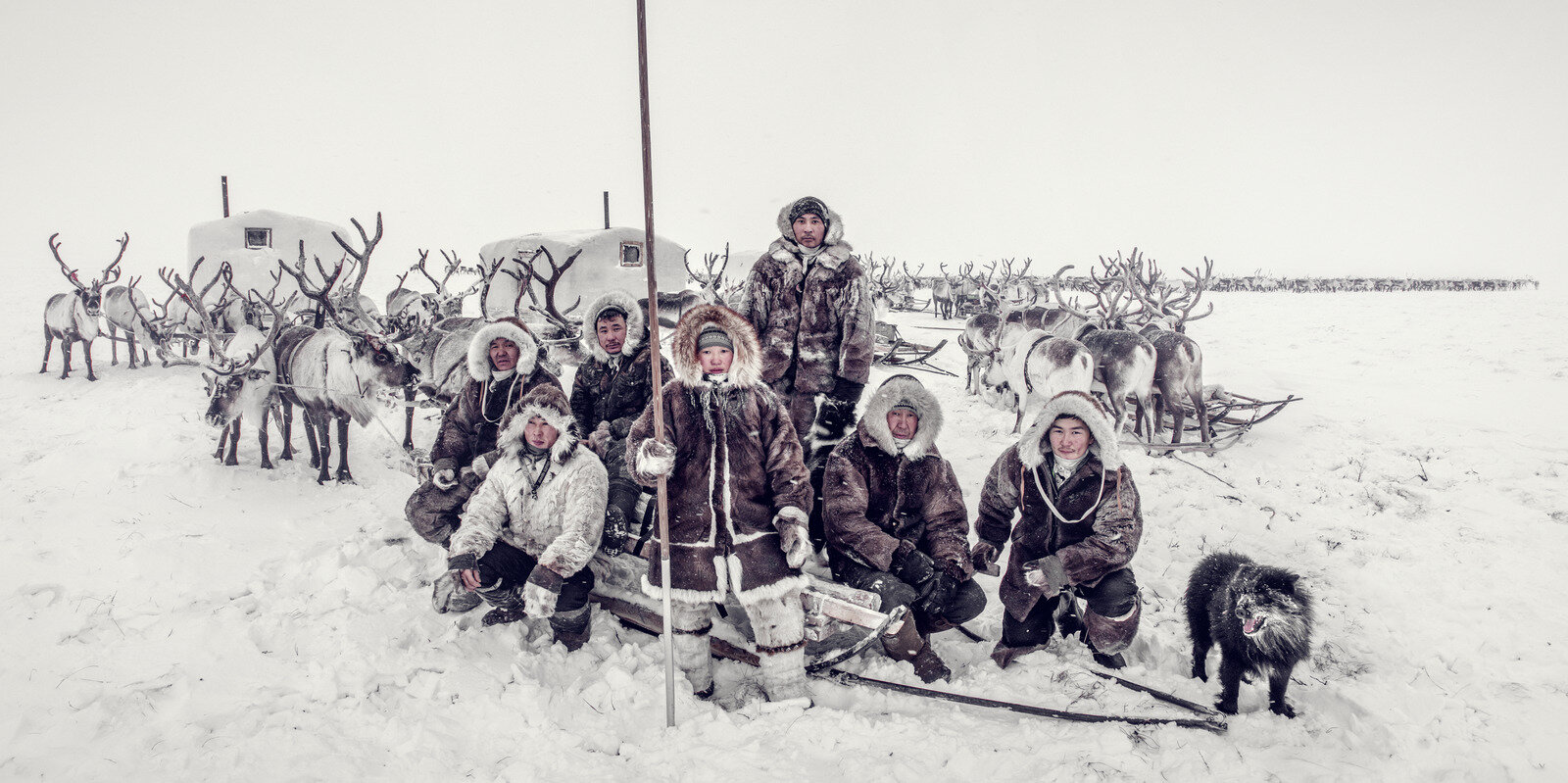
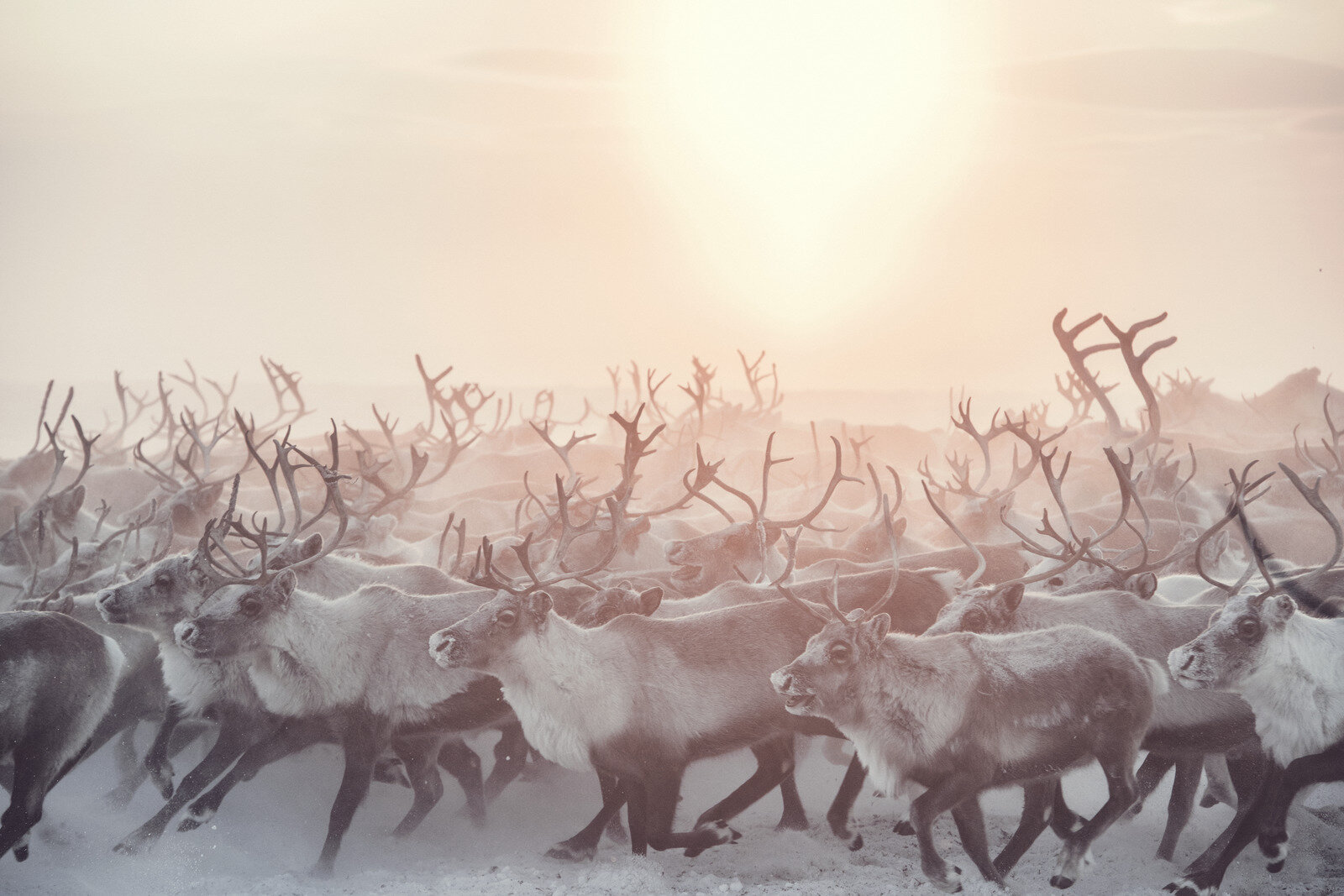
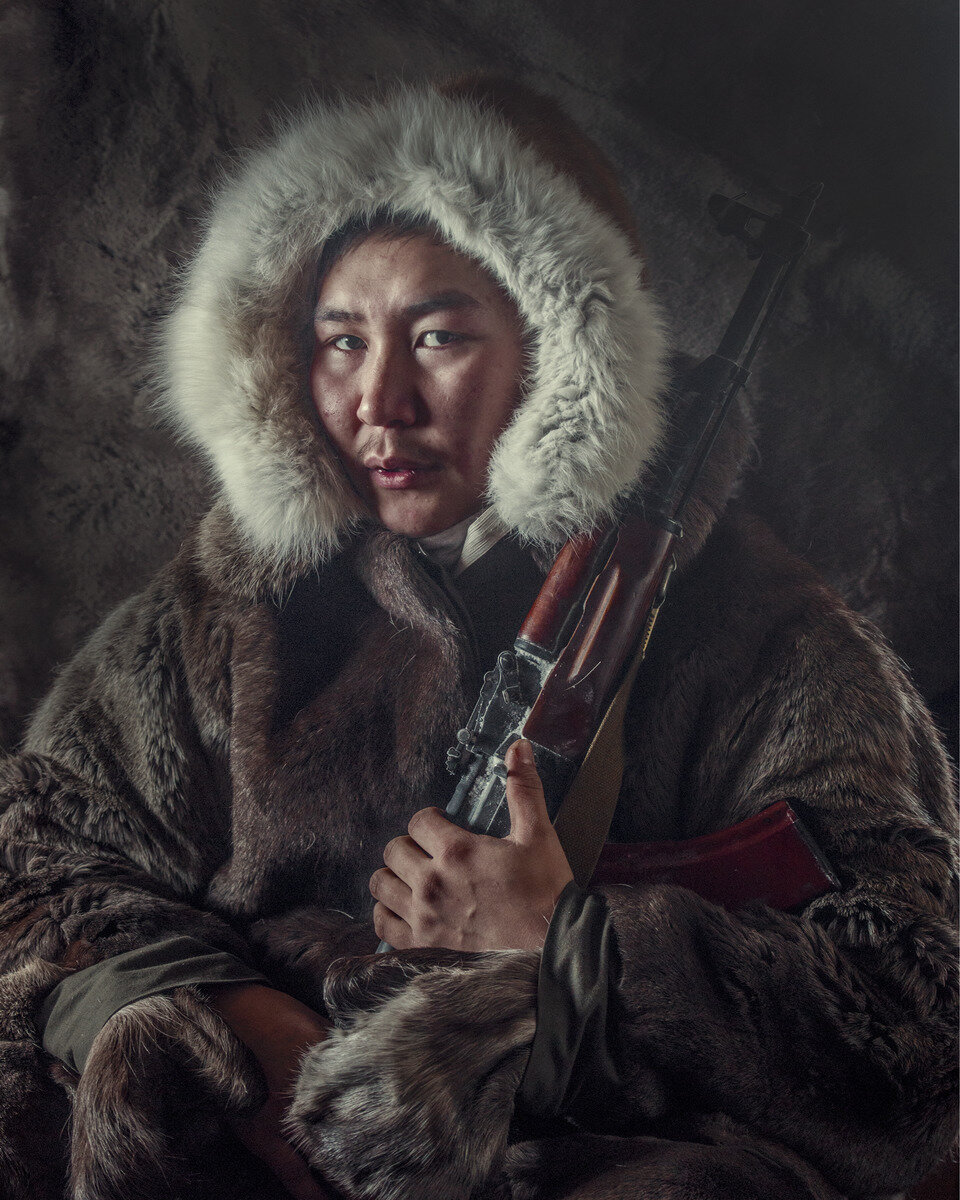
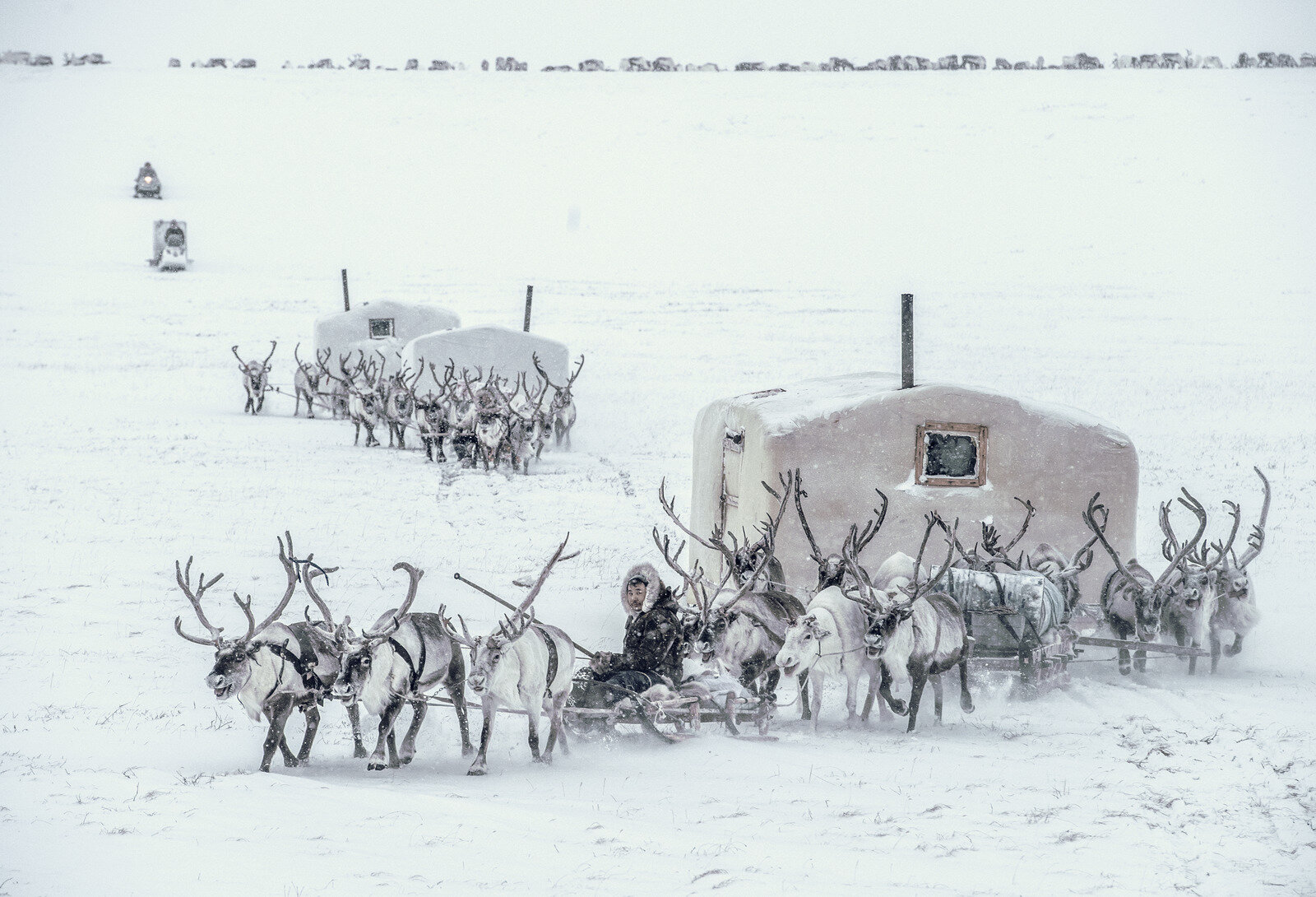
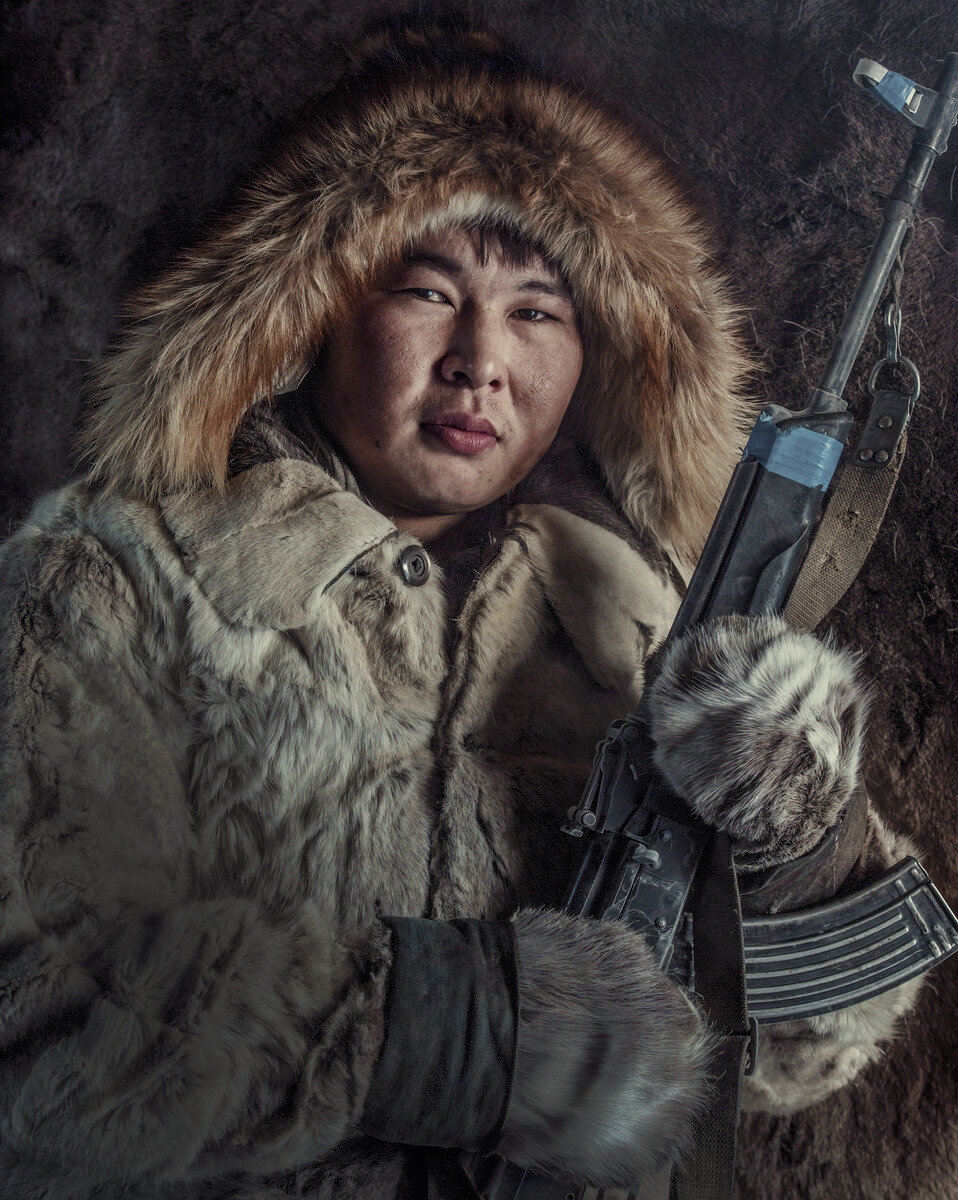
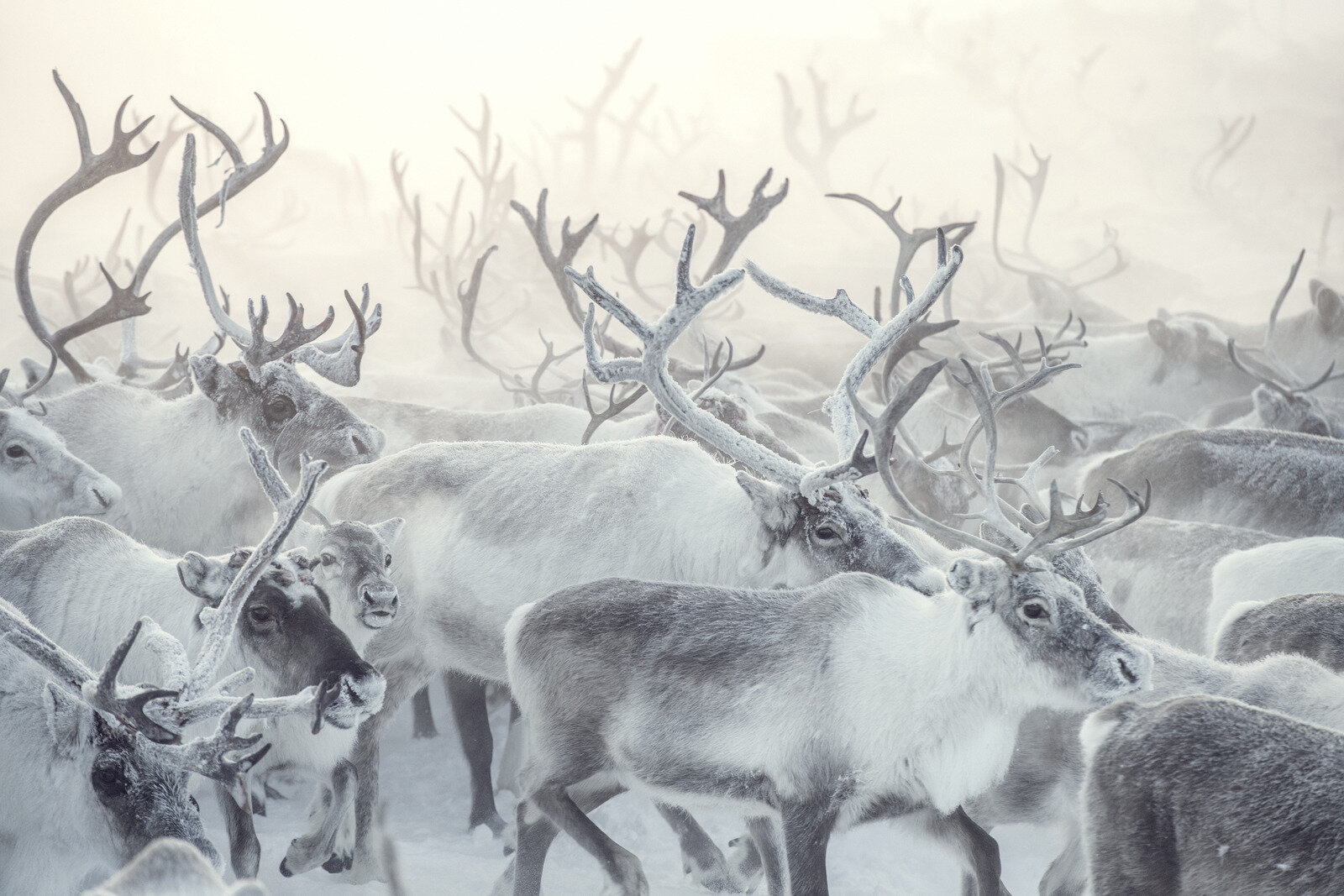
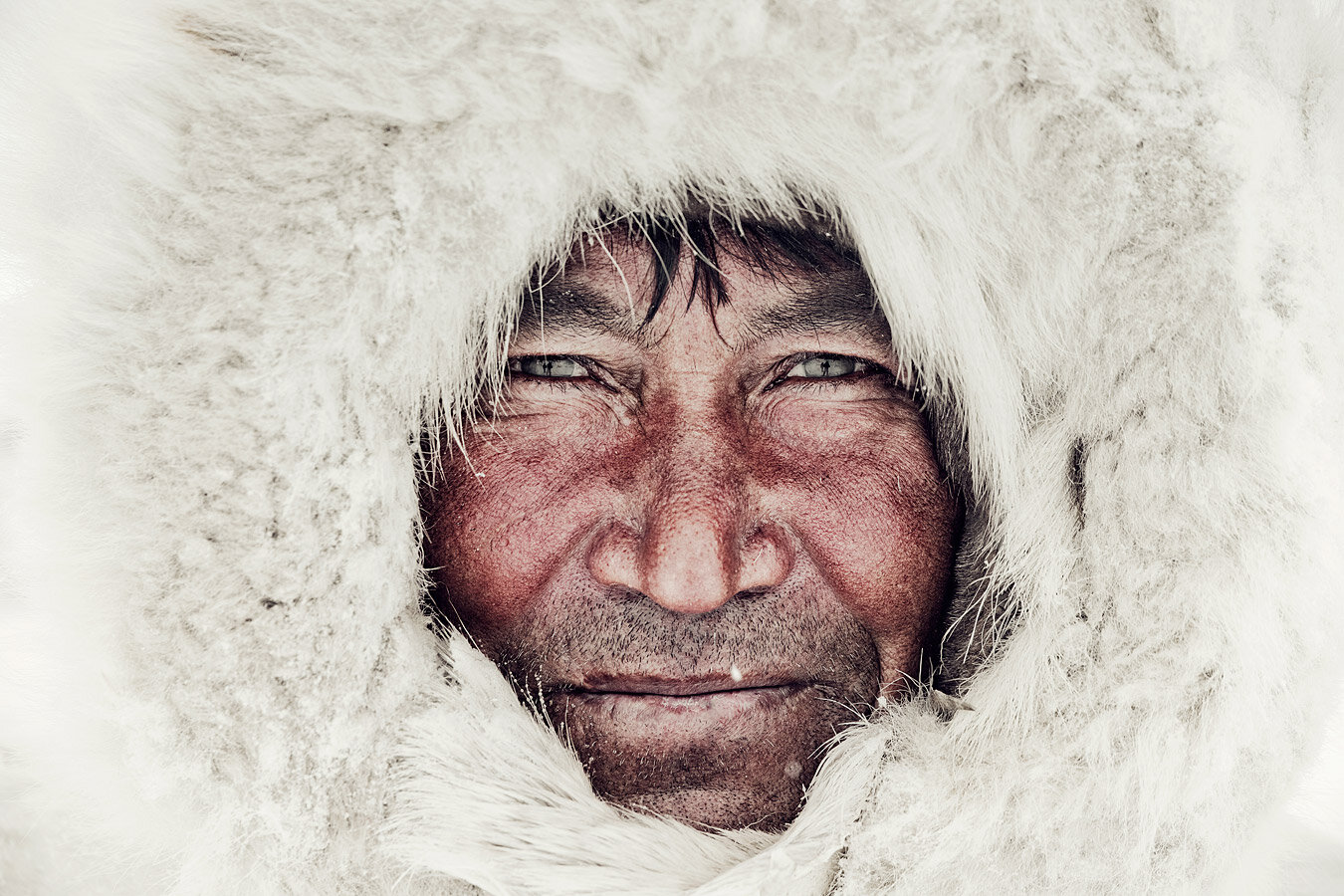
Mir
Many of the women of the Mir community live in the north-western state of Gujarat, a dry, barren province bordering Pakistan. Like many other nomads in India, they are now settled. This mainly Muslim group wear self-embroidered jewellery and intricate, hand-made clothing and line their eyes with charcoal. Women from the Meghwal Marwada Harijan group are also known for the velado, the large golden wedding ring which they wear hanging from their nose. The Malik Jat call themselves the Gathwal and live in the north-western Punjab region. There are differences in religious beliefs across the Jat community. Religion flows fluidly within this cultural group: to the east, they are primarily Sikh, while in the west they are more likely to be Muslim.
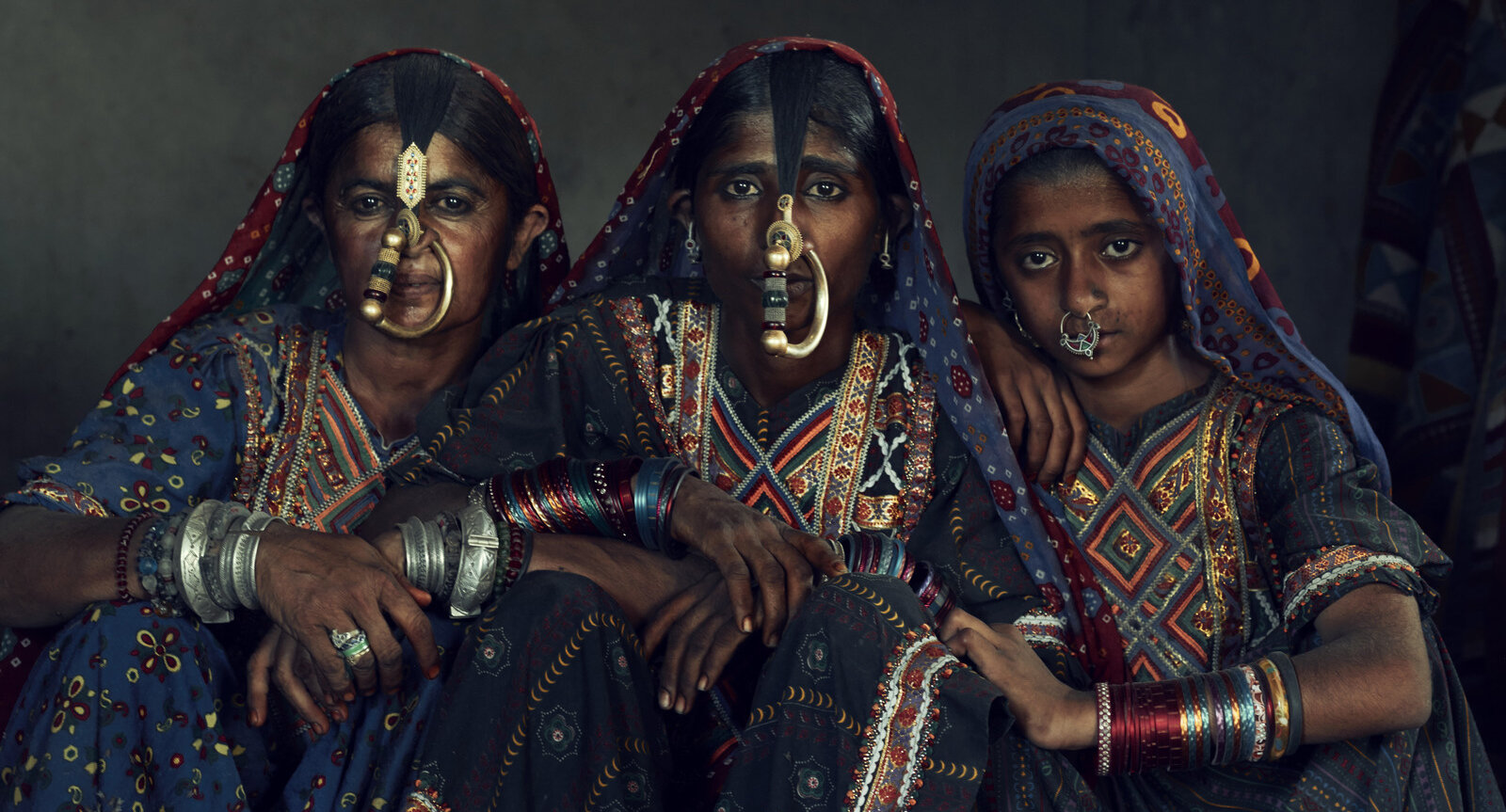
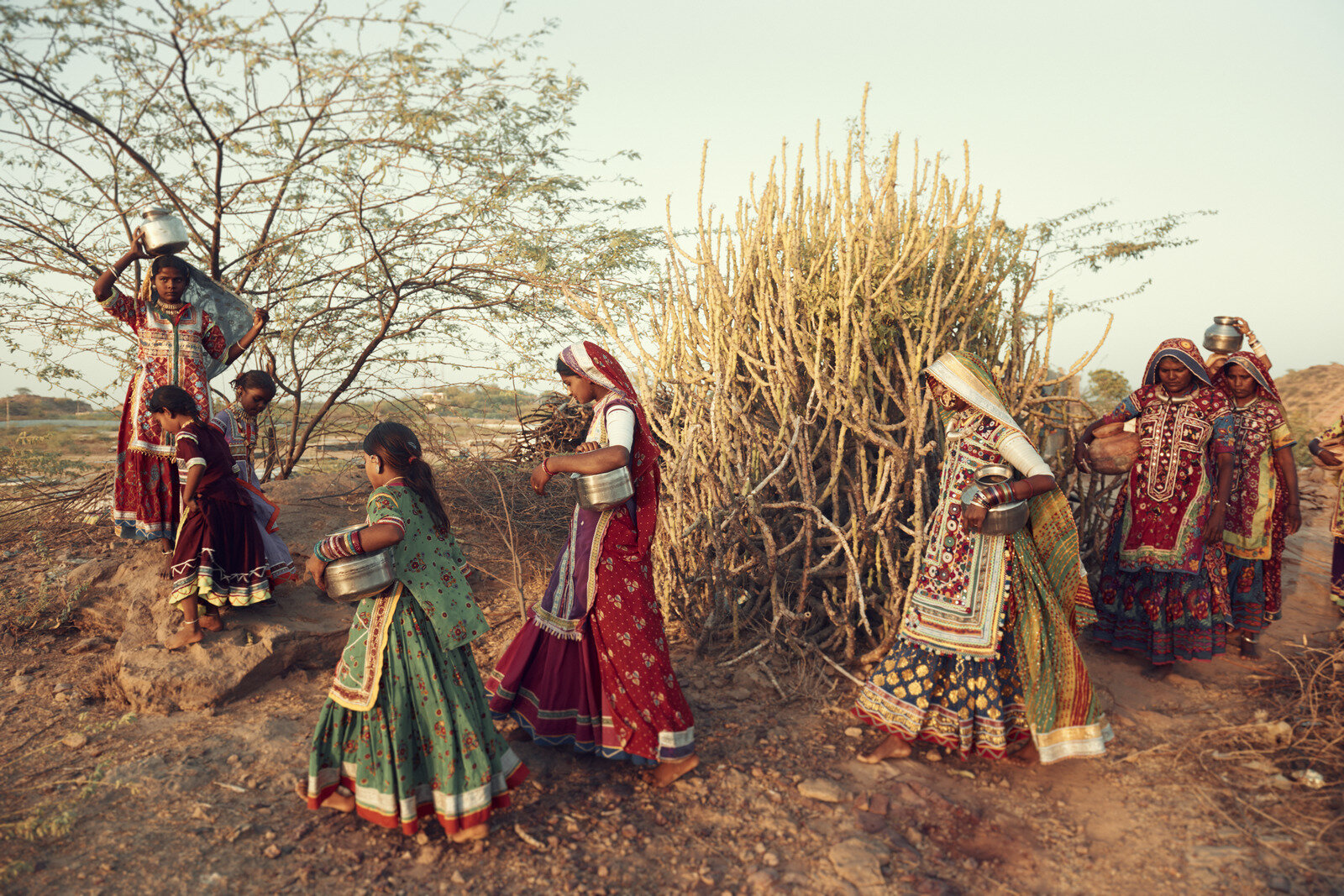
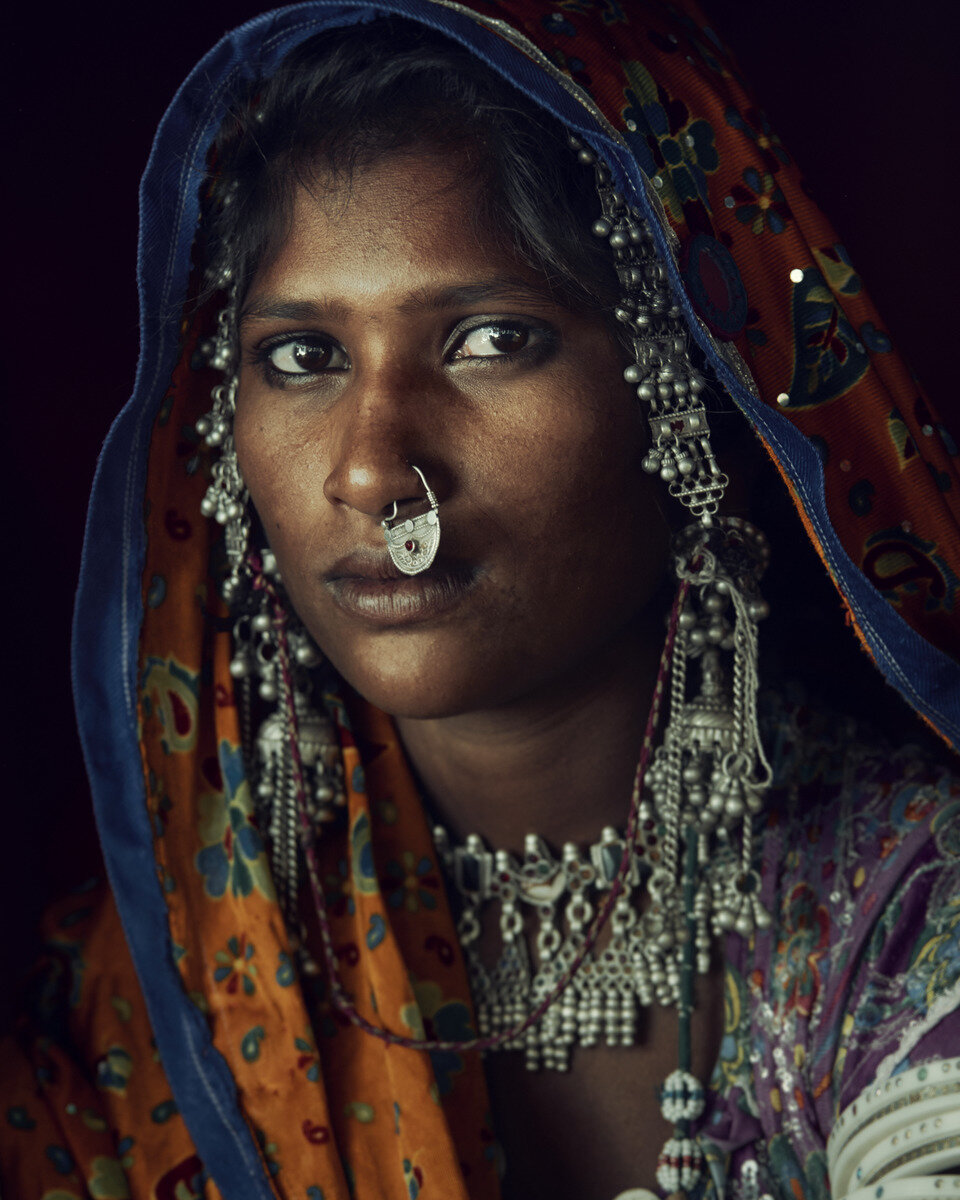
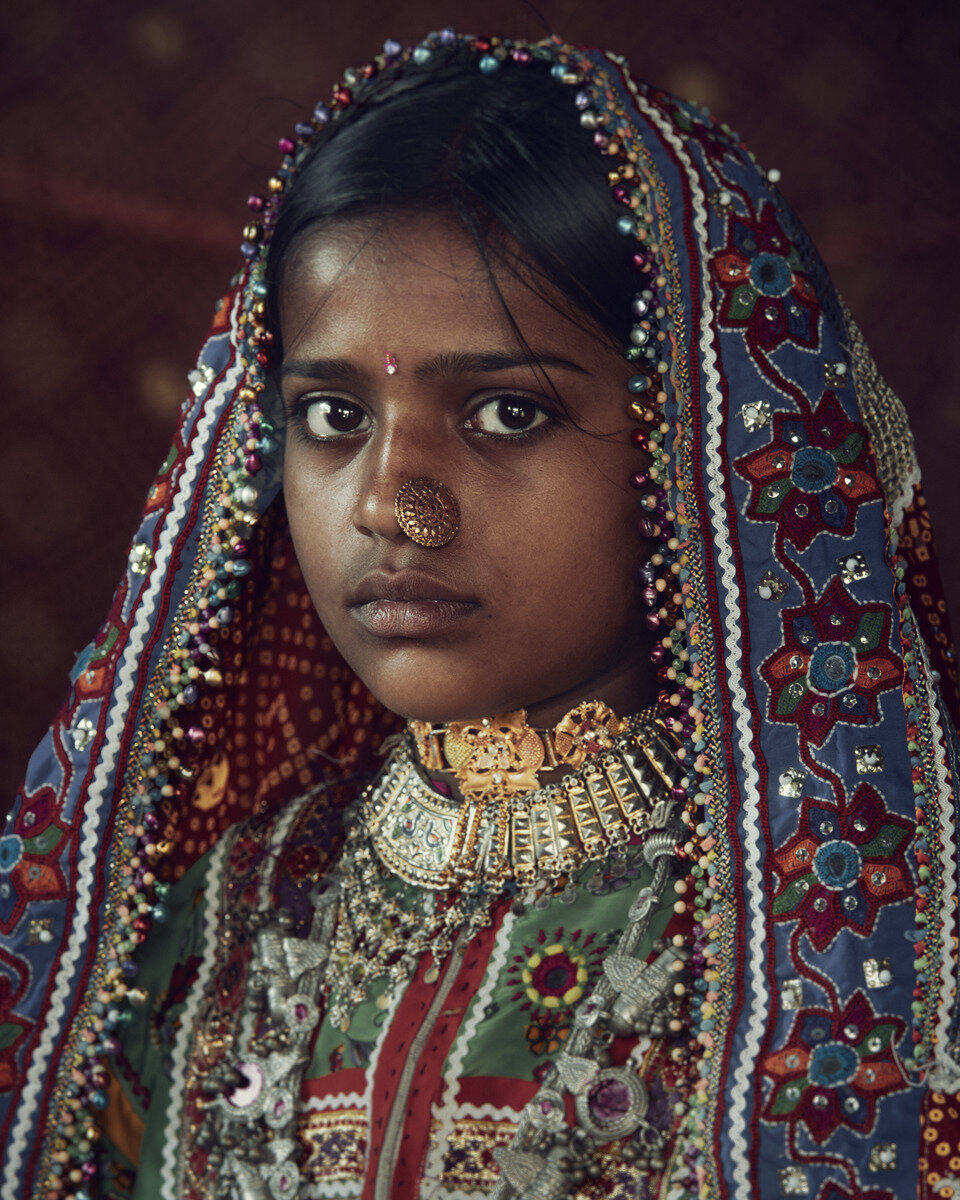
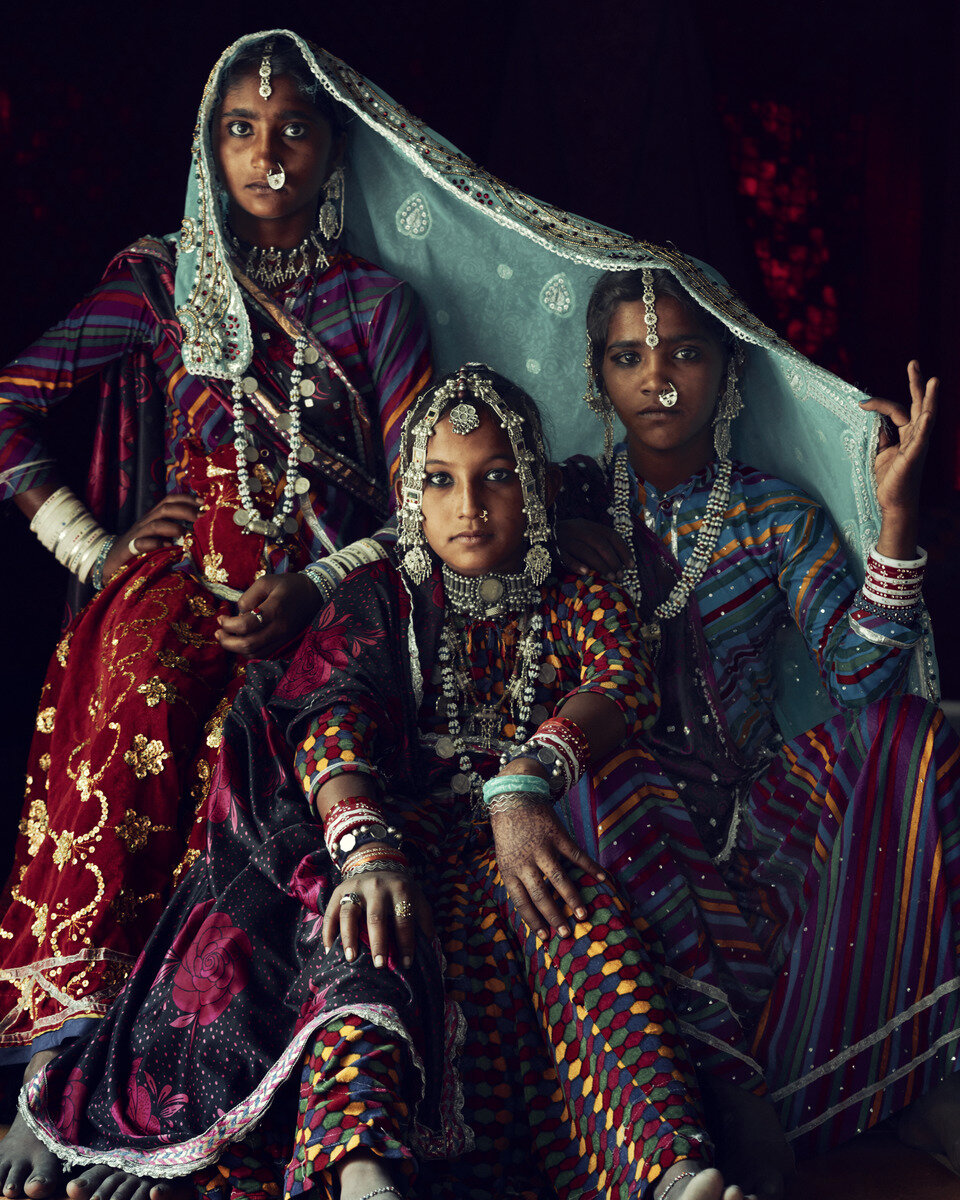

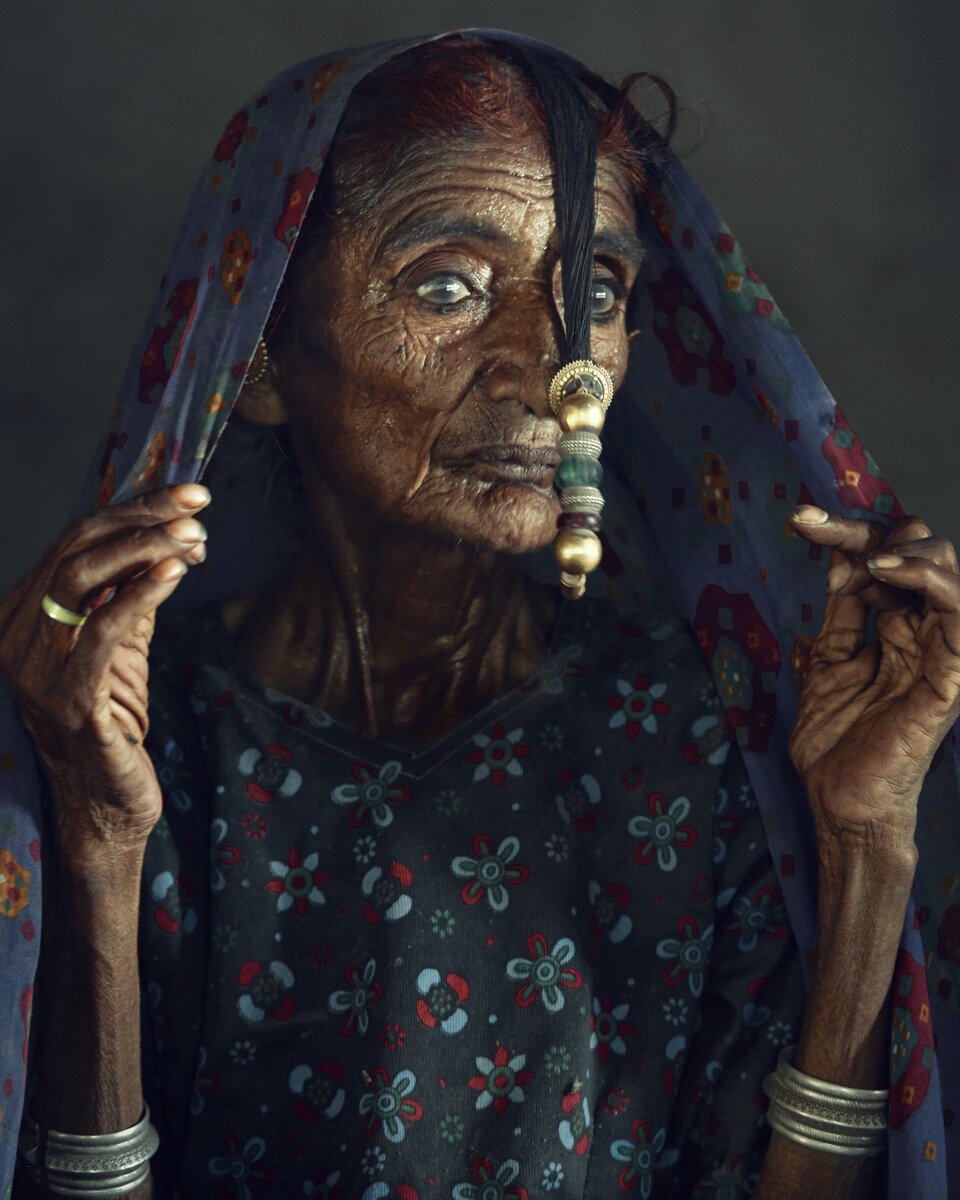
Mundari
South Sudan is the world’s youngest nation – it became independent in 2011 after Sudan was torn apart by violence. The legacy of these unstable years could almost make you forget the impressive beauty and diversity of the people of South Sudan. Alongside the great White Nile are the dry and dusty plains where the Mundari people live. The Mundari community live in the Nile valley as herders, and their cattle are central to their existence. In fact, armed Mundari herdsmen guard their prized animals with their very lives. The size of a herd signals the owner’s status within the group.
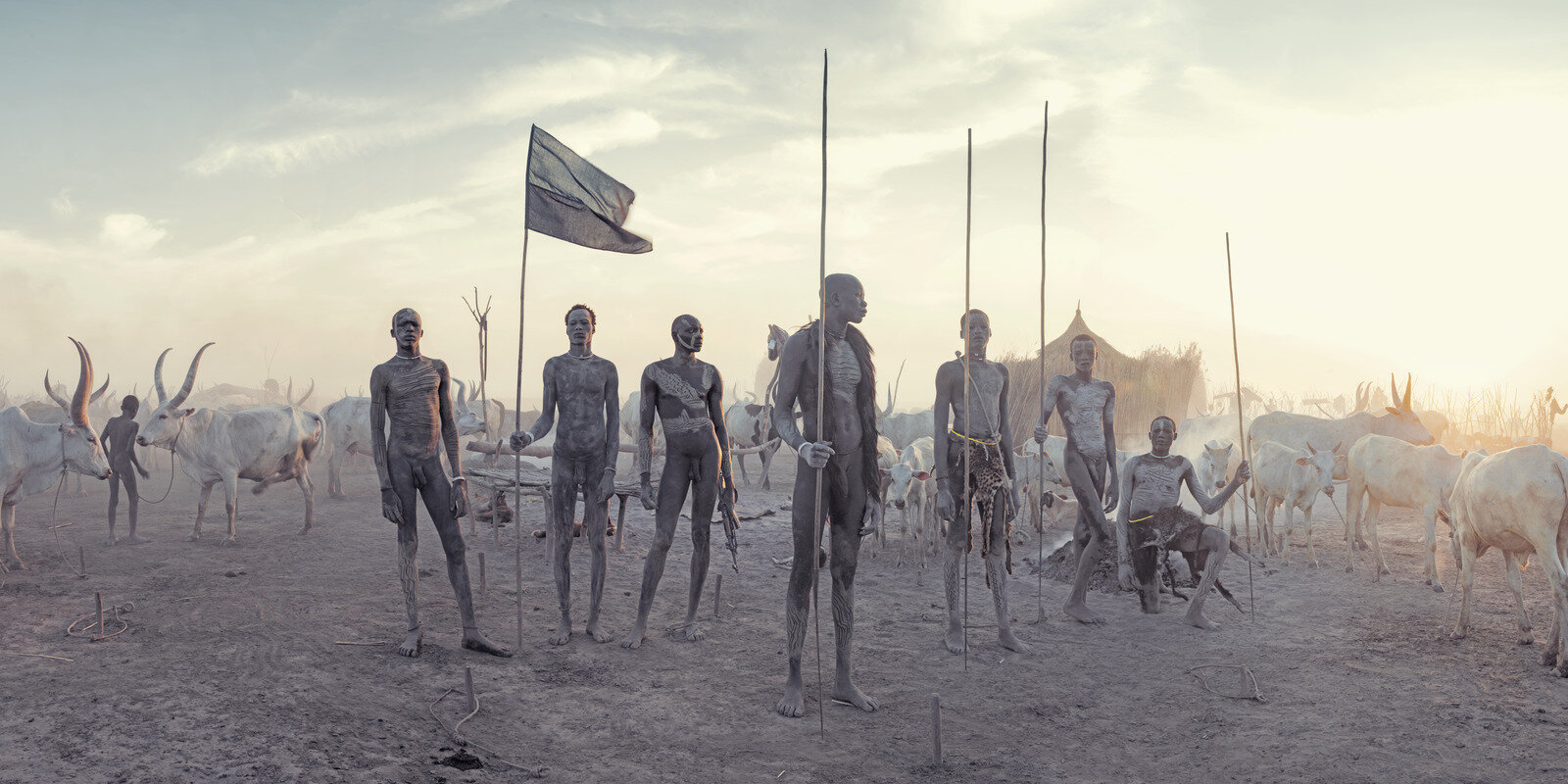
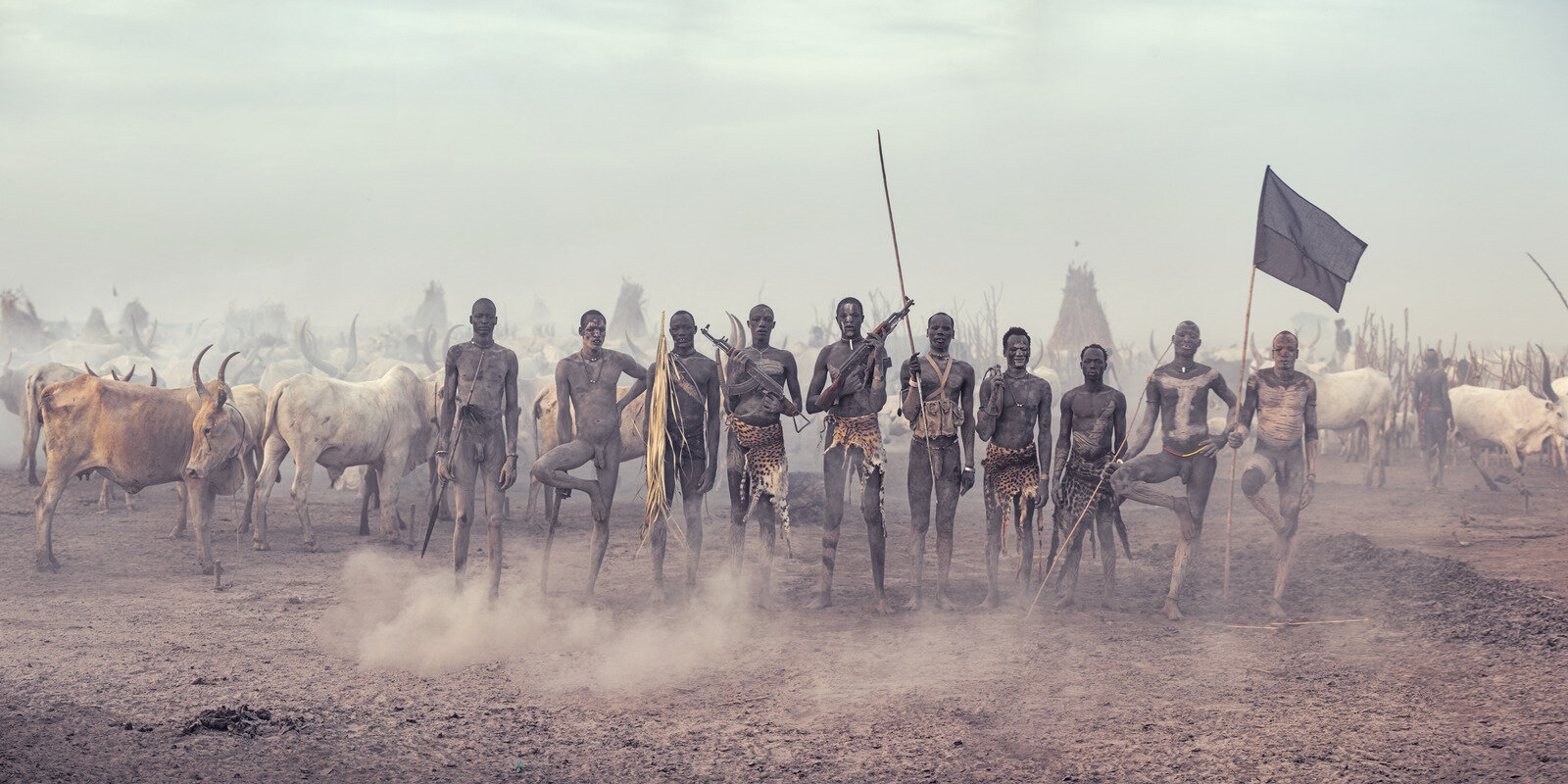
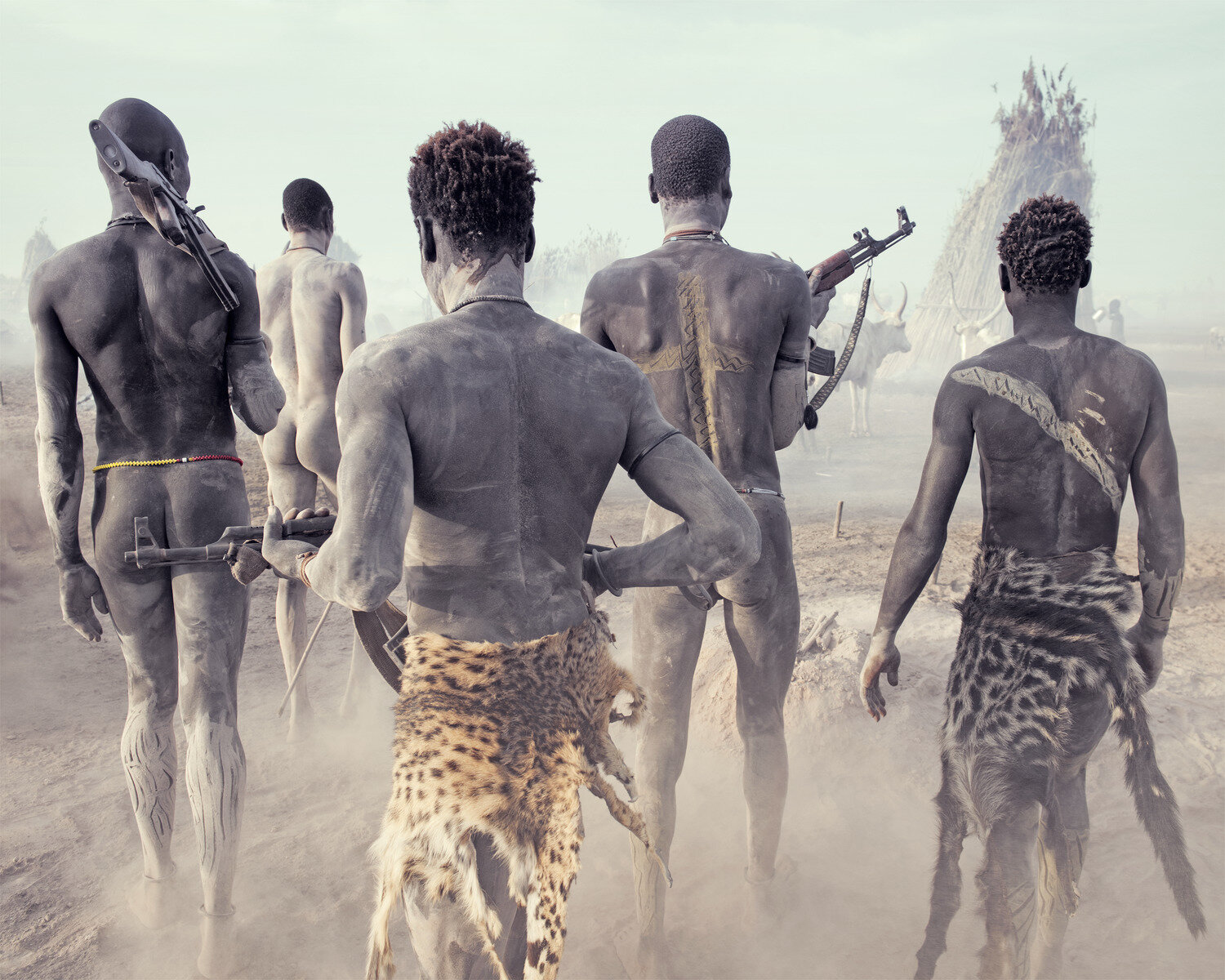


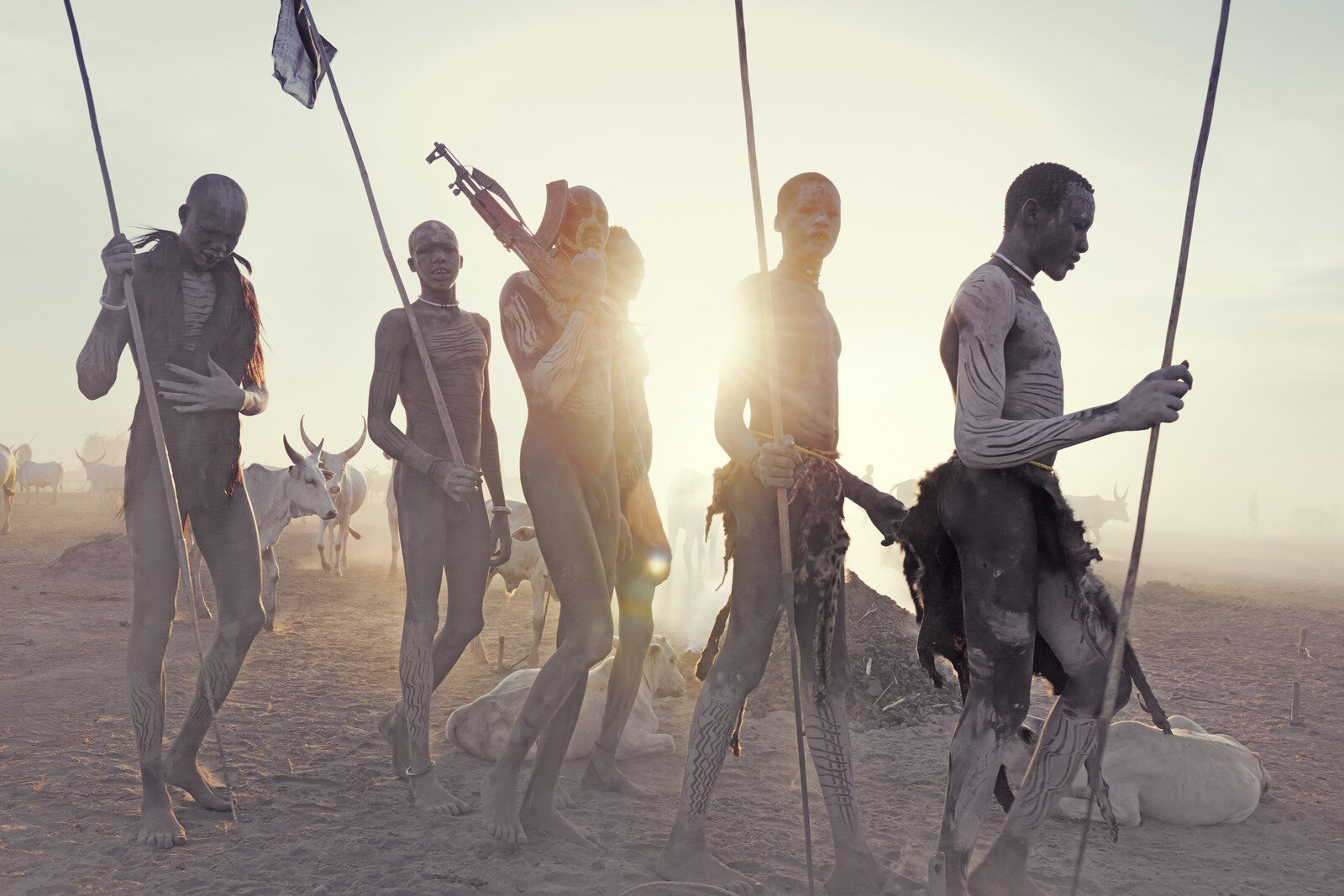
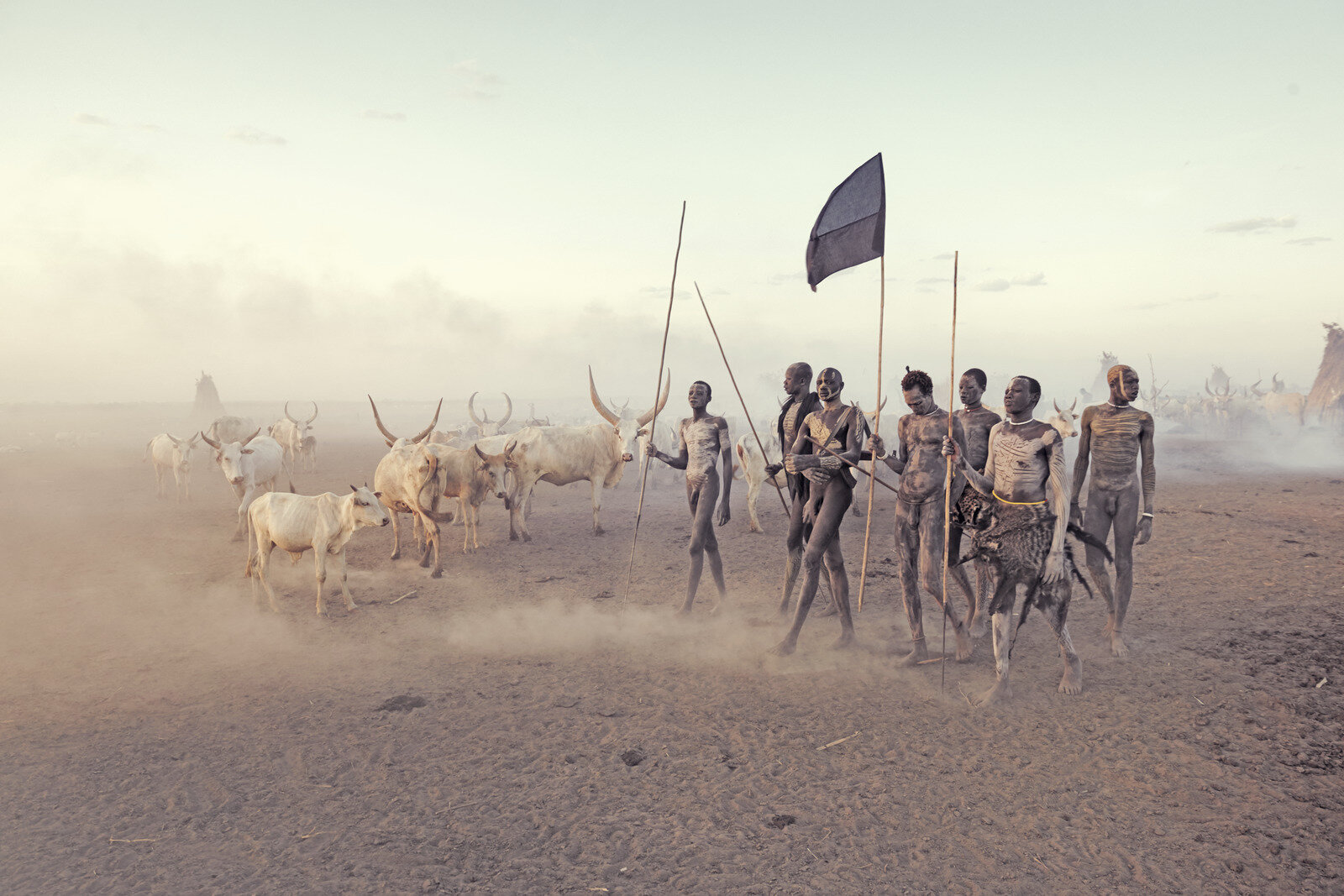
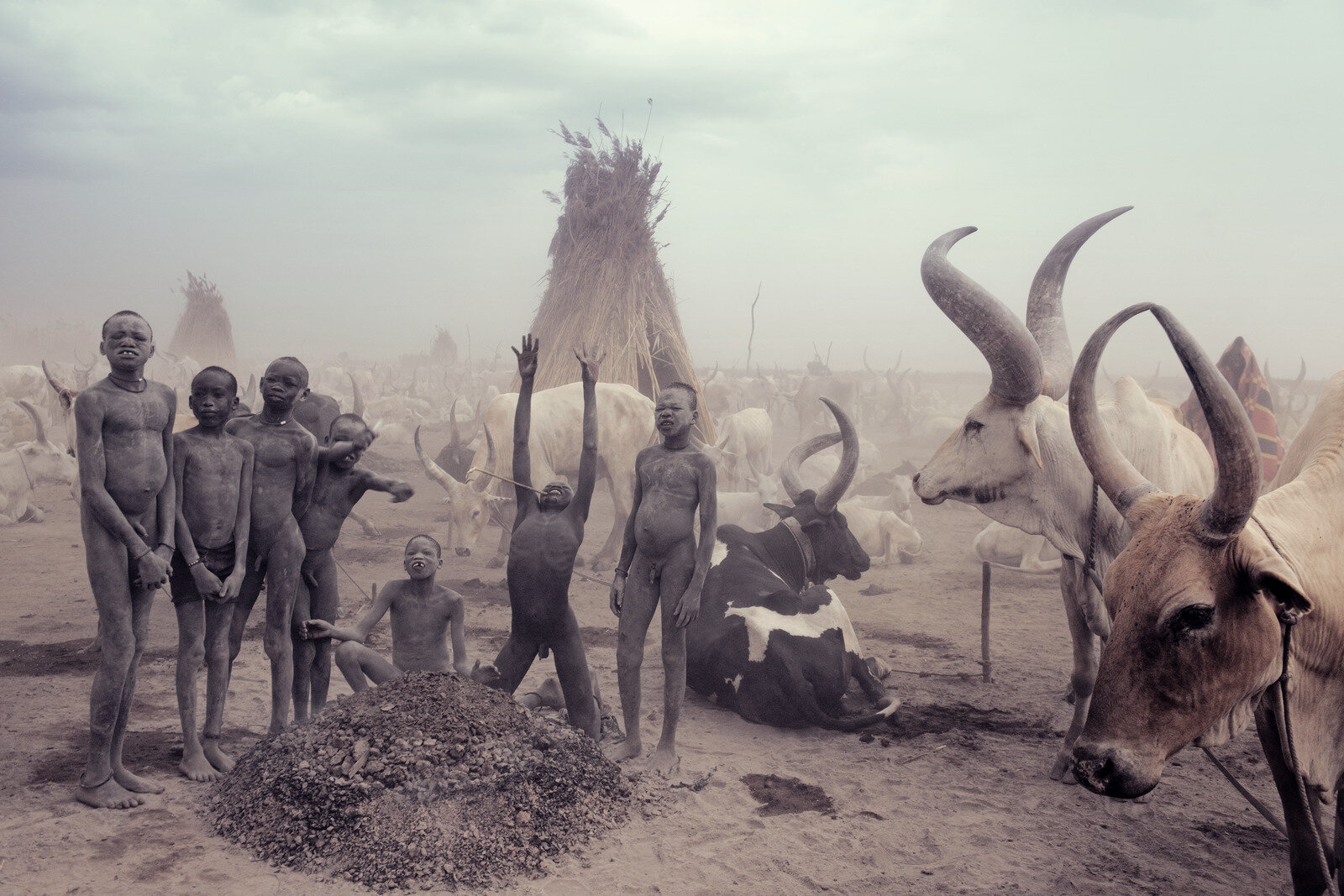
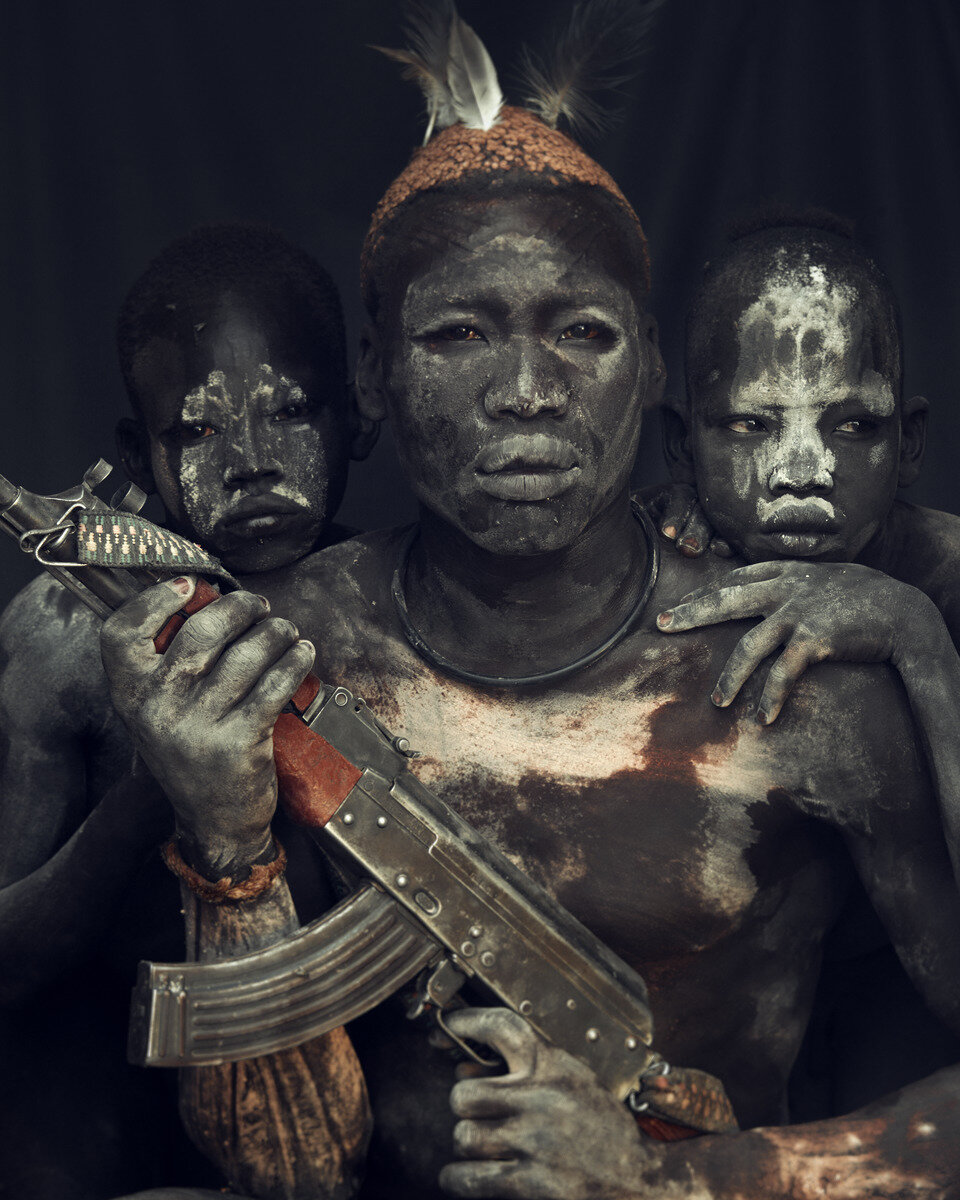
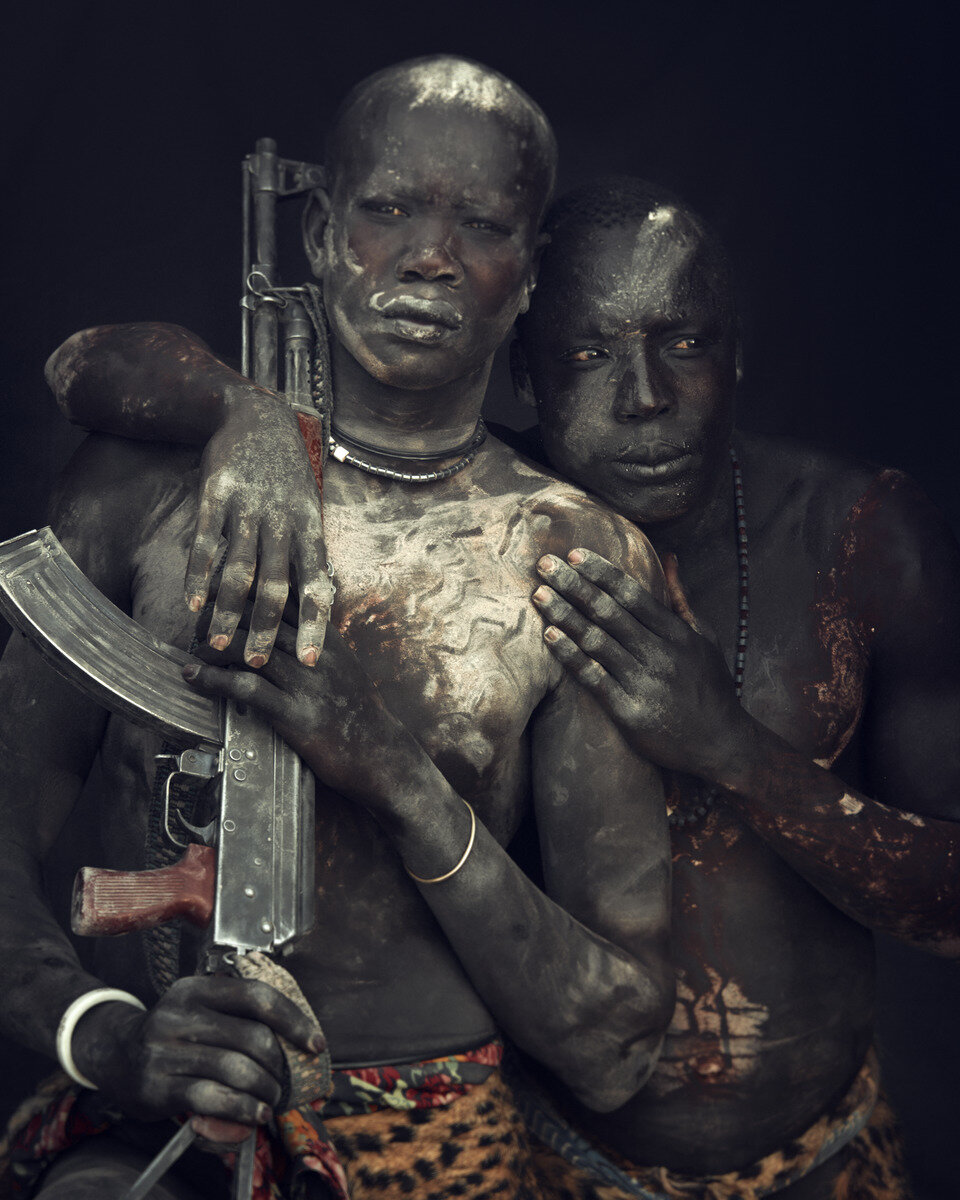
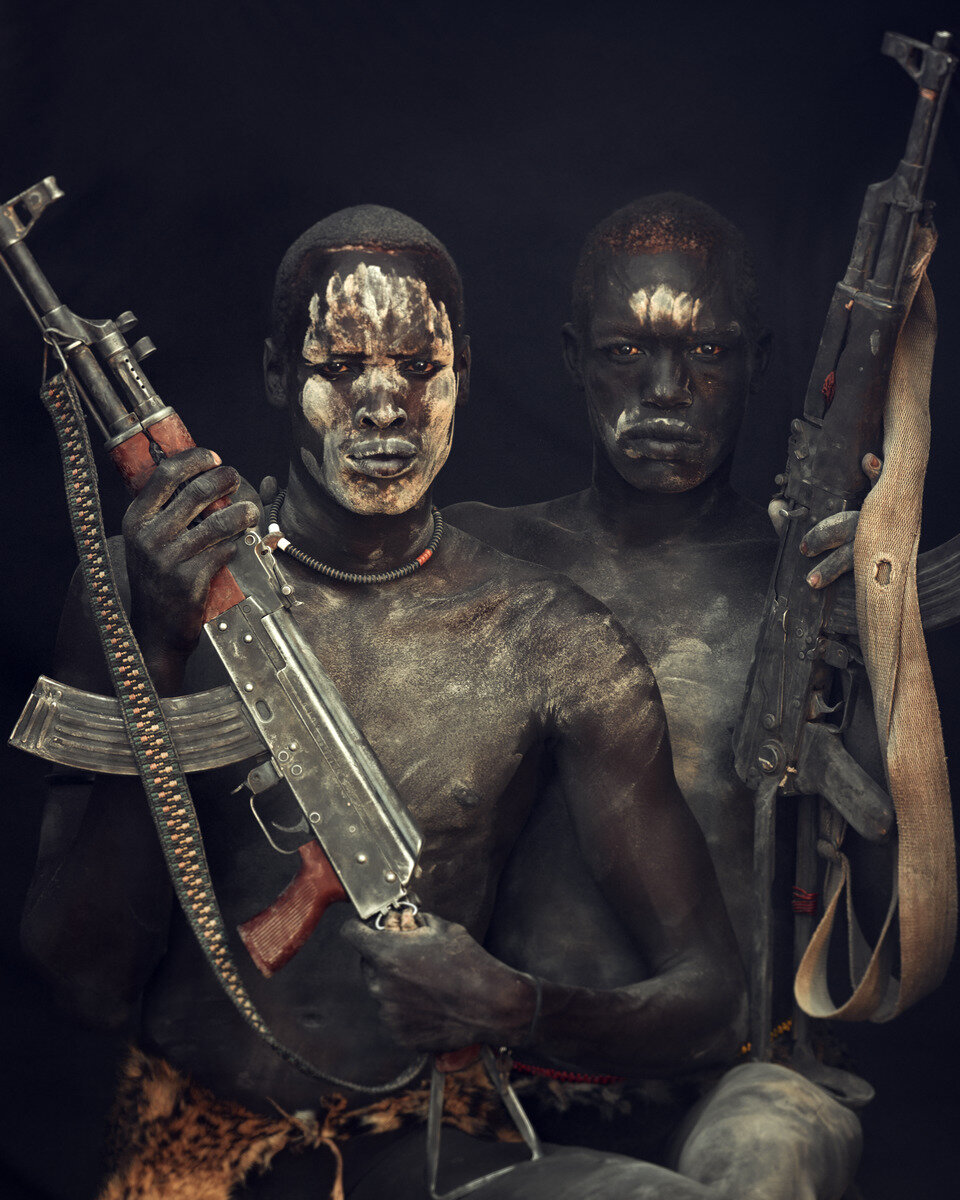
Ladakhi
Ladakh (meaning ‘land of the passes’) is a cold desert in the Northern Indian state of Jammu and Kashmir. It is divided into the mainly Muslim Kargil district and the primarily Buddhist Leh district. The people of Ladakh have a rich folklore, some of which date back to the pre-Buddhist era. As the Himalayan farming season is short, Ladakhi only work for 4 months of the year. All ages can join in and help. During the eight winter months, work is minimal and festivals and celebrations are almost a continuous affair, giving ample opportunity to display Goncha, the traditional dress.
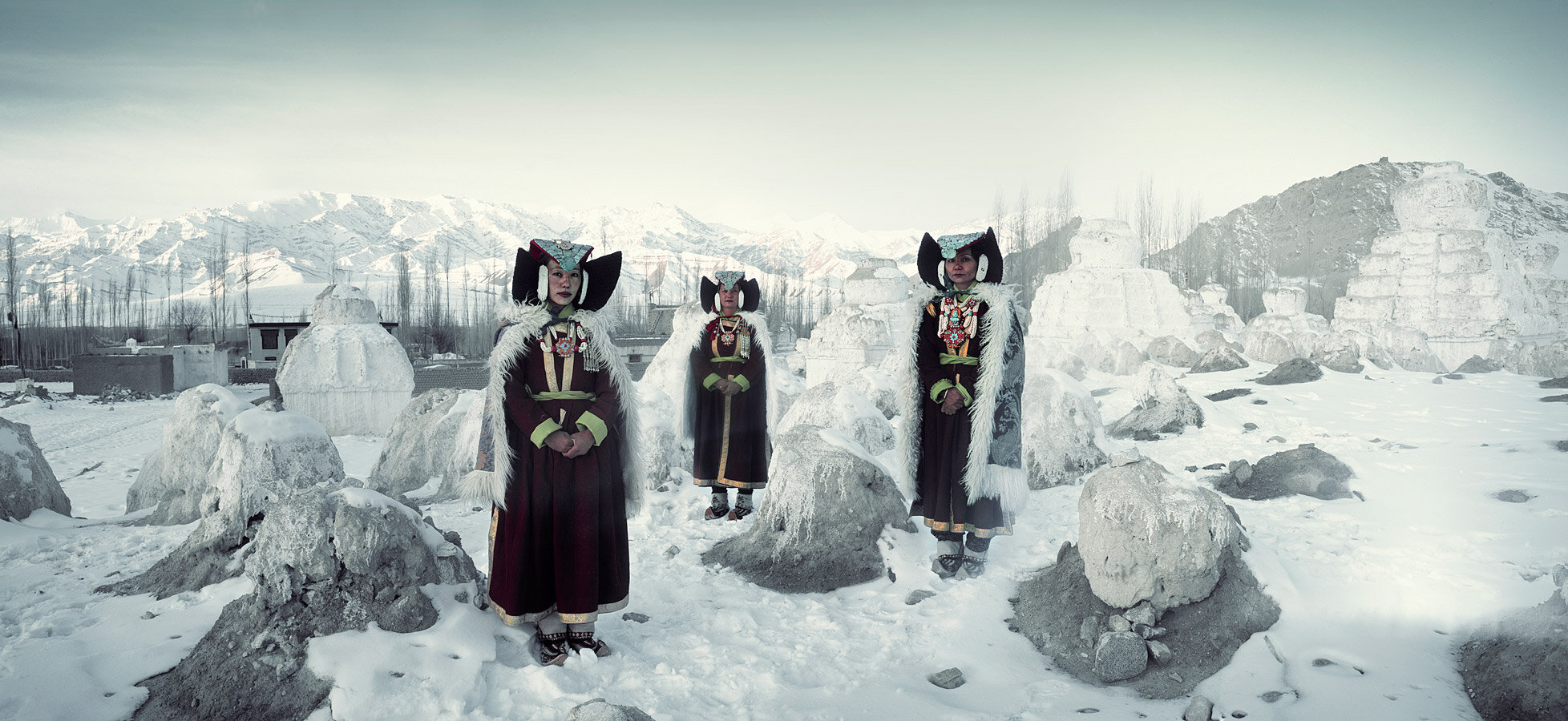
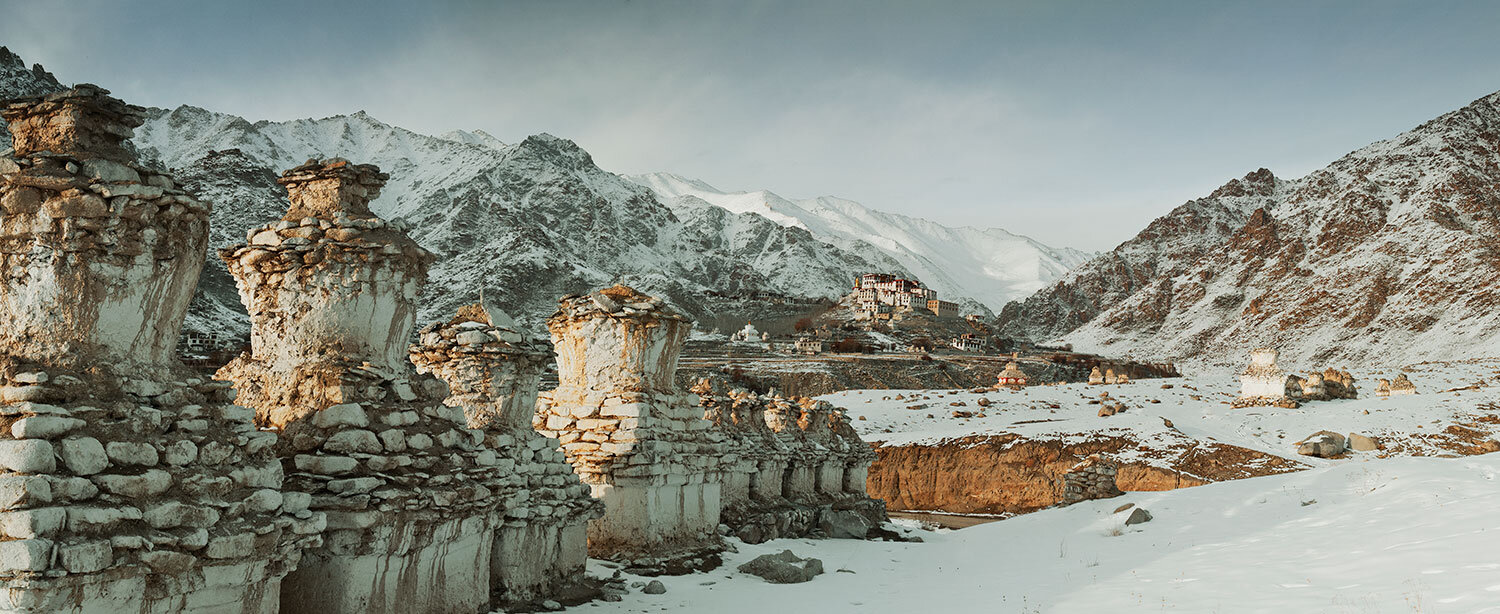


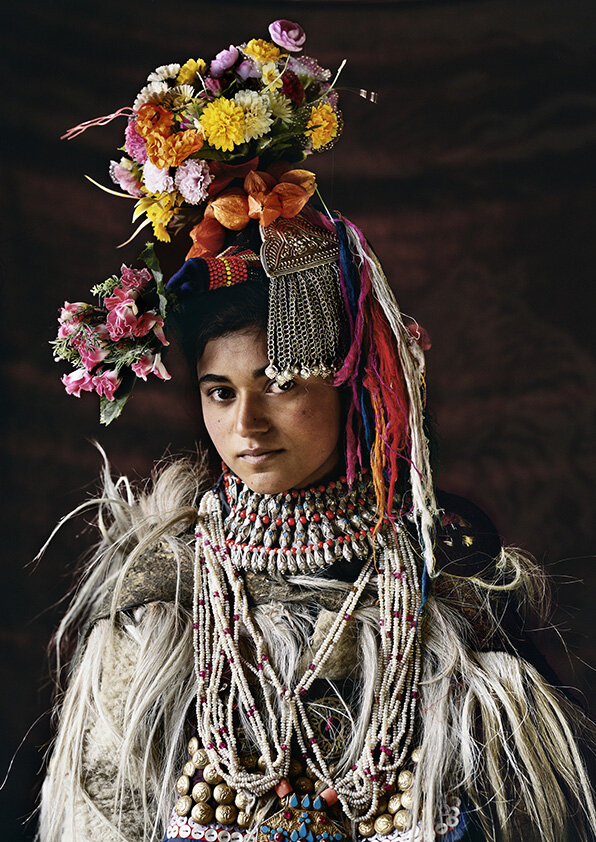

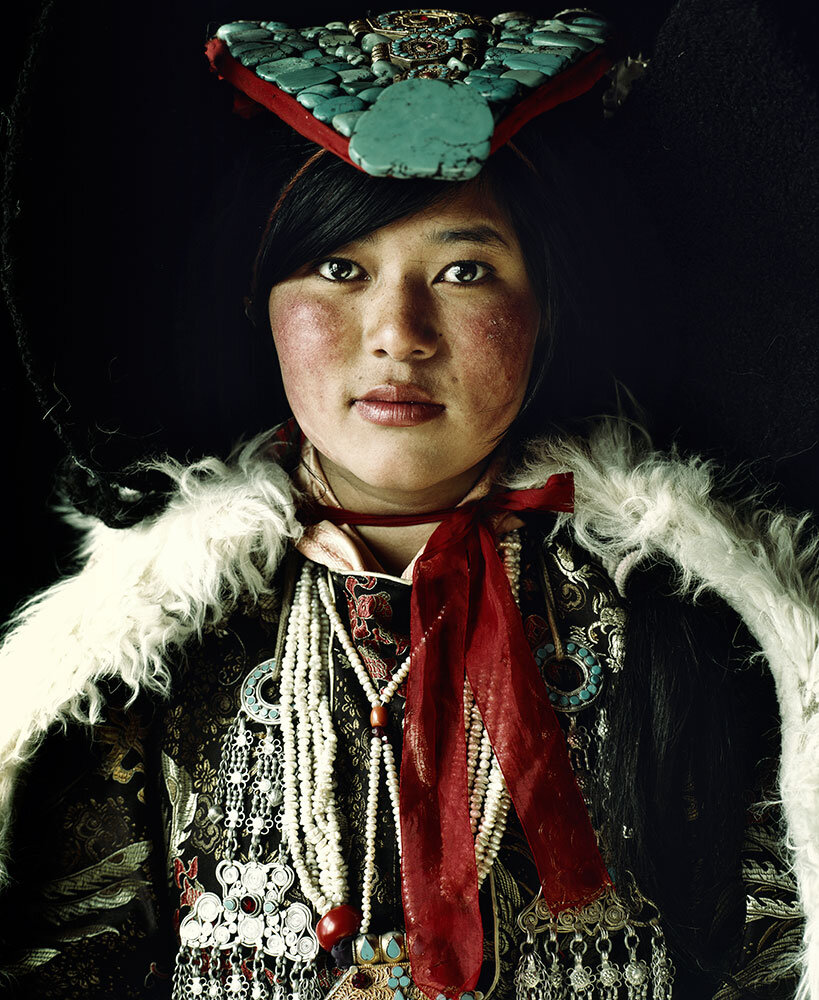
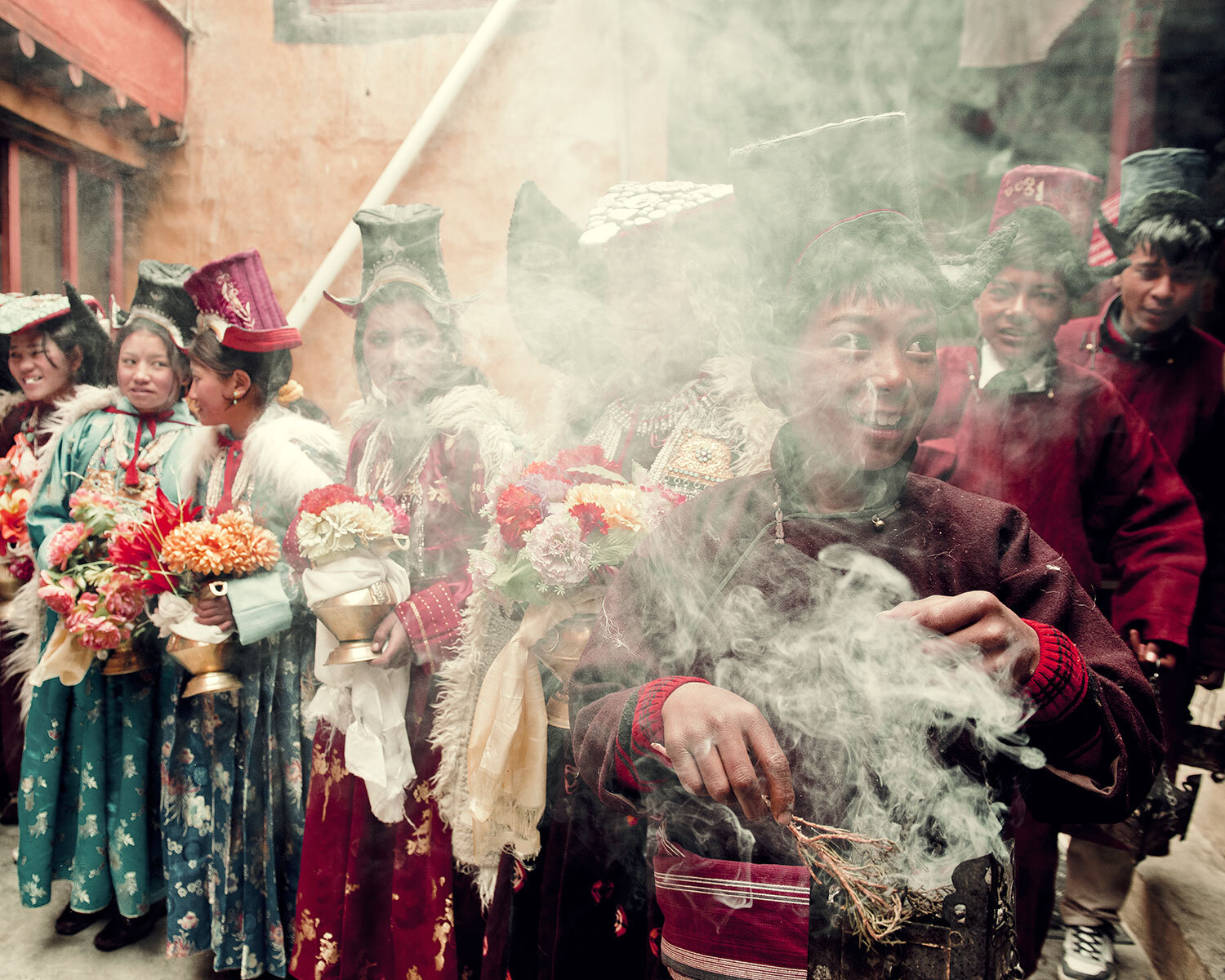
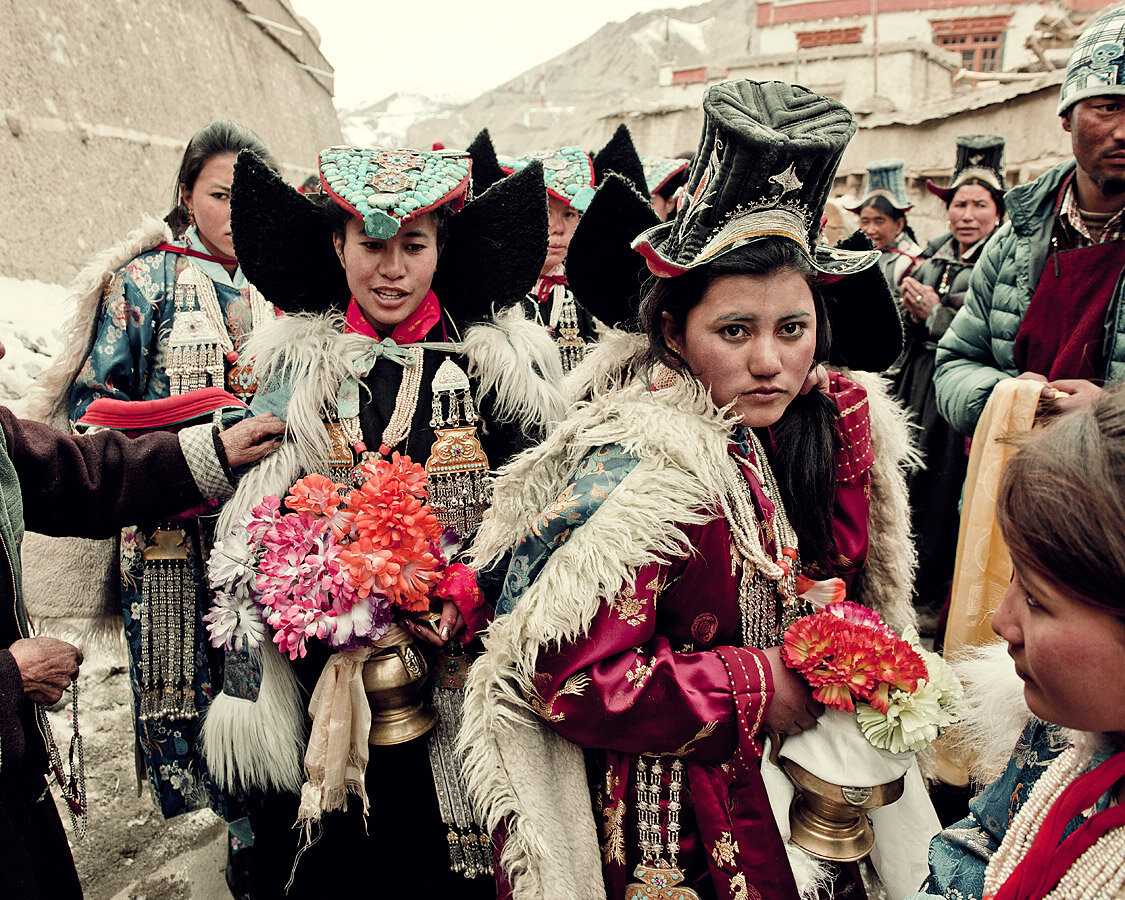

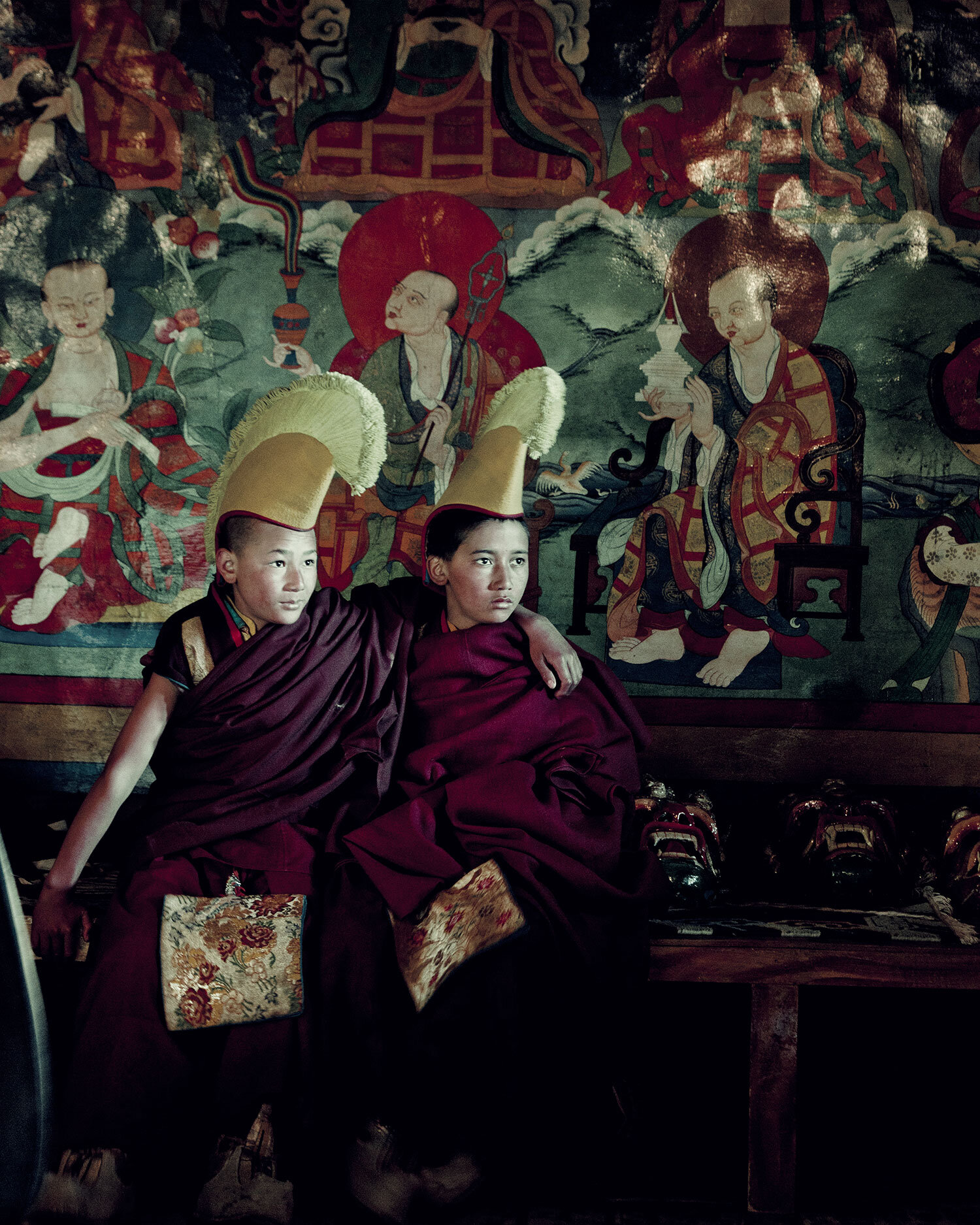

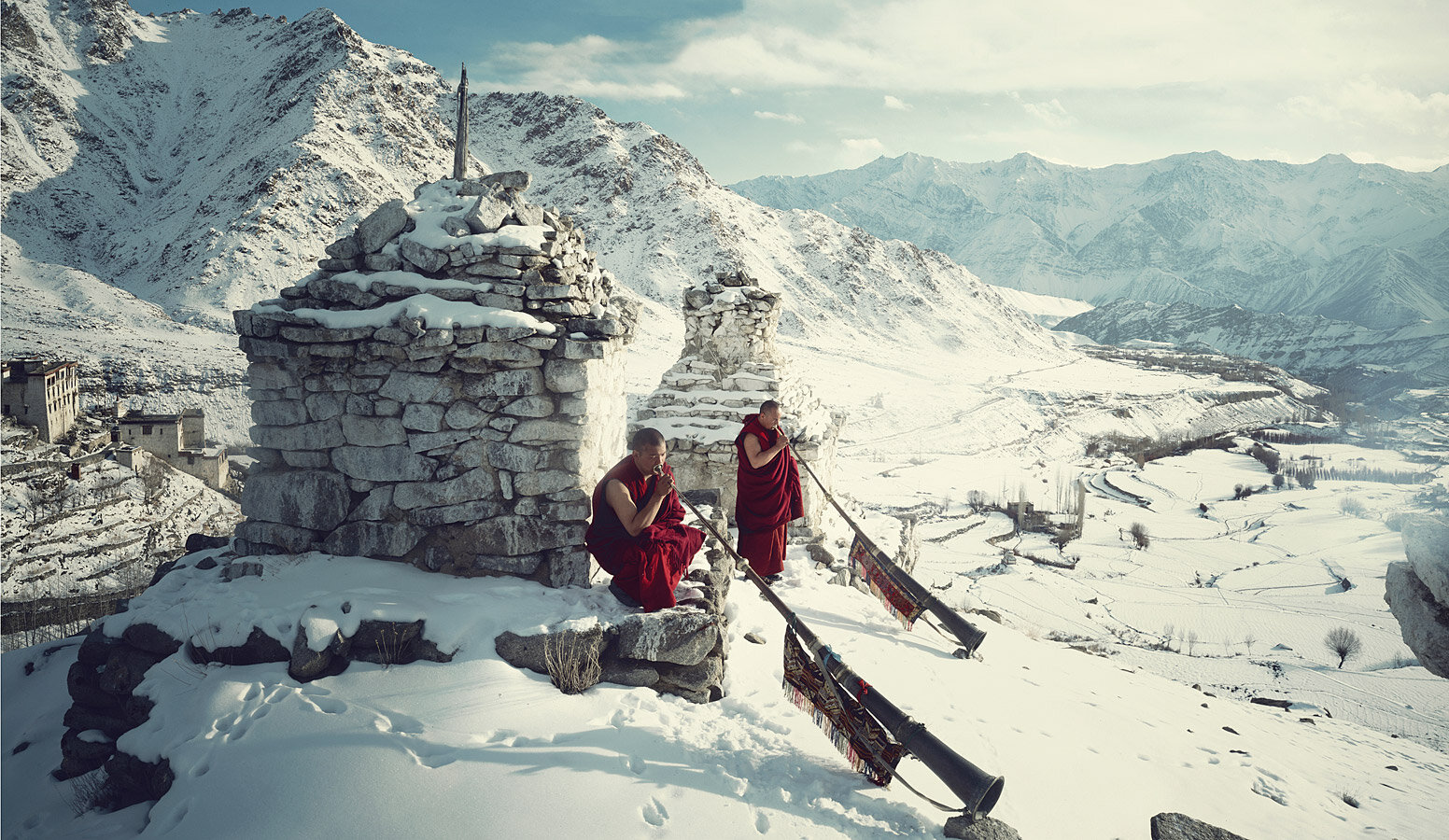
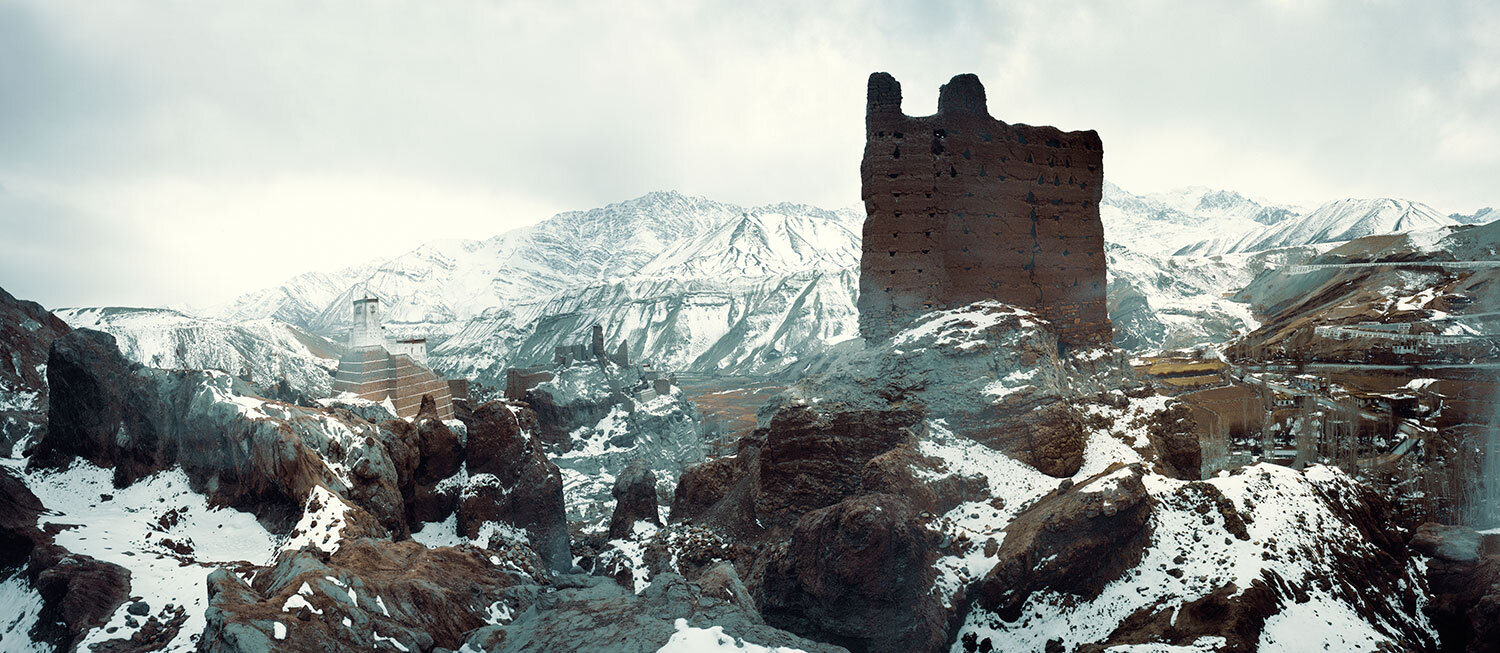


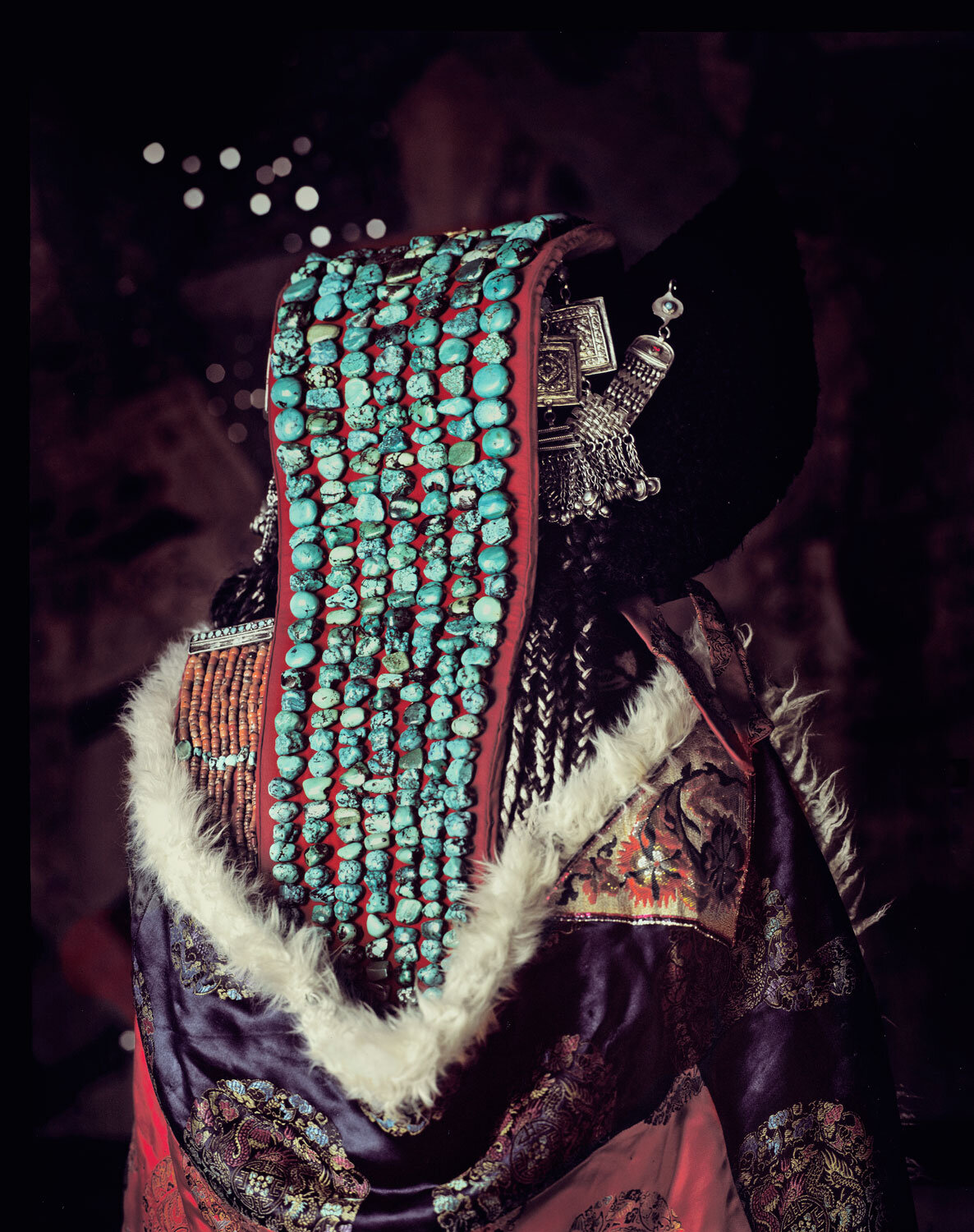
Himba
The Himba are an indigenous group of tall, slender and statuesque herdsmen. Since the 16th century, they have lived in scattered settlements, leading traditional lives, surviving war and droughts. The tribal structure helps them live in one of the most extreme environments on earth. Each member belongs to two clans, through patrilineal and matrilineal connections. Marriages are arranged with to spread wealth. Looks are vital, it tells everything about one’s place within the group and phase of life. The headman, normally a grandfather, is responsible for the rules of the indigenous group.
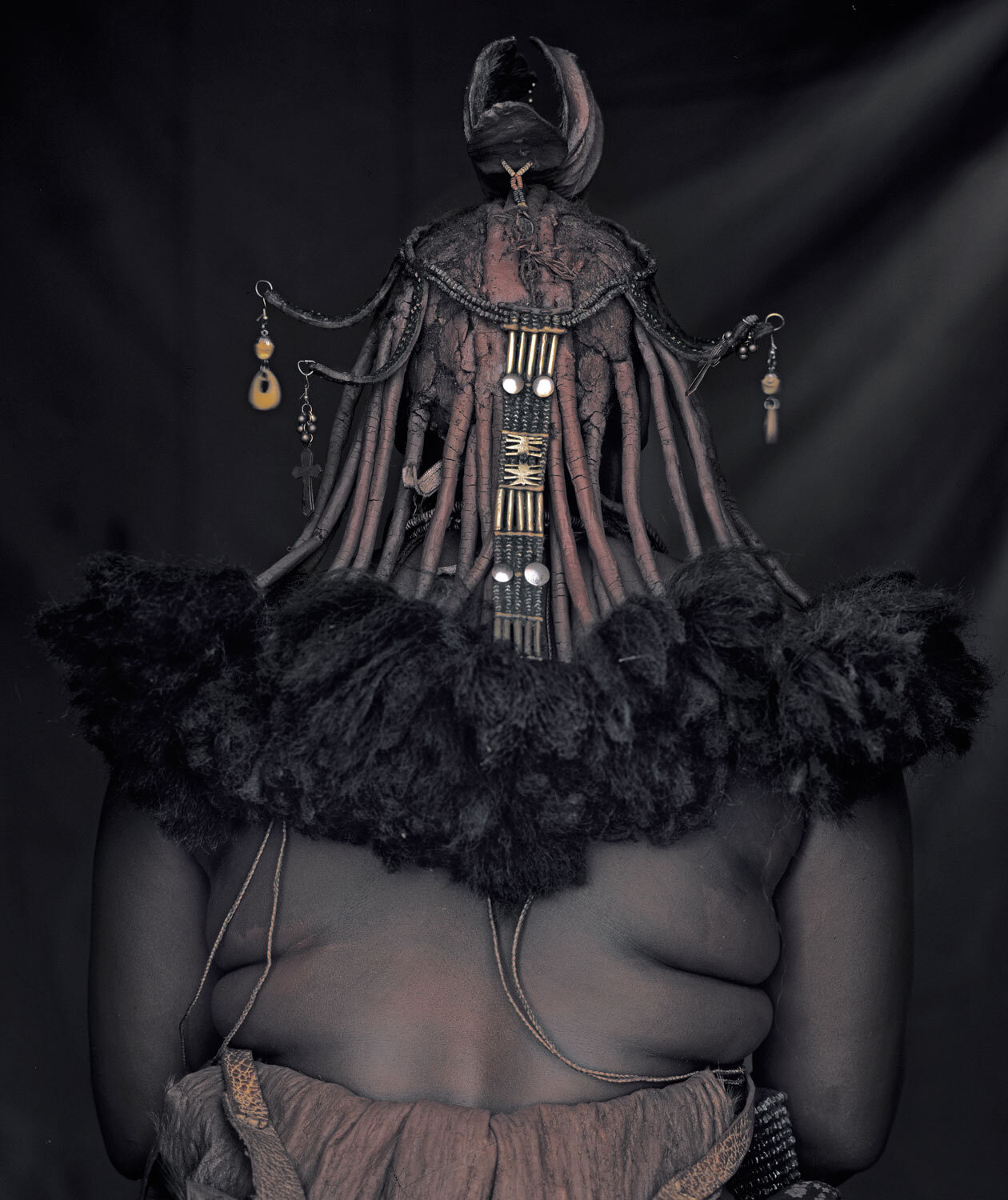

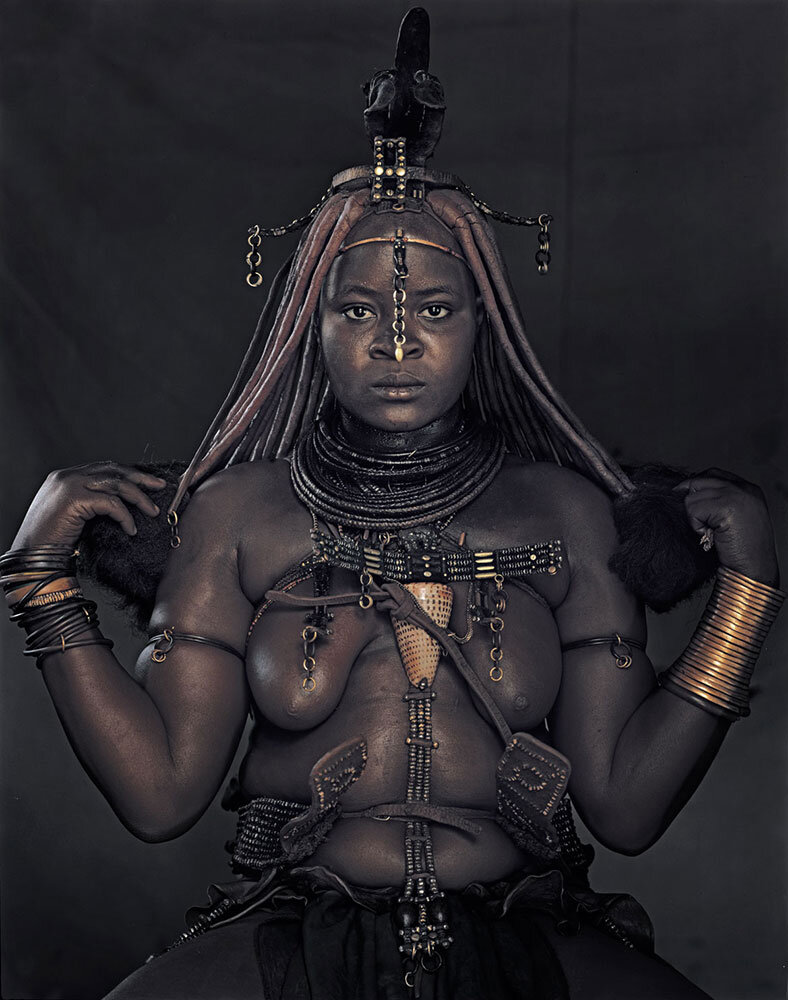
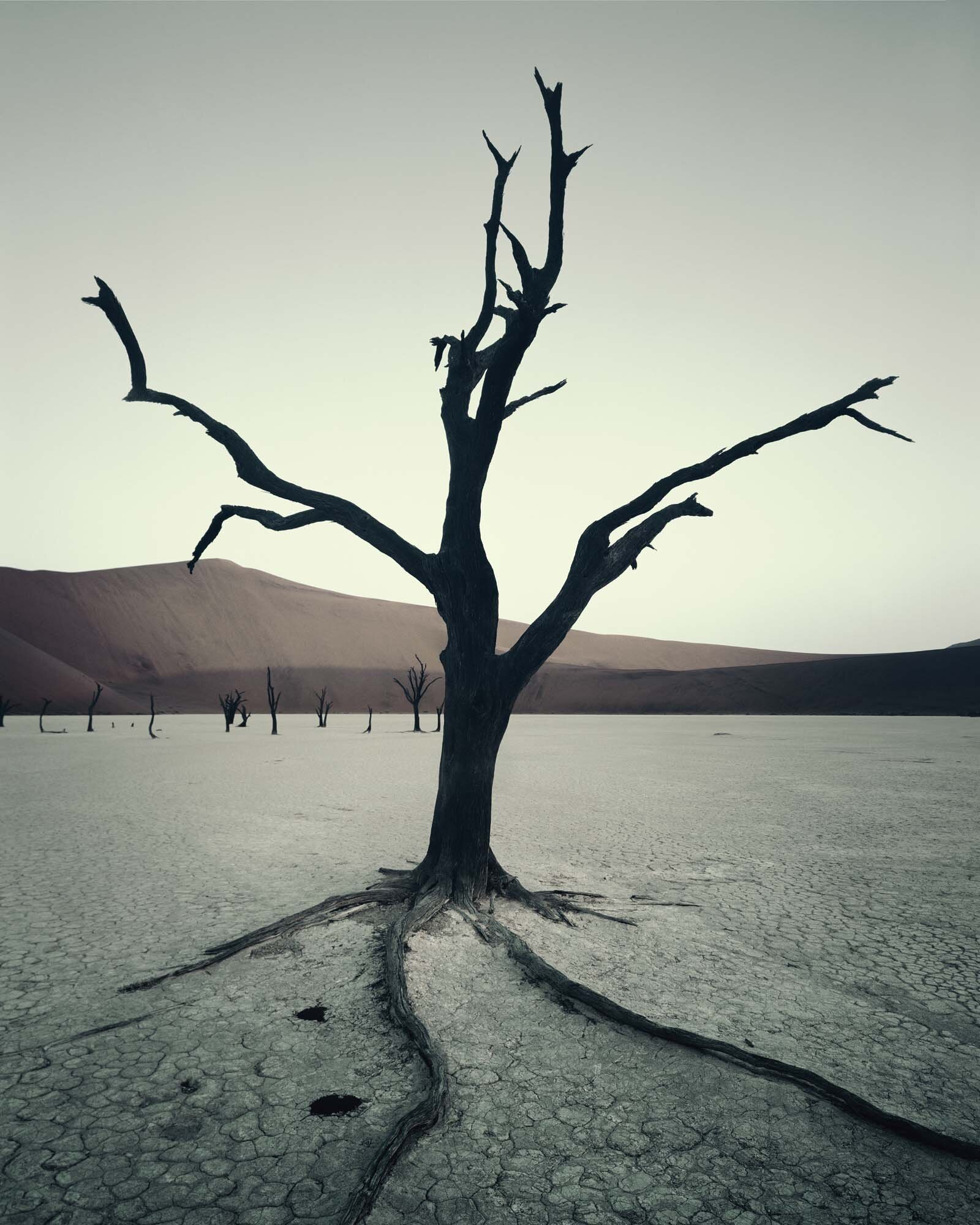
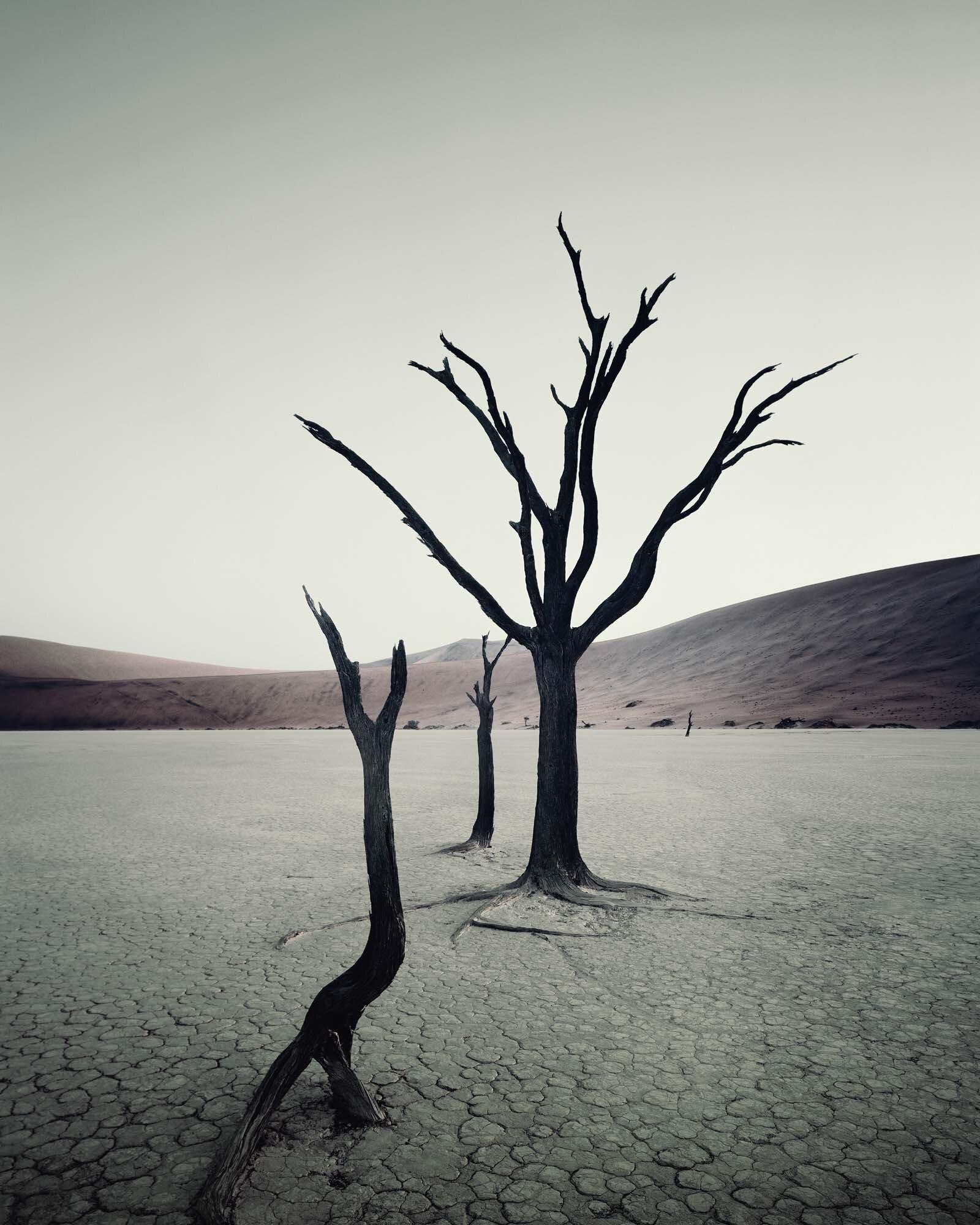
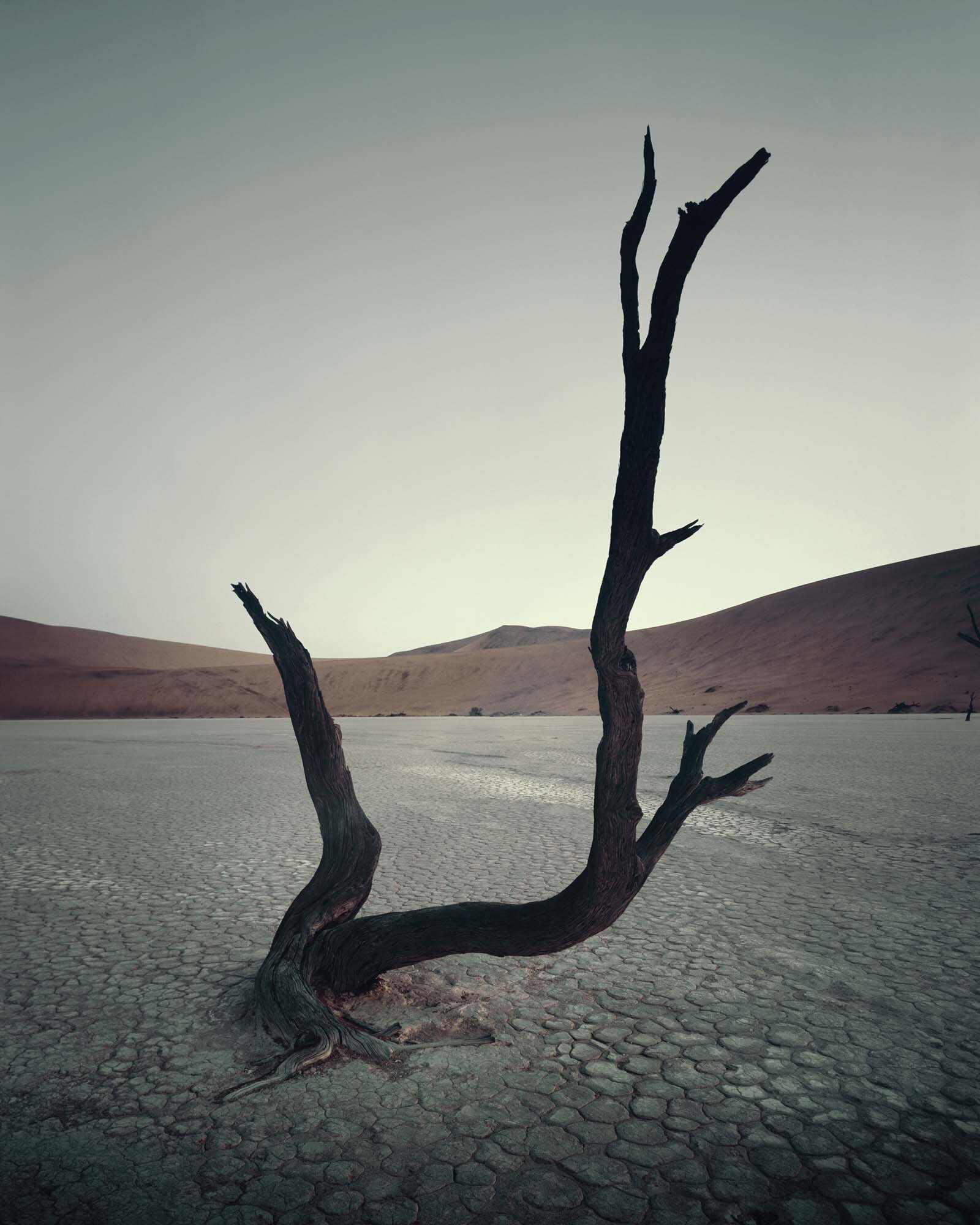
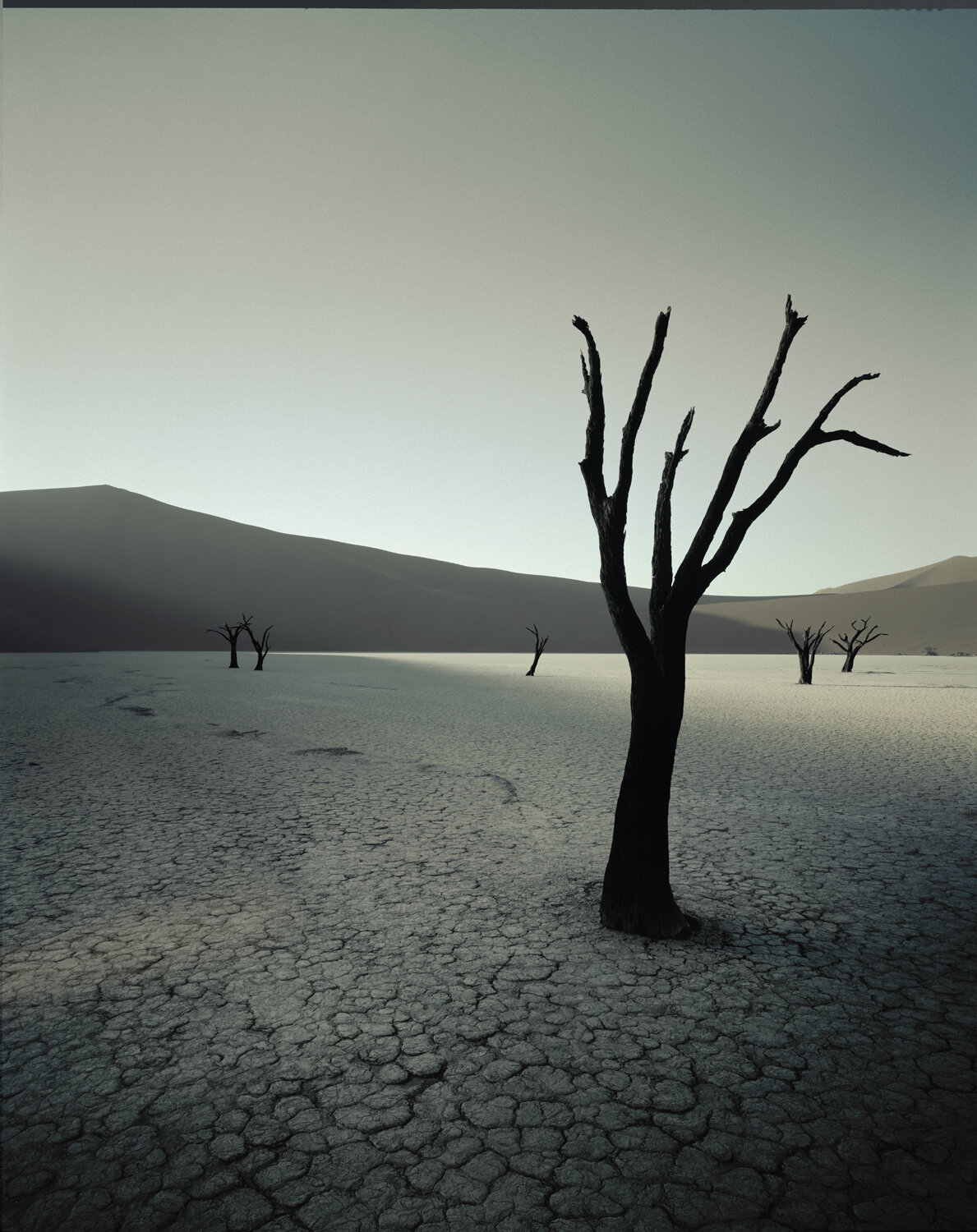
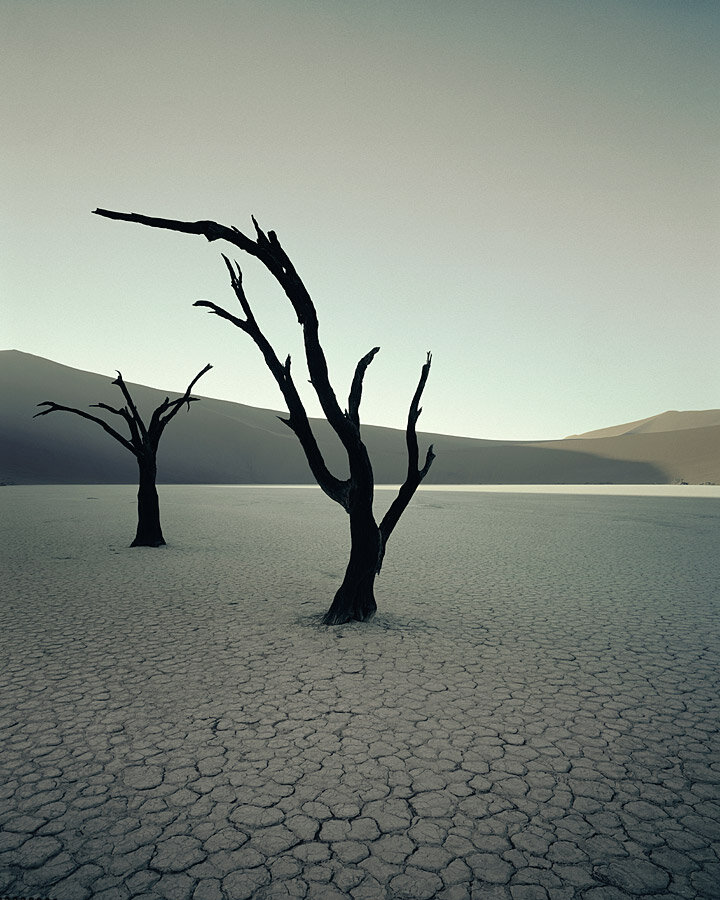
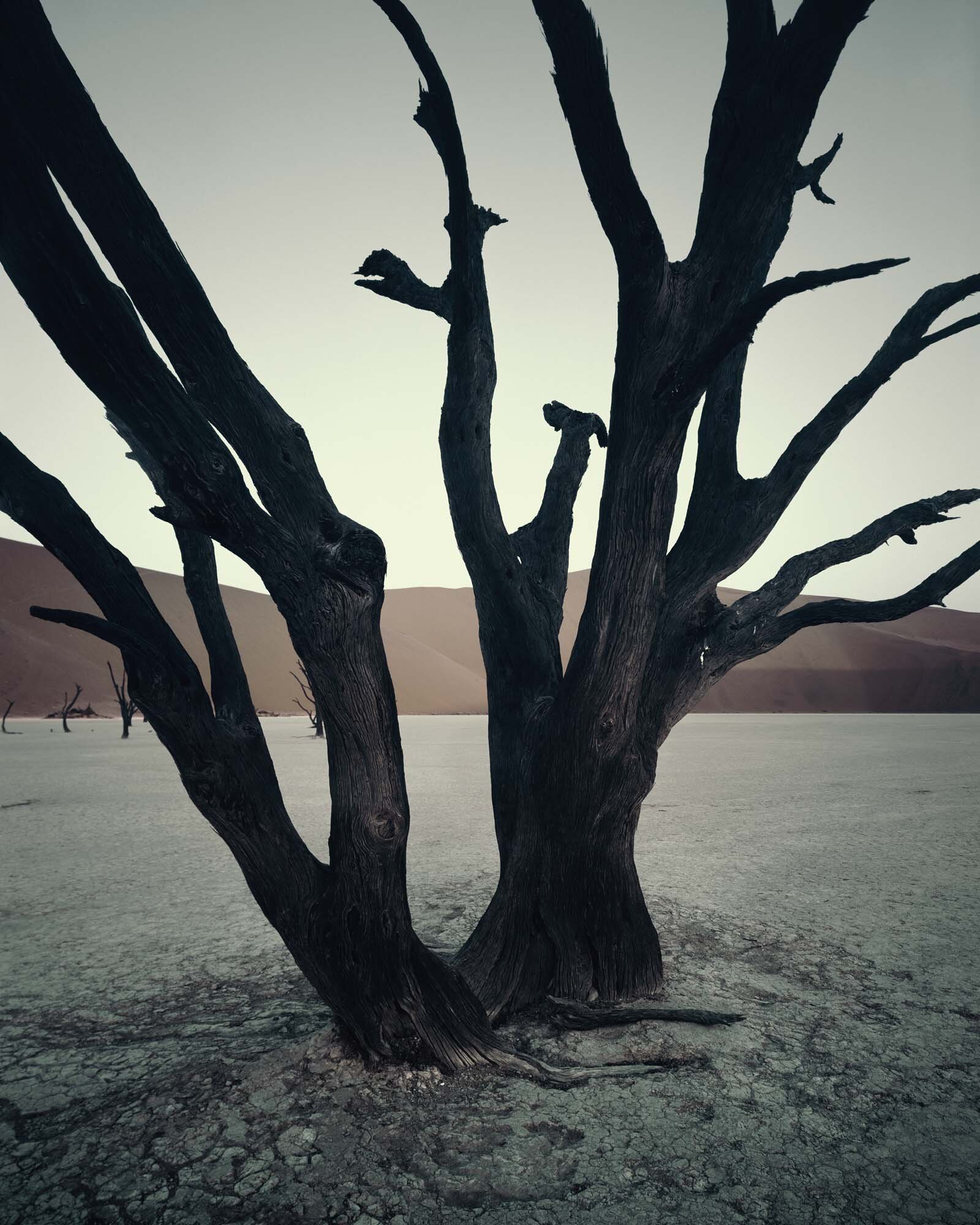
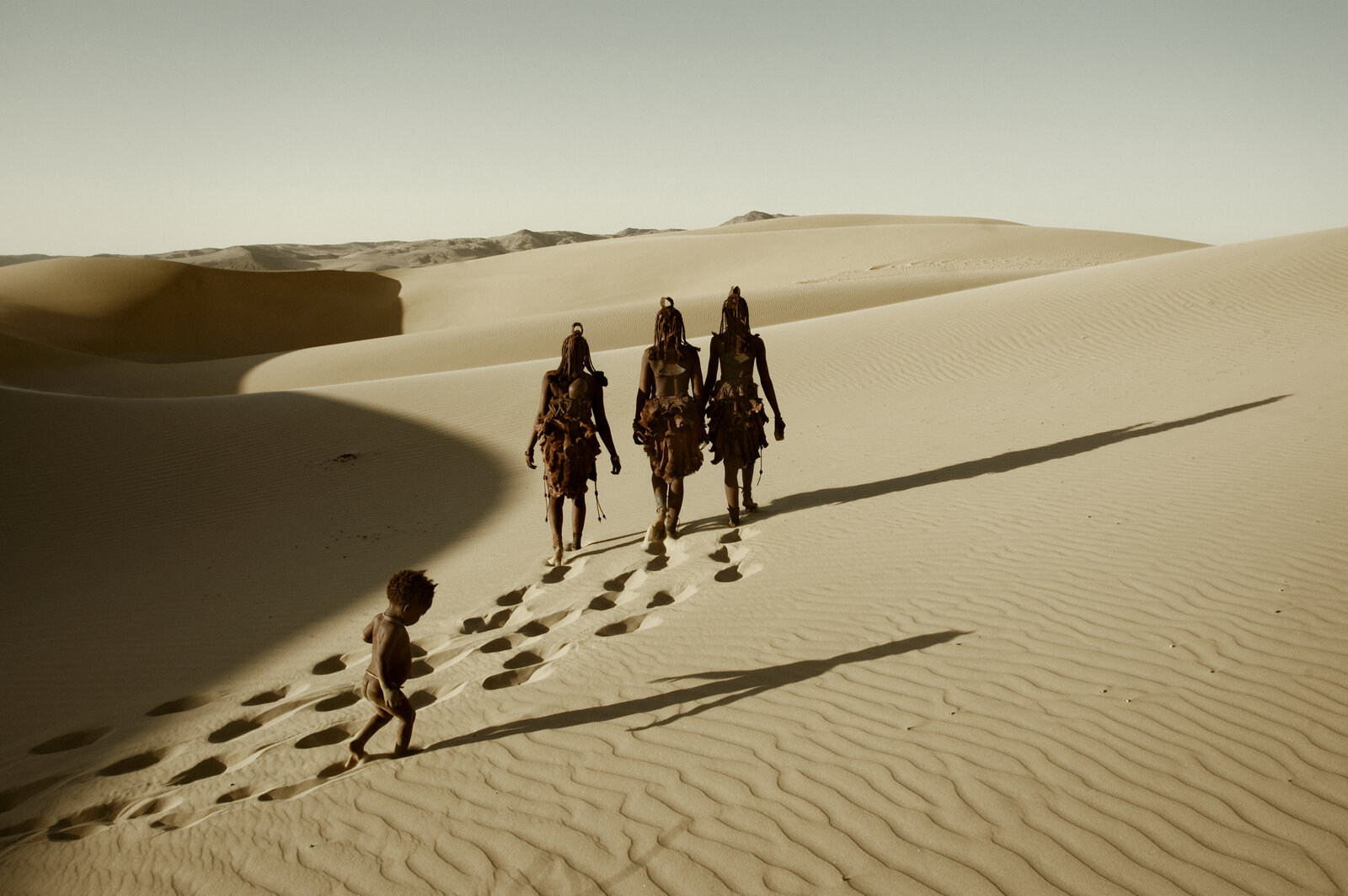
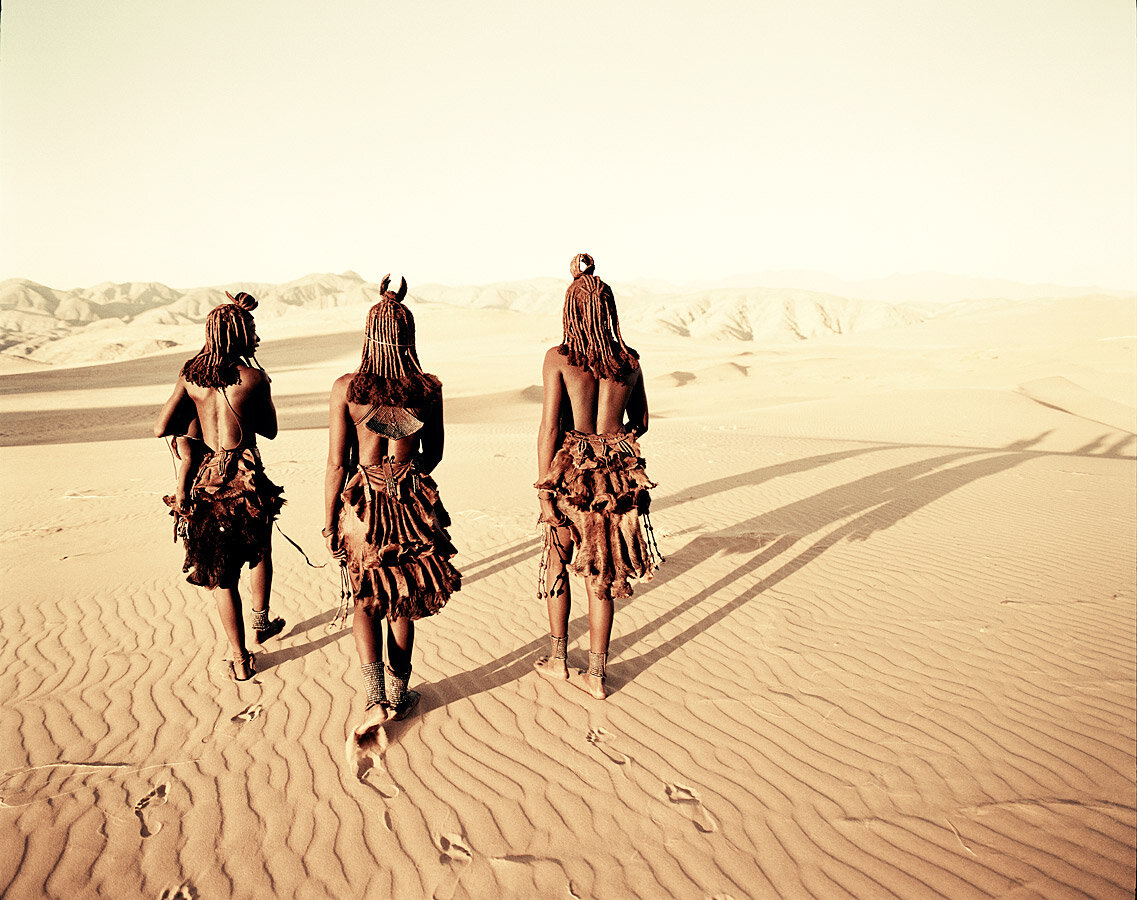
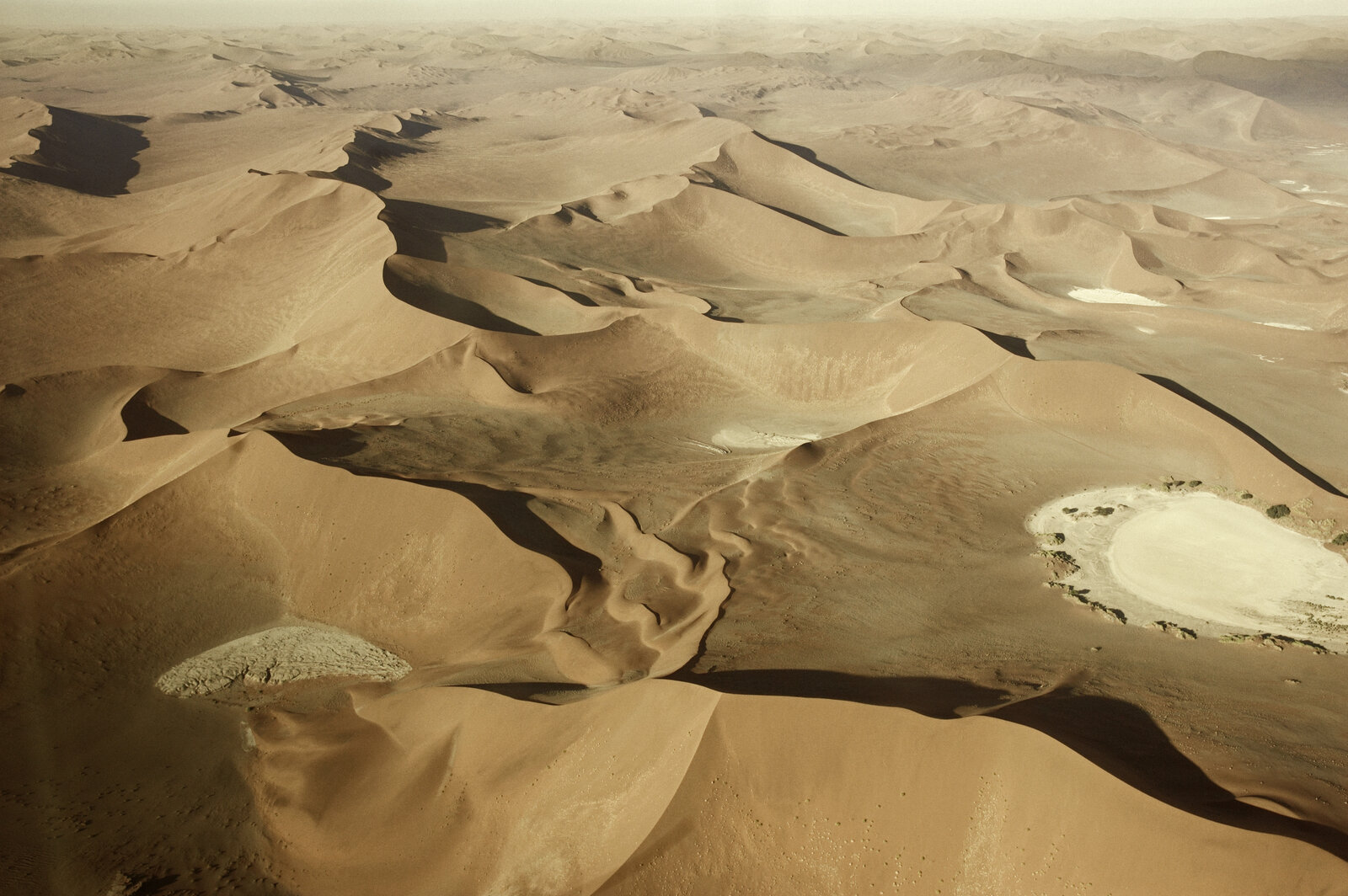

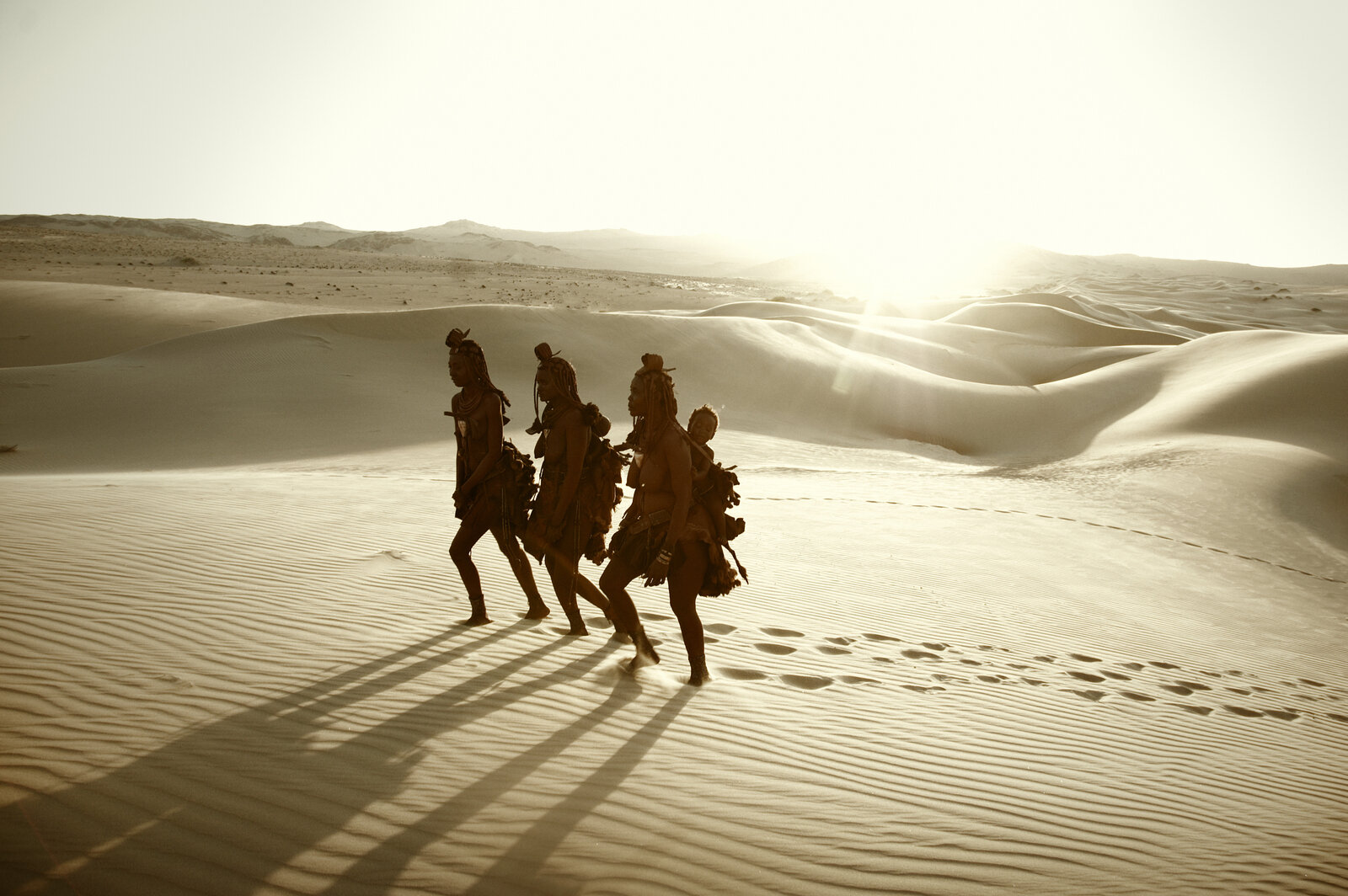
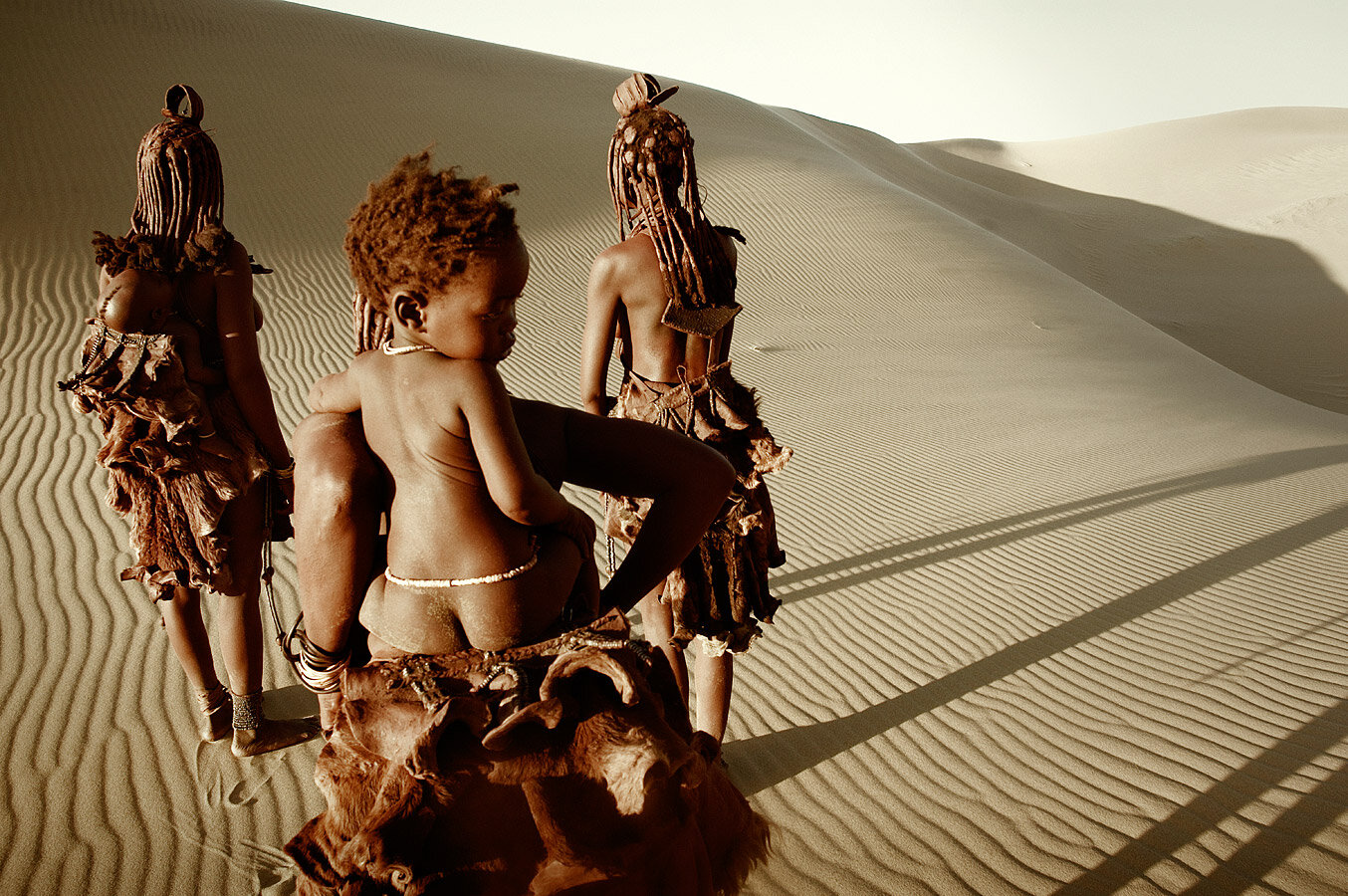
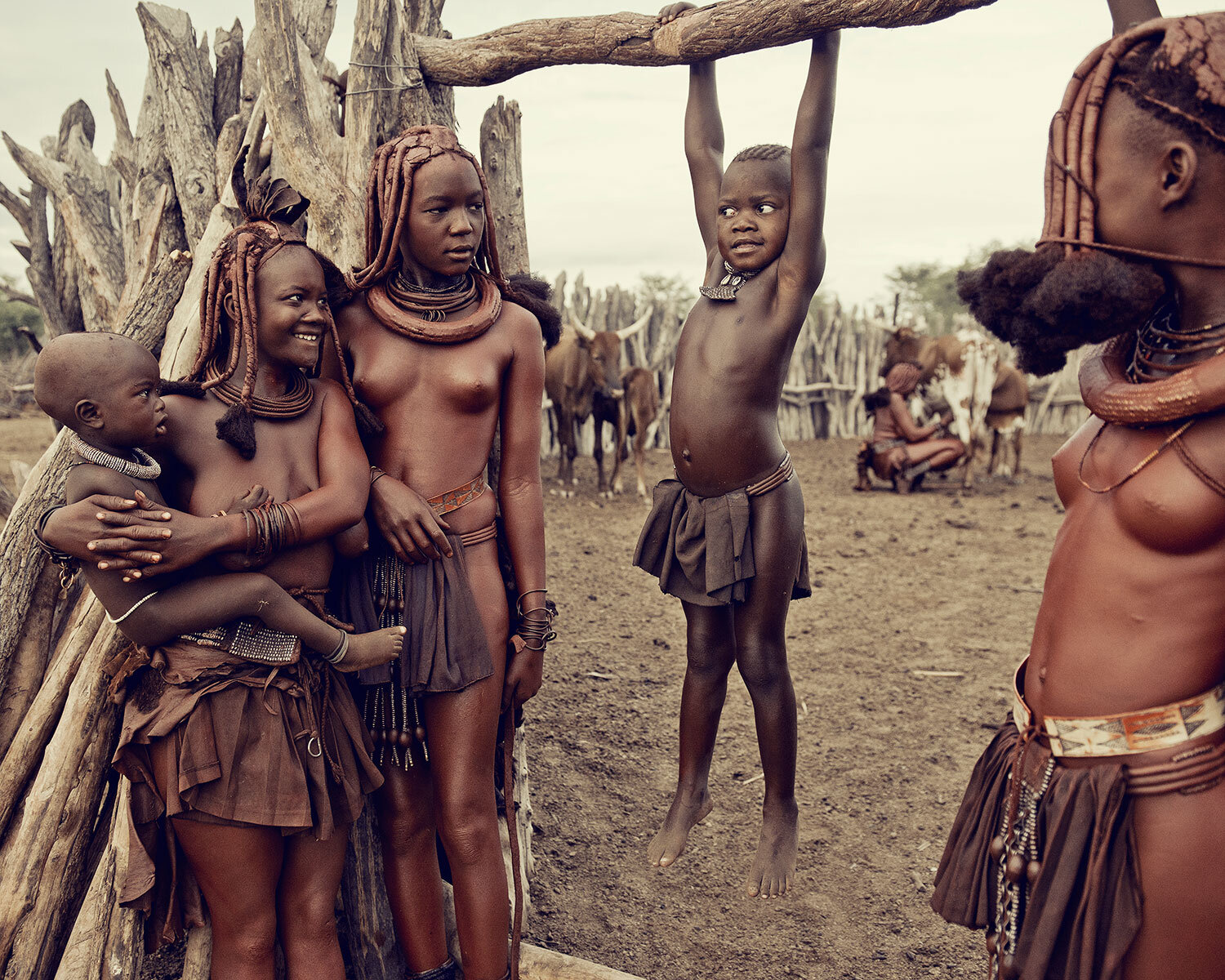
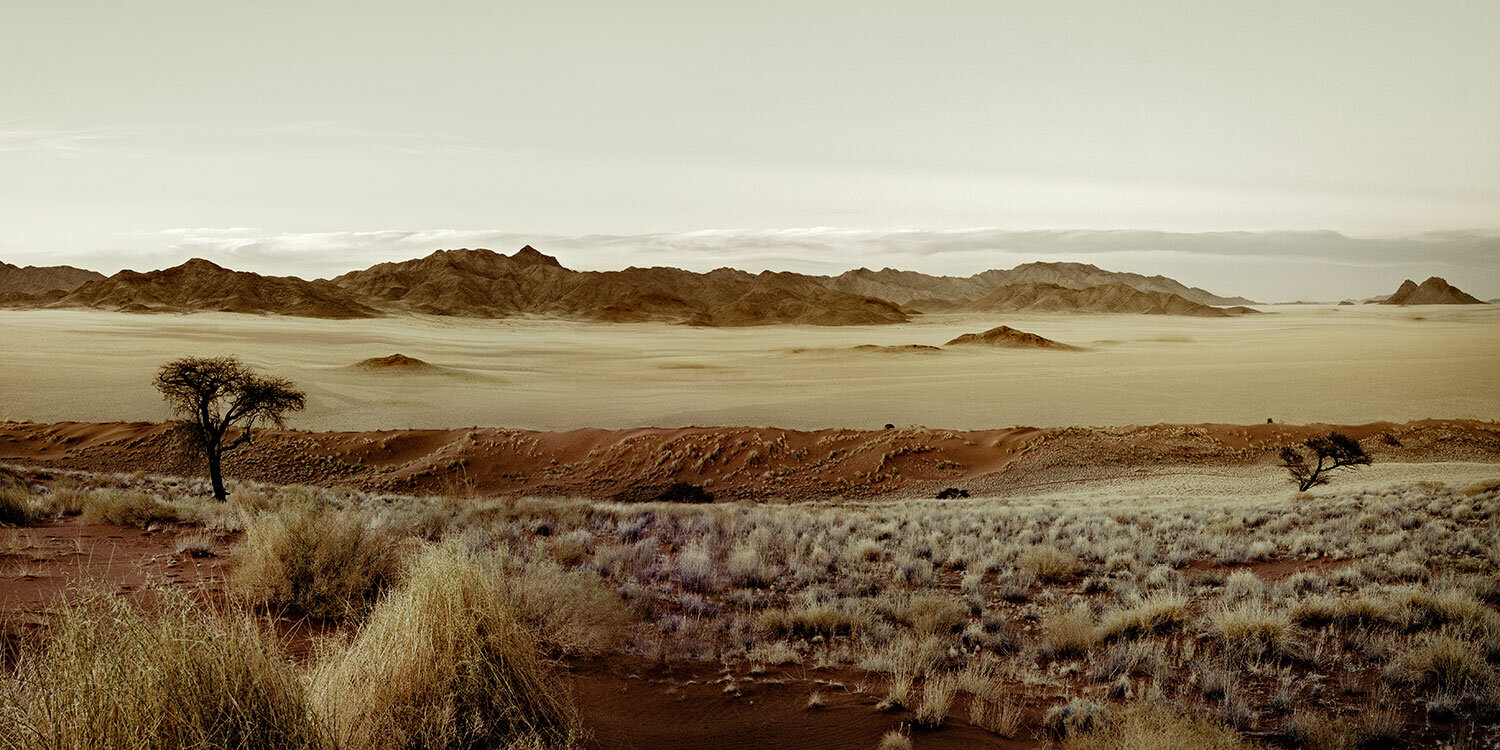
Vanatu
Settlement on the 85 Vanuatu islands dates back to around 500 BC. There is evidence that Melanesian navigators from Papua New Guinea were the first to colonise Vanuatu. Over centuries, other migrations followed. Nowadays, all the inhabited islands have their own languages, customs and traditions. Many Vanuatu believe that wealth can be obtained through ceremonies. Dance is an important part of their culture; many villages have dancing grounds called Nasara. A significant traditional event is the Toka festival on Tanna Island, a symbol of alliance and friendship between different indigenous groups.
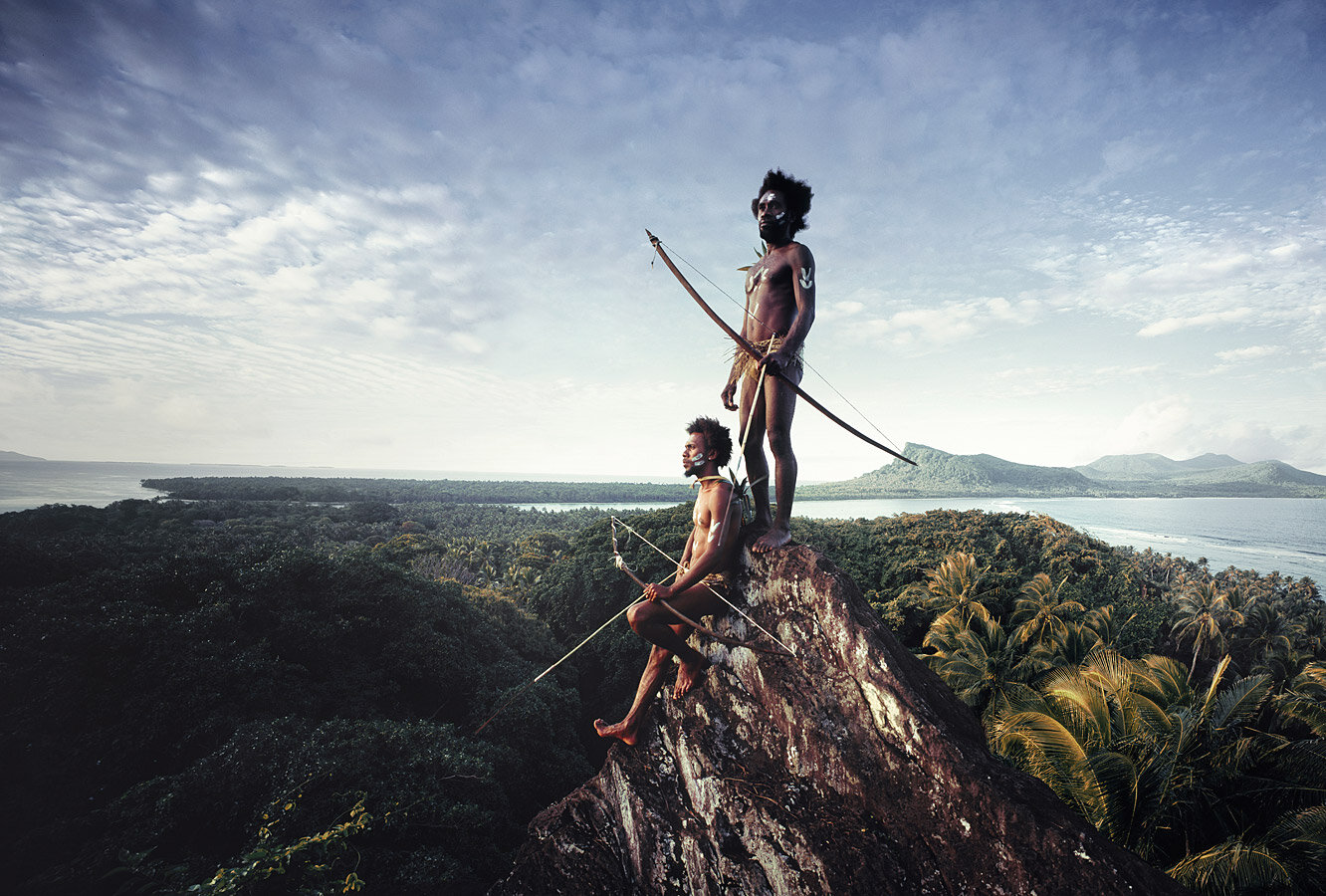
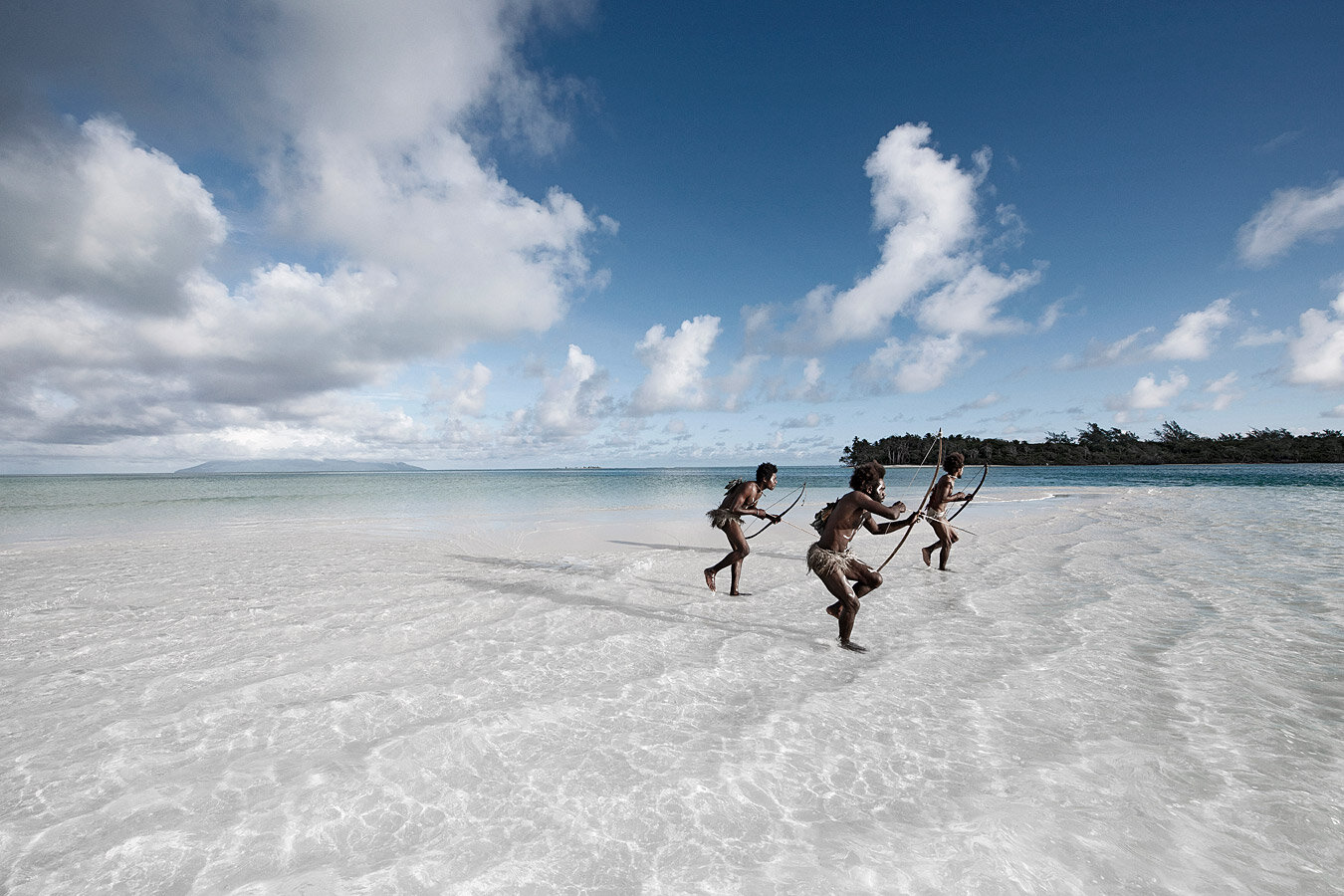
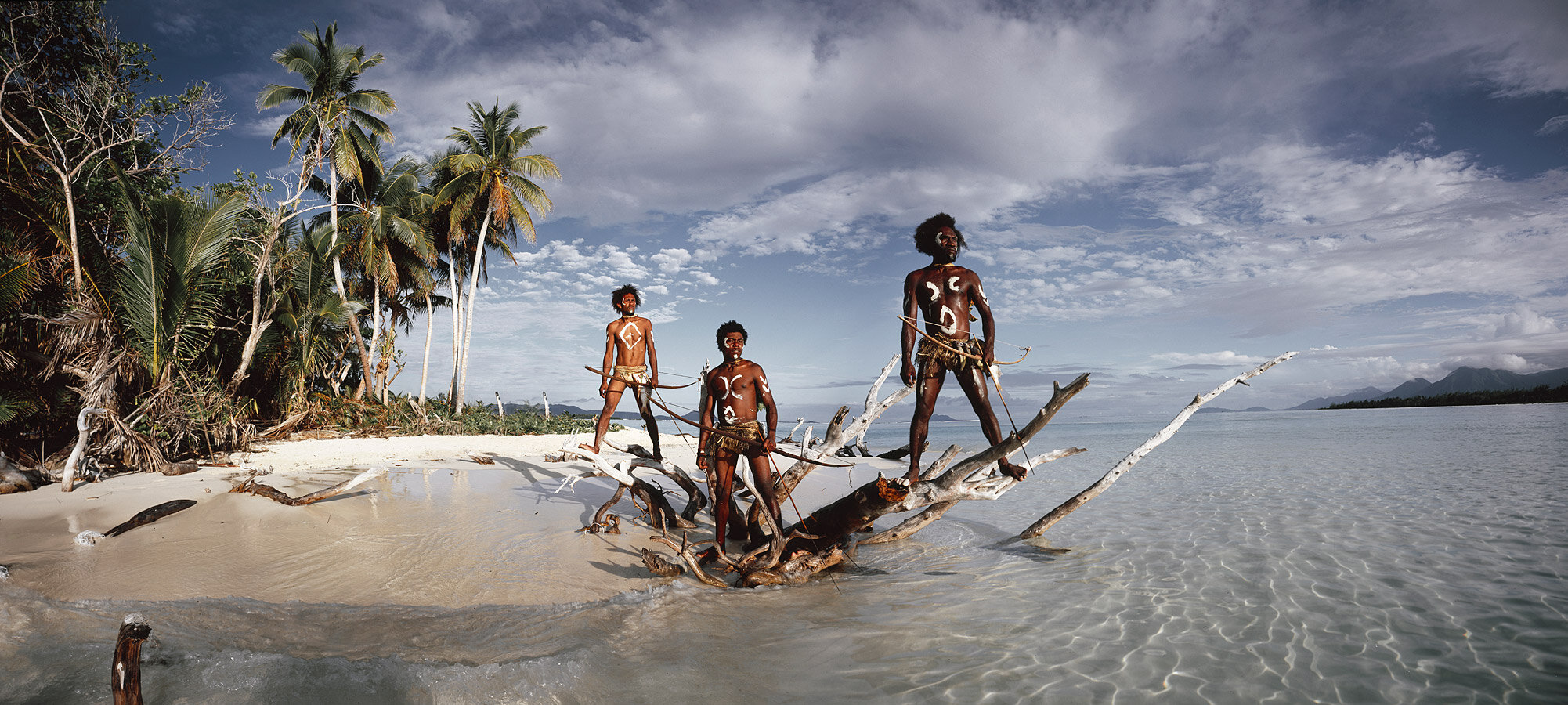

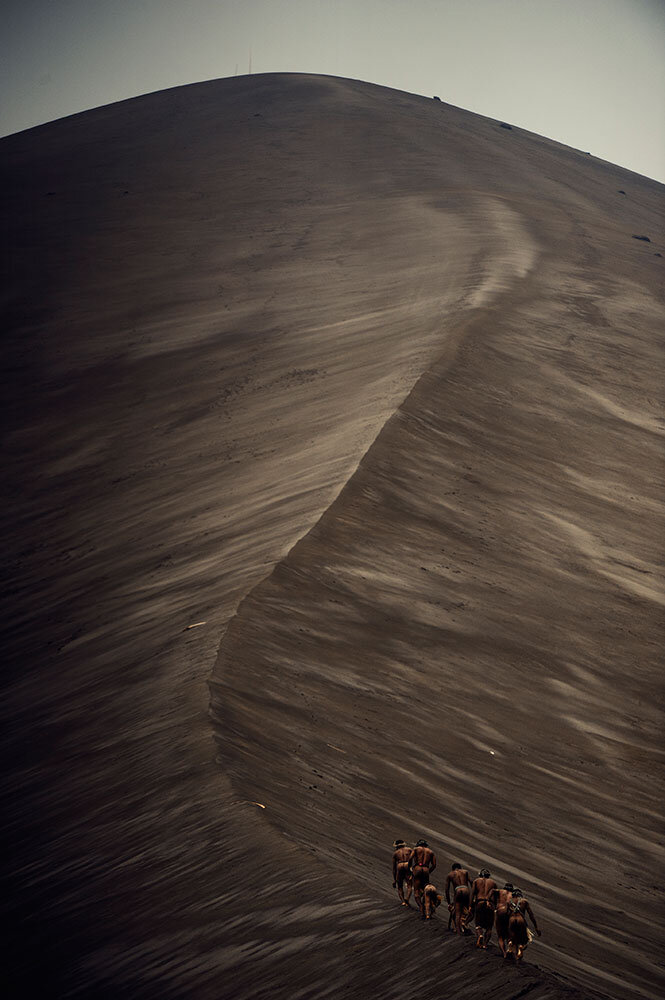
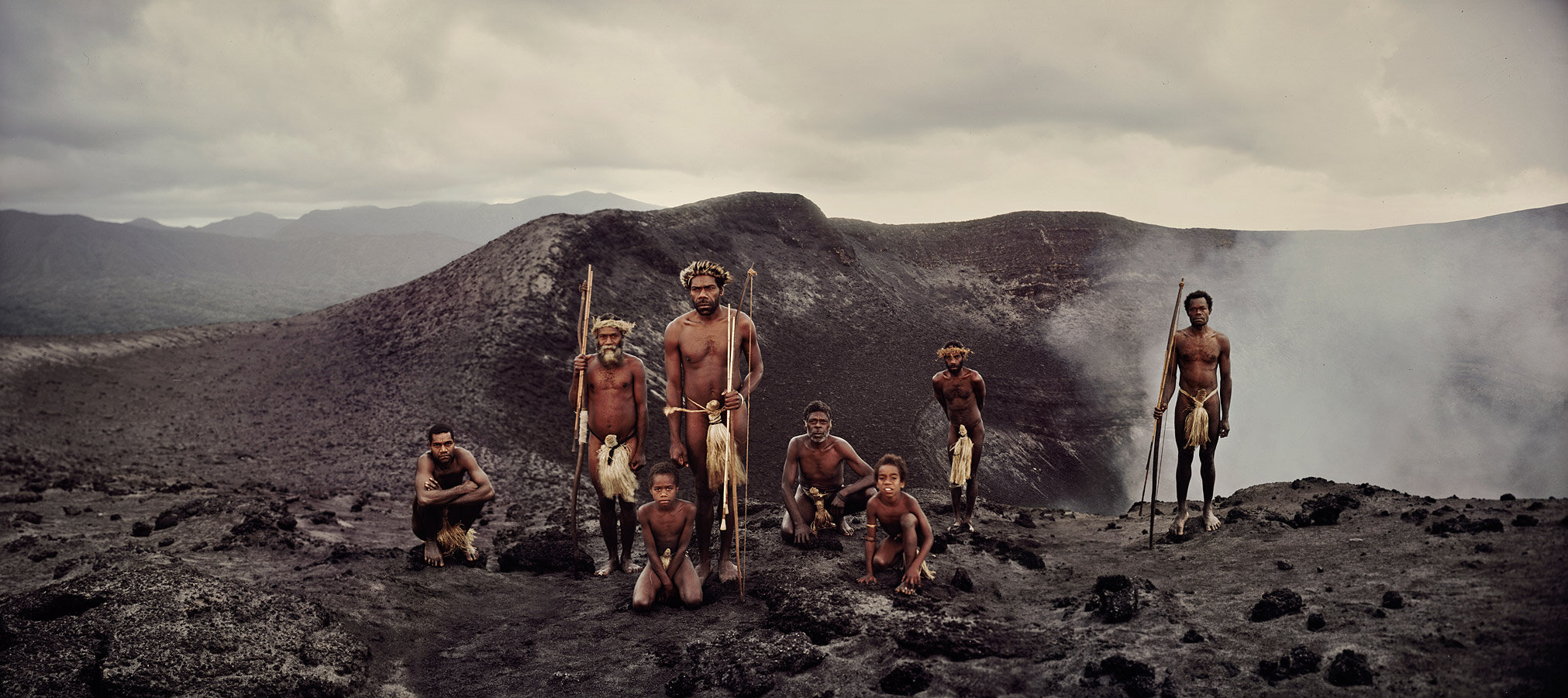
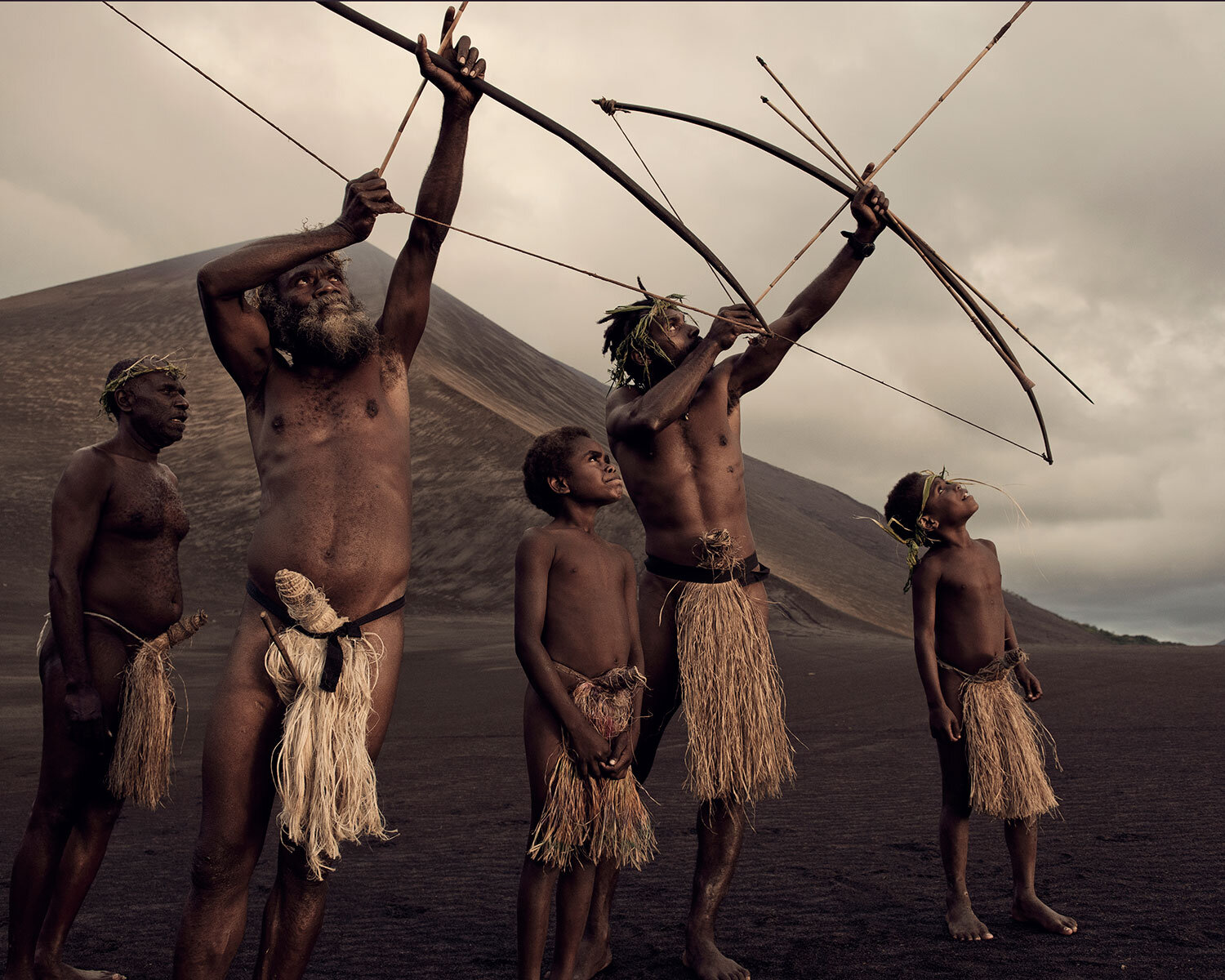
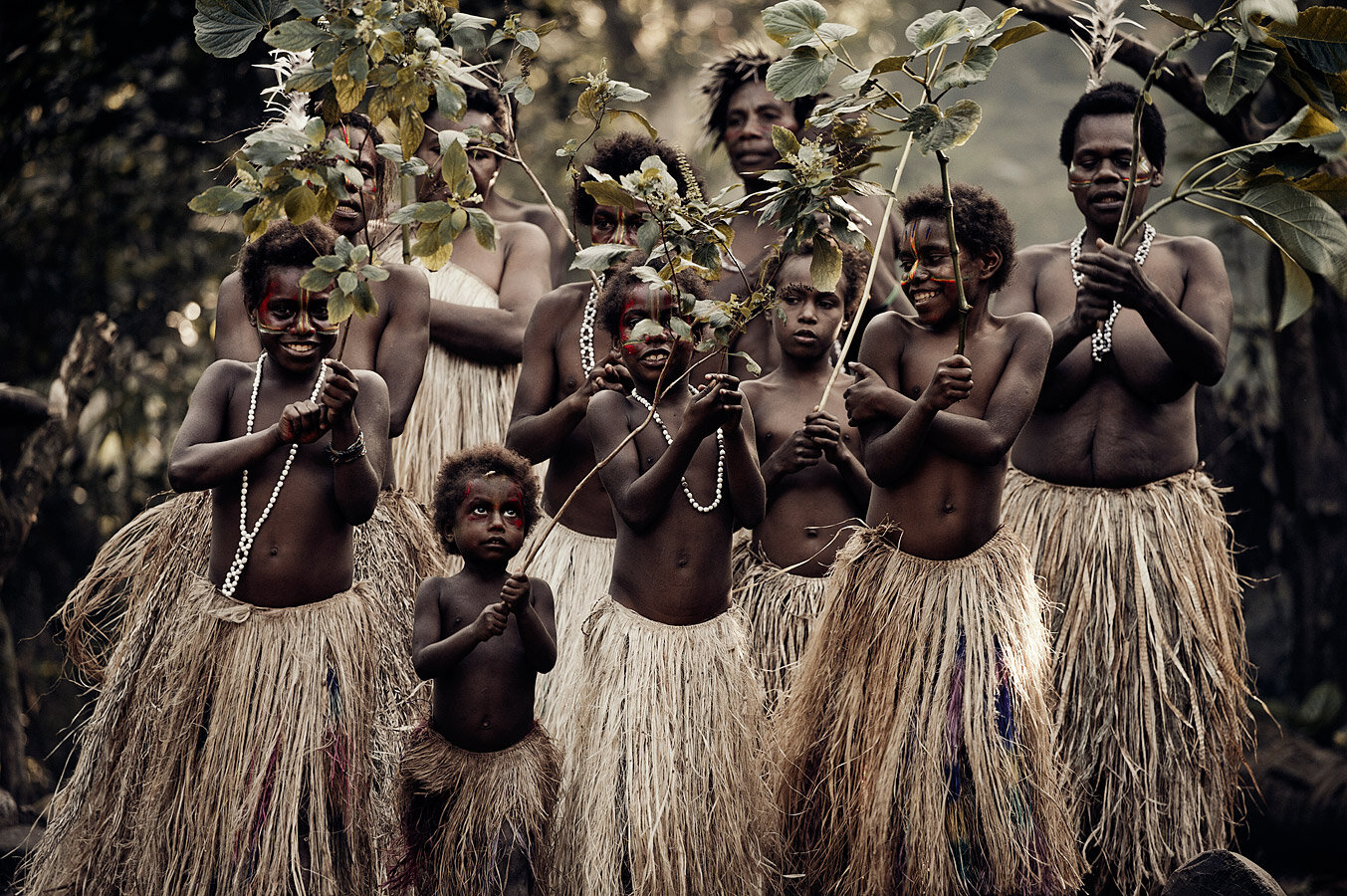
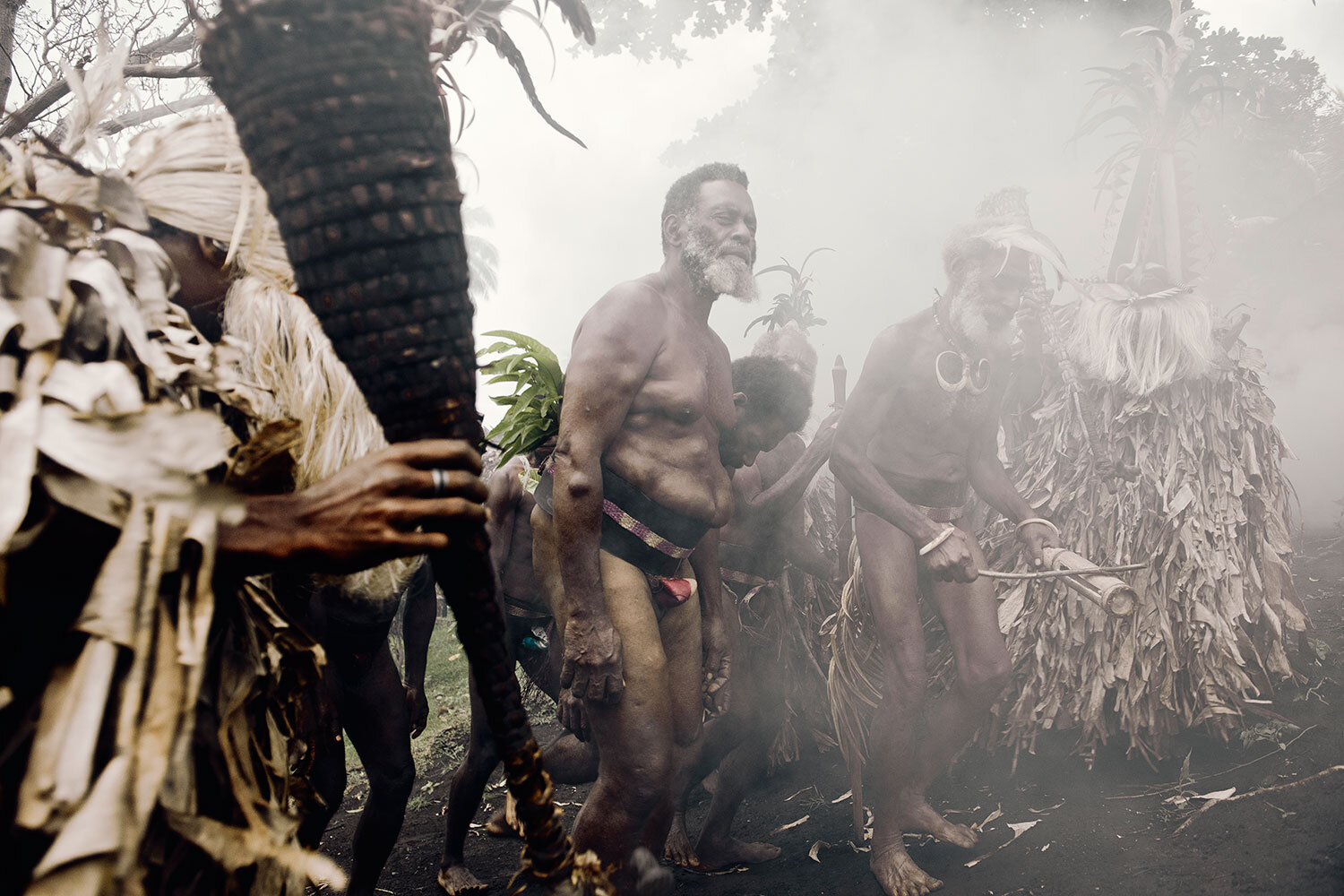
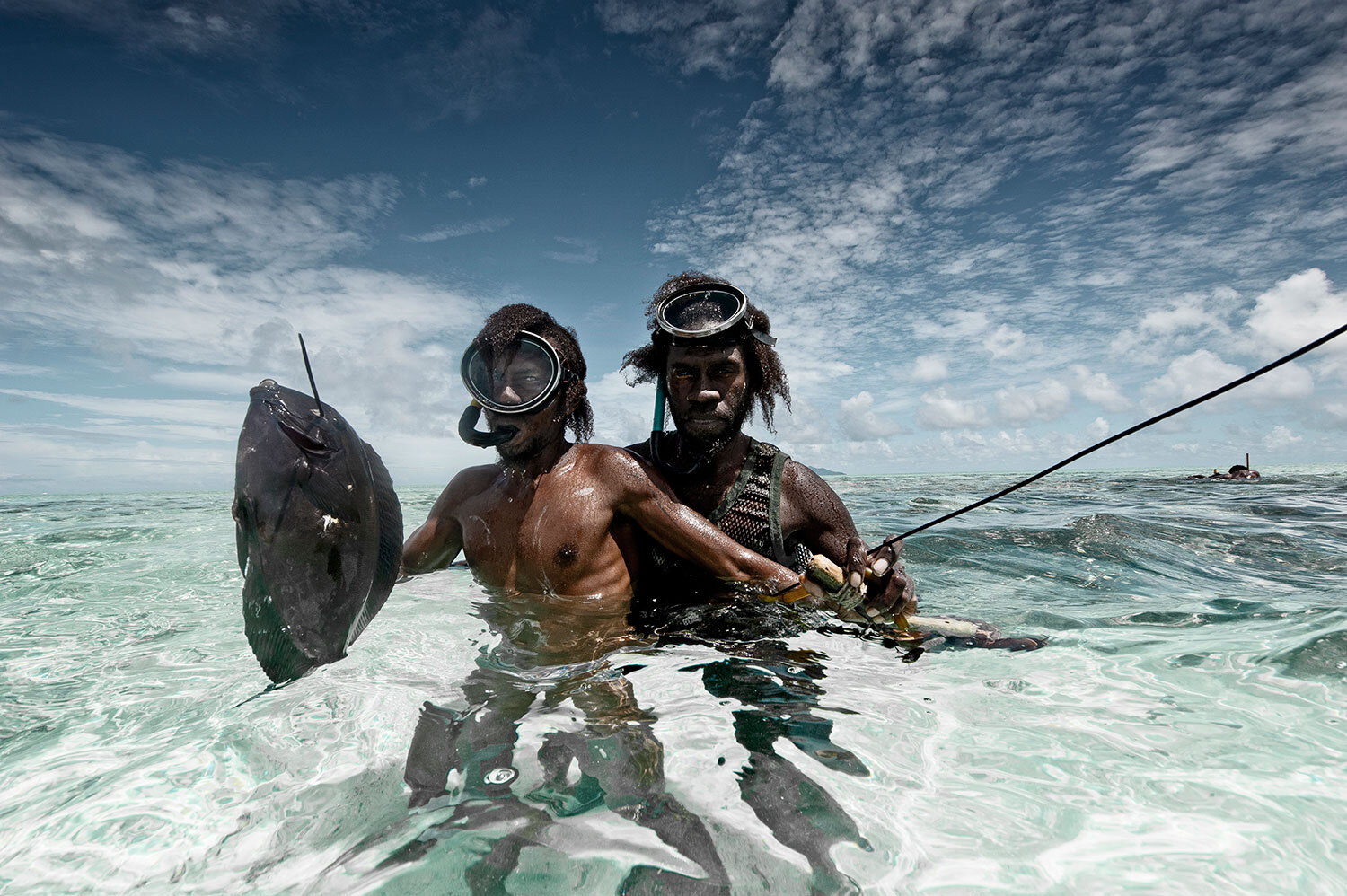
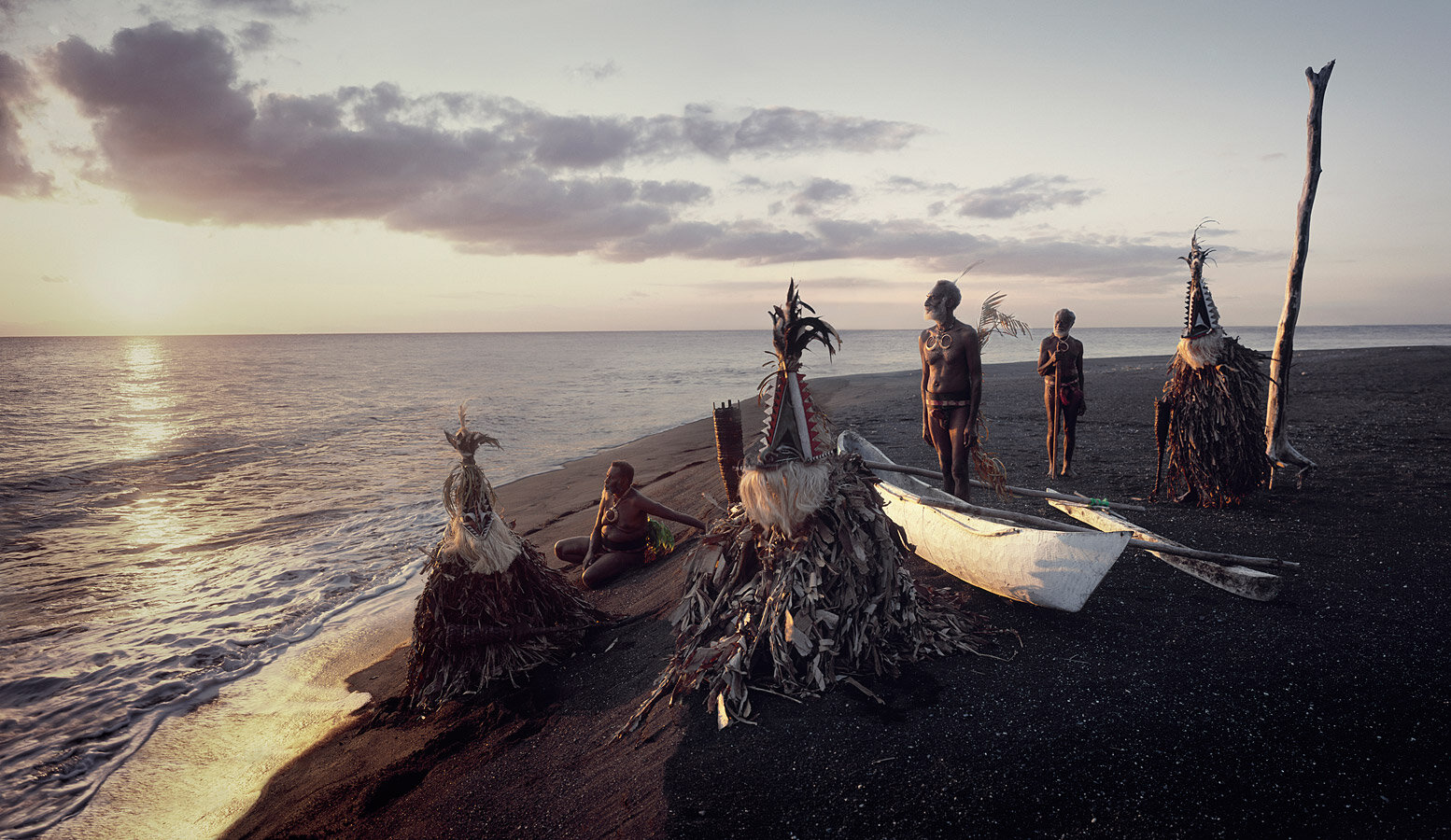
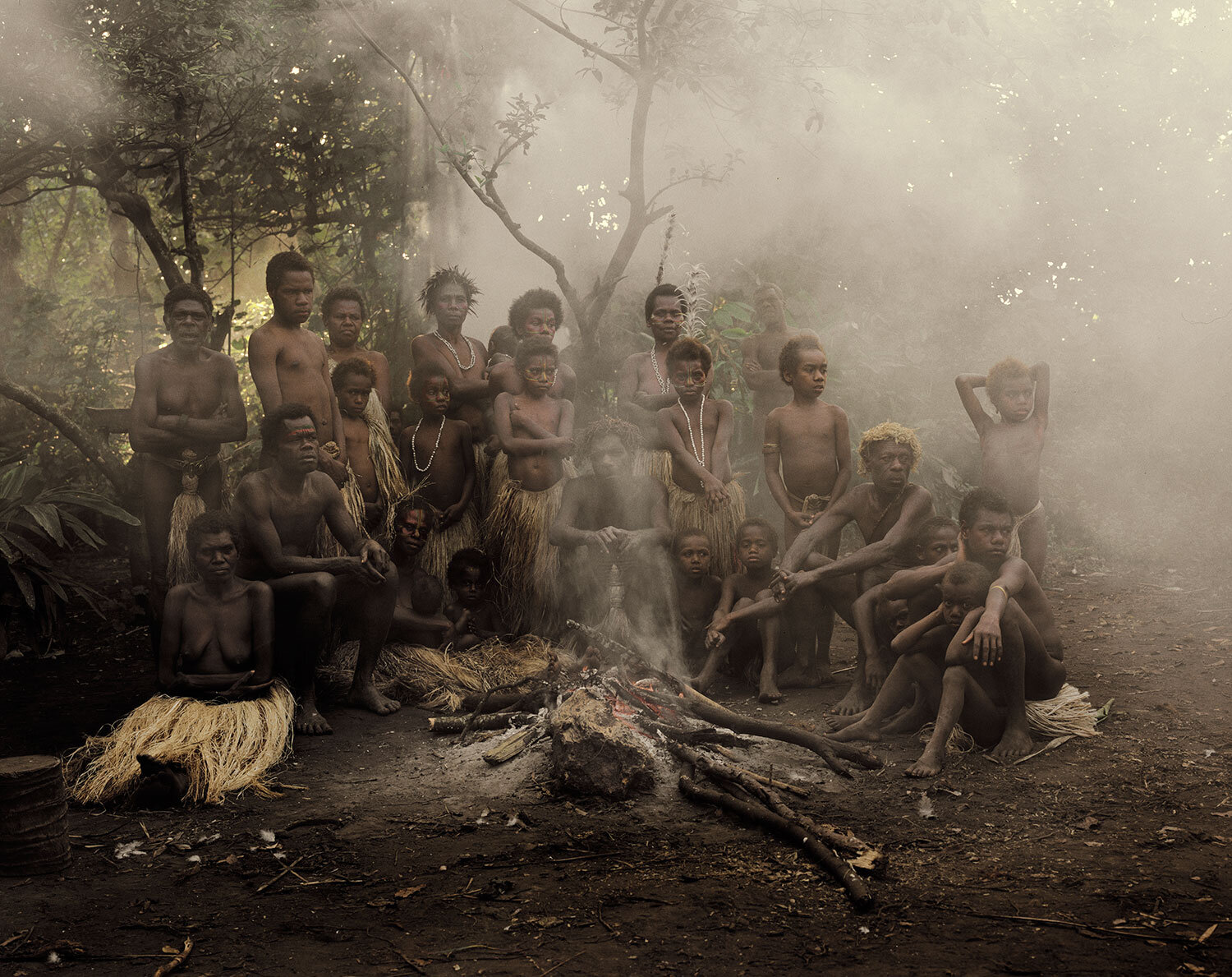
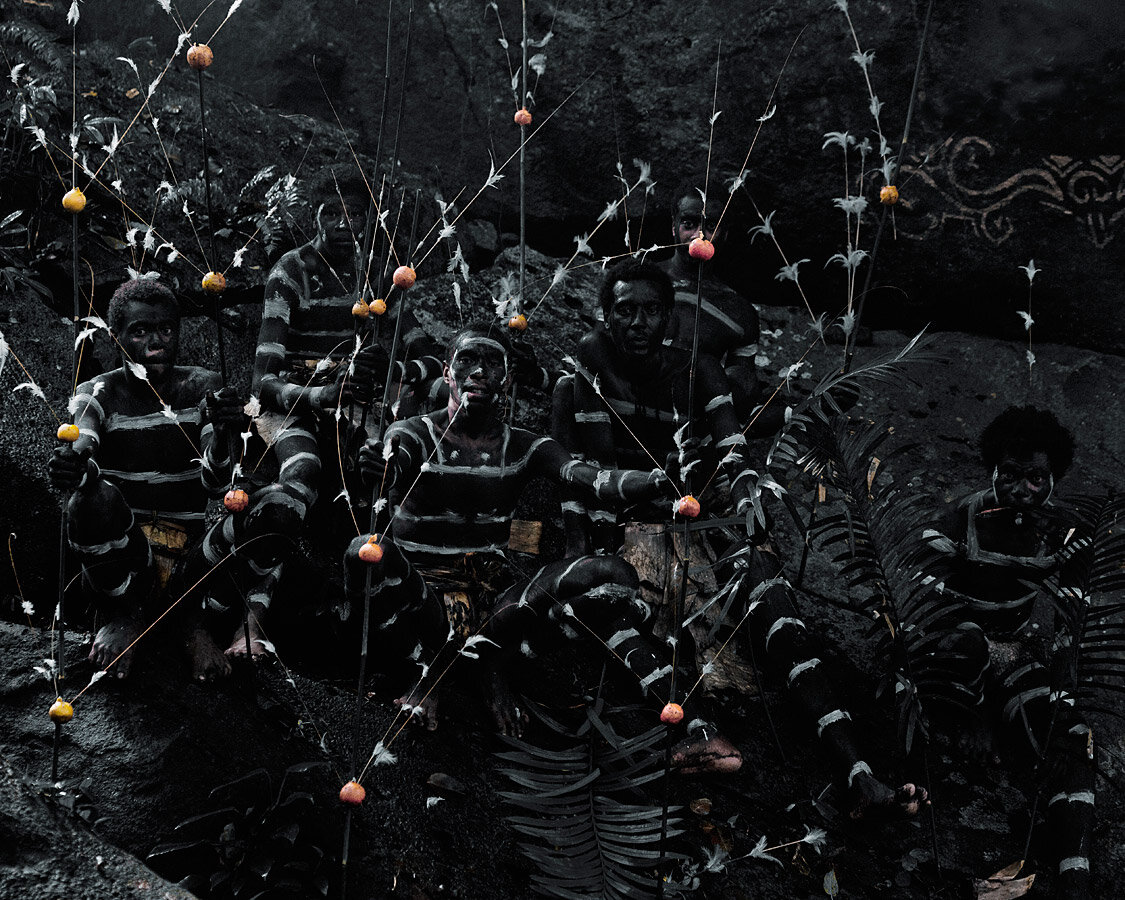

Iatmul
More than 300 languages are spoken among the various communities along the Sepik River. Their different heritage, rituals and historical backgrounds distinguish these groups, but one factor connects them all: their life revolves around the river. This area of Papua New Guinea is one of the least affected by outside influences. Around 430,000 people live here, relying on whatever the river and the forest provides. The Iatmuls form one of the largest cultural groups around the Sepik, with around 10,000 people in some 25 villages. They are known for their decorative wood carvings, ancient spirit houses and ritualistic crocodile inspired scarification.
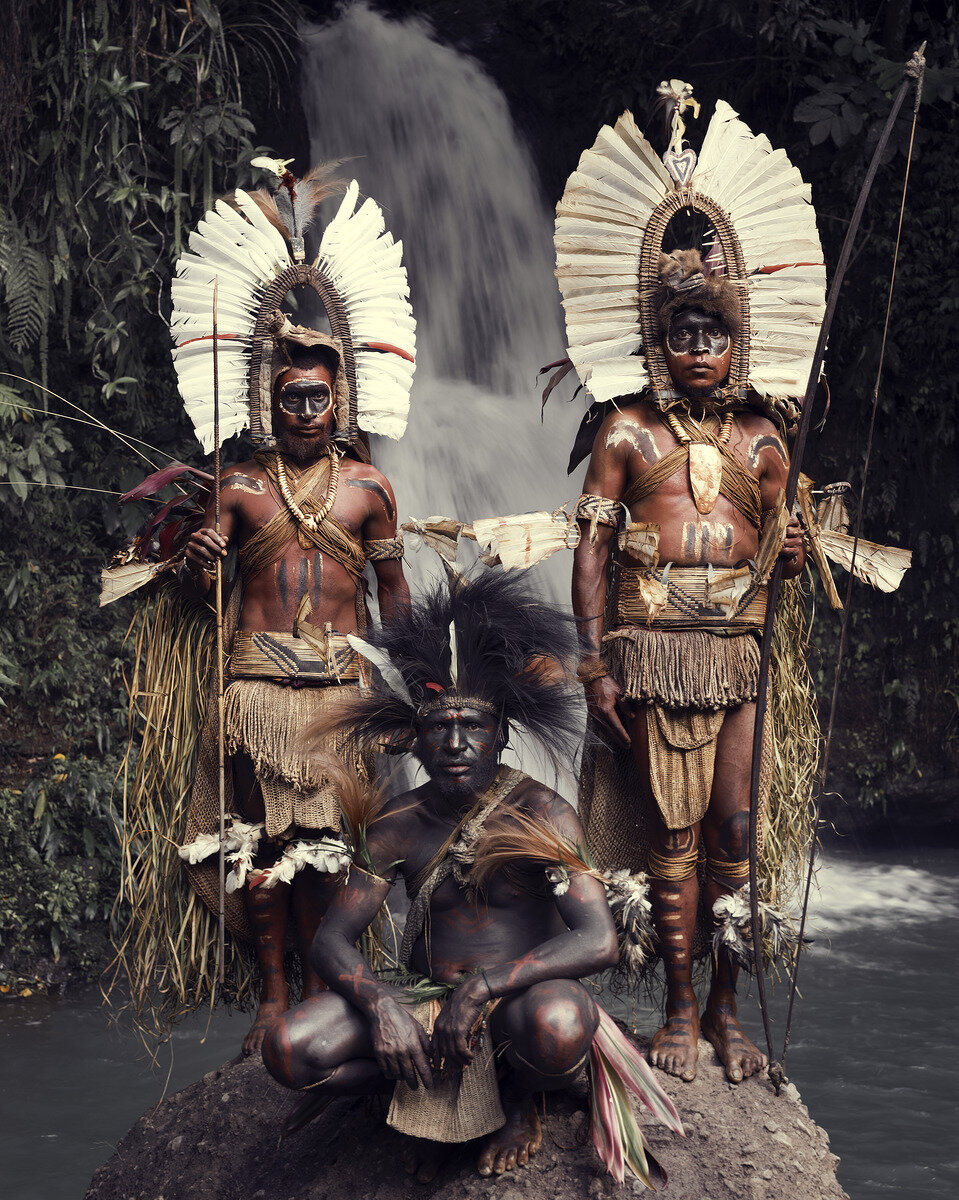
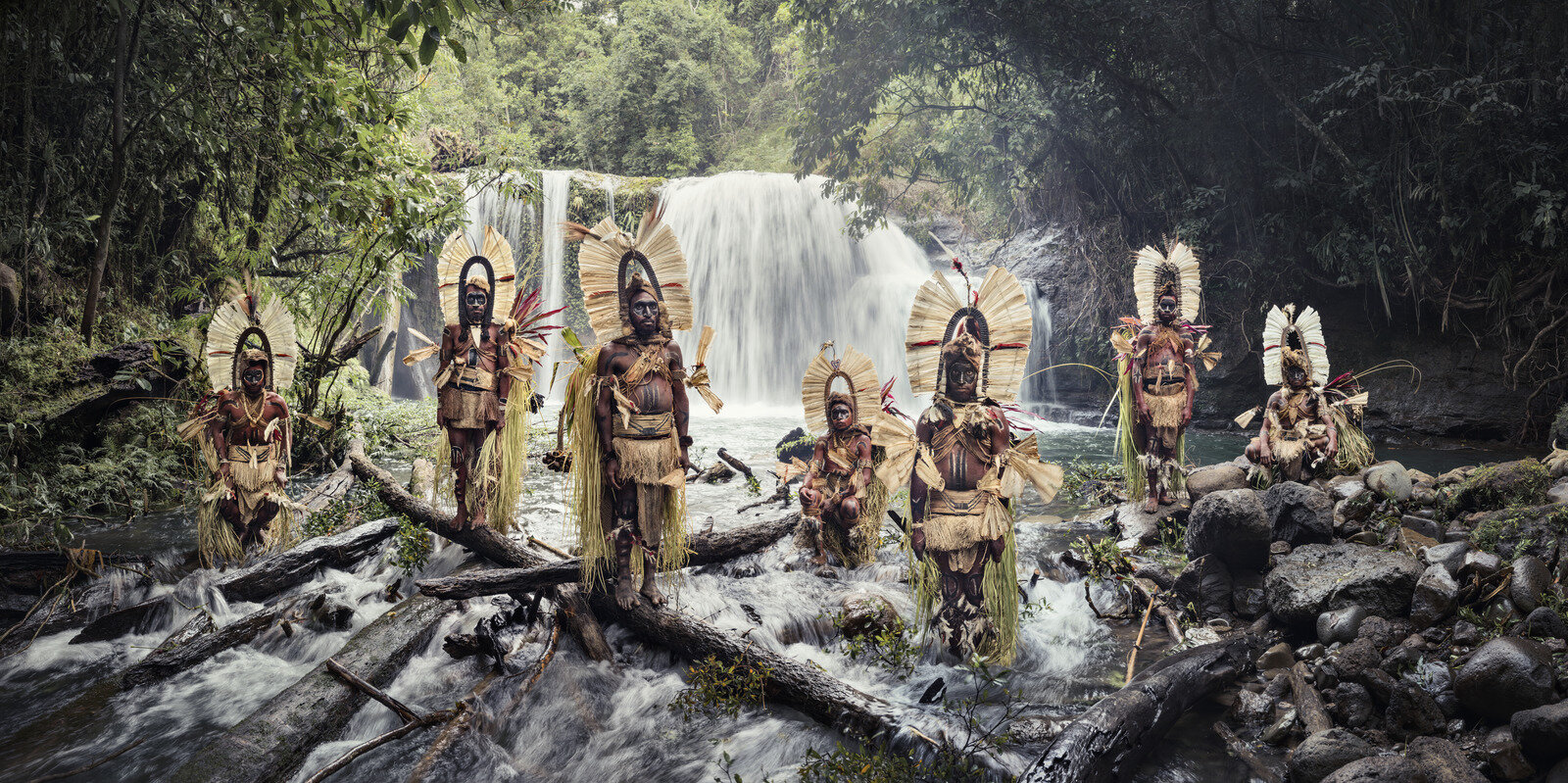
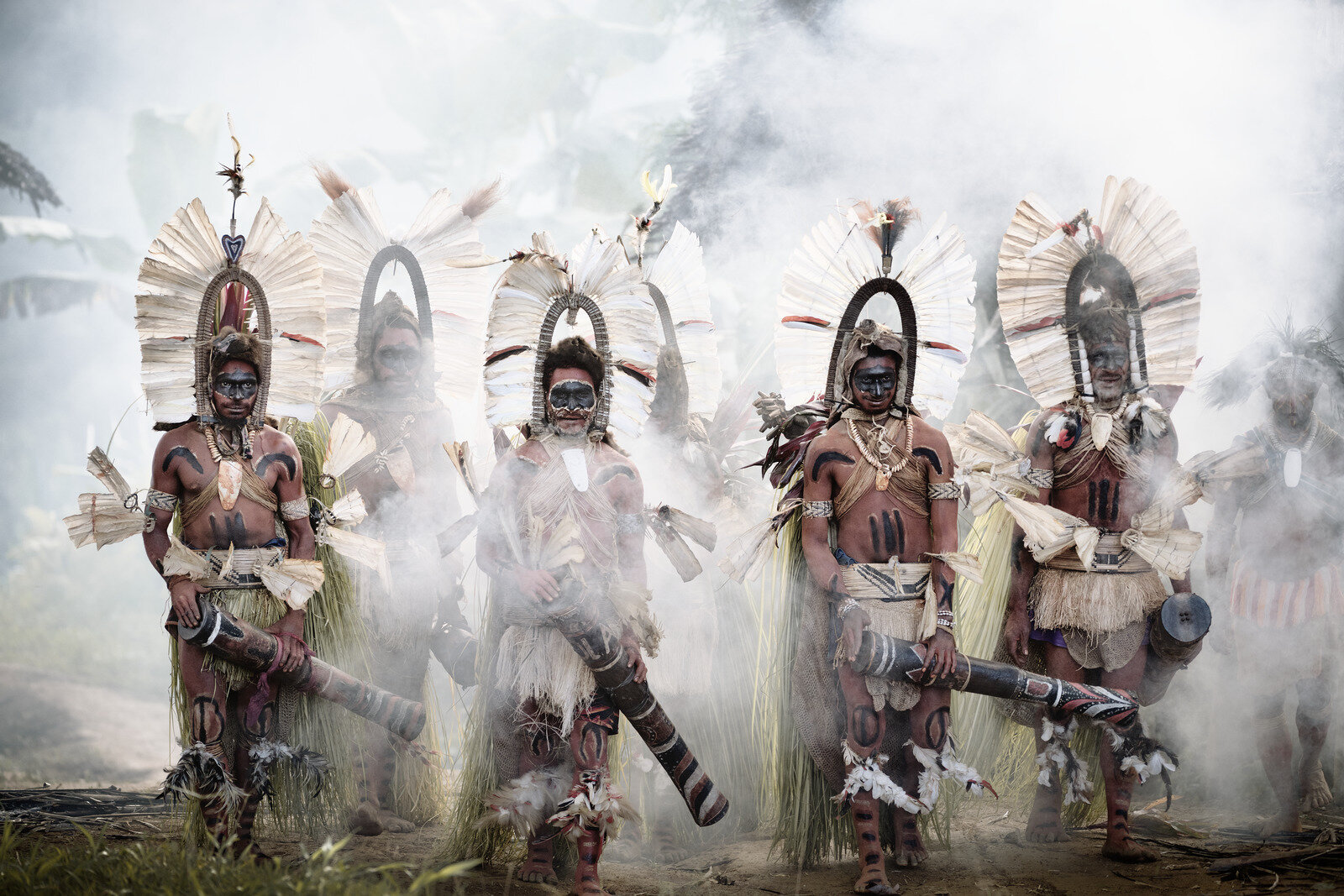
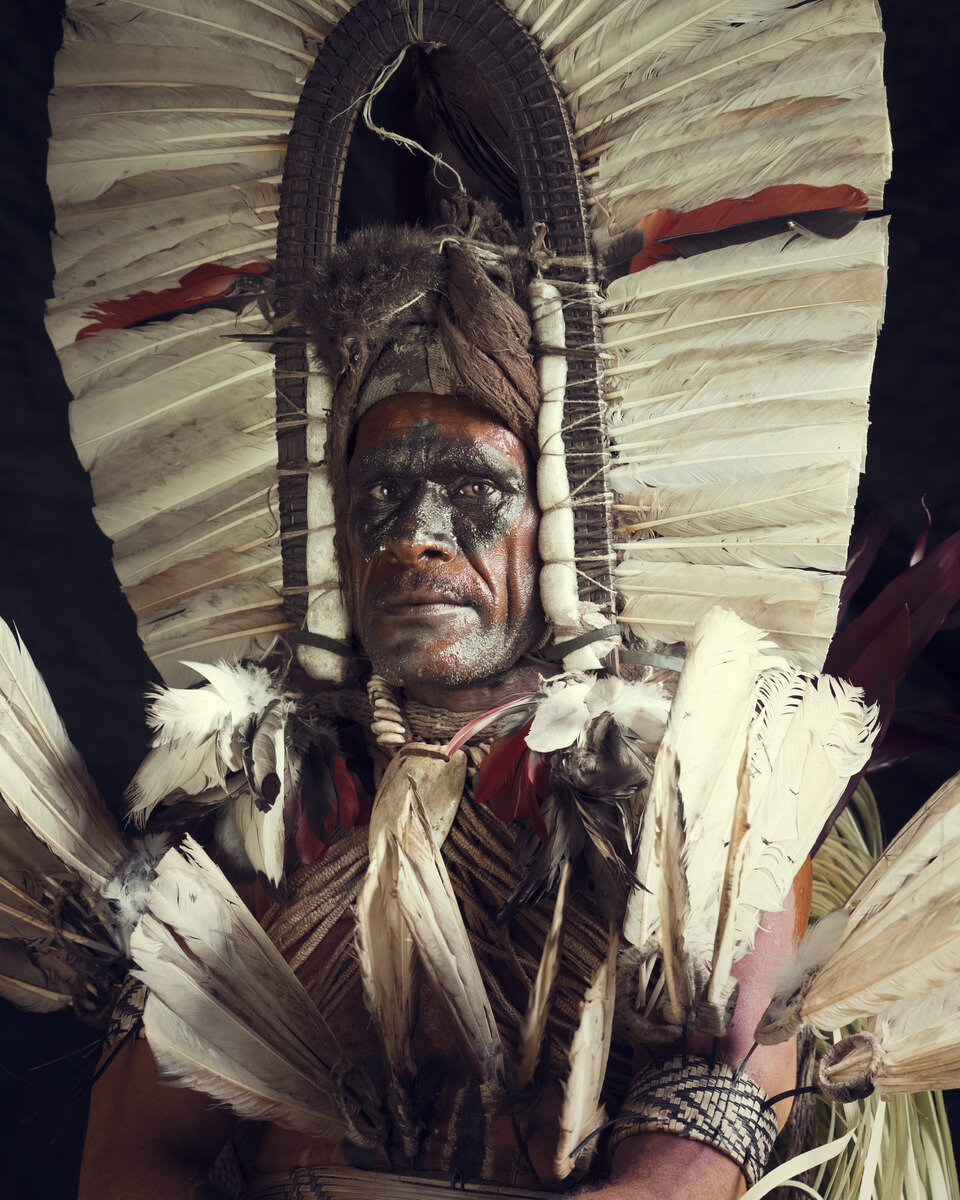
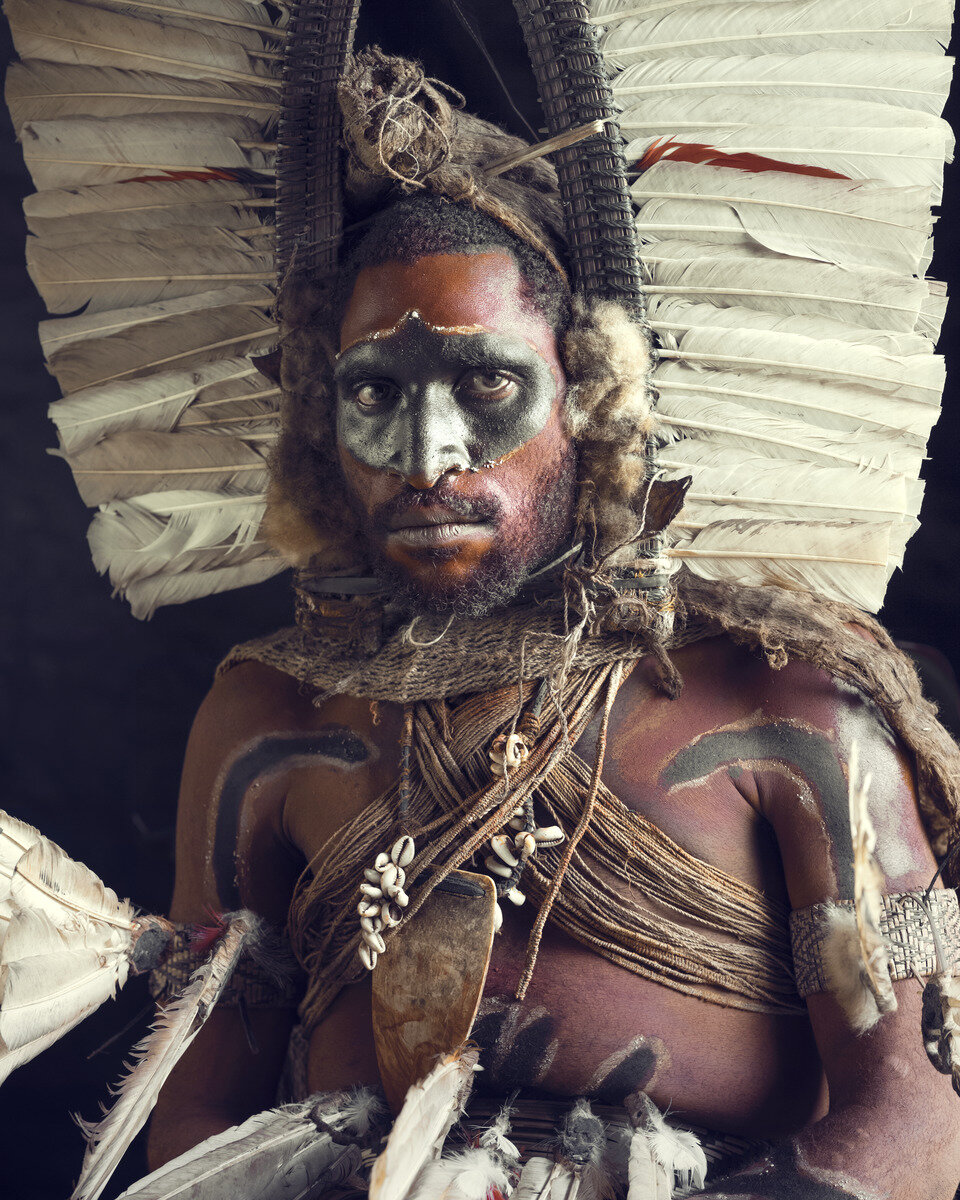
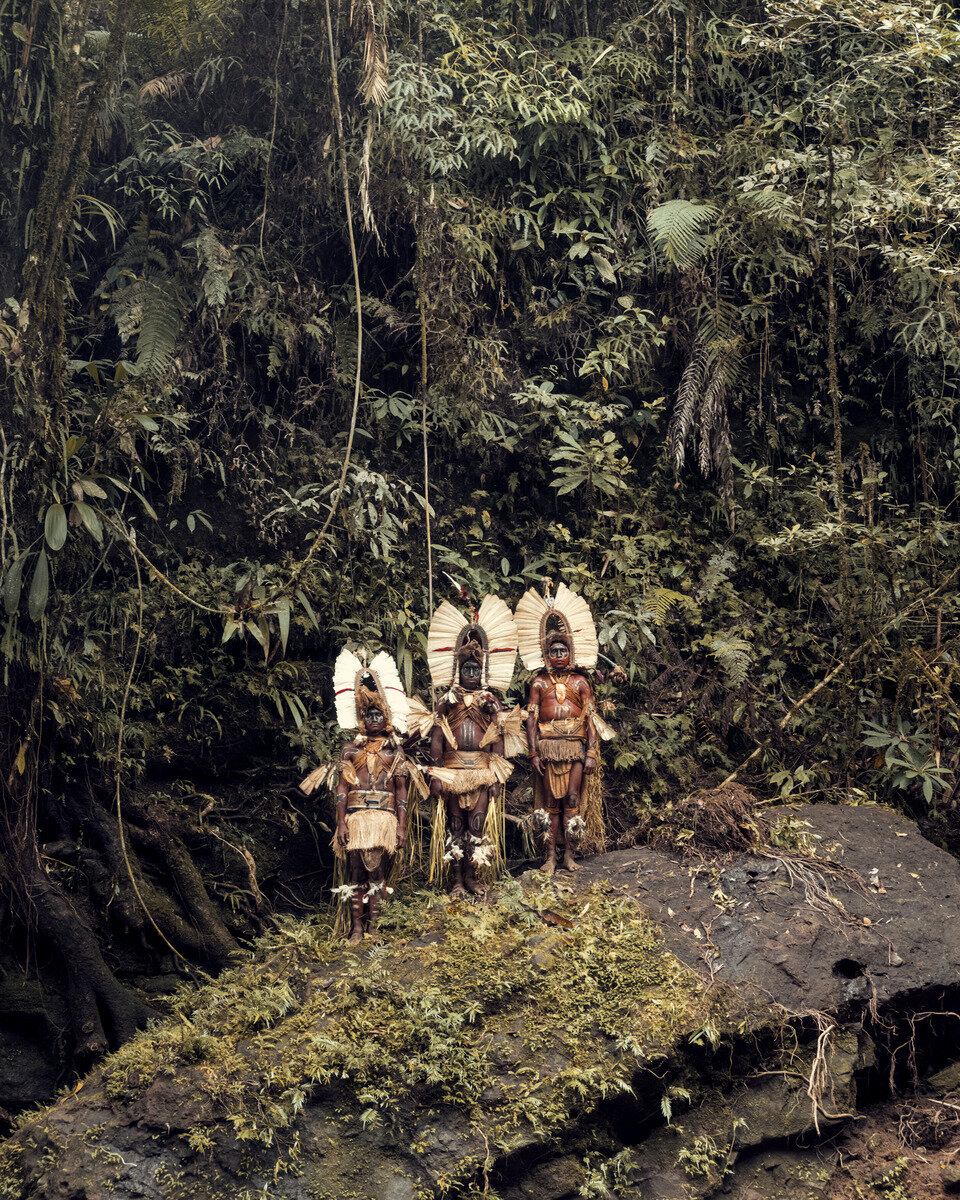
Kazakh
The Kazakh are the descendants of Turkic, Mongolic and Indo-Iranian indigenous groups and Huns who populated the territory between Siberia and the Black Sea. They are a semi-nomadic people and have roamed the mountains and valleys of western Mongolia with their herds since the 19th century. The ancient art of eagle hunting is one of many traditions and skills that the Kazakh have held onto for the last decades. They rely on their clan and herds, believing in pre-Islamic cults of the sky, ancestors, fire and the supernatural forces of good and evil spirits.
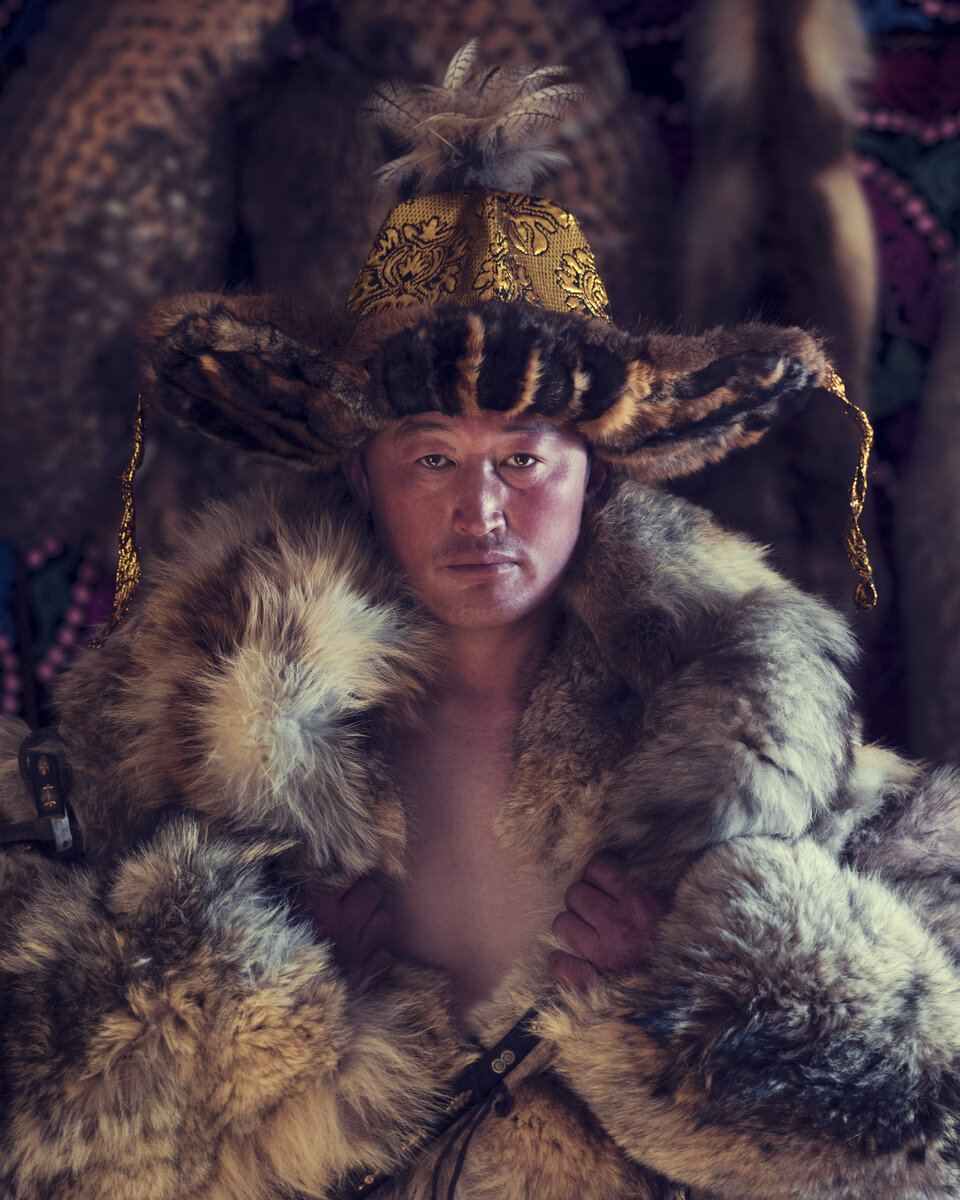
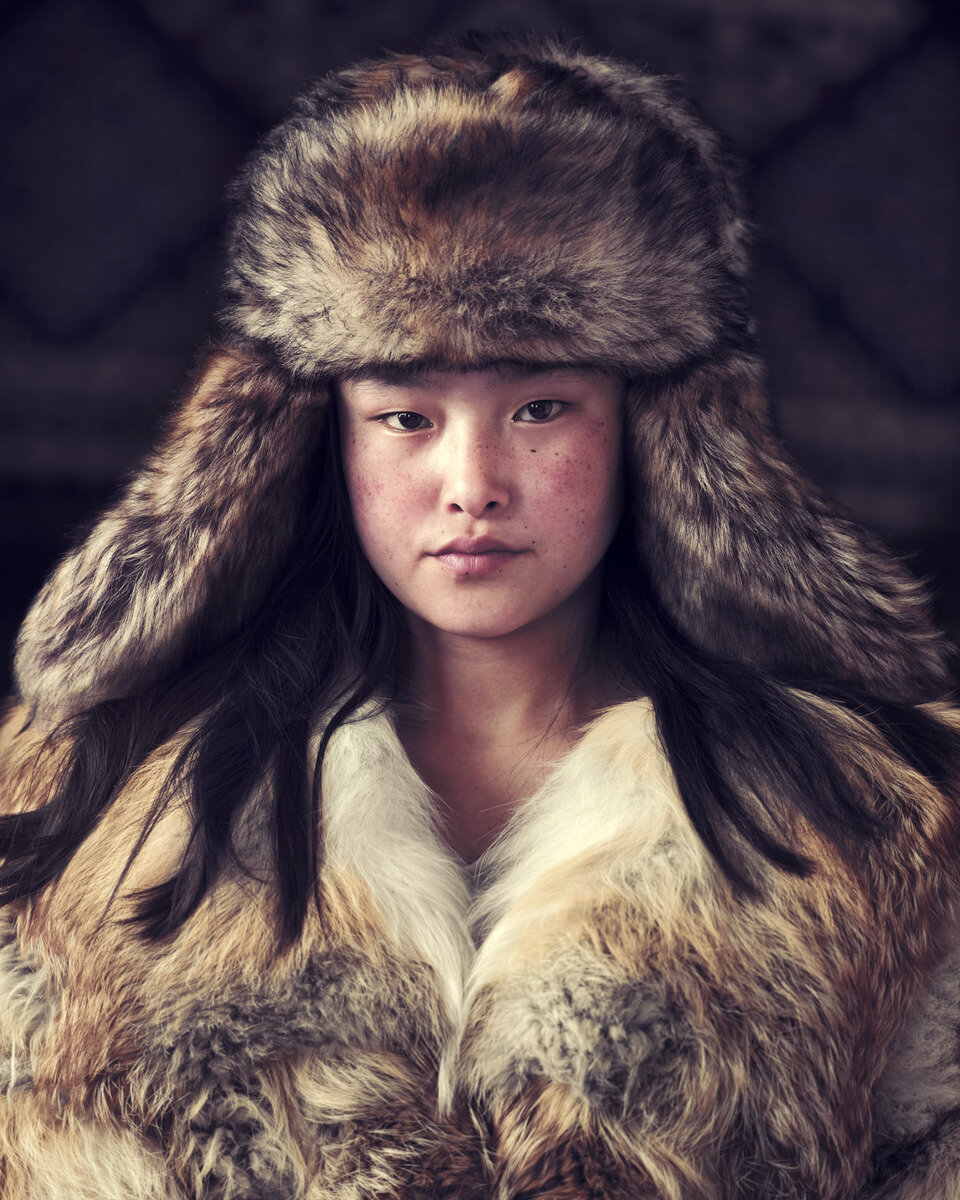

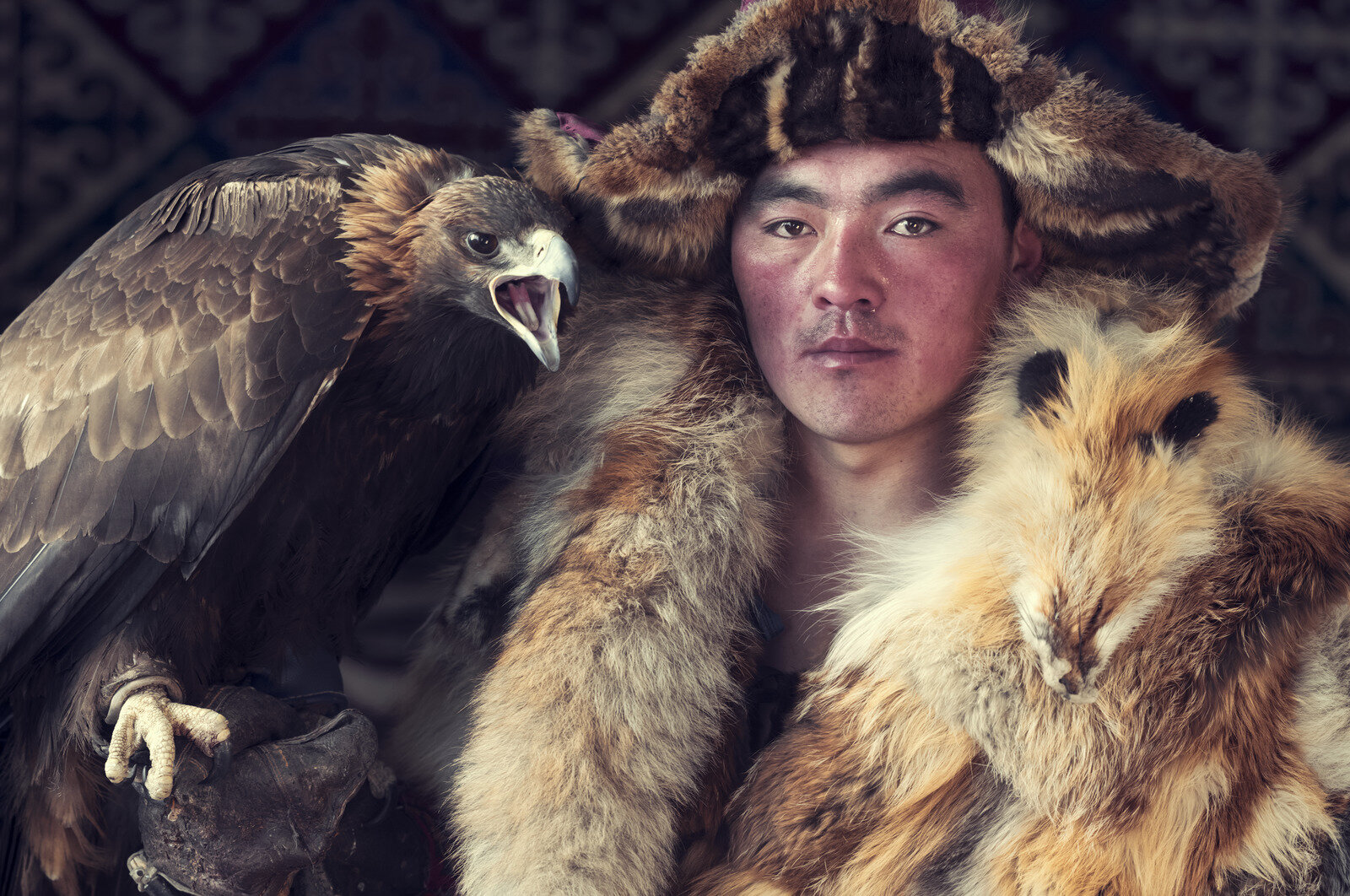
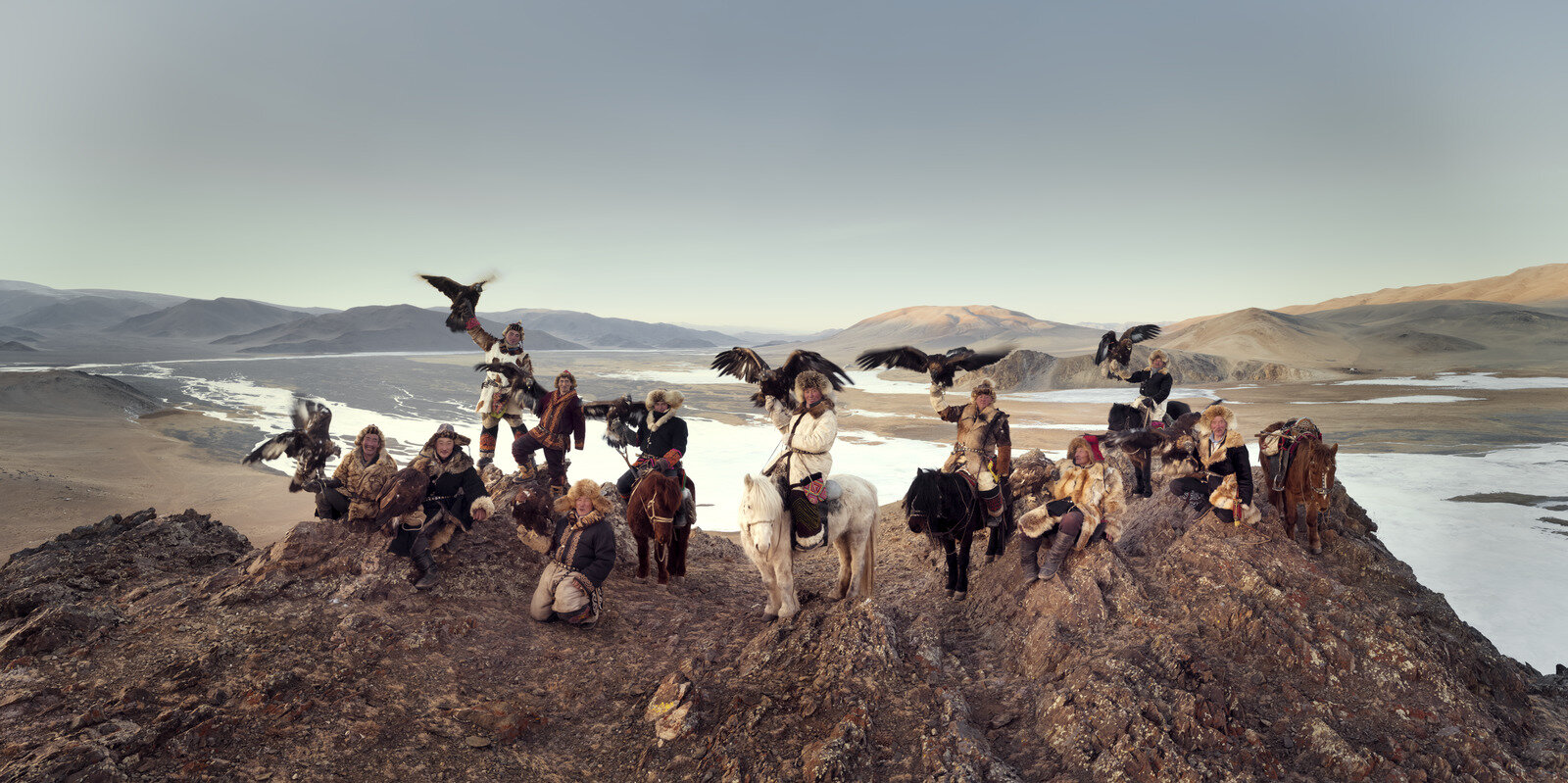
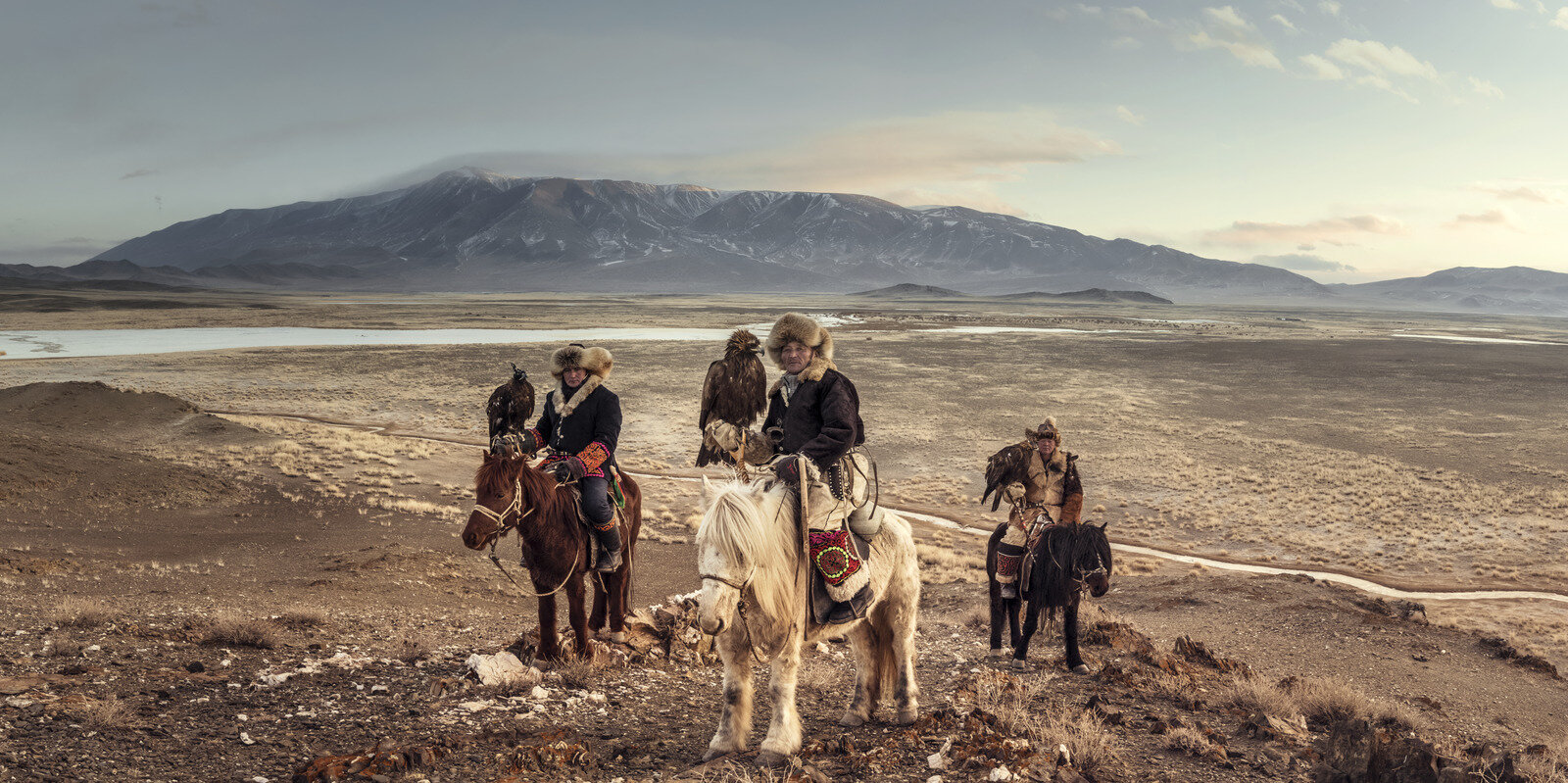
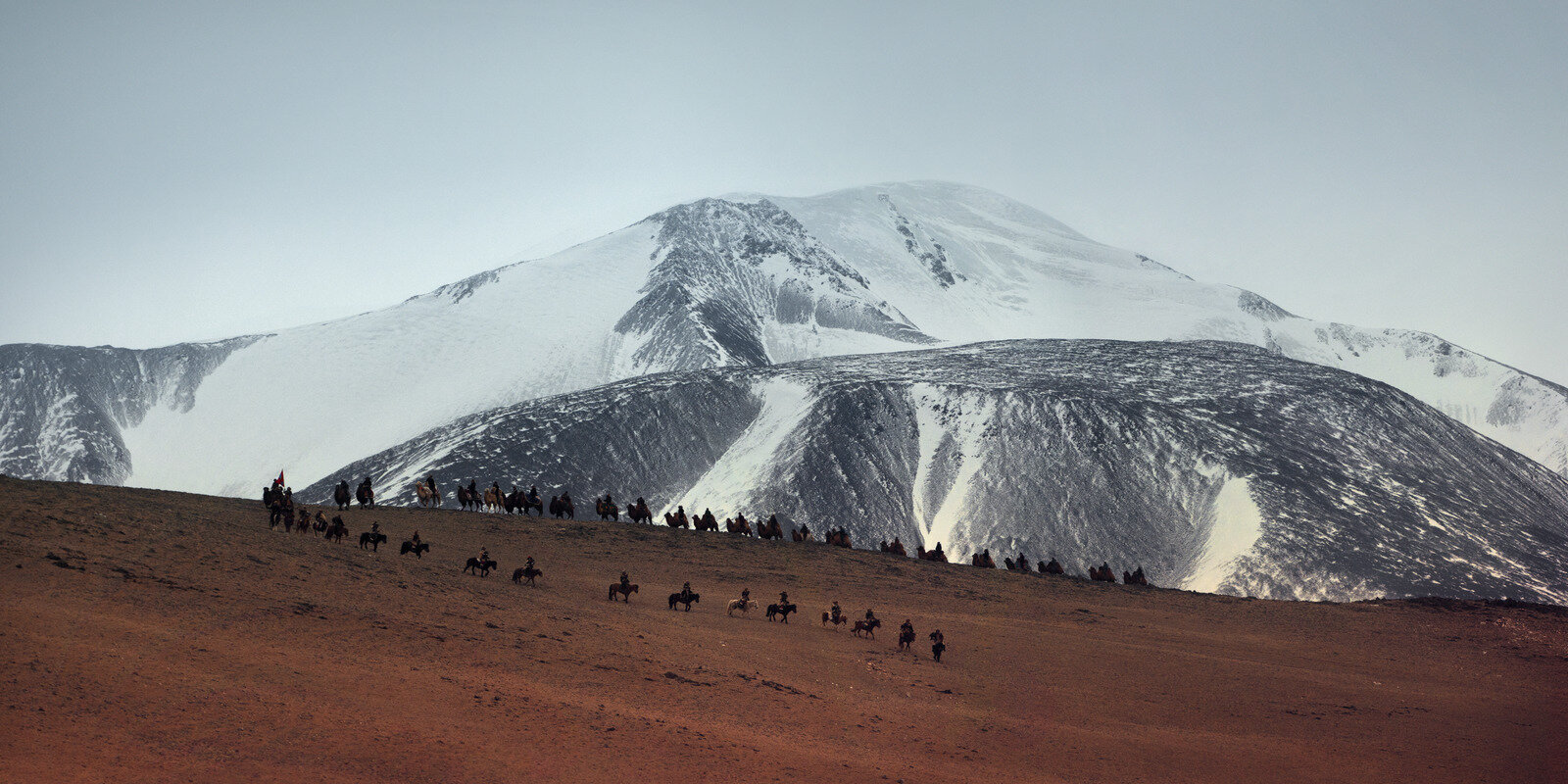


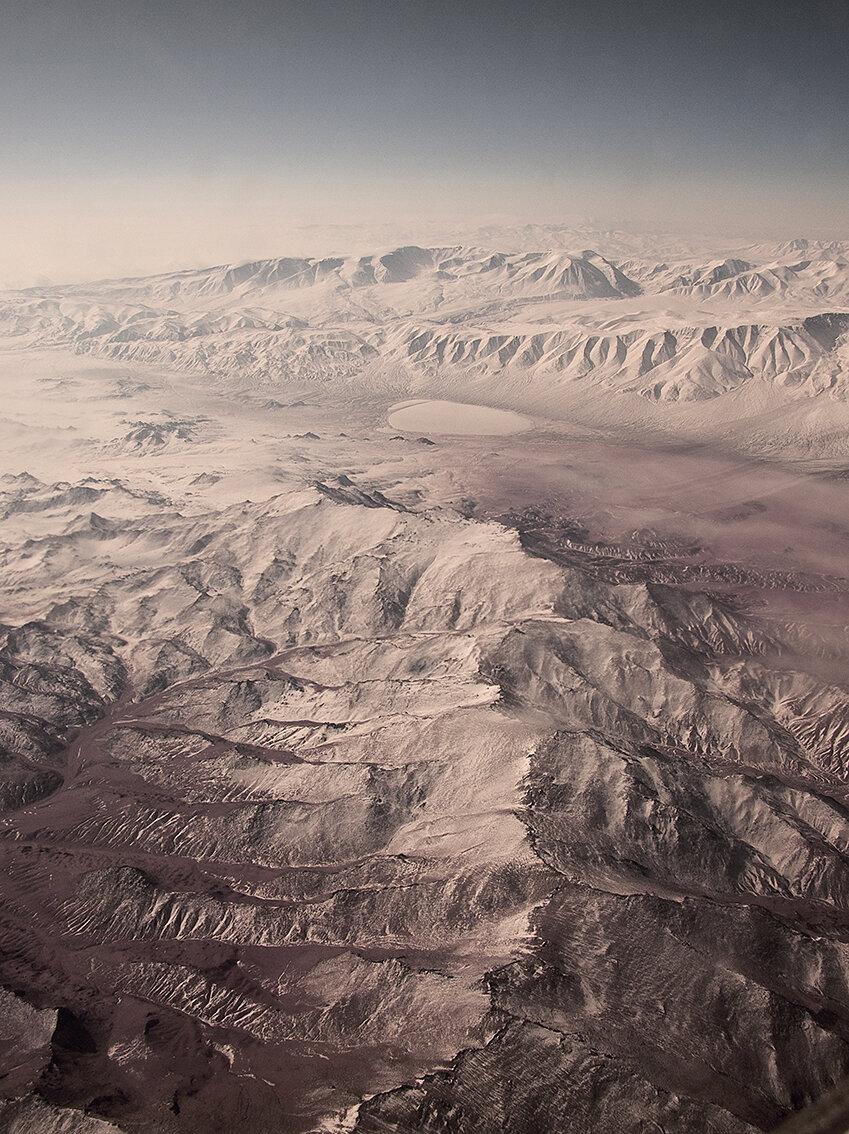


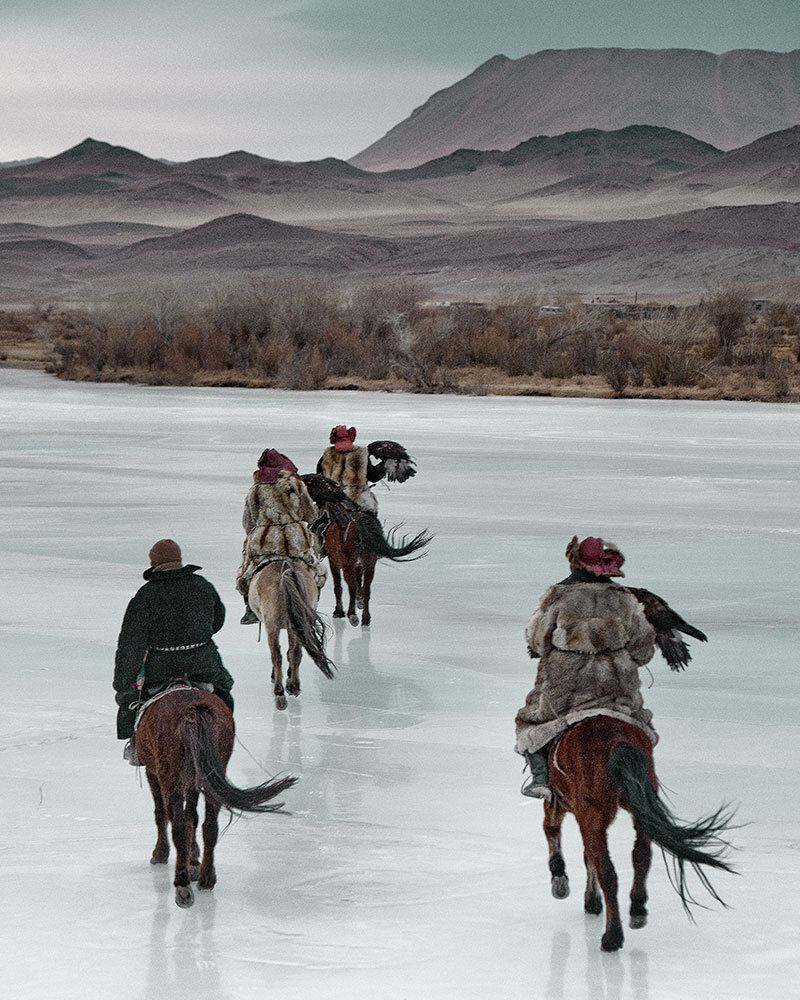
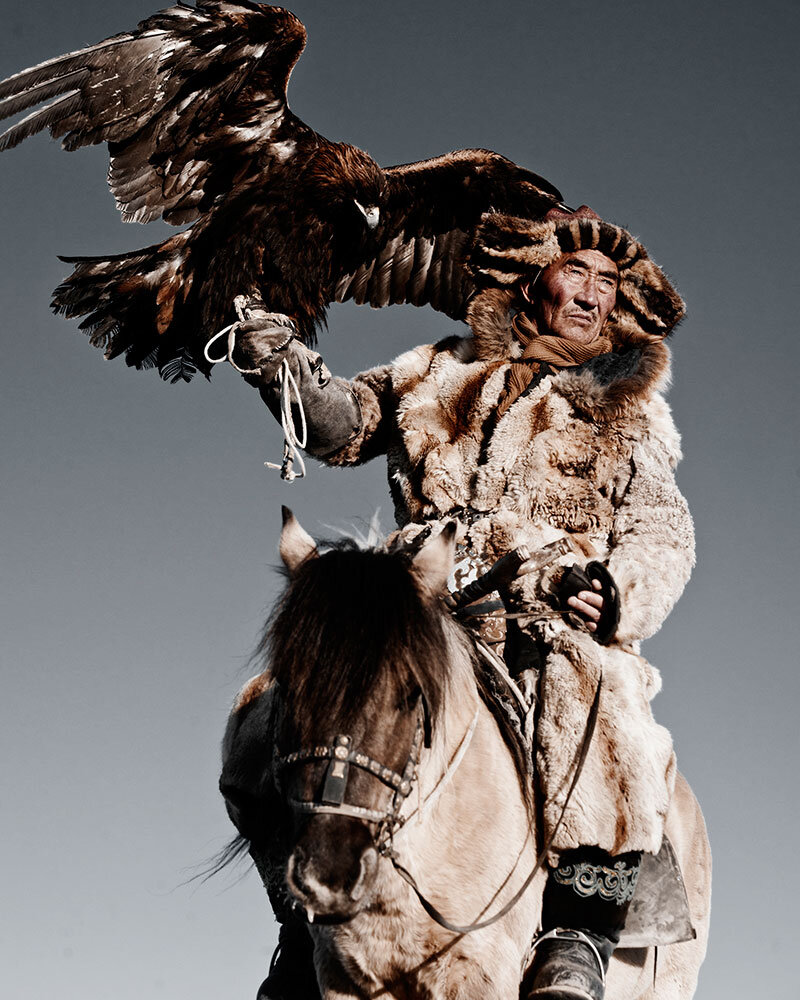

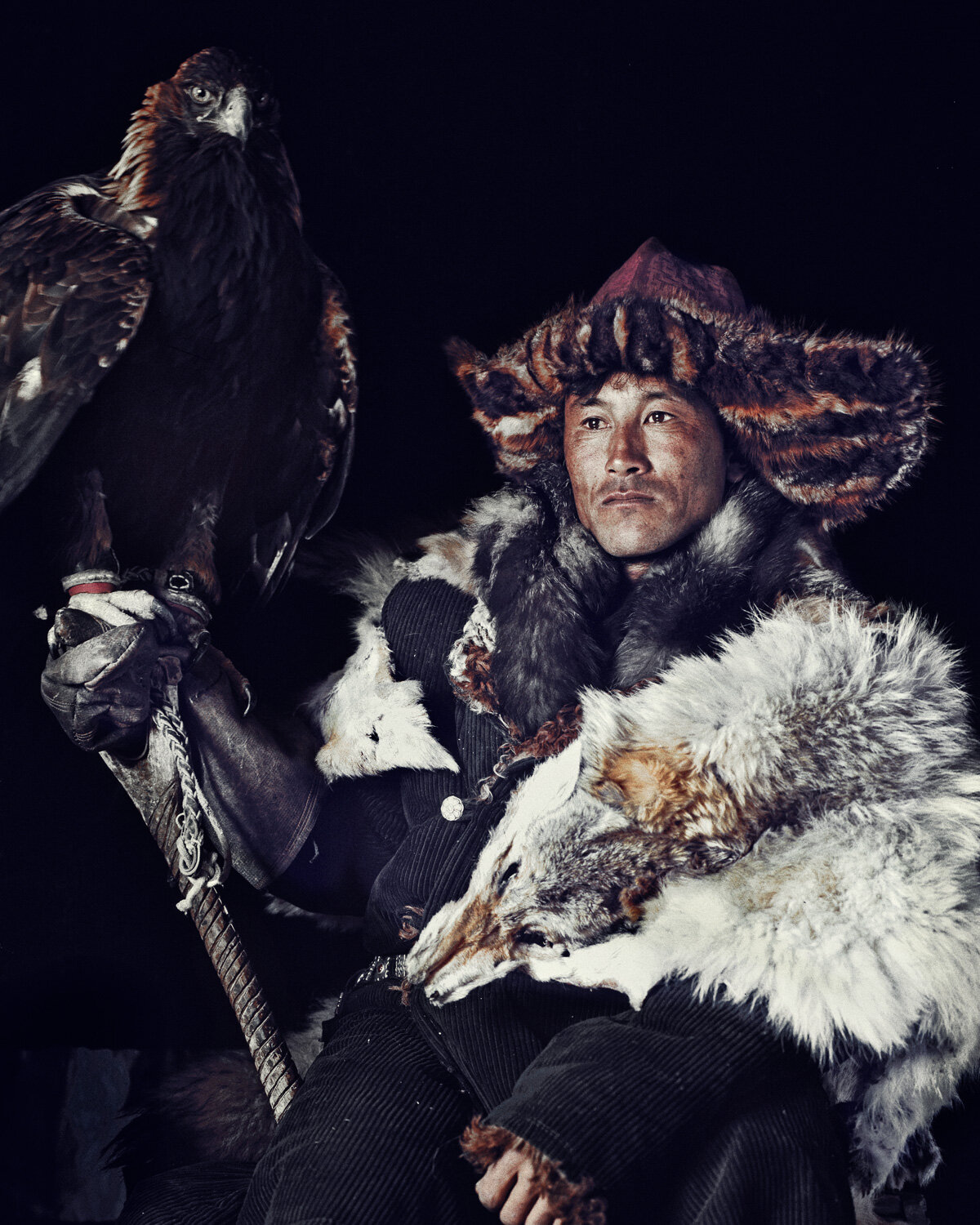
Muchimba
The Muchimba people are a semi-nomadic people living mainly in Angola’s border area with Namibia, on the dry Kaokoveld Plateau in the Cunene region. The Cunene river is an important resource in Muchimba daily life, much of which revolves around their cattle and goats.

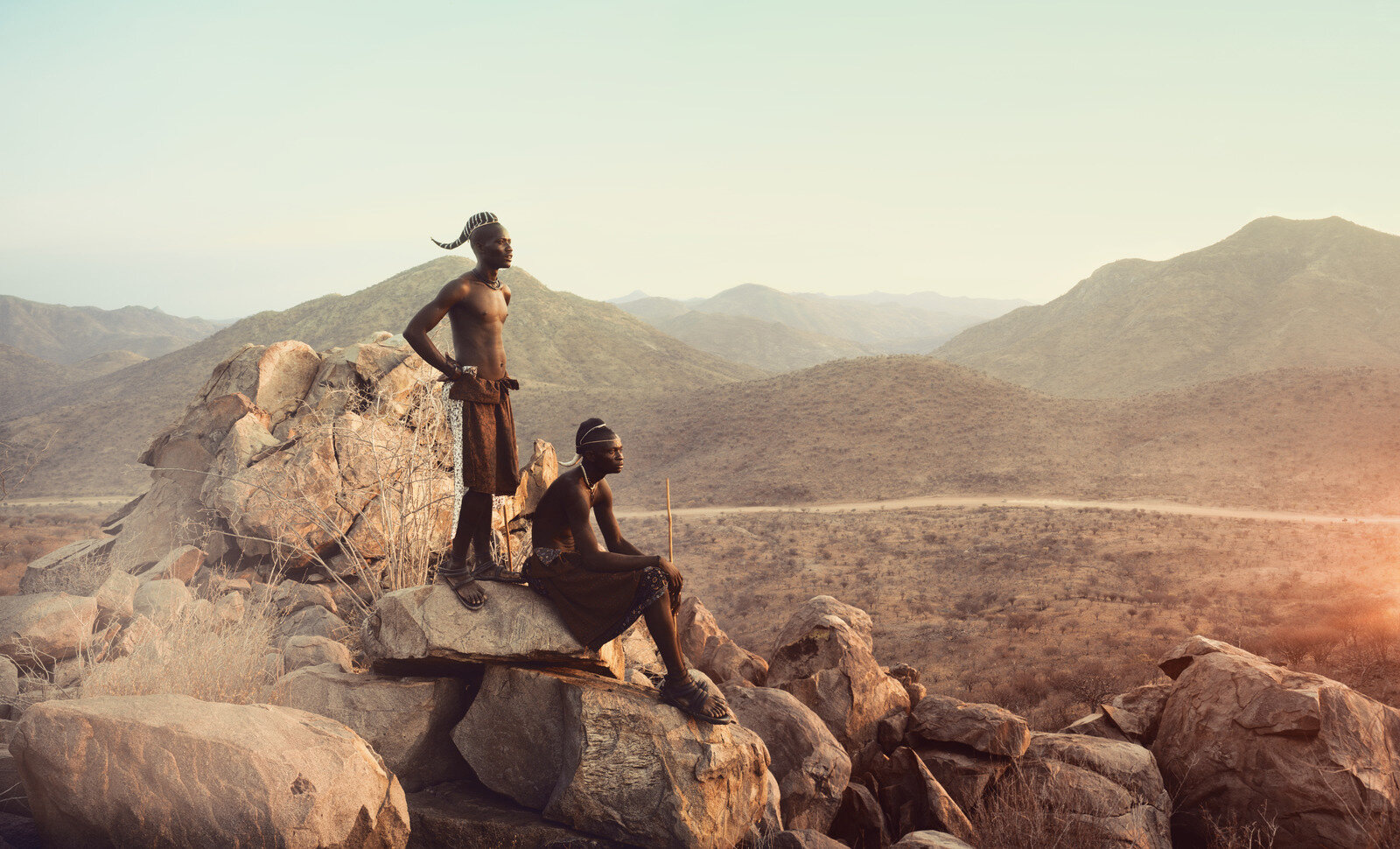
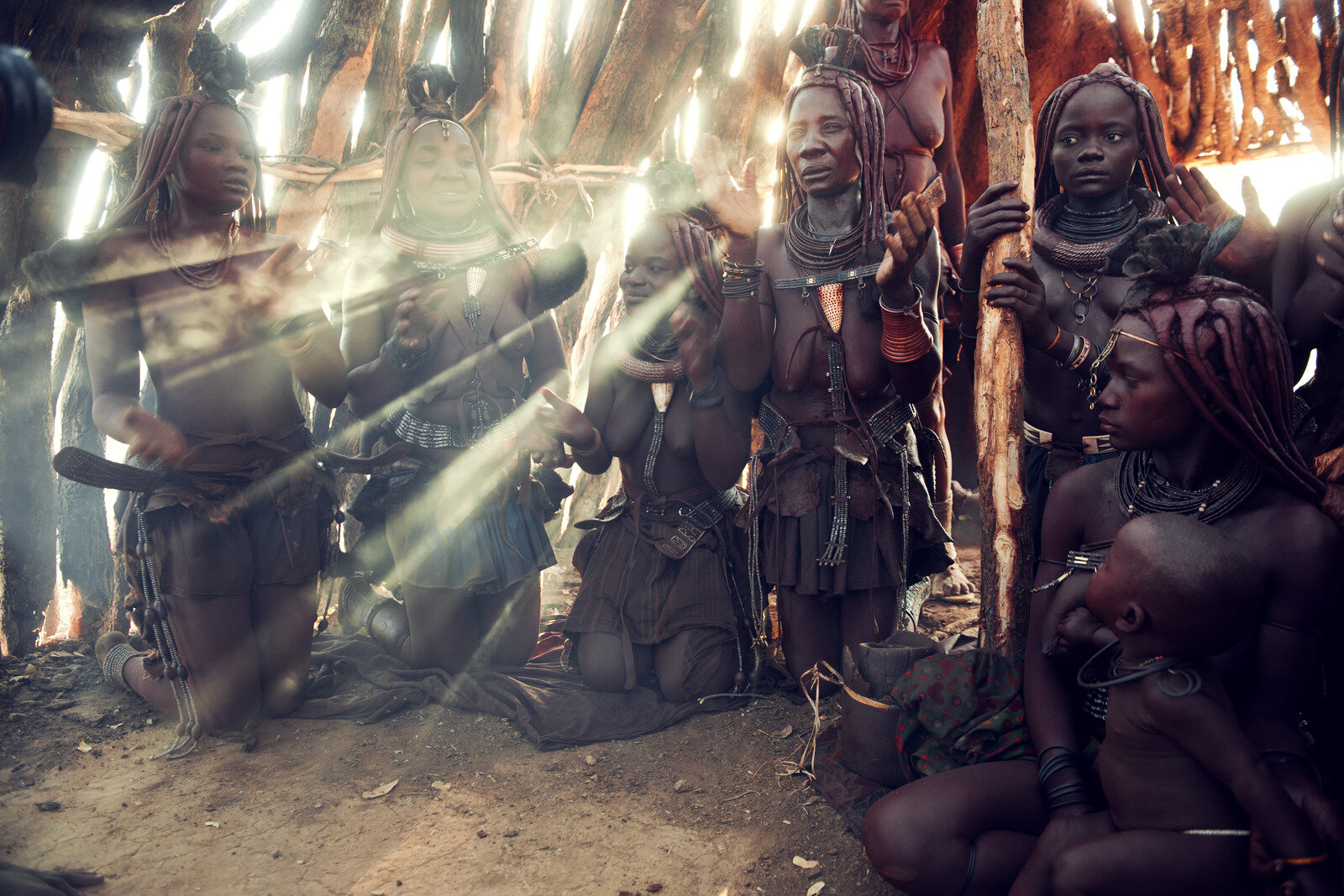
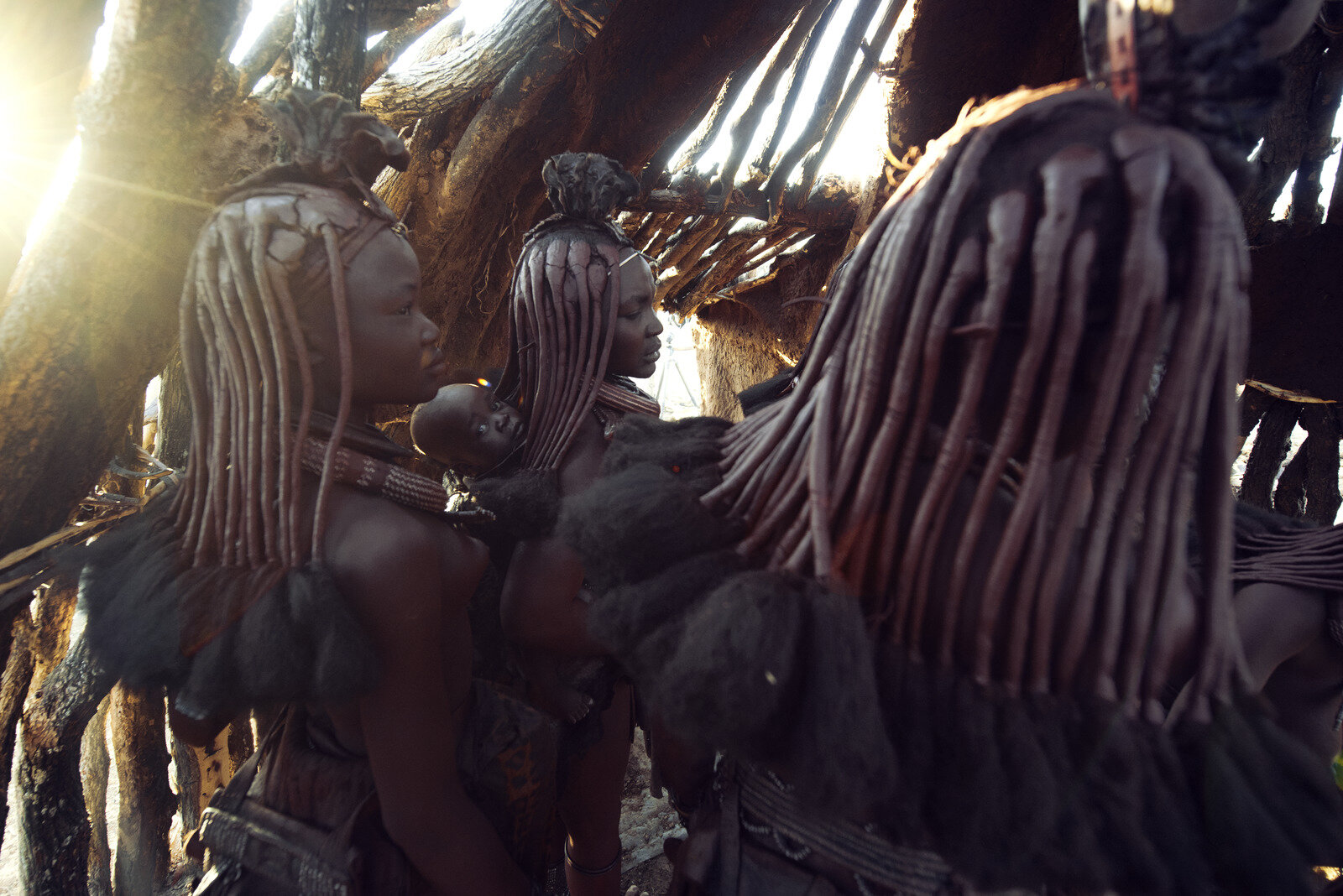
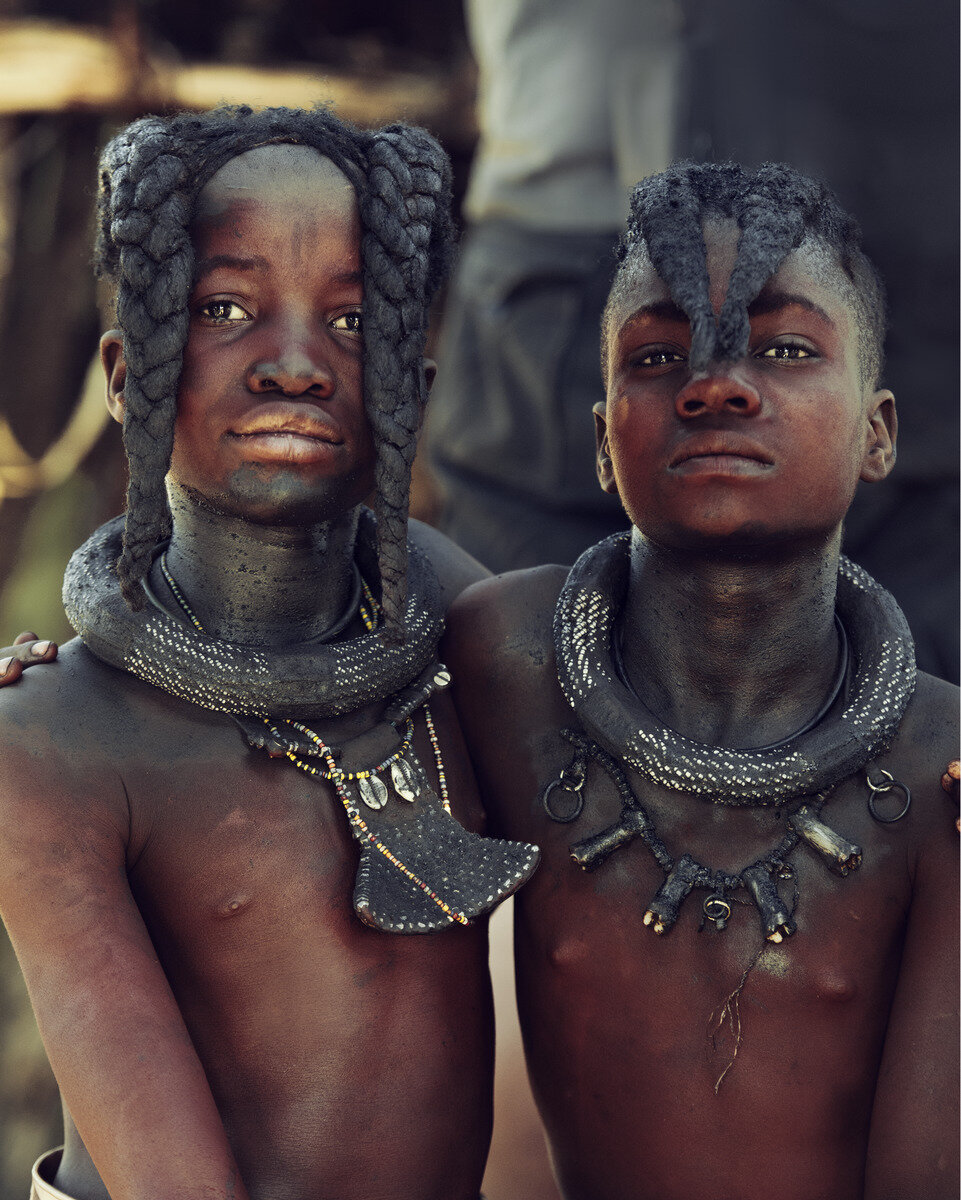
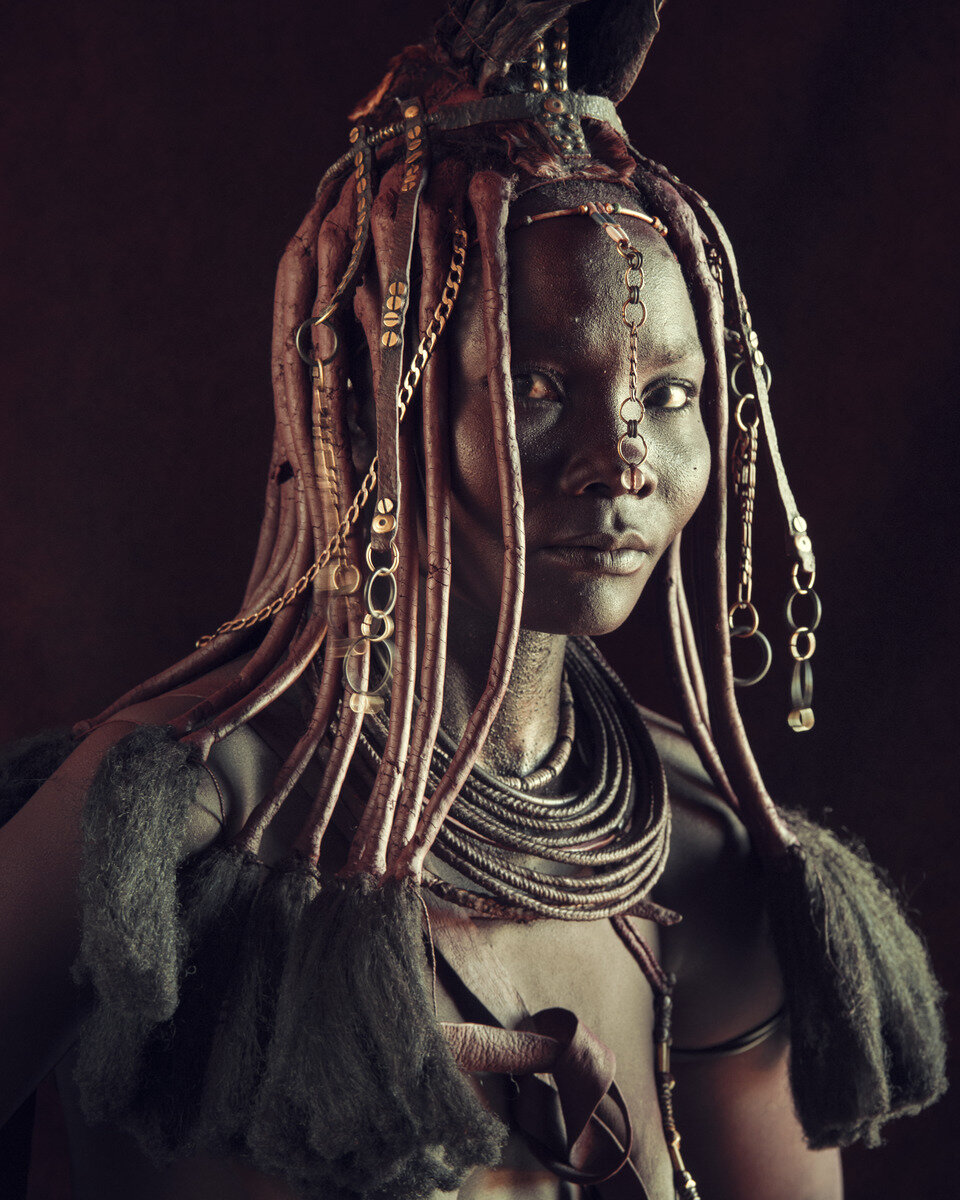
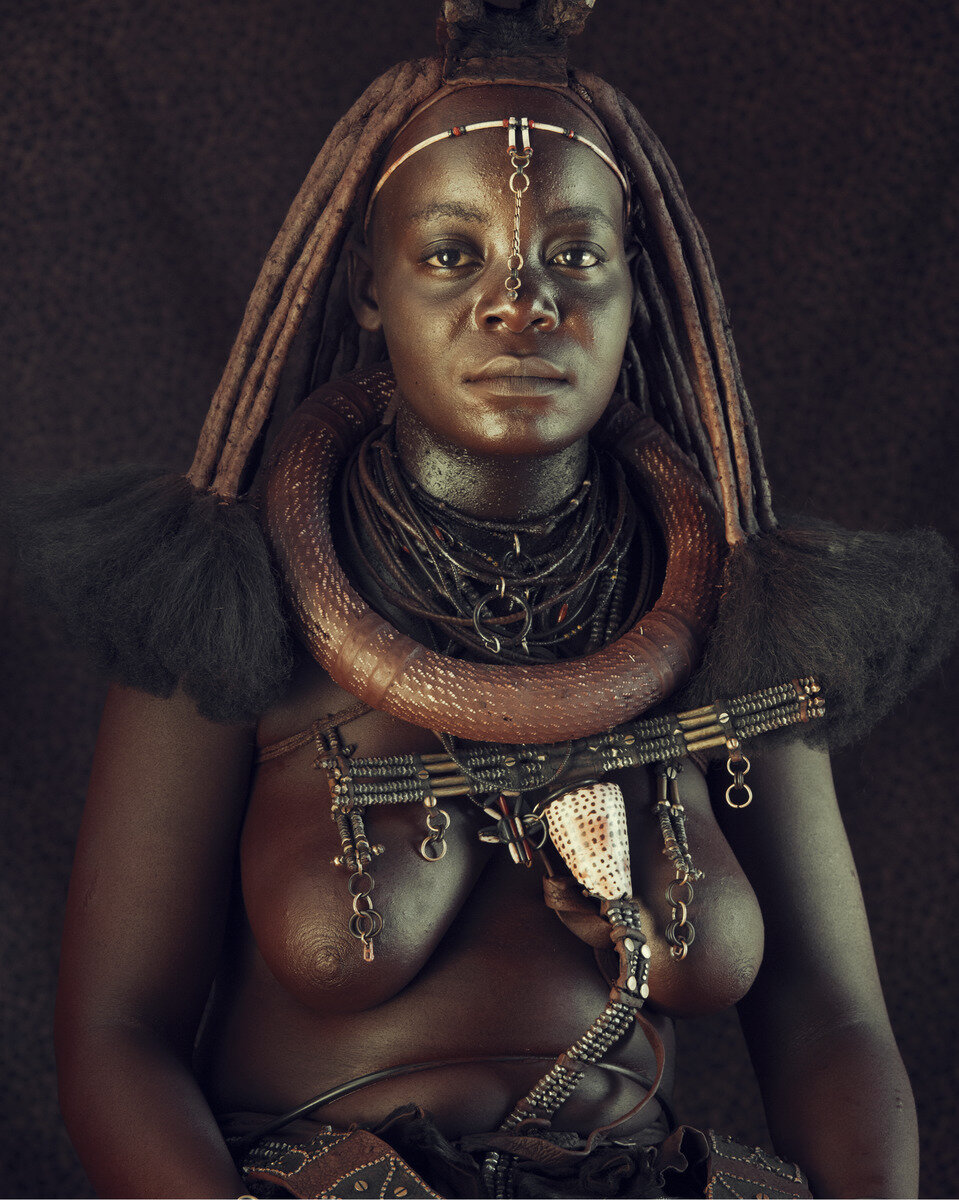
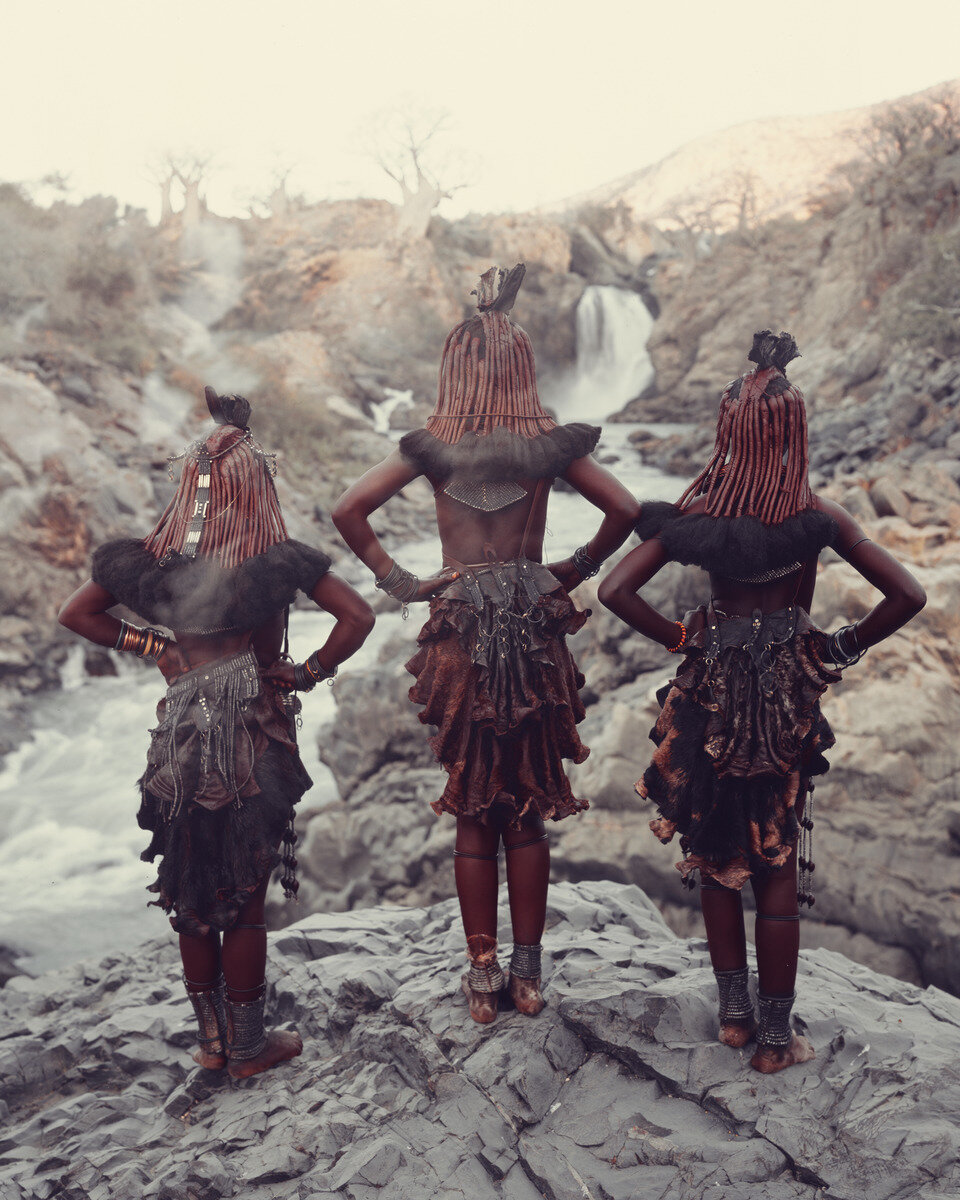
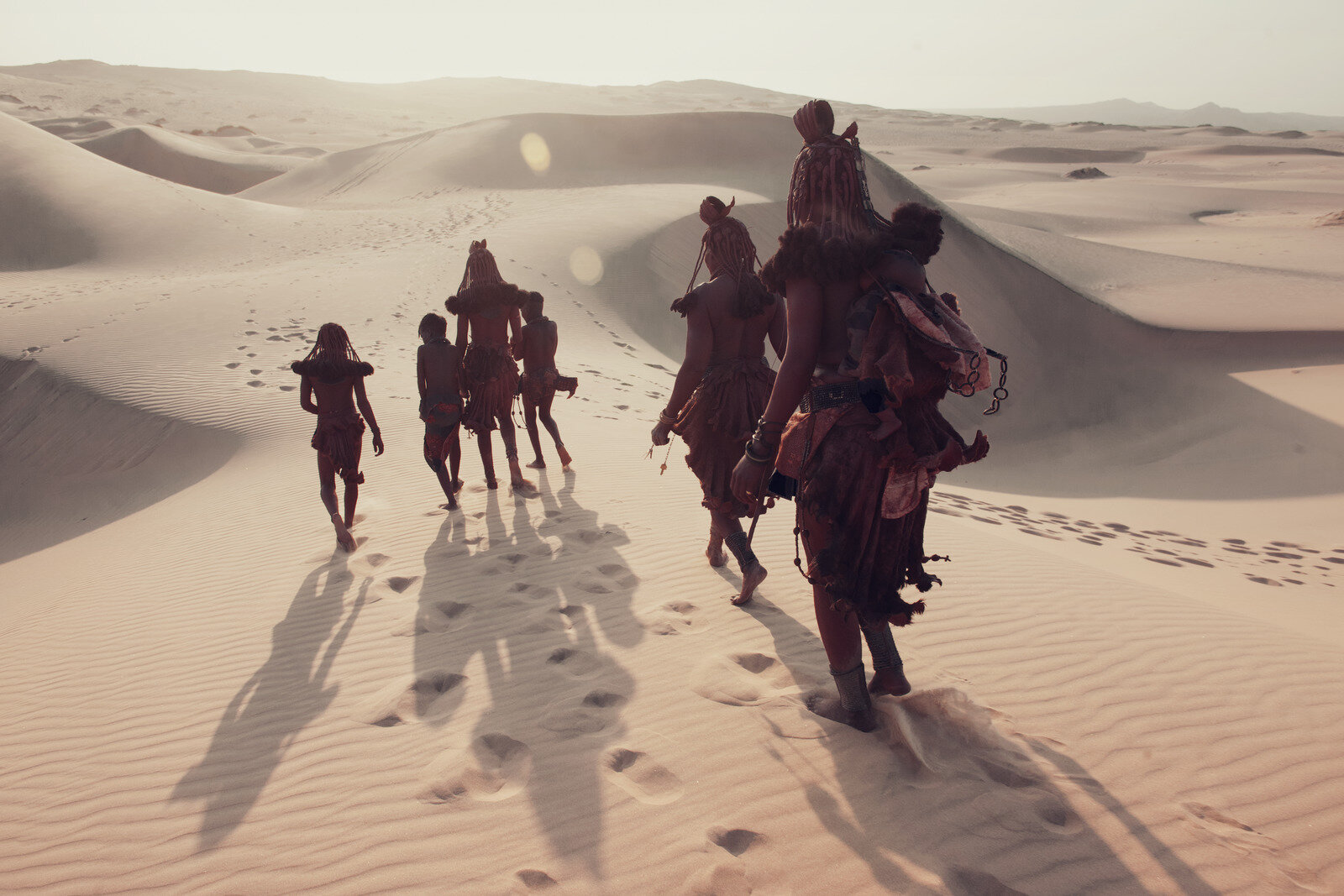
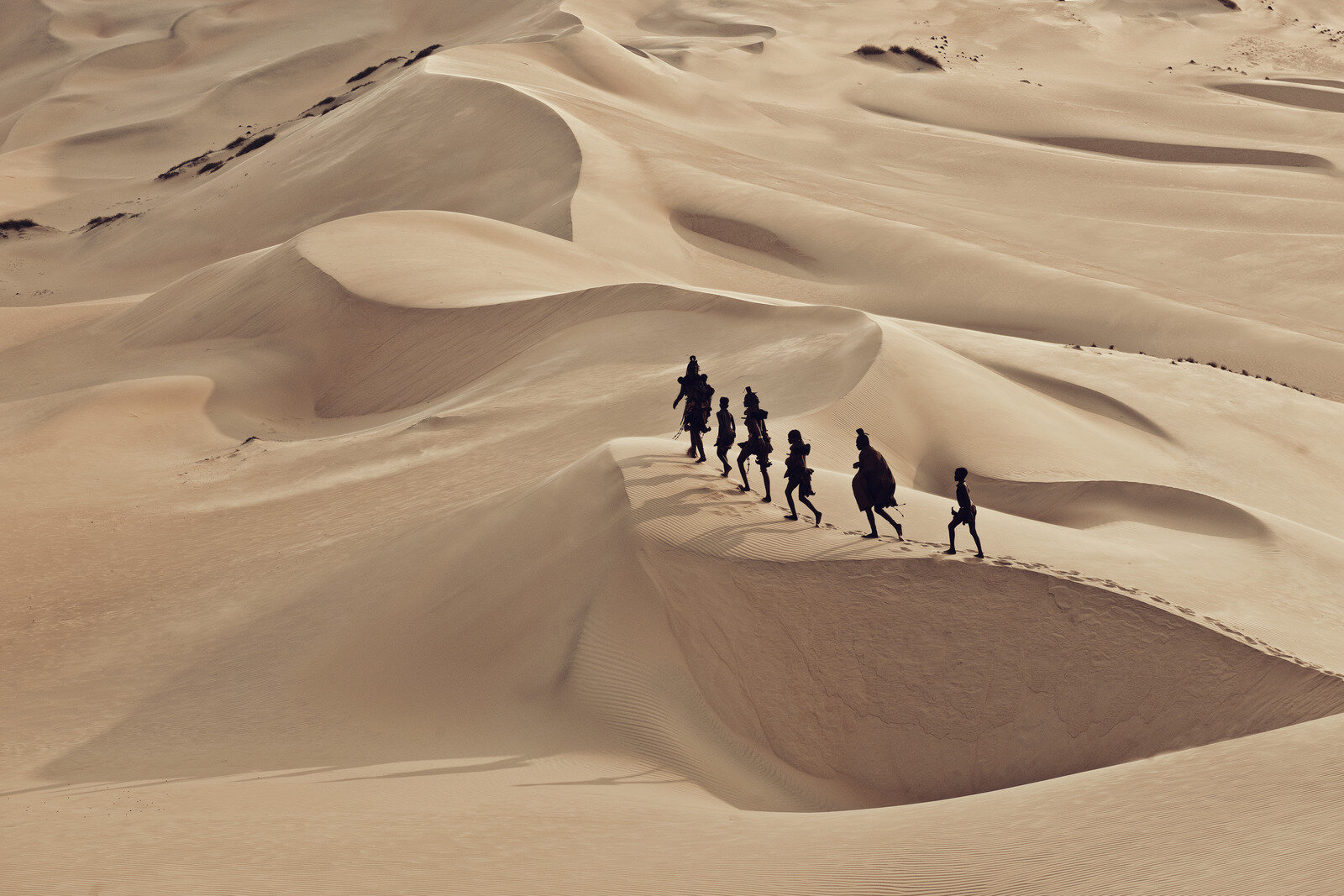
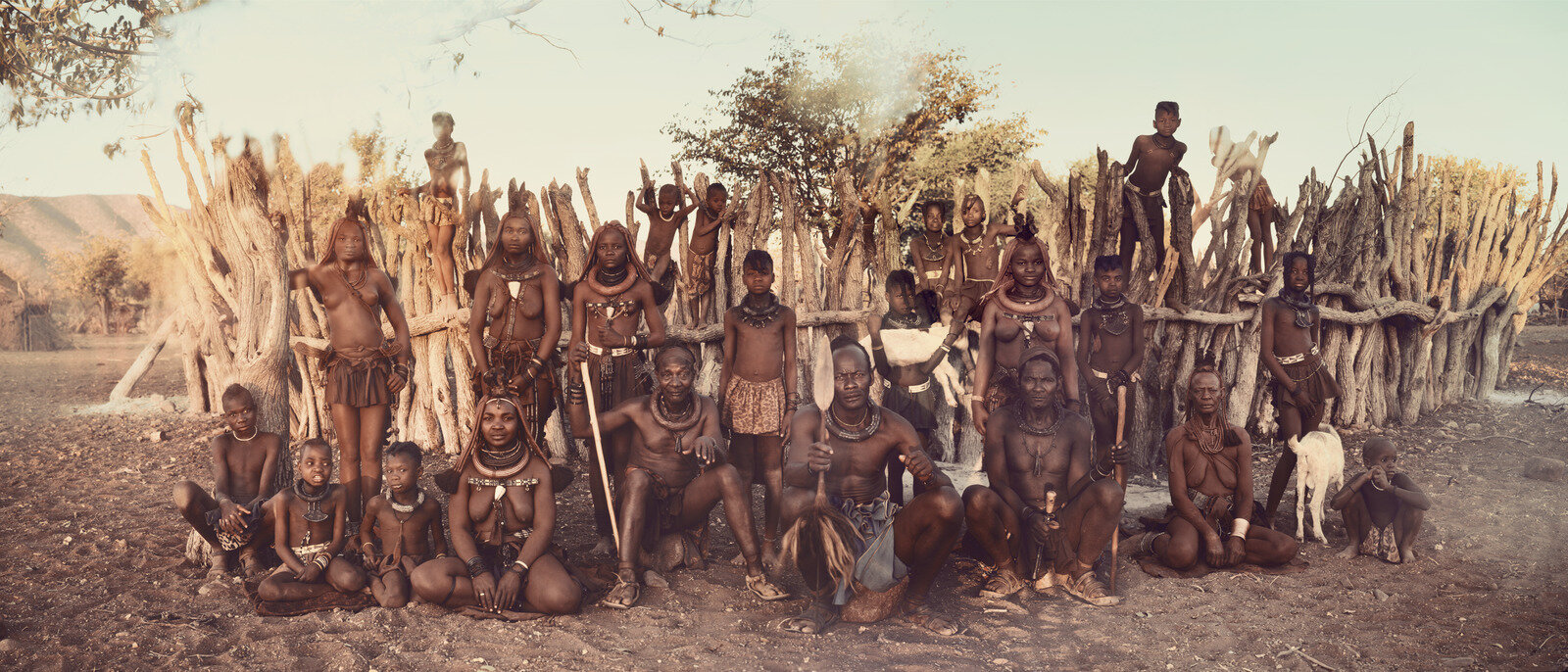
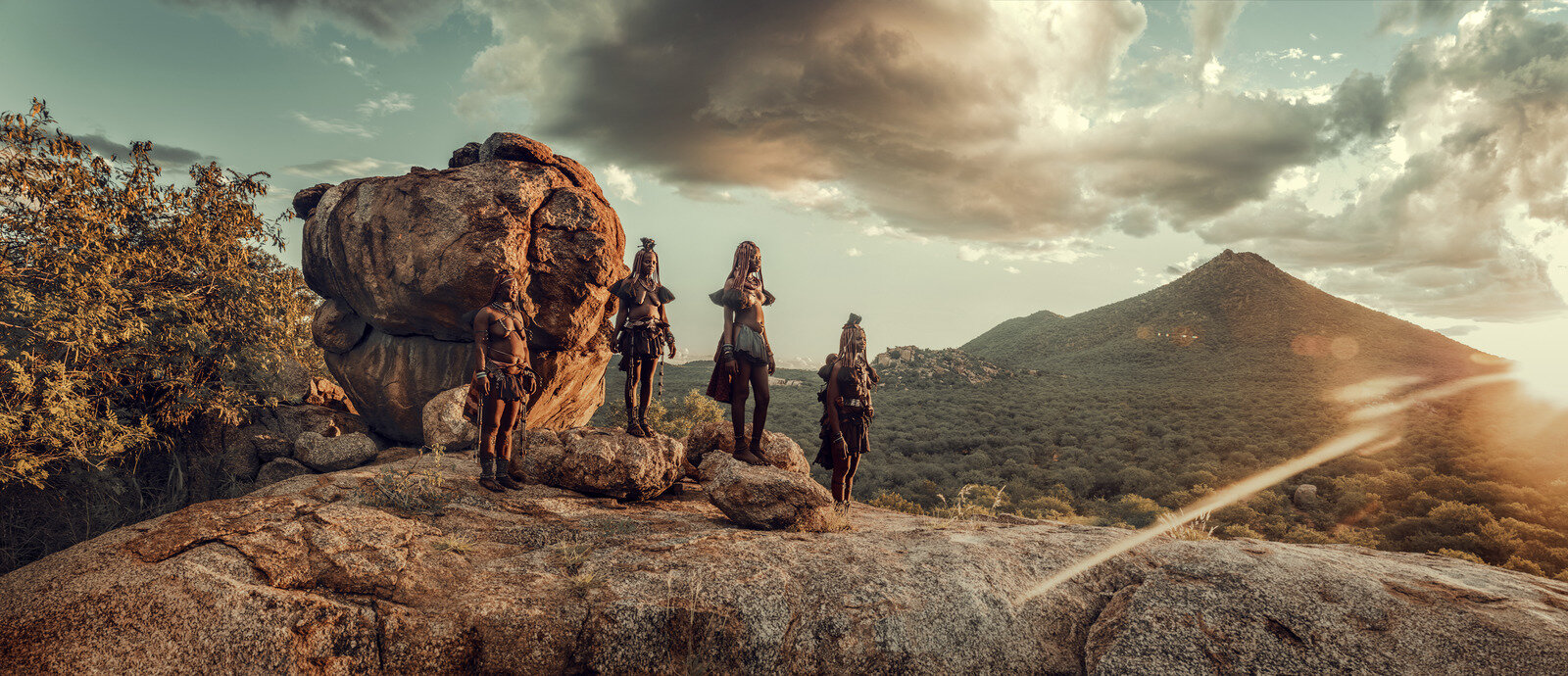

Mursi
The nomadic Mursi people live in the lower area of Africa’s Great Rift Valley. Extreme drought has made it difficult for them to feed themselves by means of traditional cultivation and herding. The establishment of national parks has restricted their access and threatened their natural resources. The Mursi are famous for their stick-fighting ceremony and Mursi women are known all over the world for wearing clay plates in their lower lips. Their economy is concentrated on bartering and sharing possessions. As tourists are now often visiting Mursi villages, offering money in exchange for photographs, the communal economy is changing.
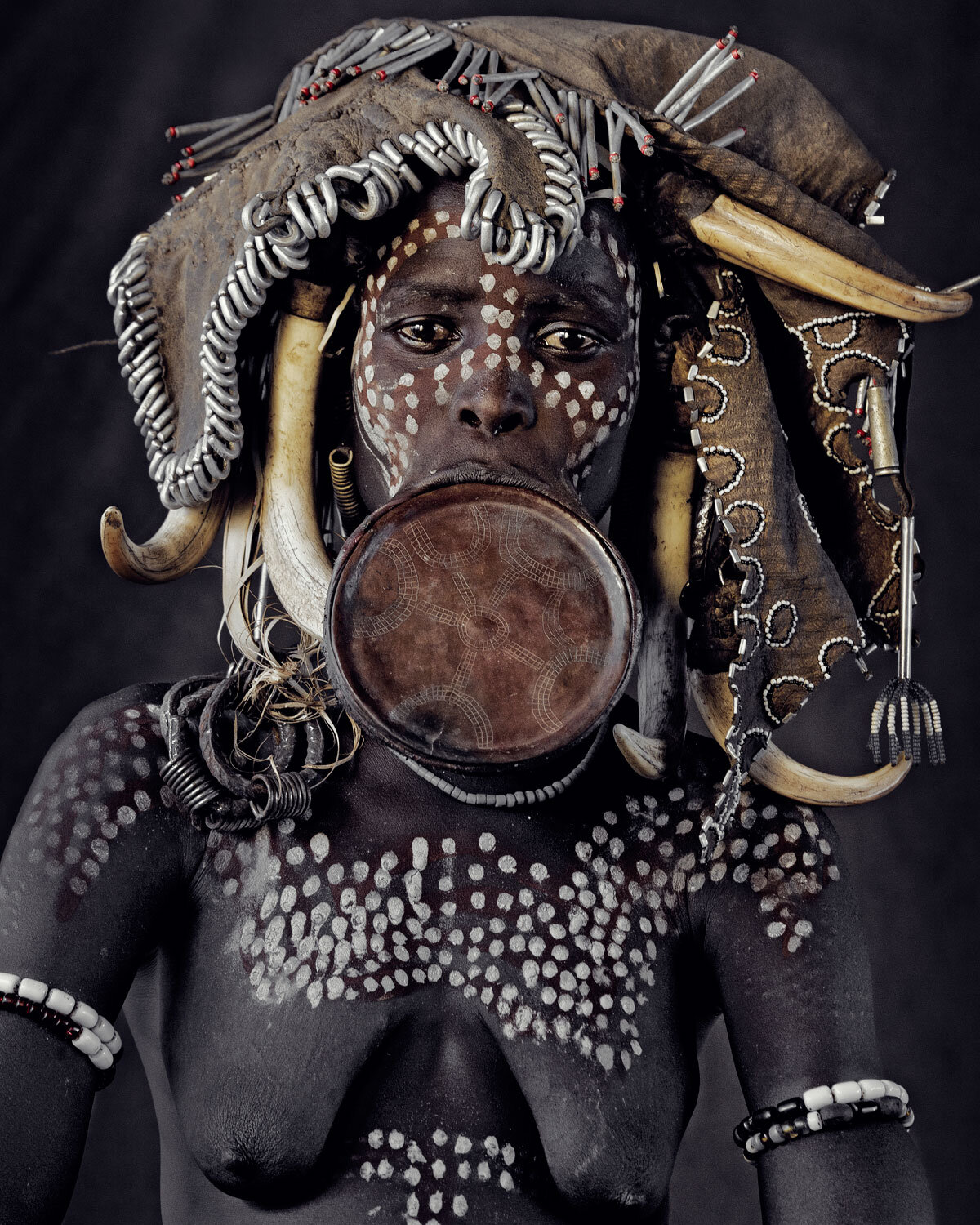
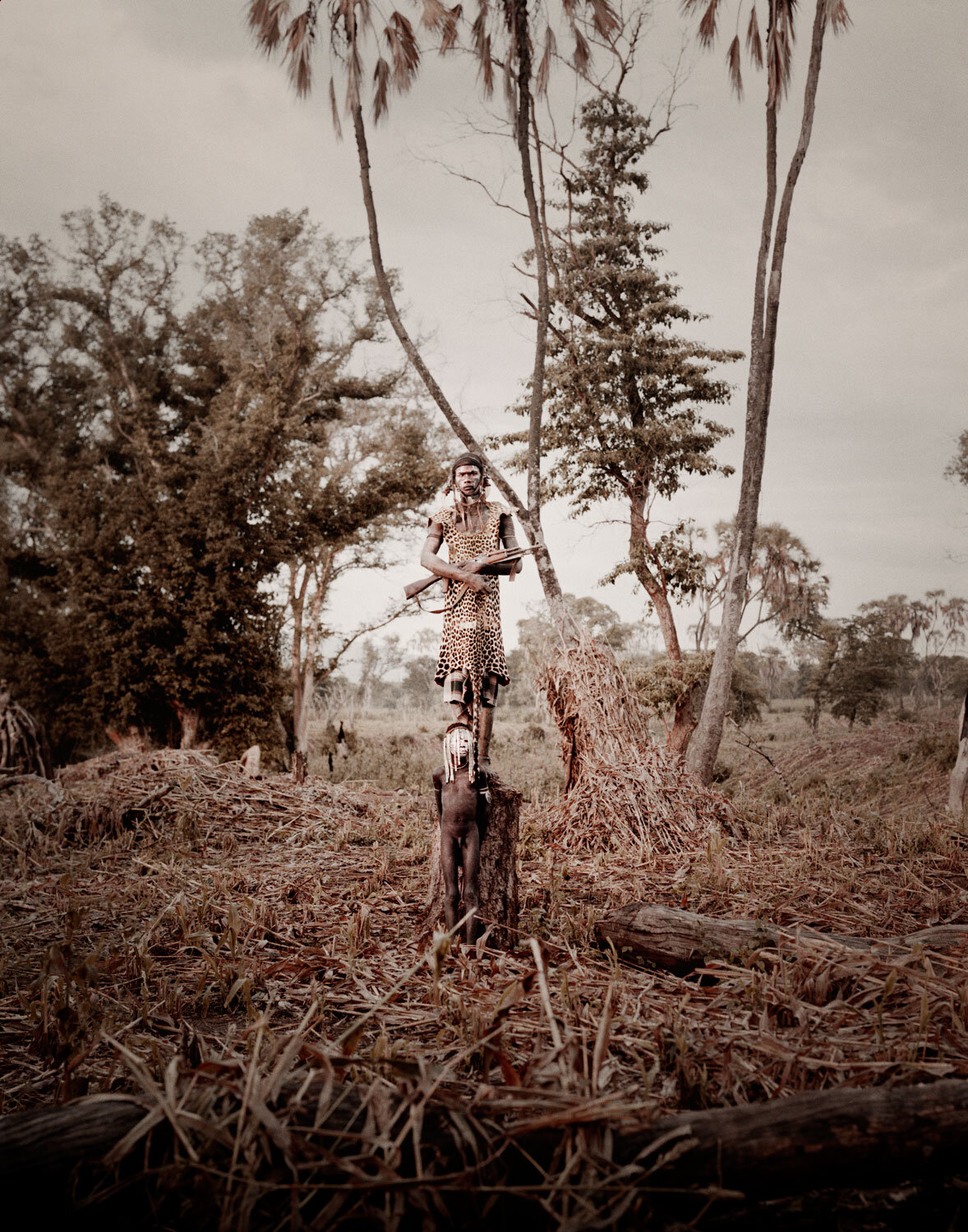

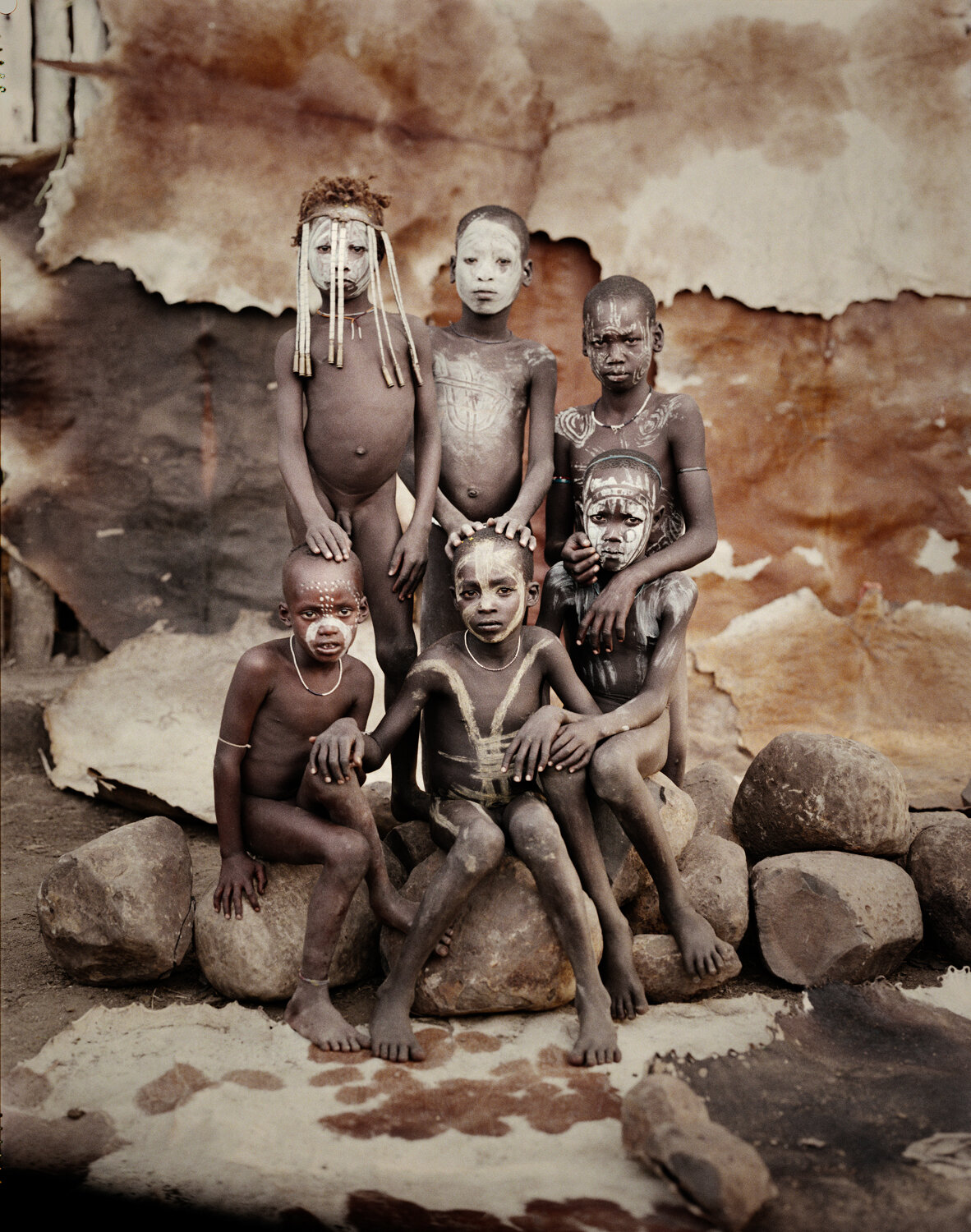

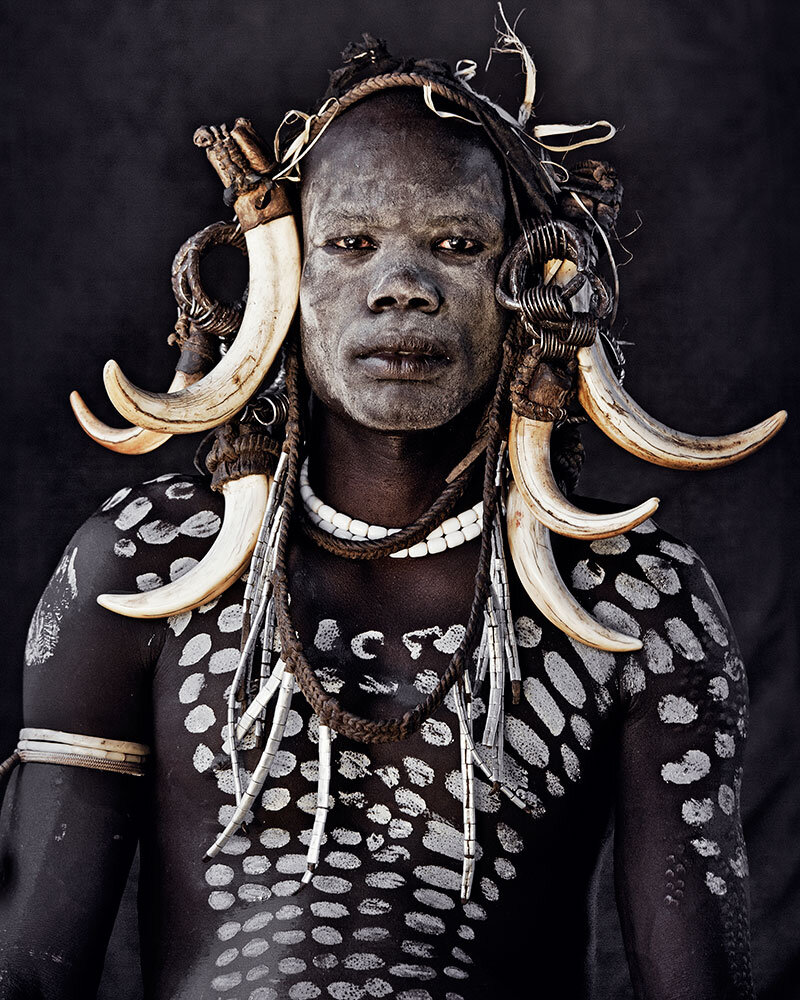
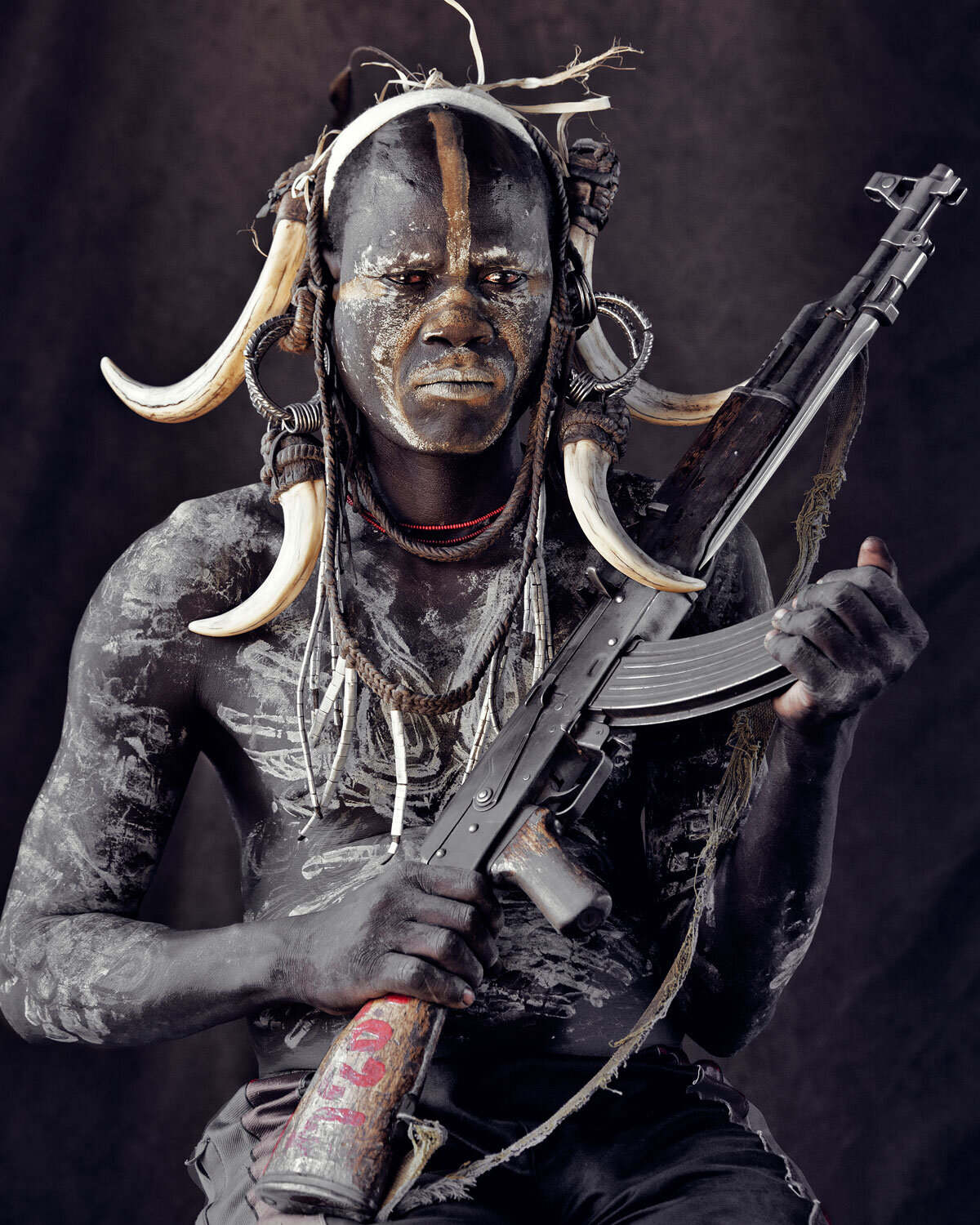
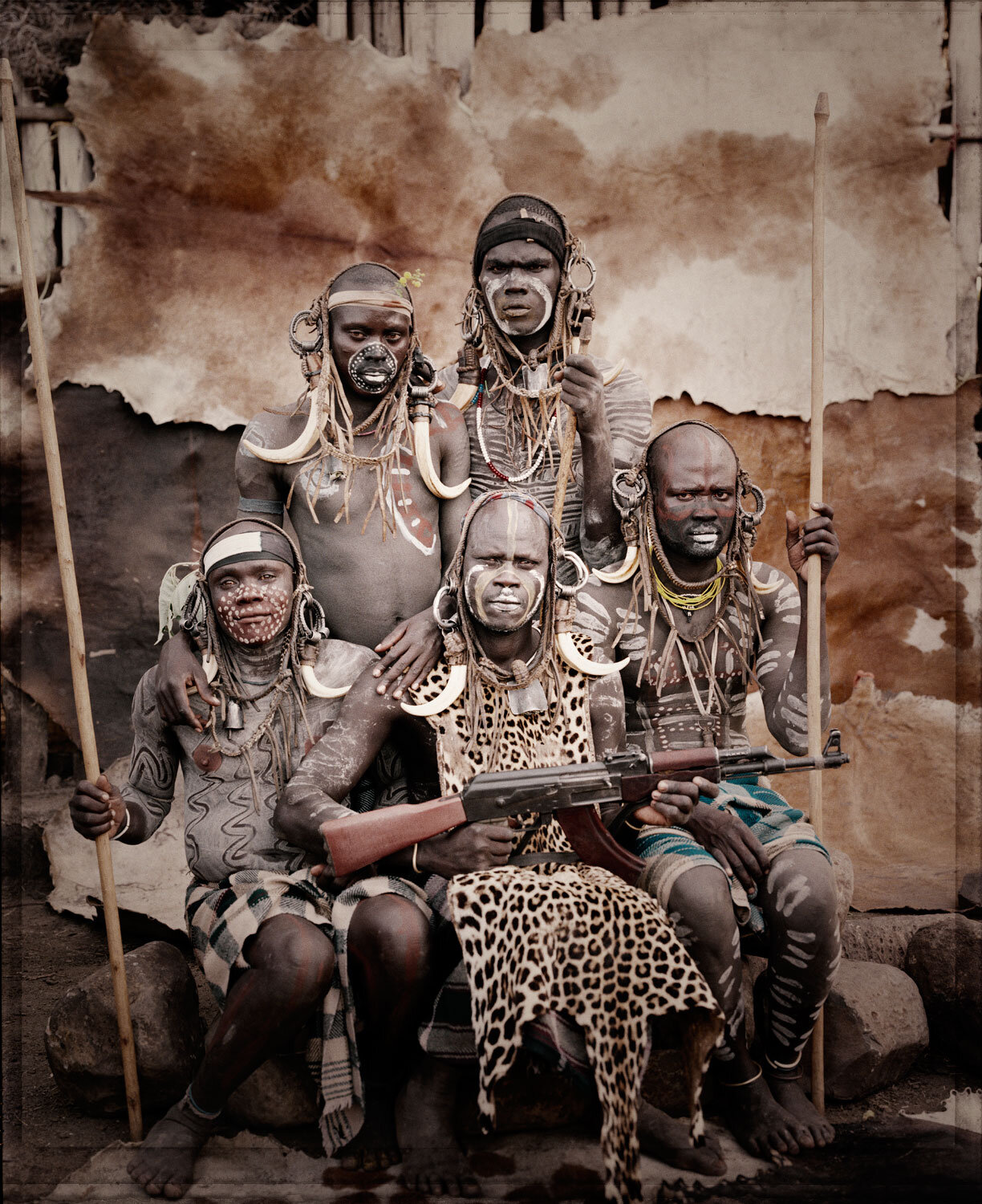
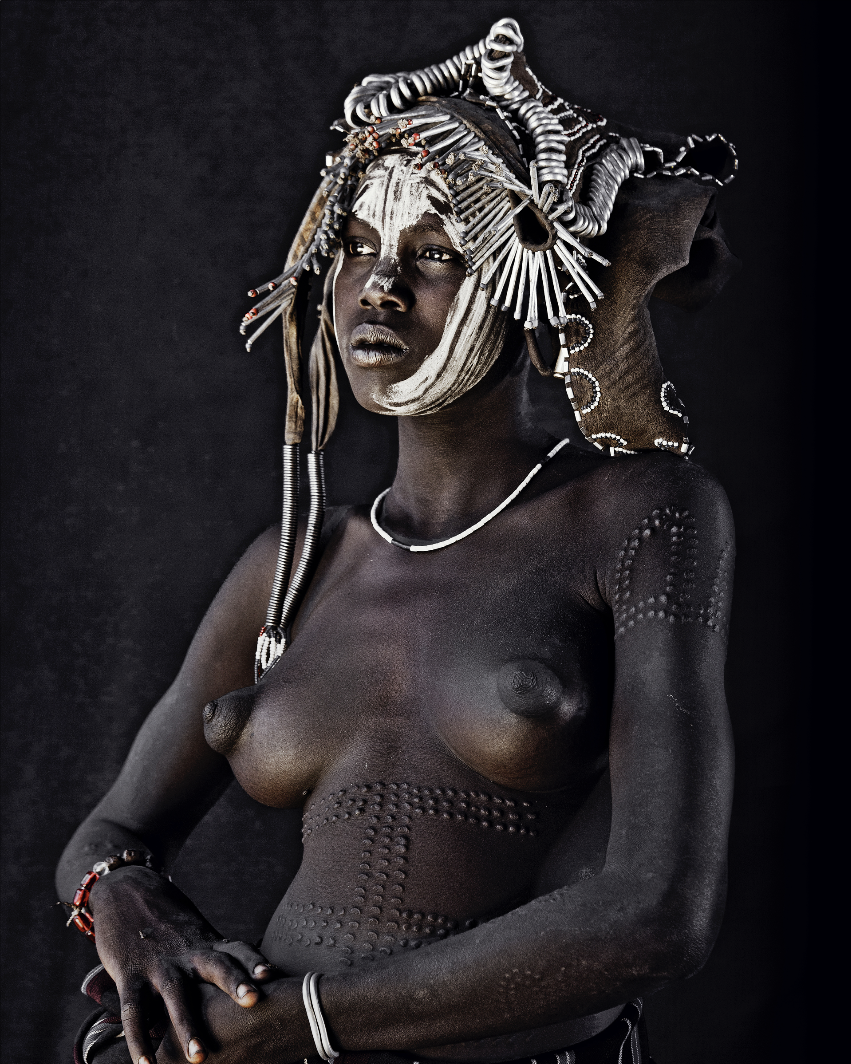
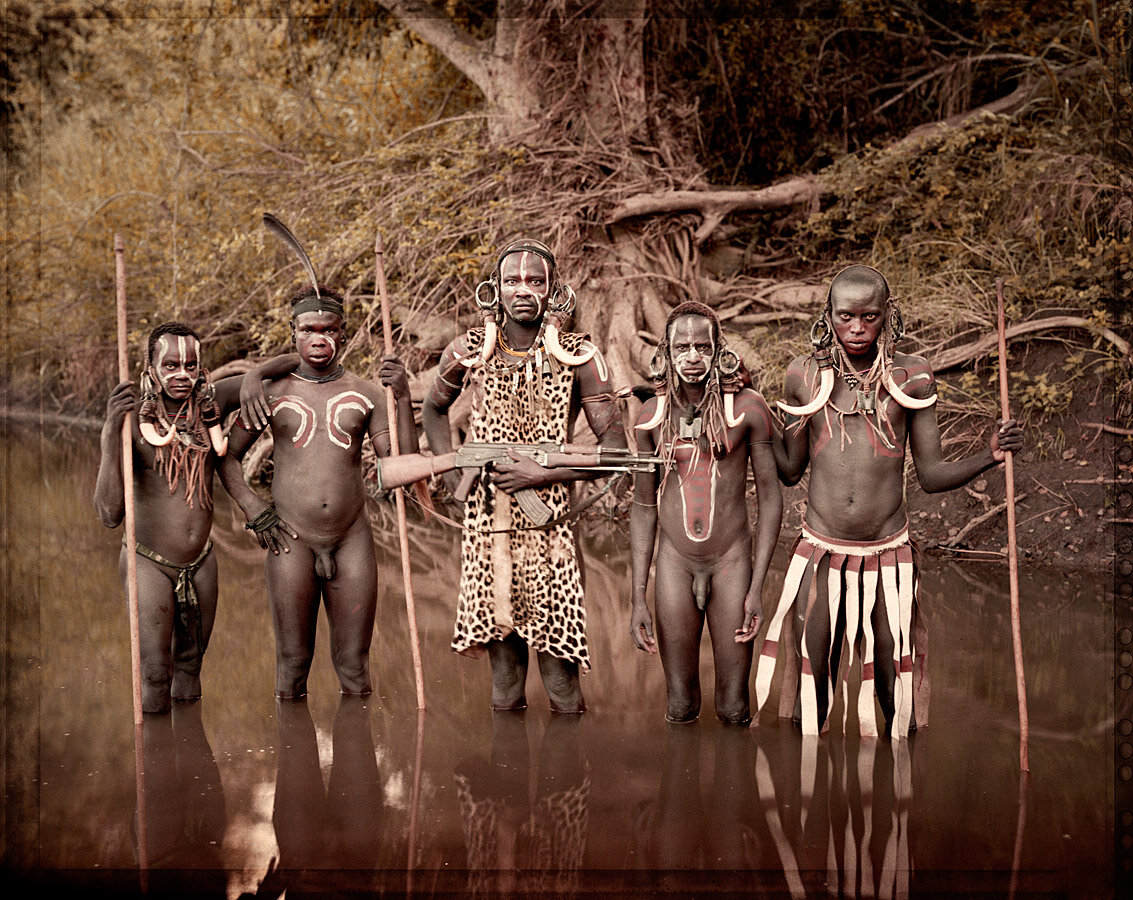
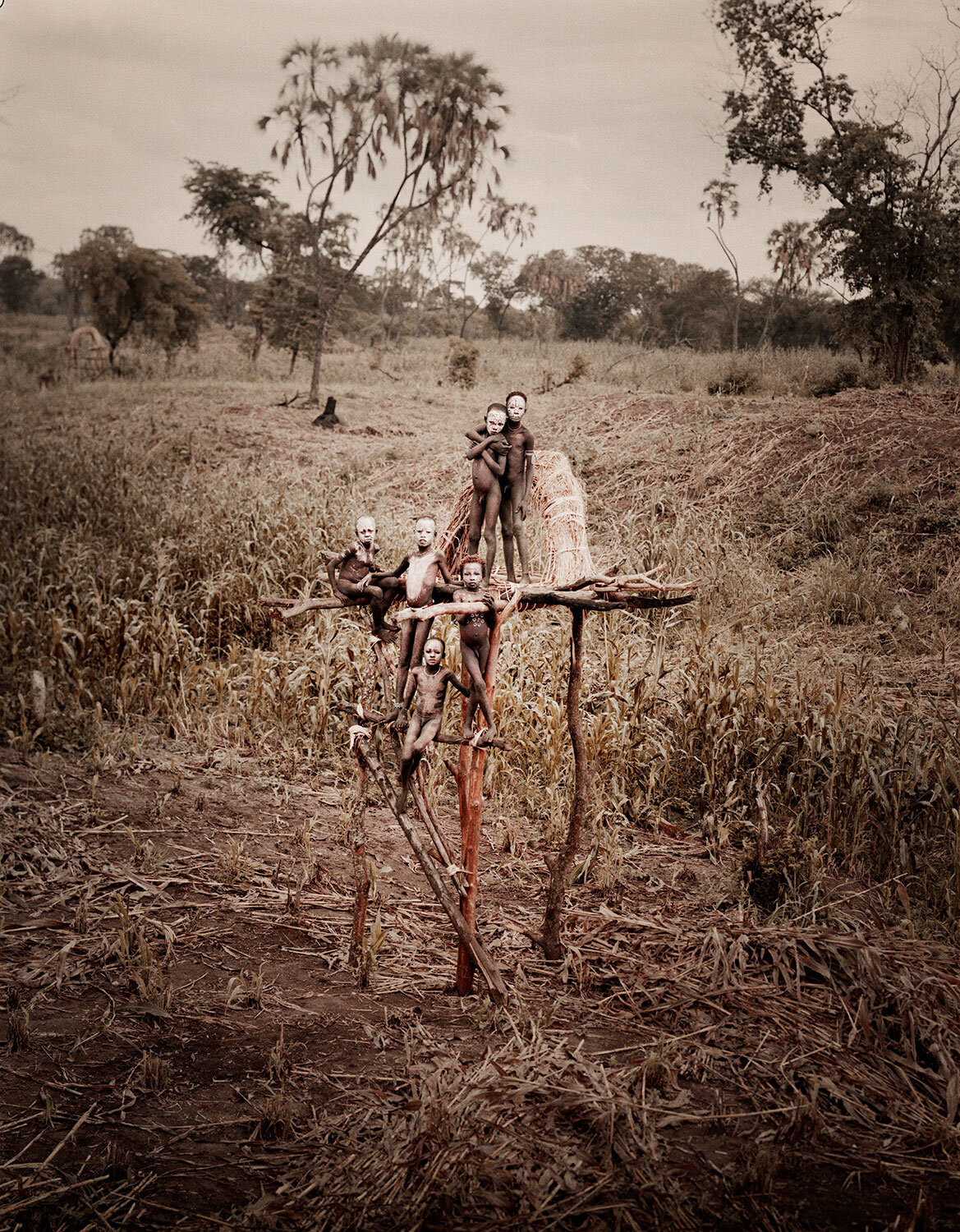
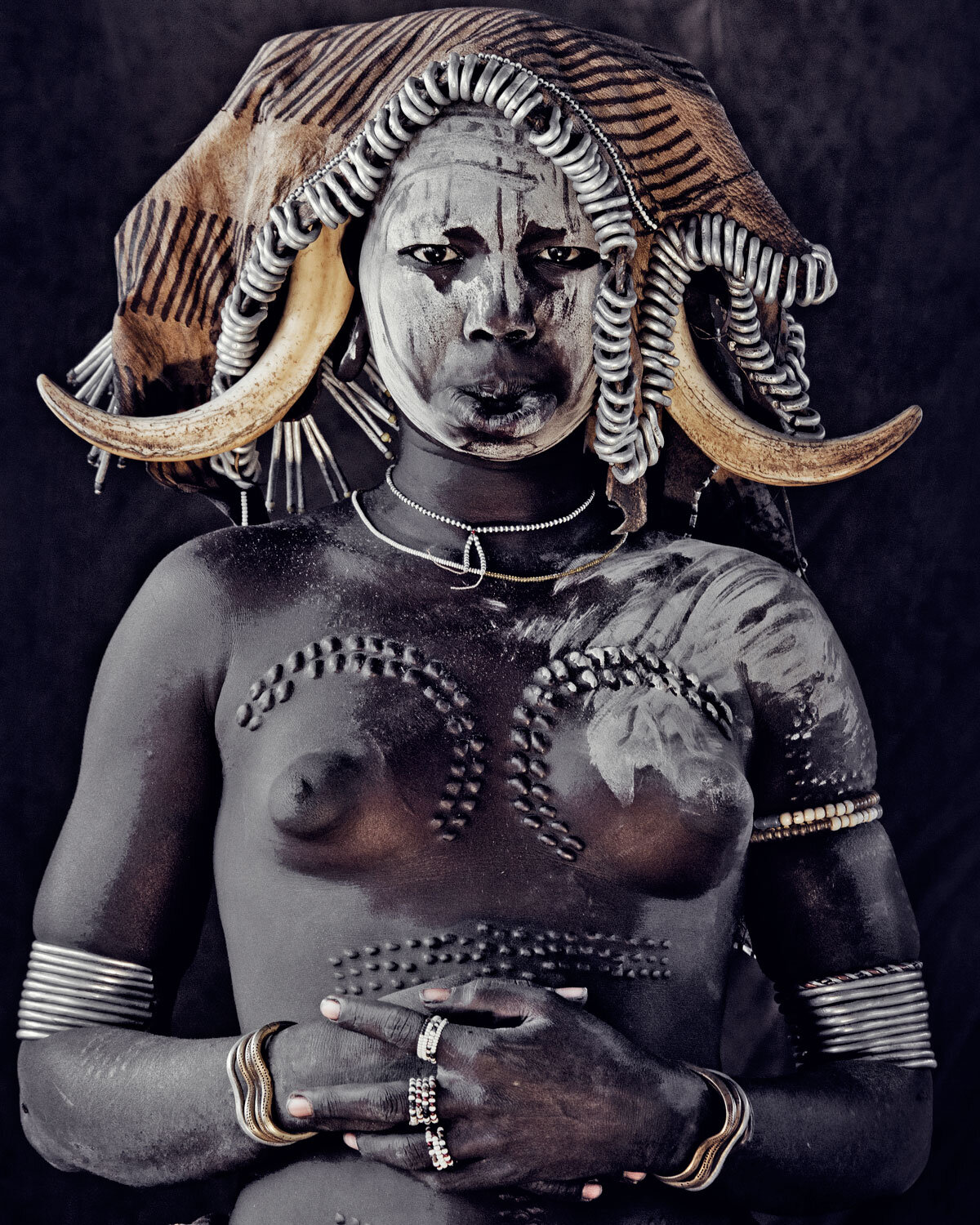
Ngalop and Sharchop
Bhutan is known in Bhutanese as Druk Yul, or Thunder Dragon. The population of around 800,000 is made up of several ethnic groups, including the Ngalop and the Sharchop. Ngalop means ‘the first risen’ and this group is the largest in the country. Bhutan’s government is known for measuring prosperity in terms of Gross National Happiness instead of Gross National Product, to focus on the overall happiness and well-being of the Bhutanese population, rather than only their material wealth.
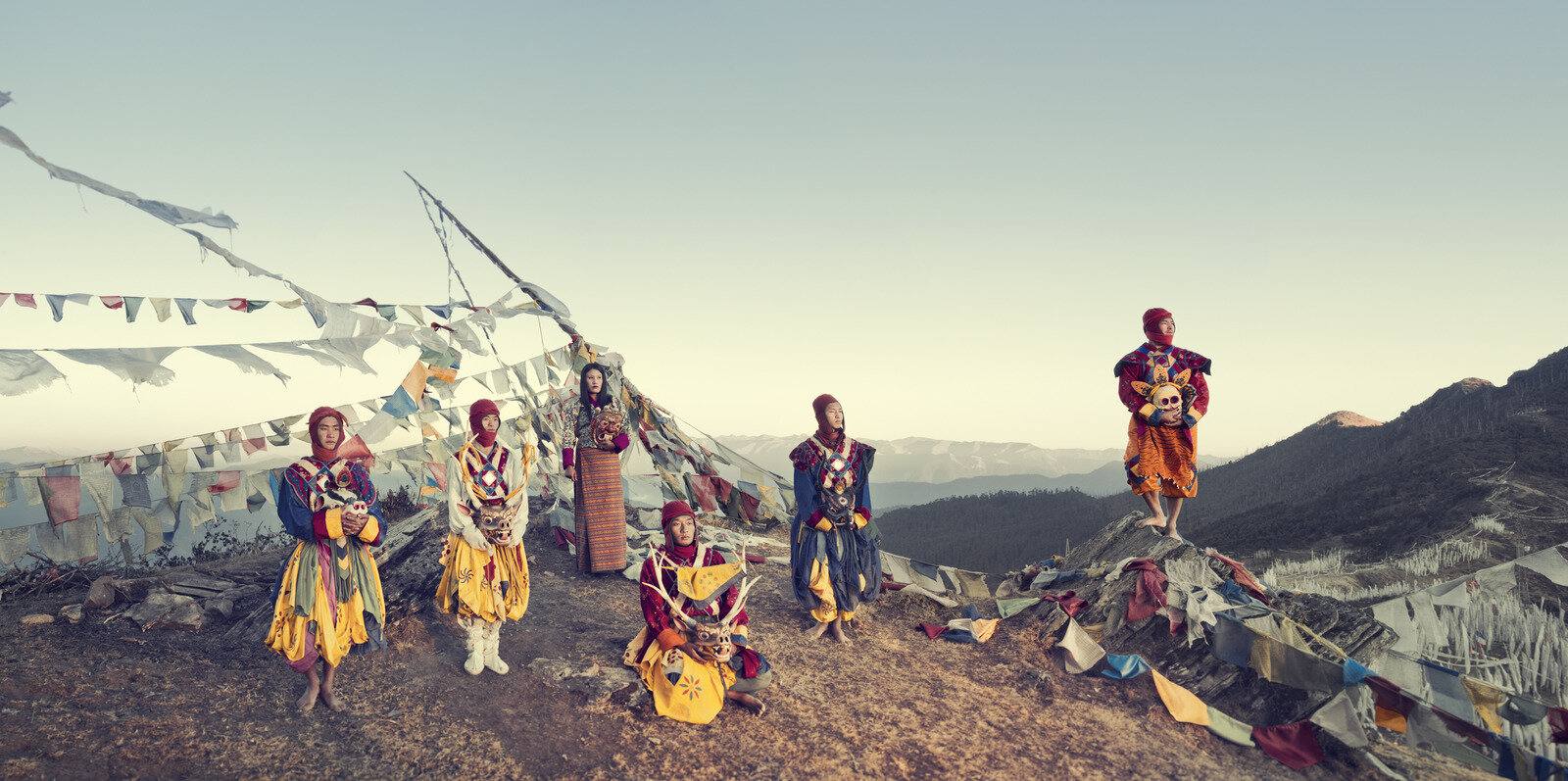
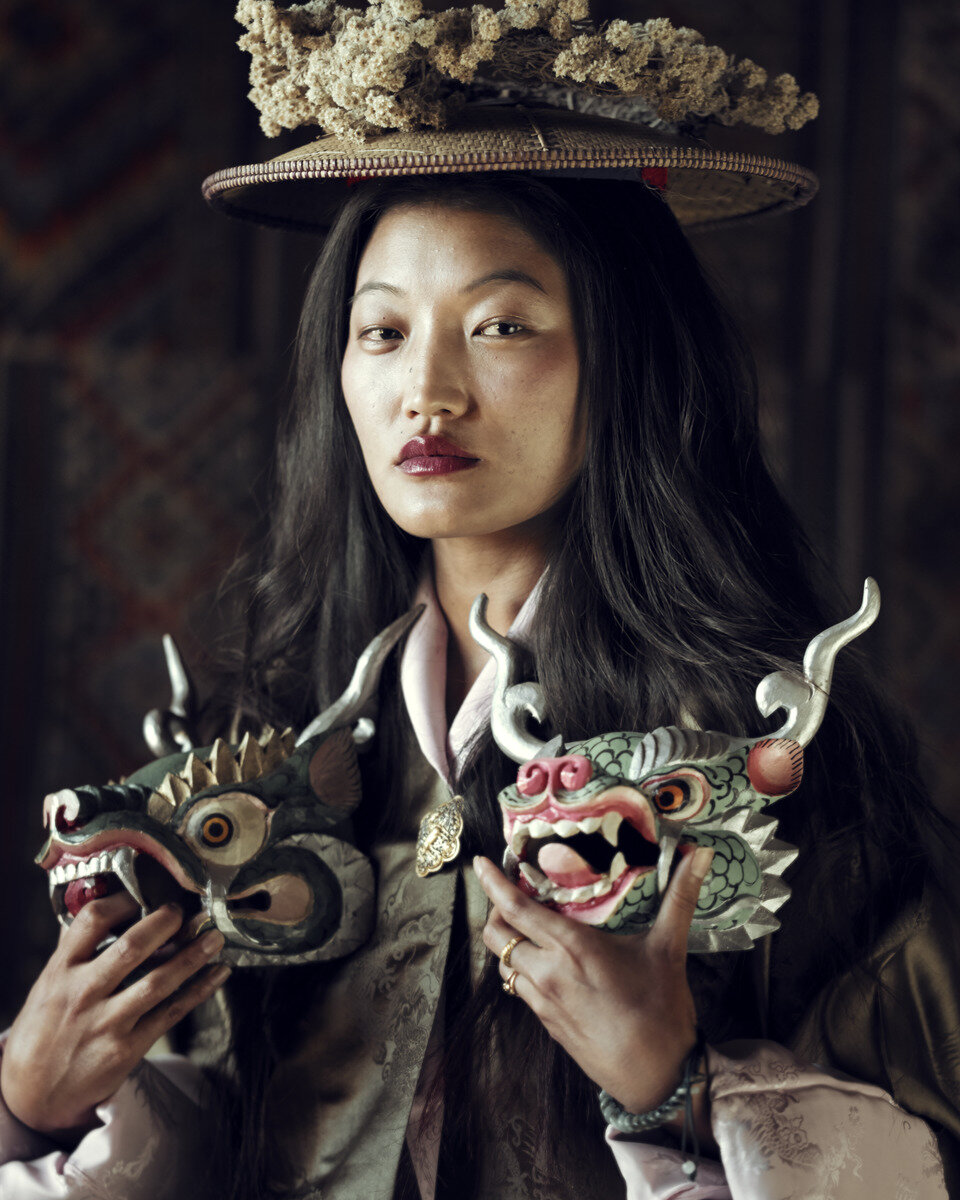
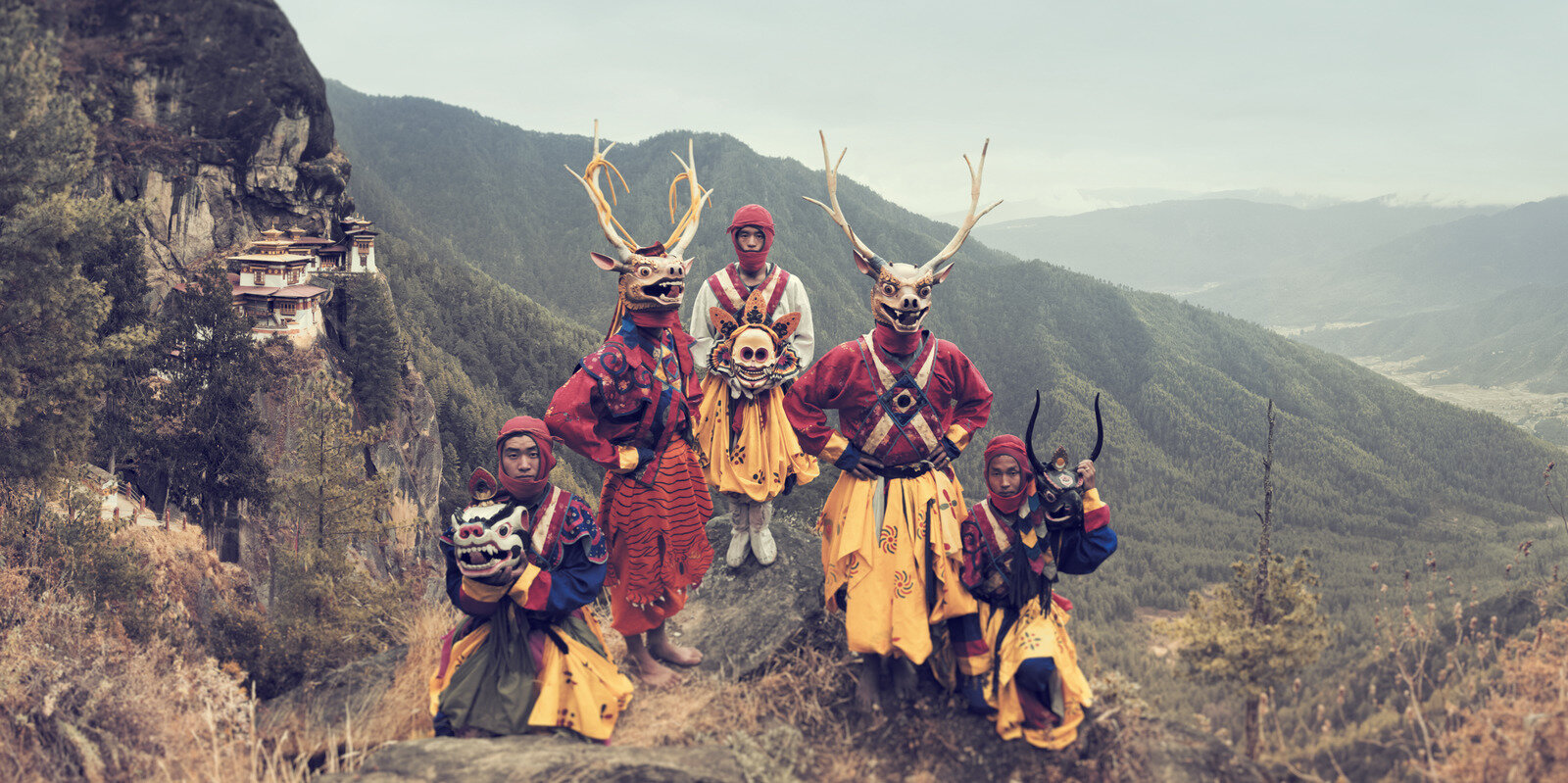
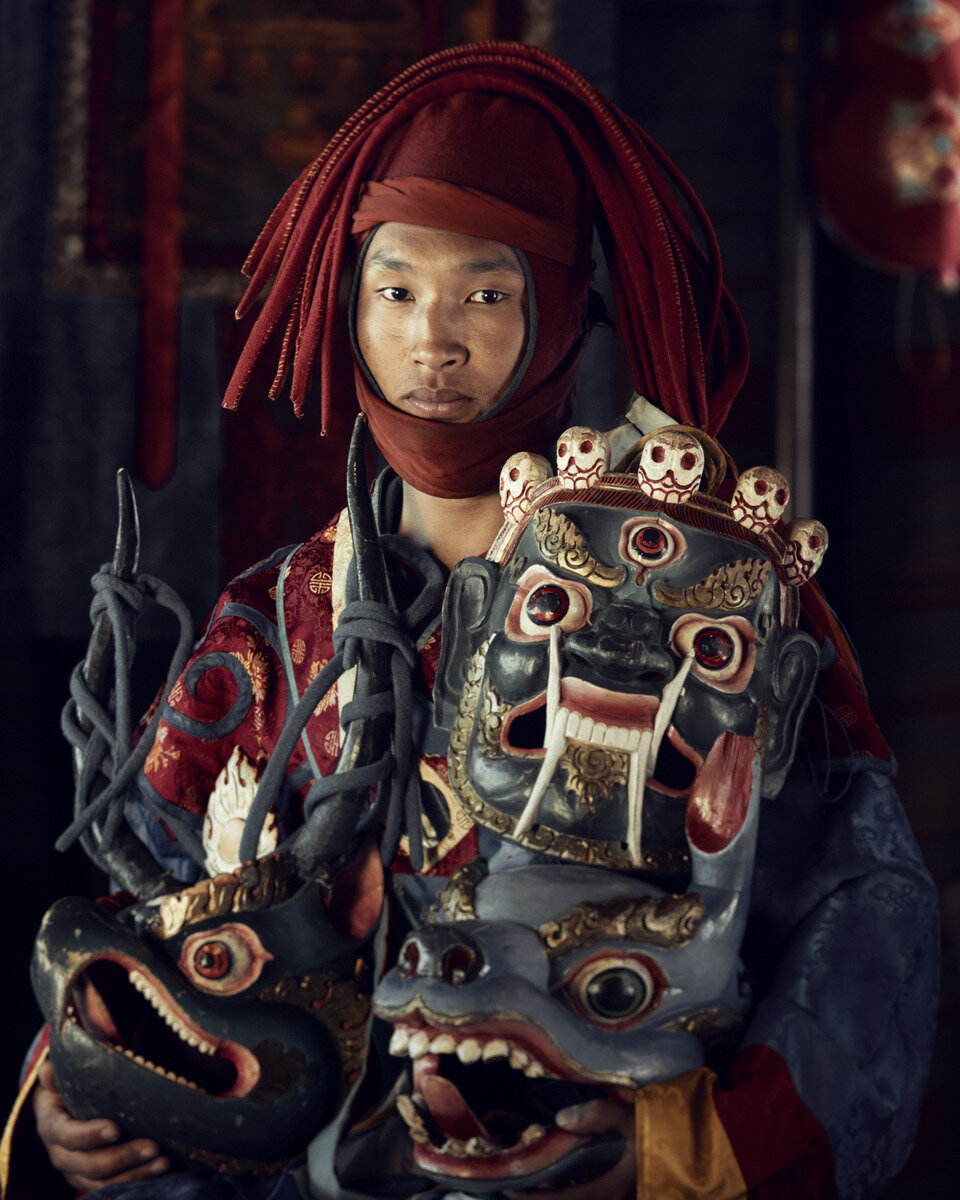
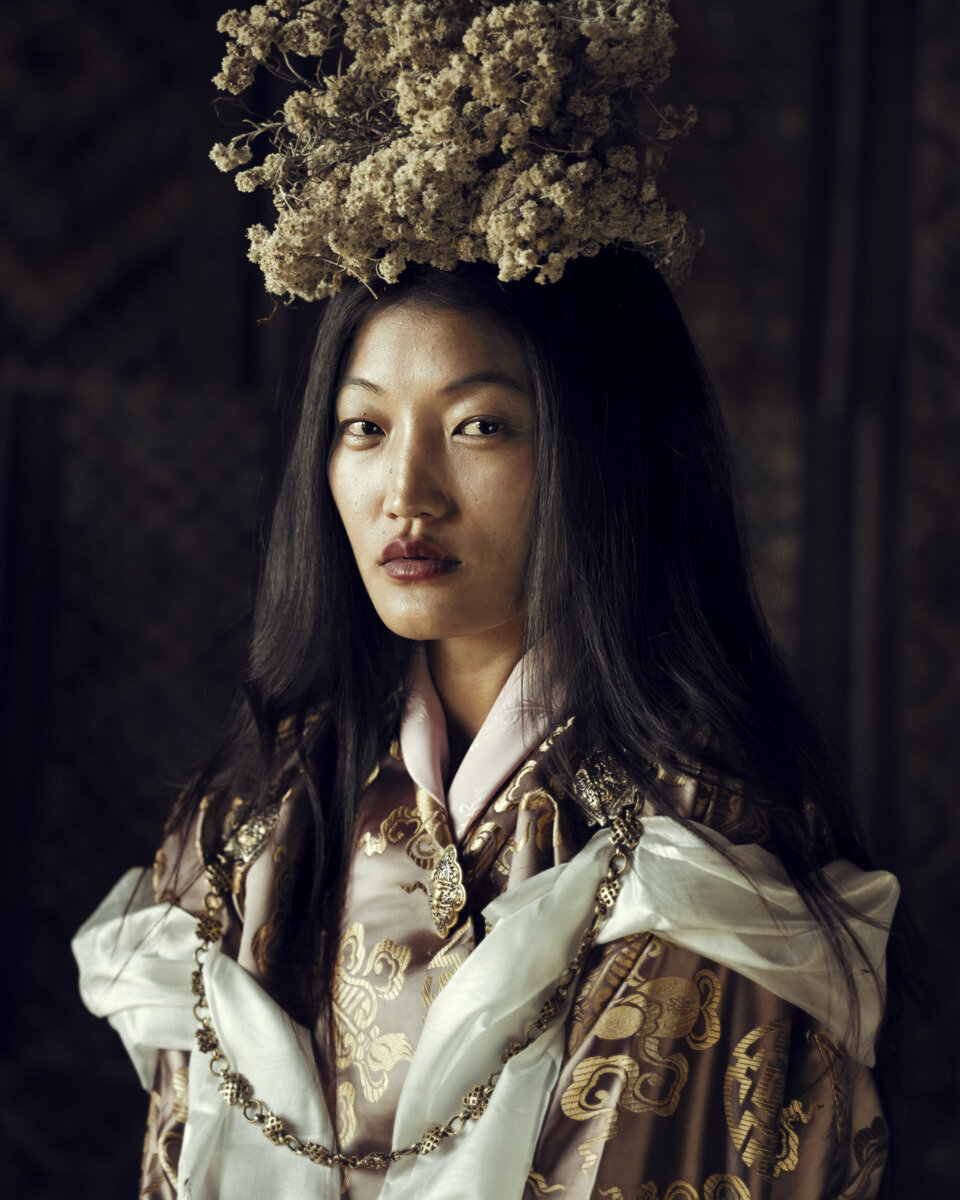
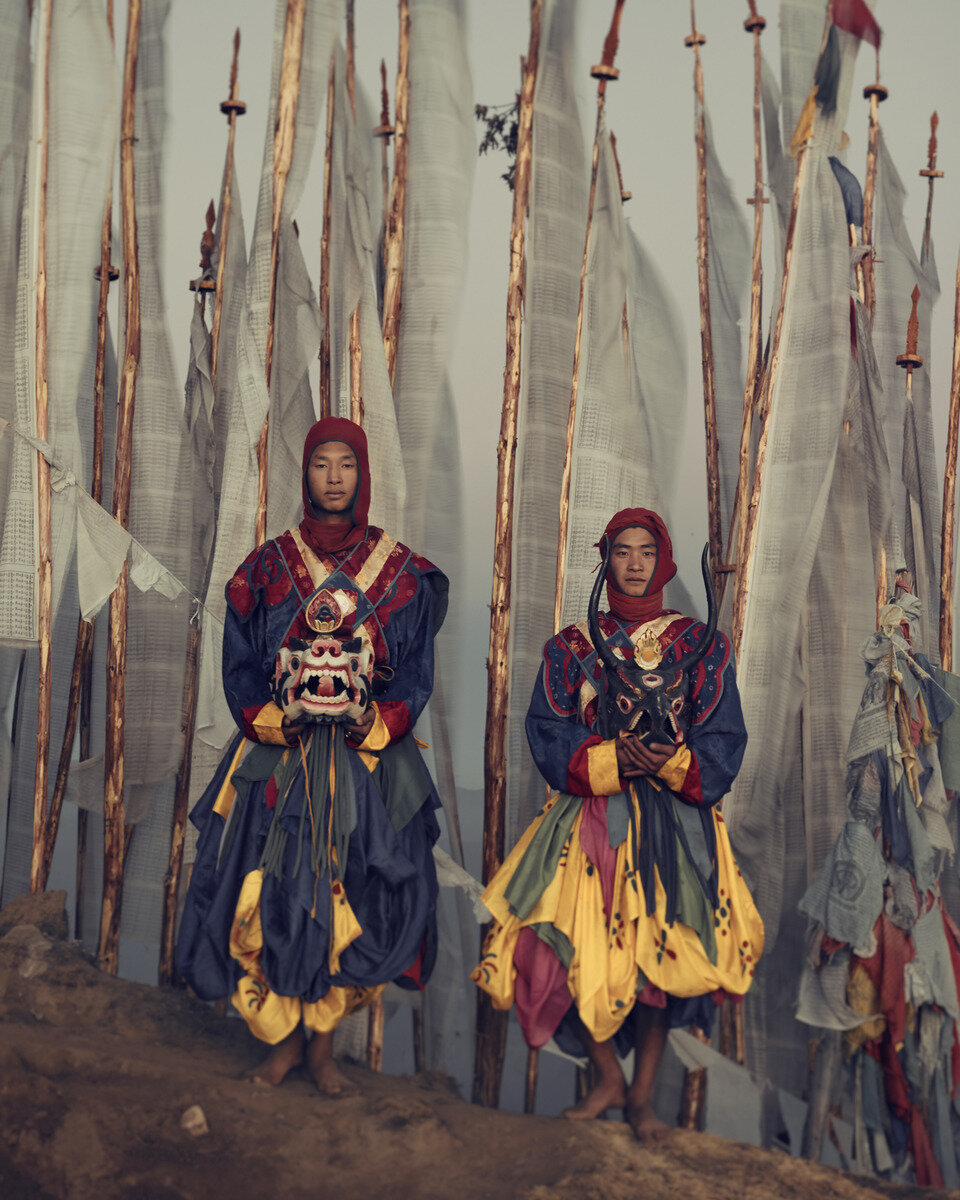
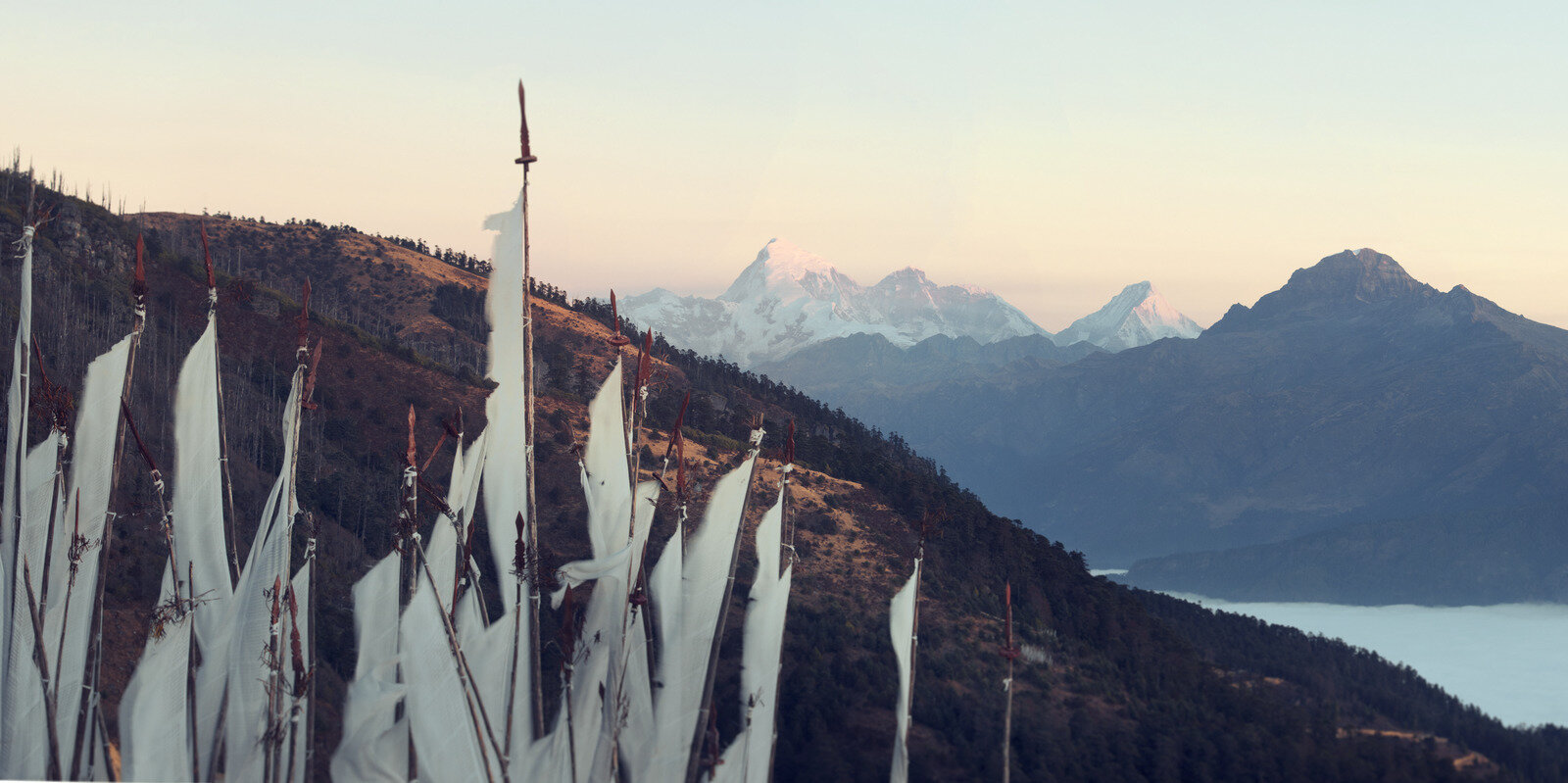
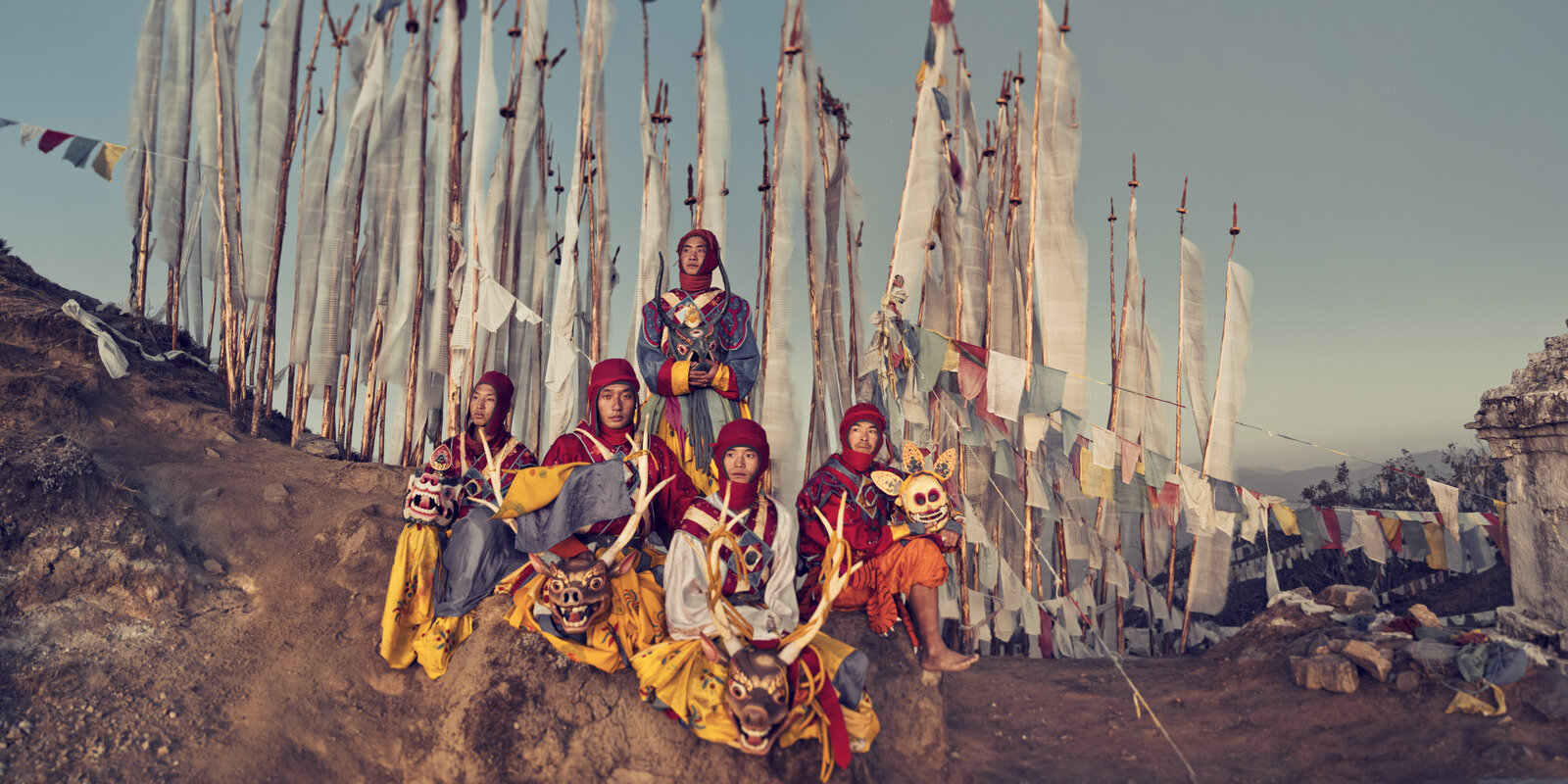
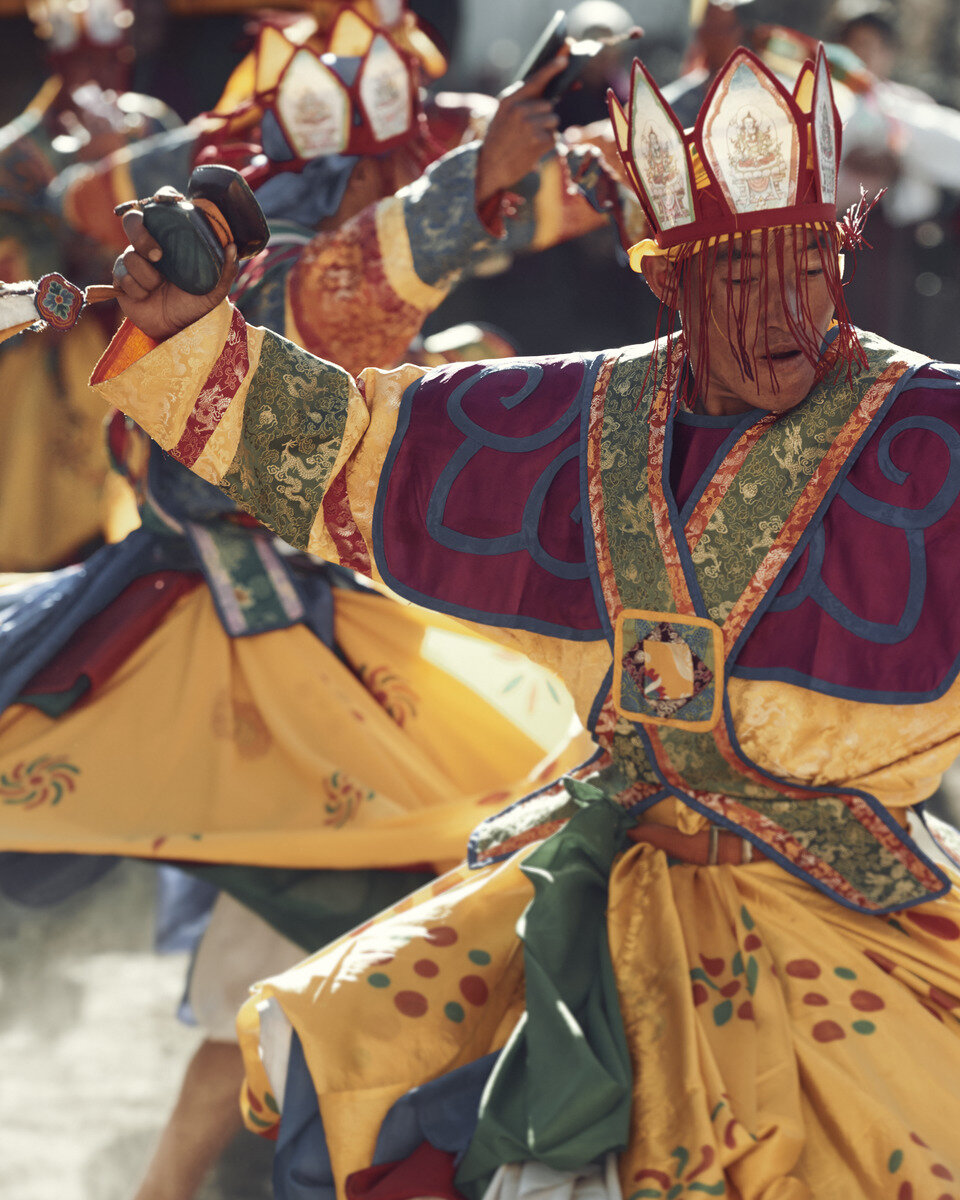
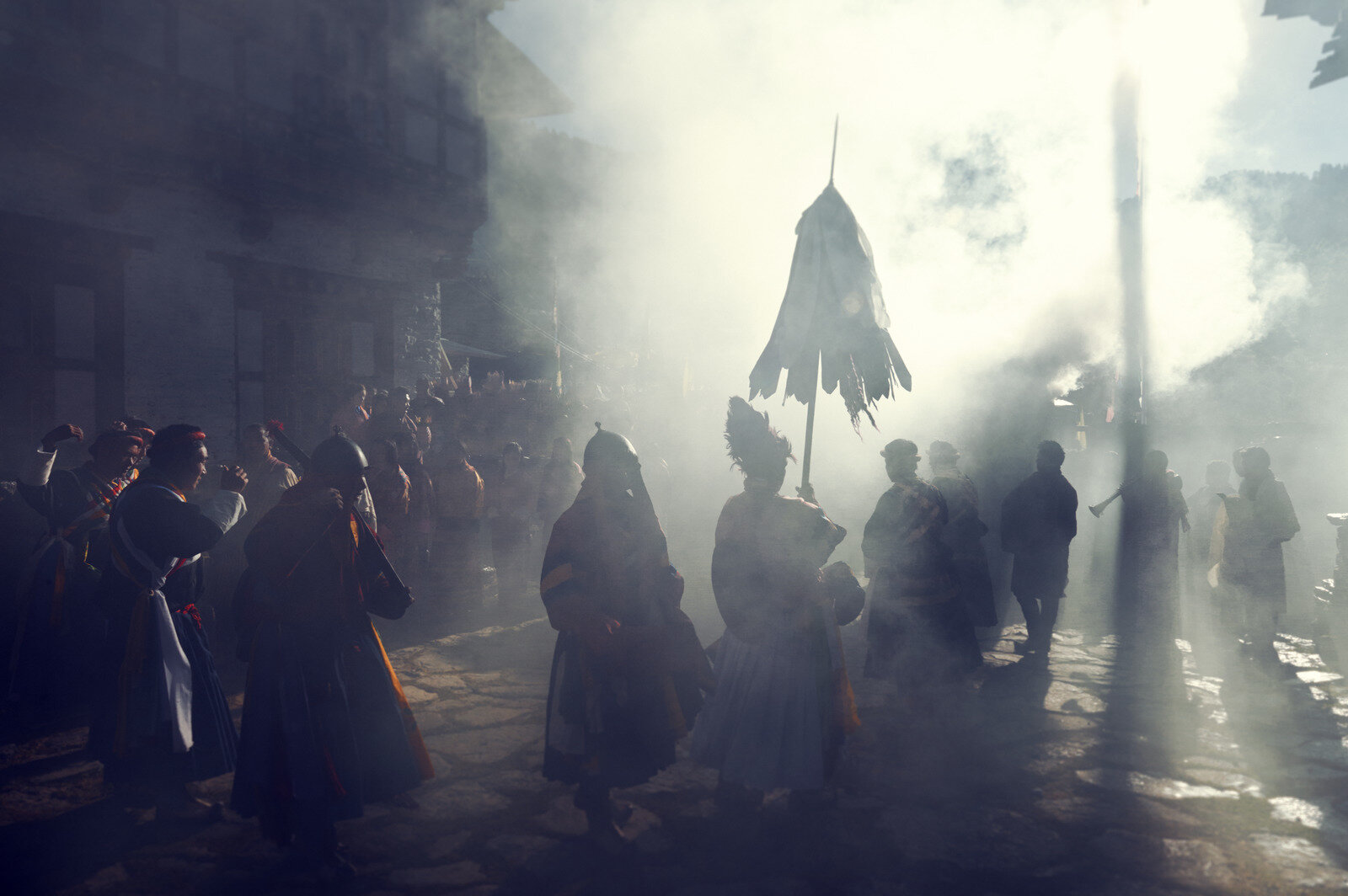
Mwila
Mwila people are part of the Nyaneka-Khumbi group and live mainly in south-western Angola in the Huila region. They are known for their impressive vikeka necklaces, made of mud and beads. Girls start wearing the necklaces from the onset of puberty and almost never take them off. Hairstyles differ widely from group to group and often indicate status and position within the community. The Mwilas shape their hair like a horn with a mixture of oil and clay, decorated with shells and beads. Wearing an ostrich feather in your hair indicates that you are married.
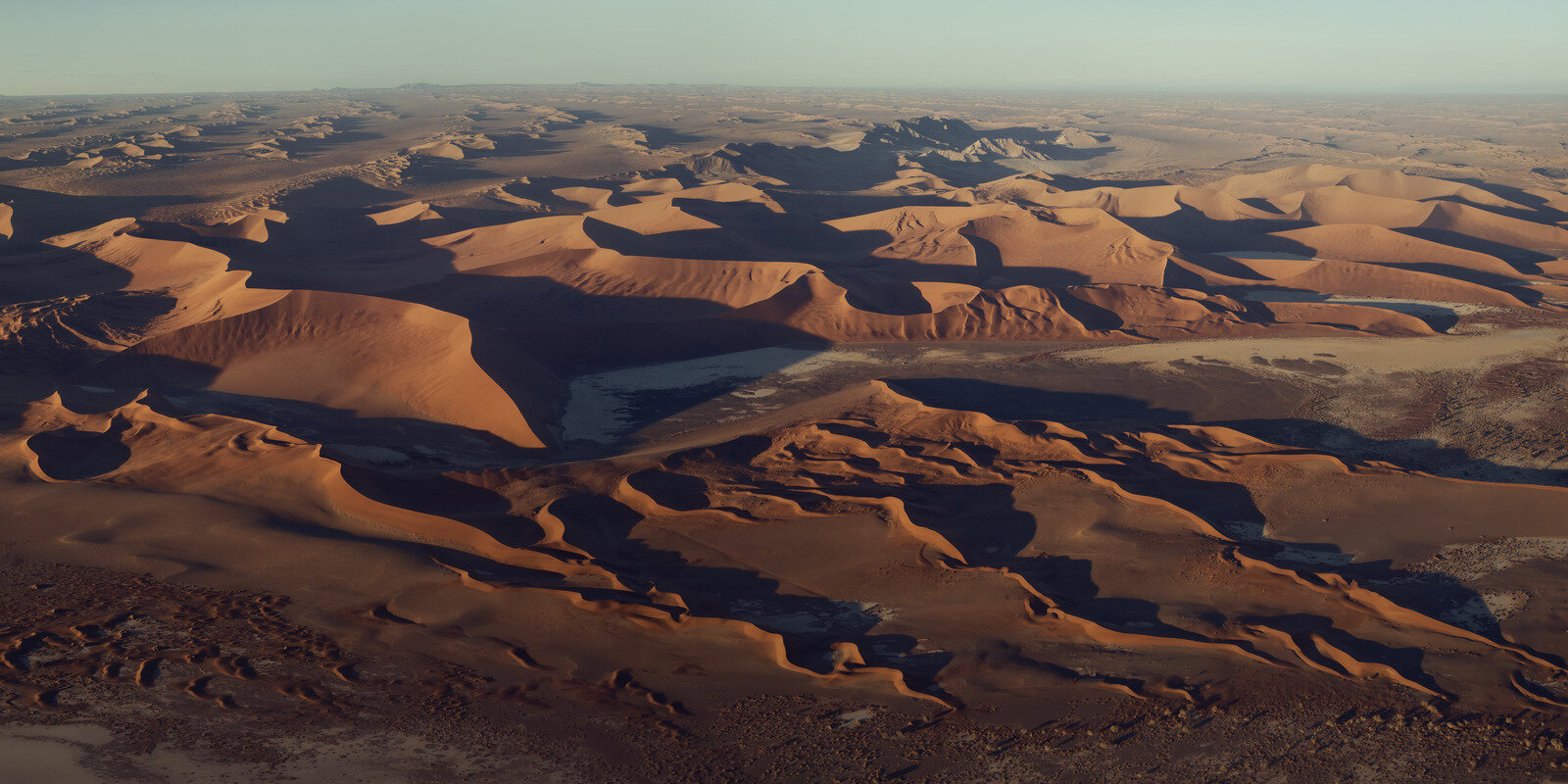
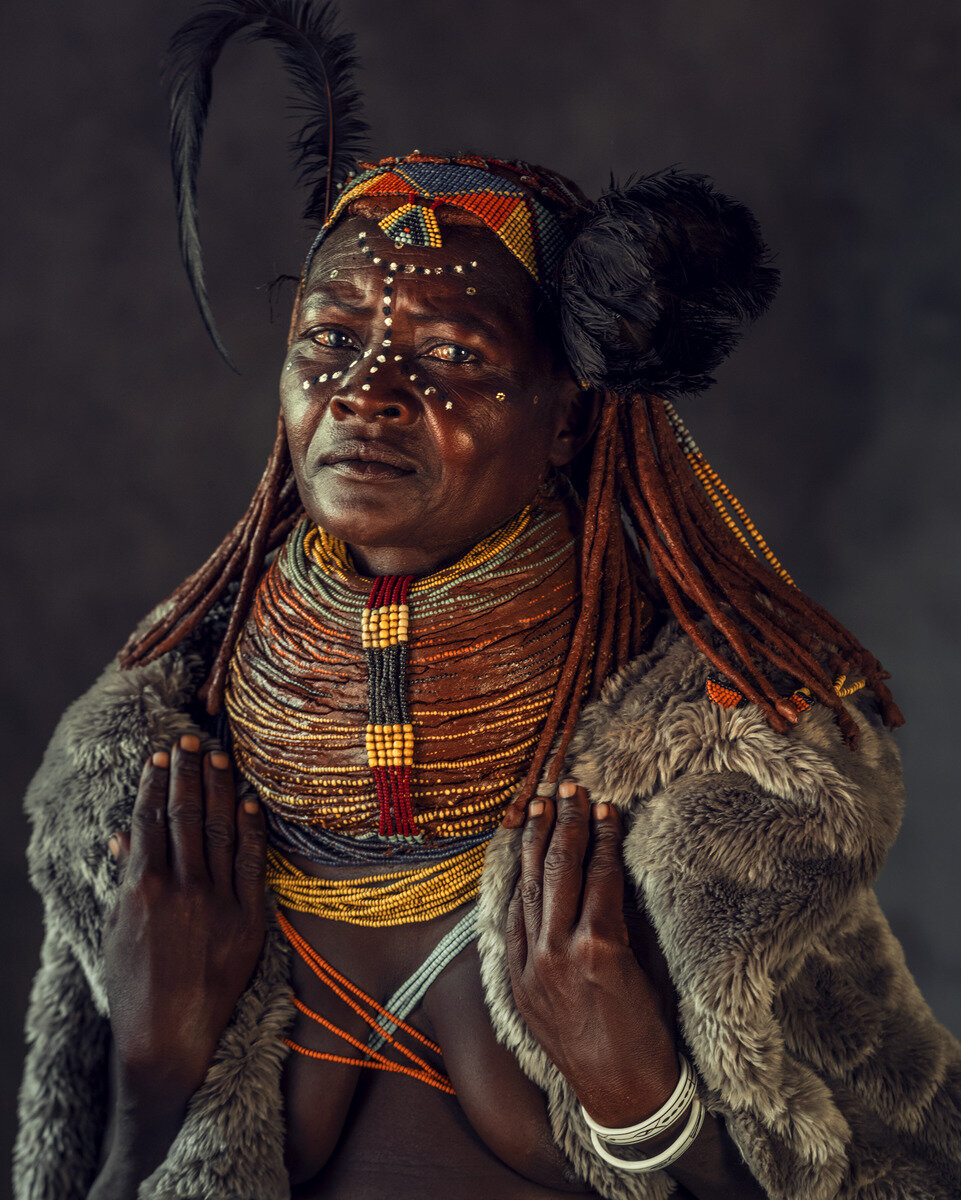
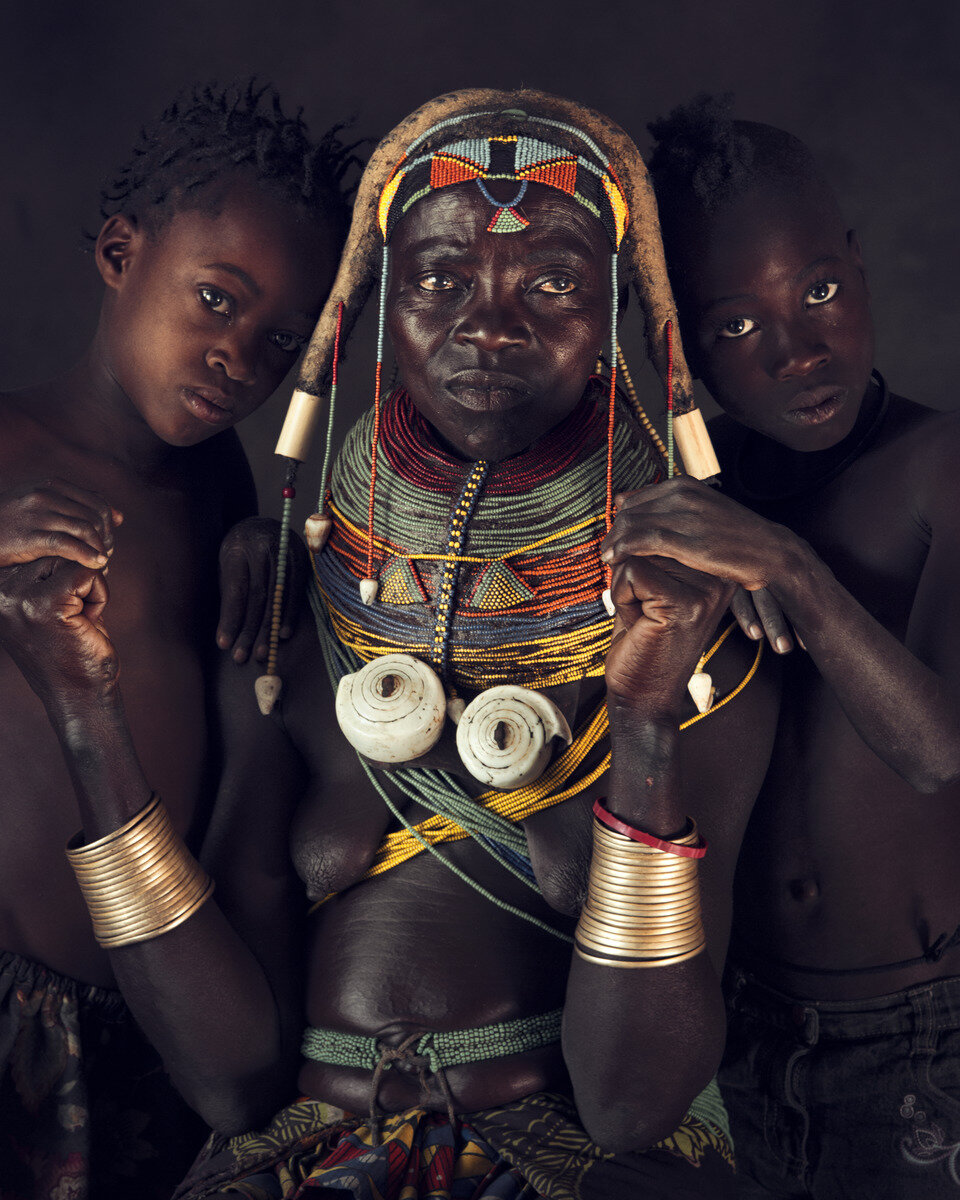
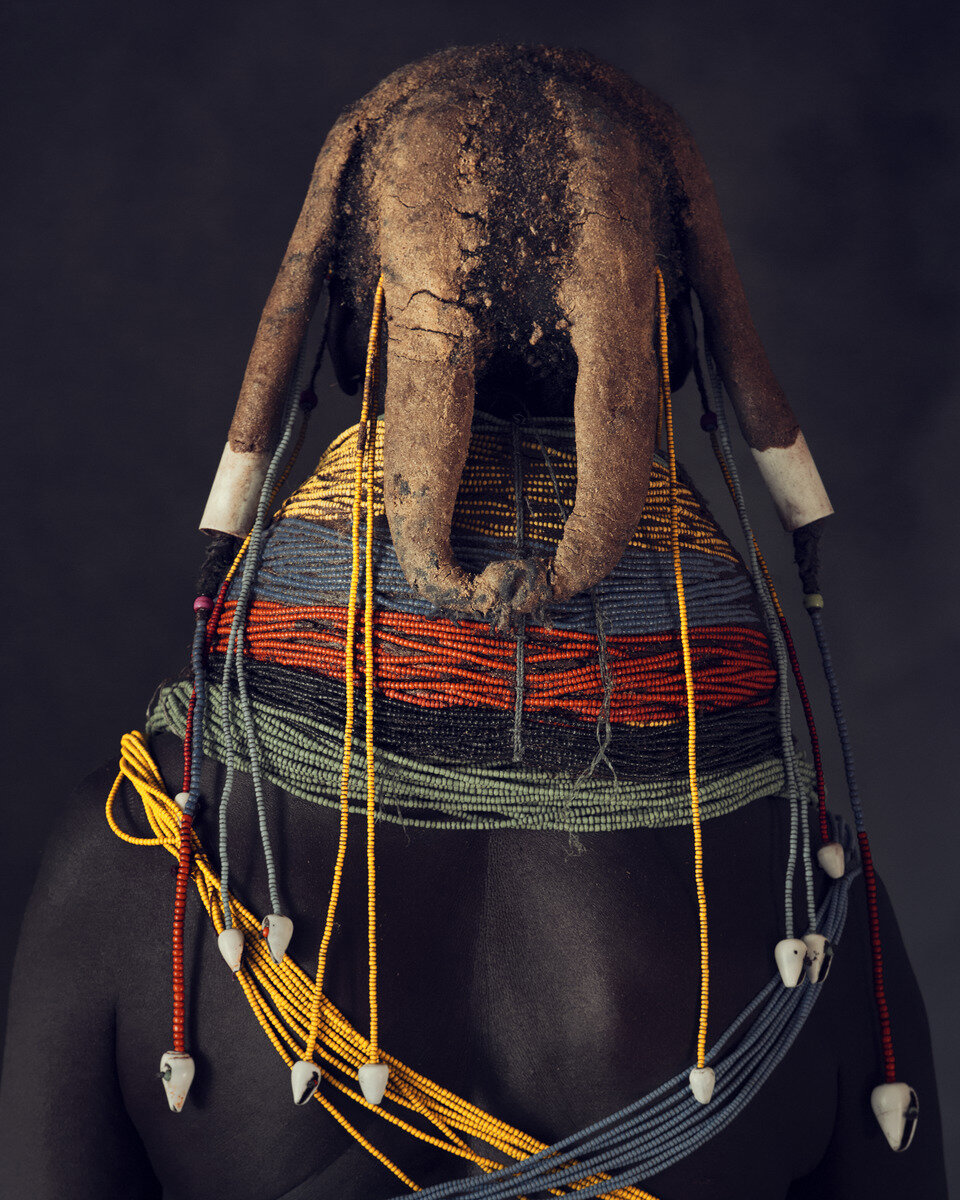
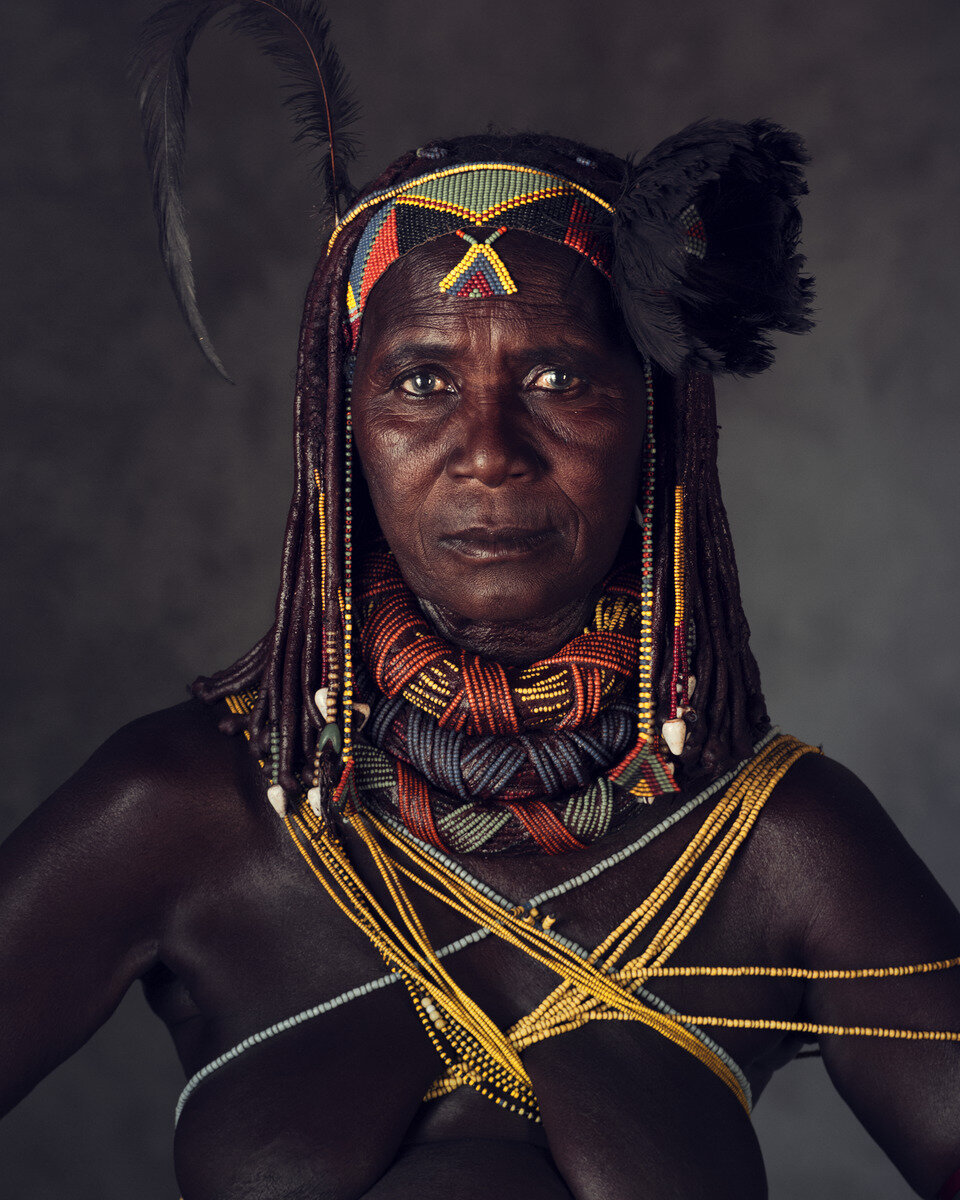
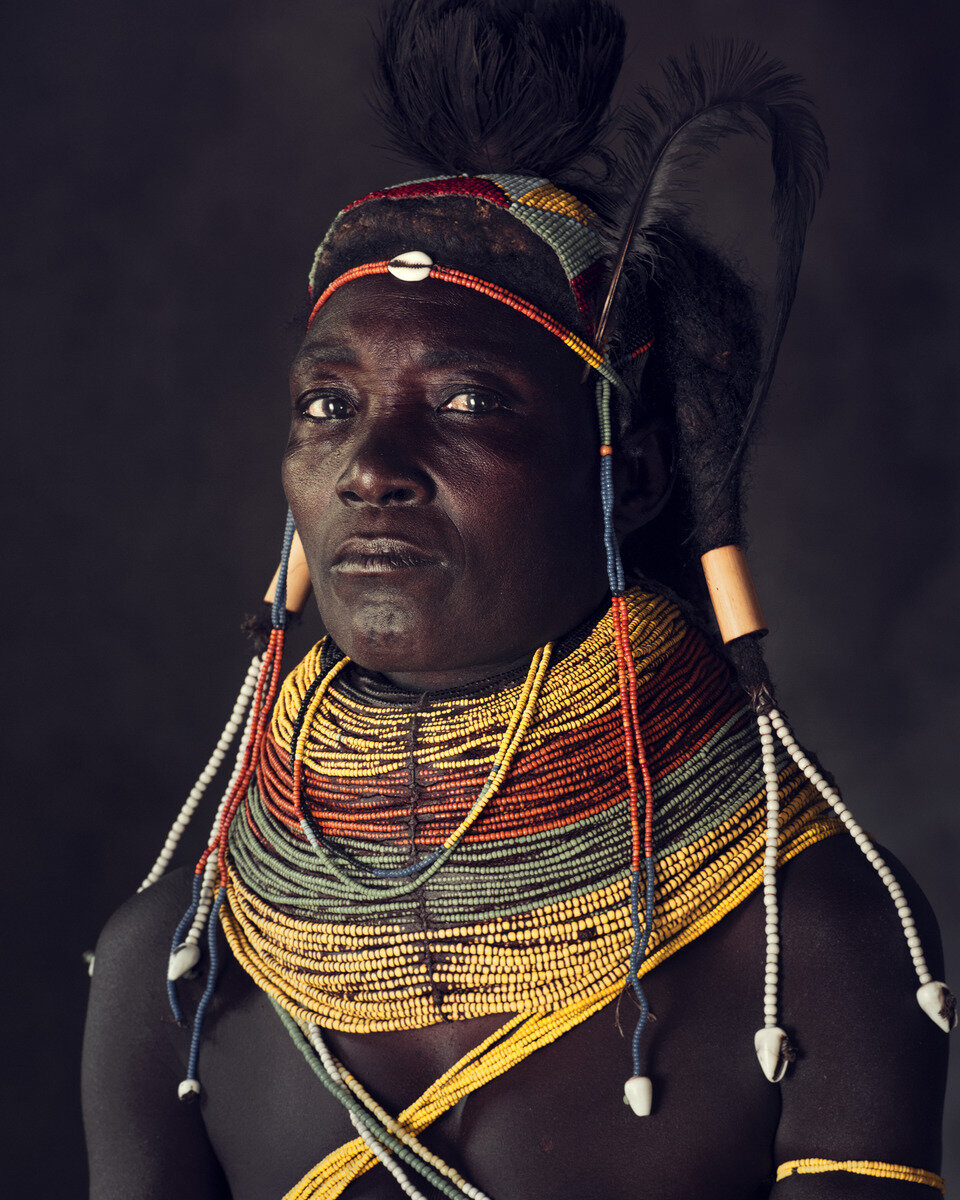
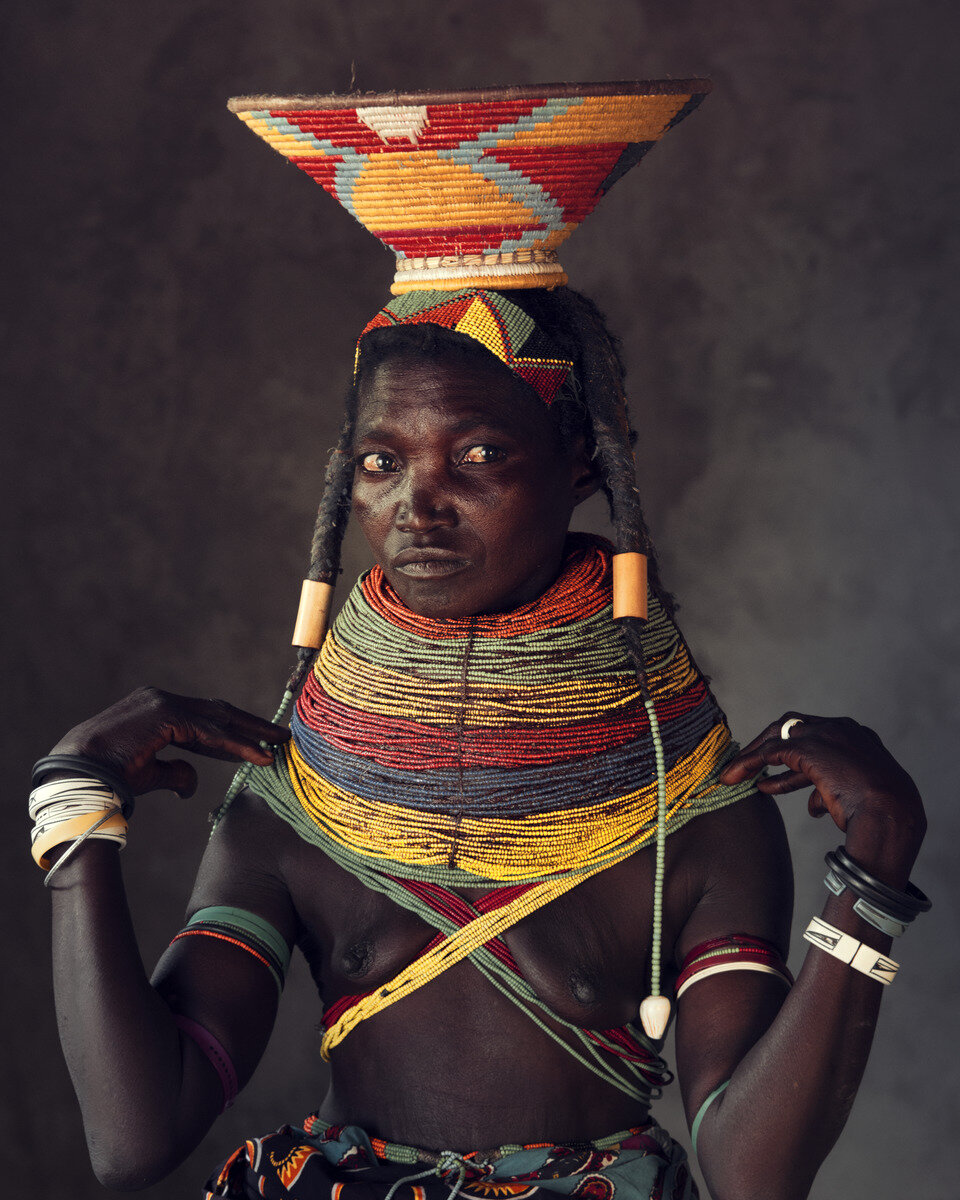
Huli
It is believed that the first Papua New Guineans migrated to the island over 45000 years ago. Today, over 3 million people, half of the heterogeneous population, live in the highlands. Some communities have been engaged in low-scale conflict with their neighbours for millennia. The indigenous groups fight over land, pigs and women. Great effort is made to impress the enemy. The largest indigenous group, the Huli wigmen, paint their faces yellow, red and white and are famous for their tradition of making ornamented wigs from their own hair. An axe with a claw completes the intimidating effect.
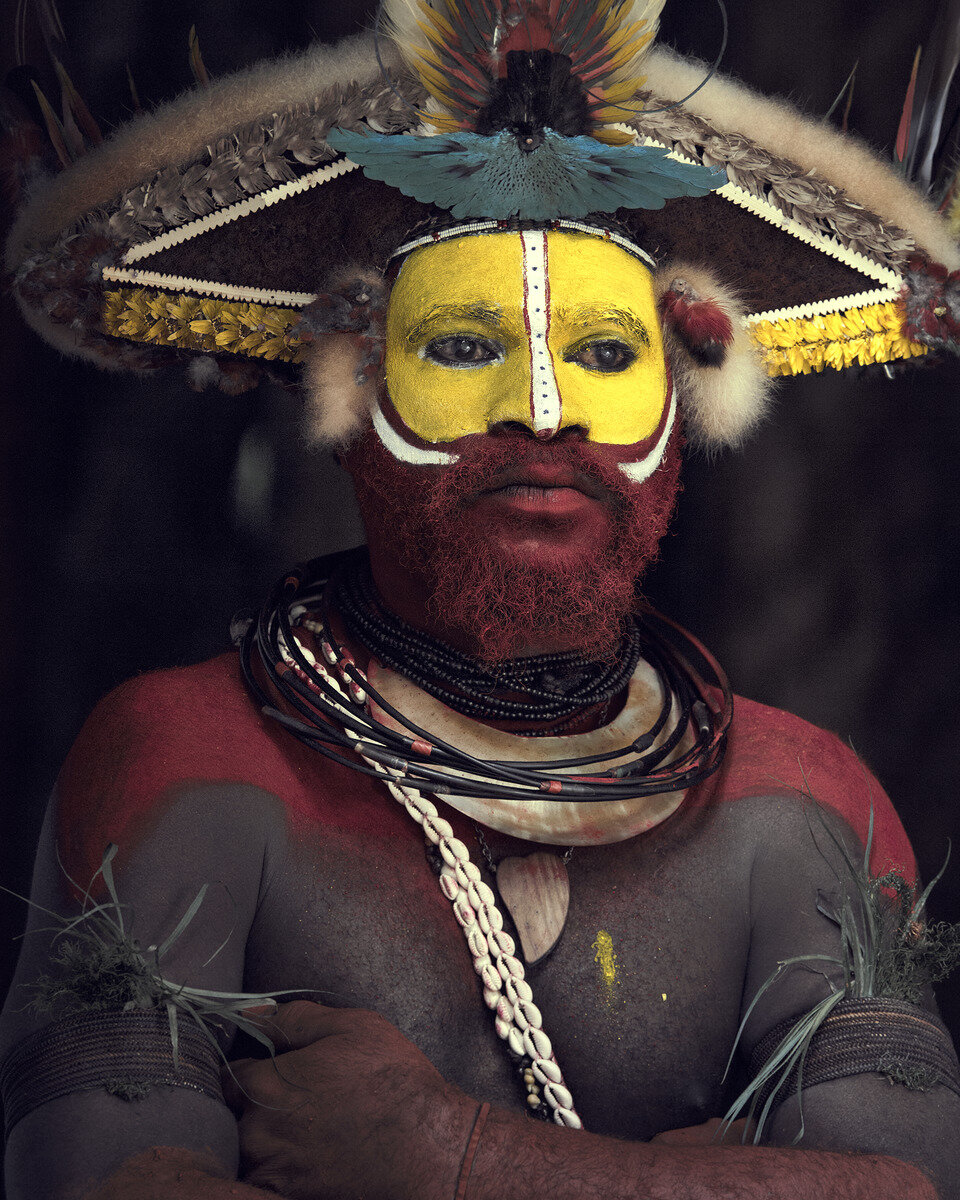
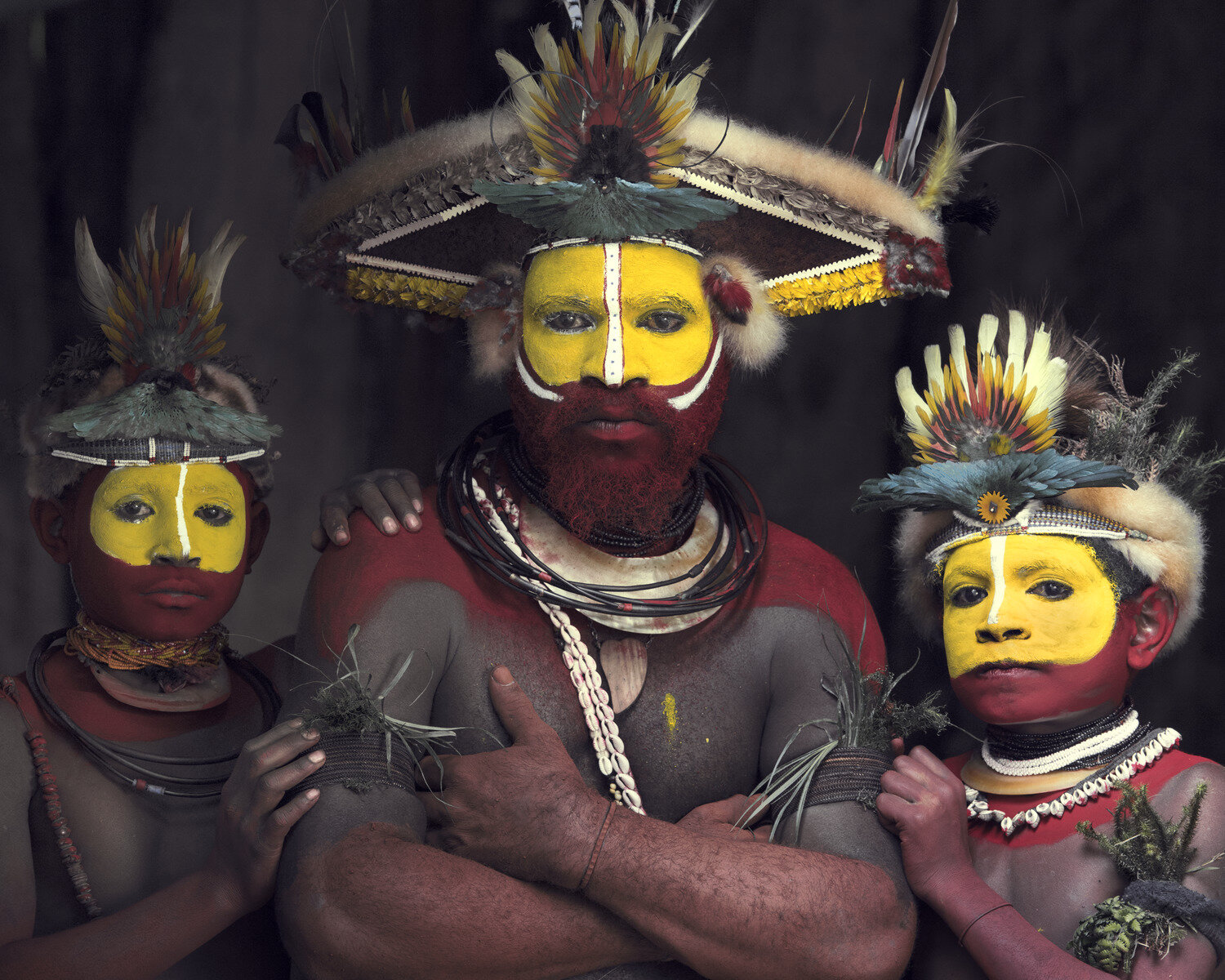

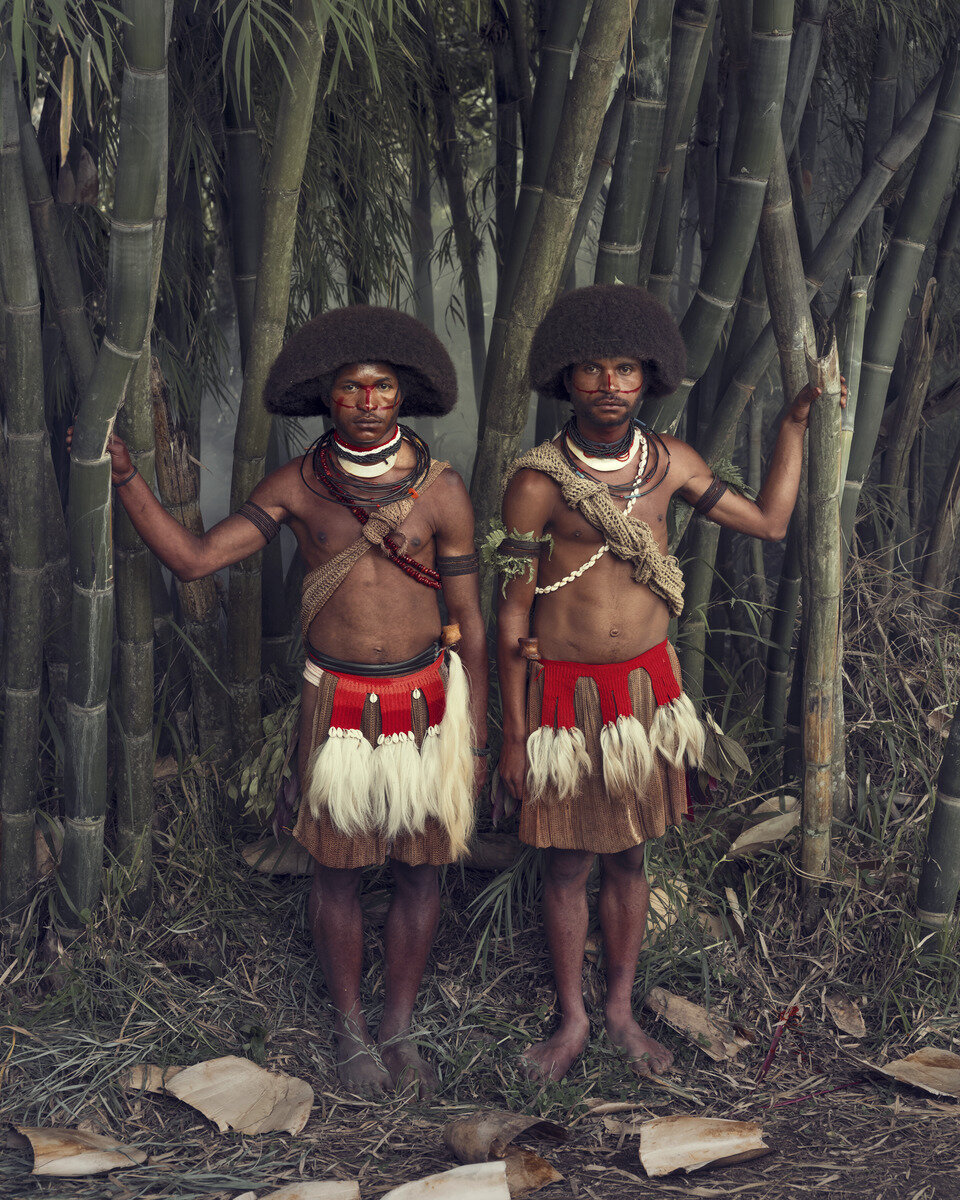
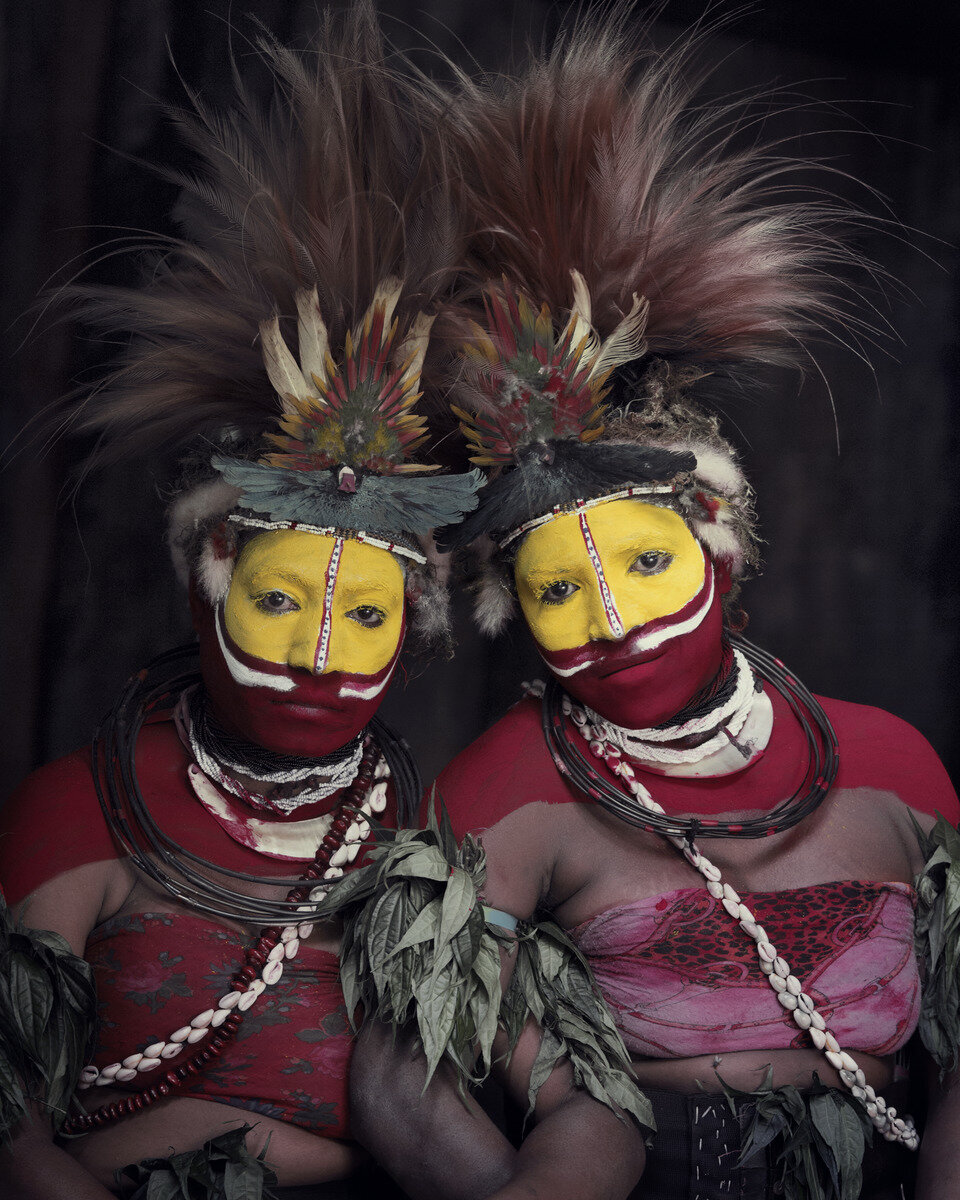
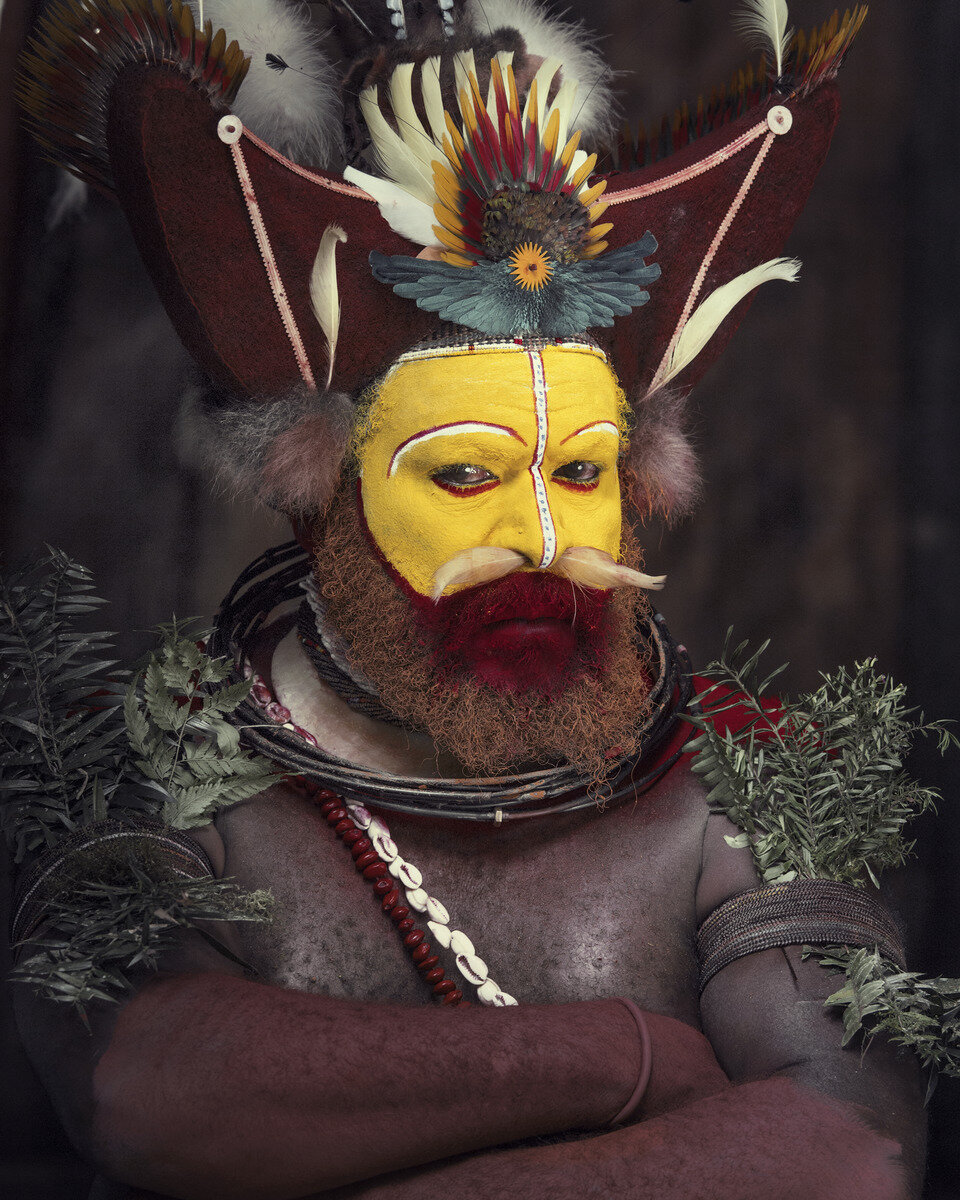
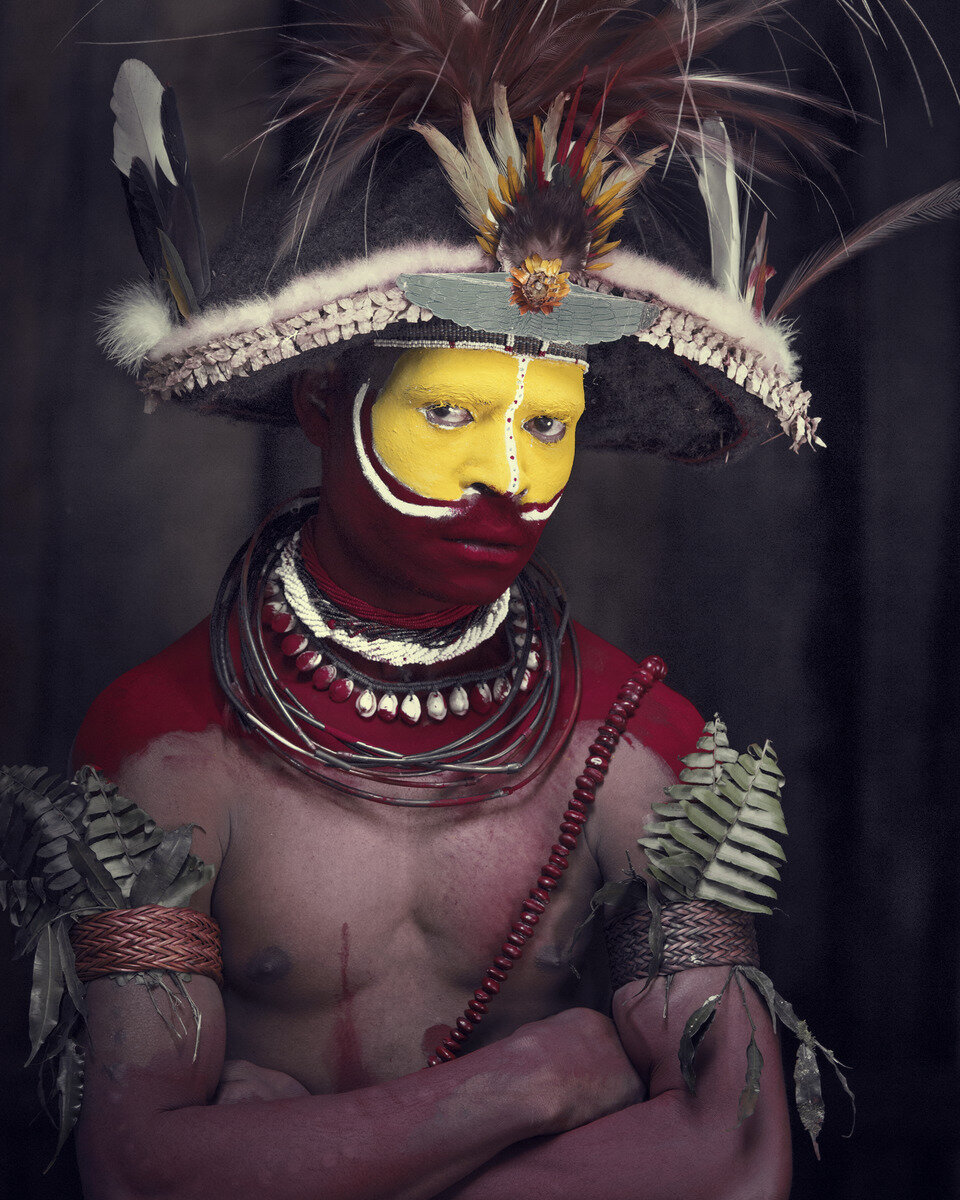
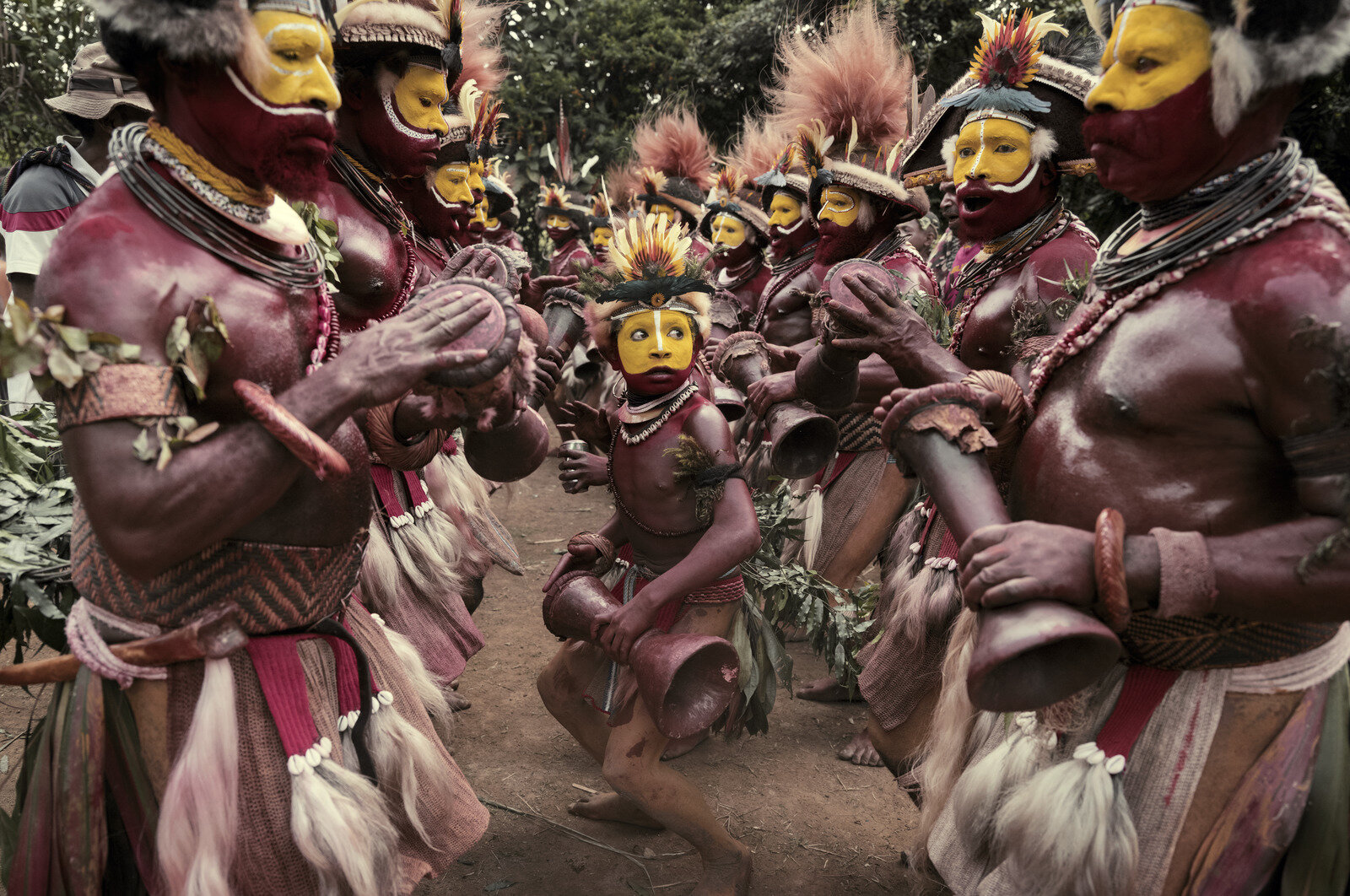
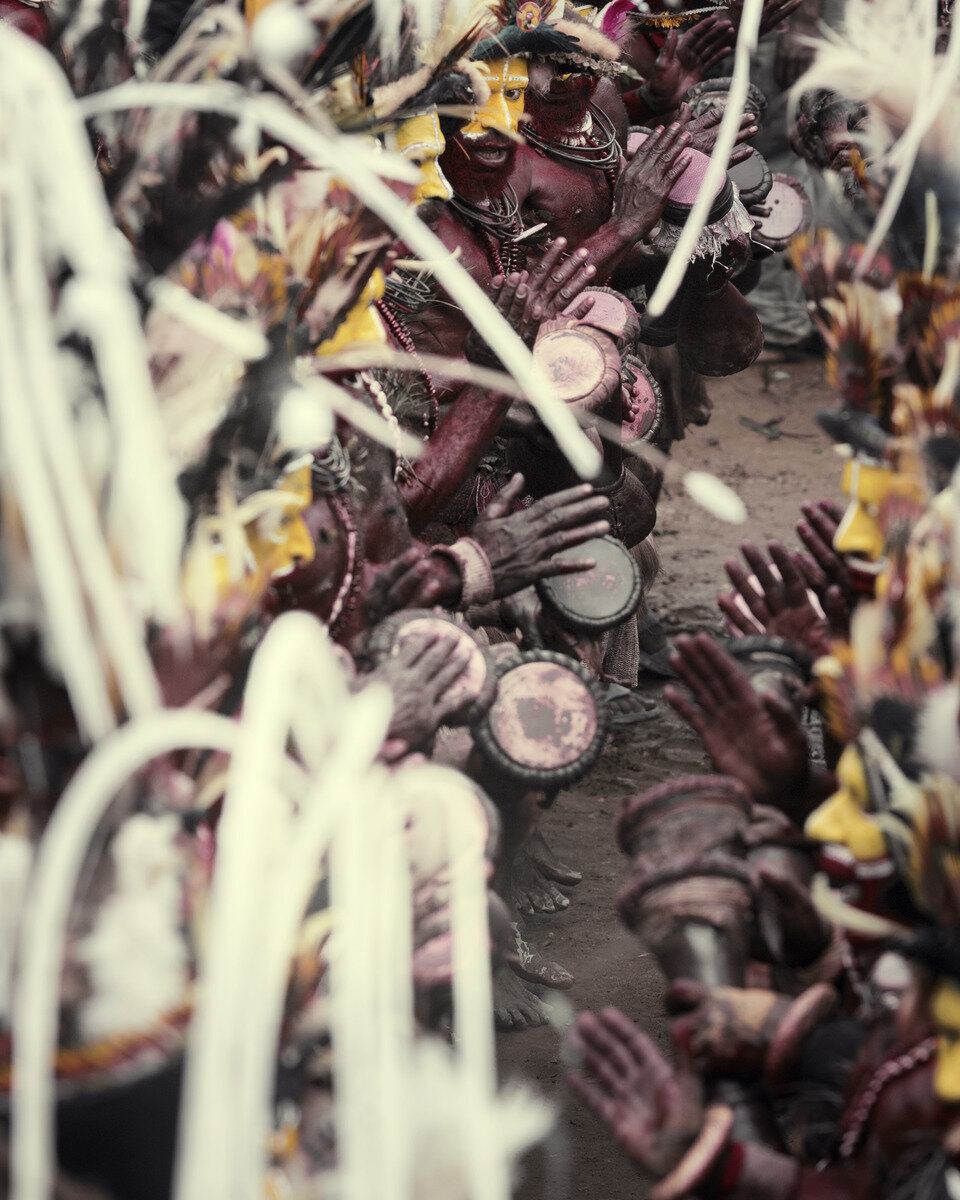
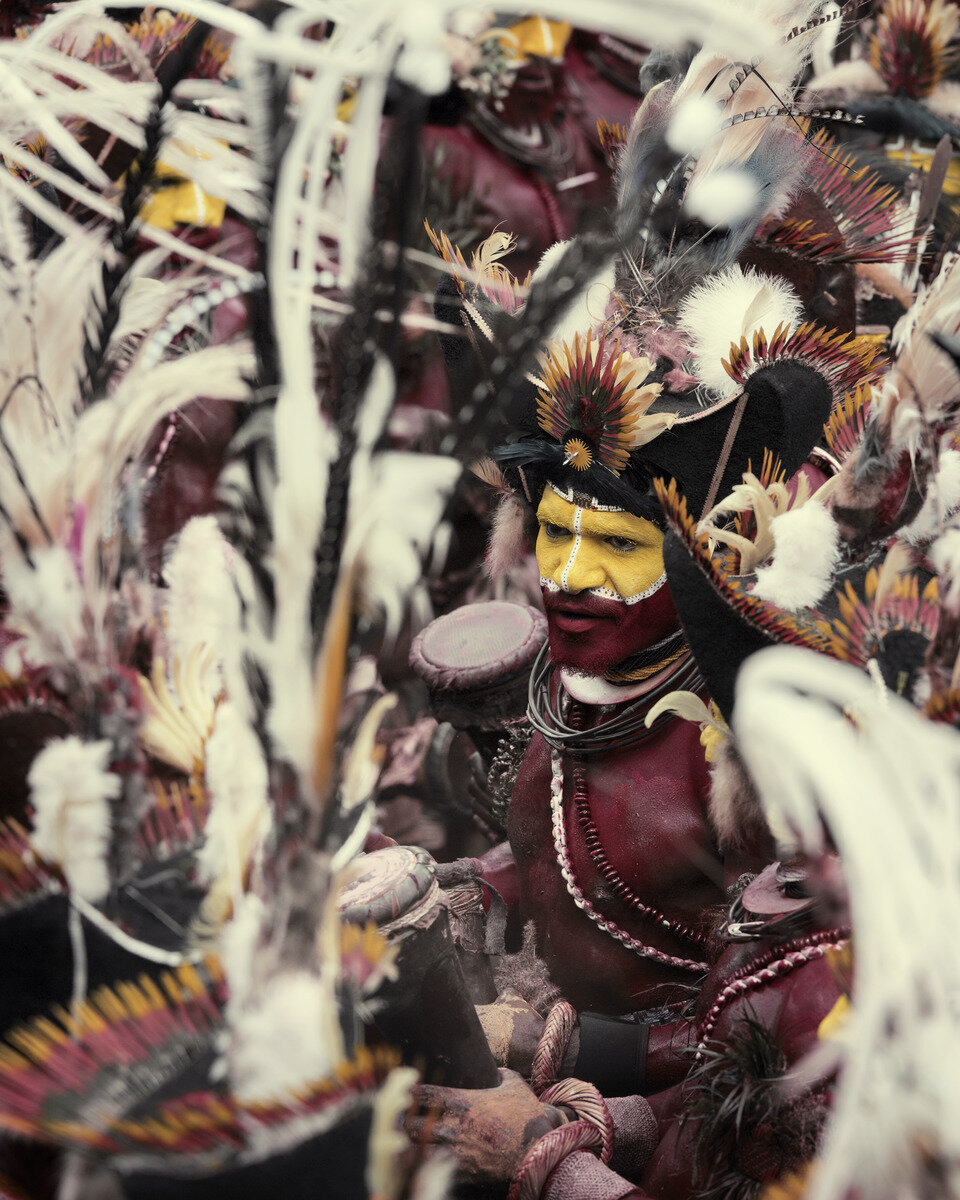
Asaro
A number of different indigenous groups have lived scattered across the highland plateau for 1000 years, in small agrarian clans, isolated by the harsh terrain and divided by language, custom and tradition. The legendary Asaro Mudmen first met with the Western world in the middle of the 20th century. Legend has it that the Asaro Mudmen were forced to flee from an enemy into the Asaro River where they waited until dusk to escape. The enemy saw them rise from the banks covered in mud and thought they were spirits. The Asaro still apply mud and masks to keep the illusion alive and terrify other indigenous groups.
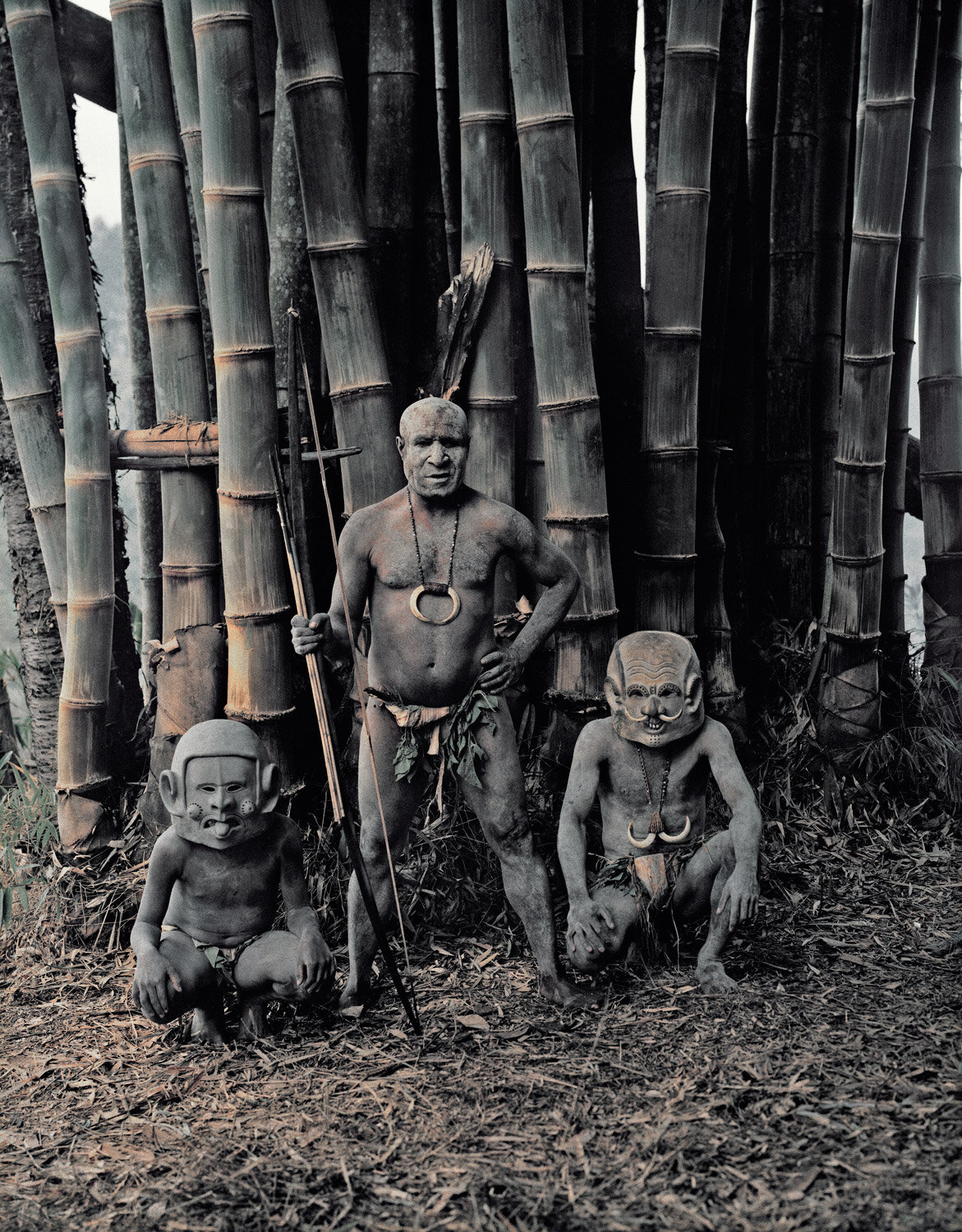
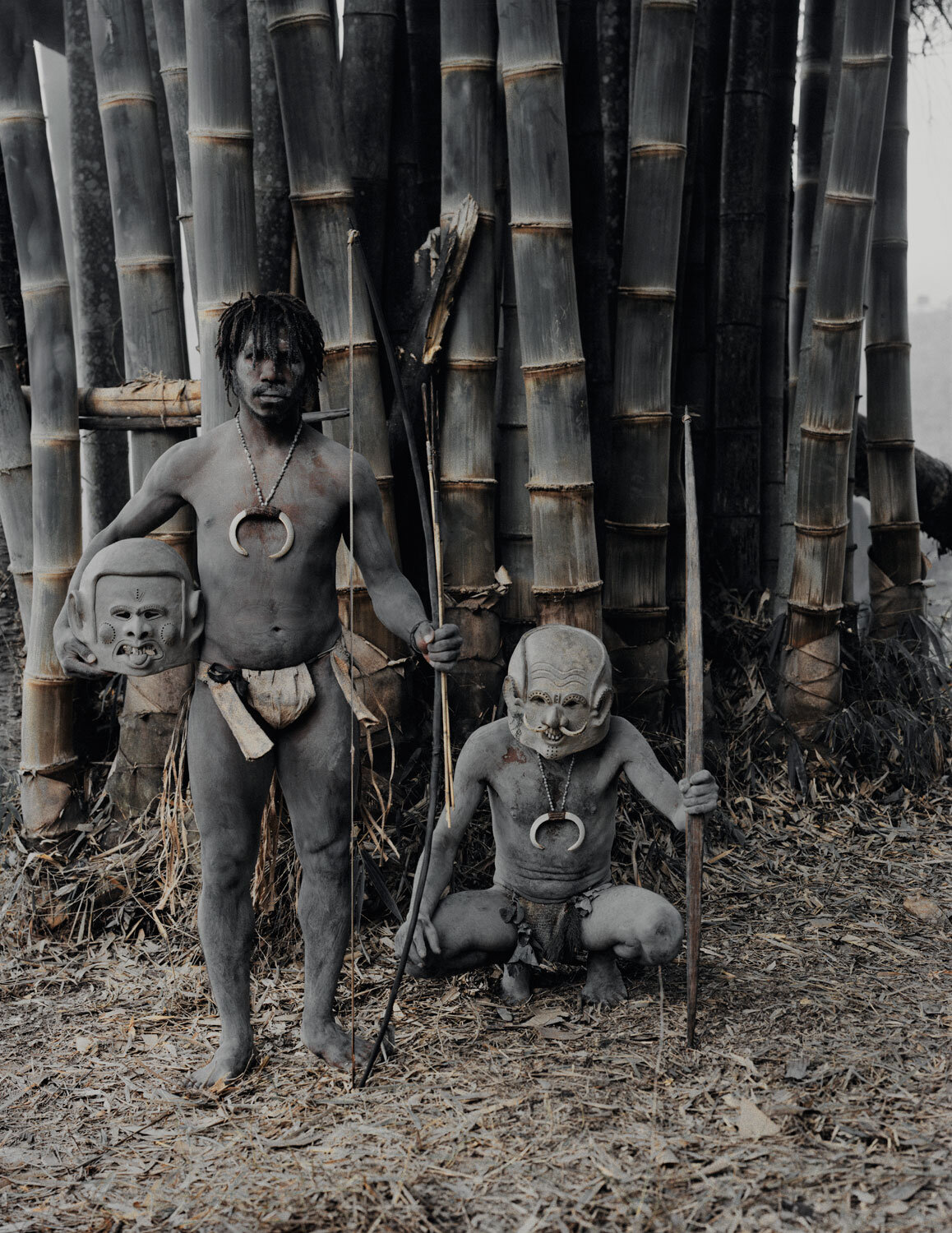
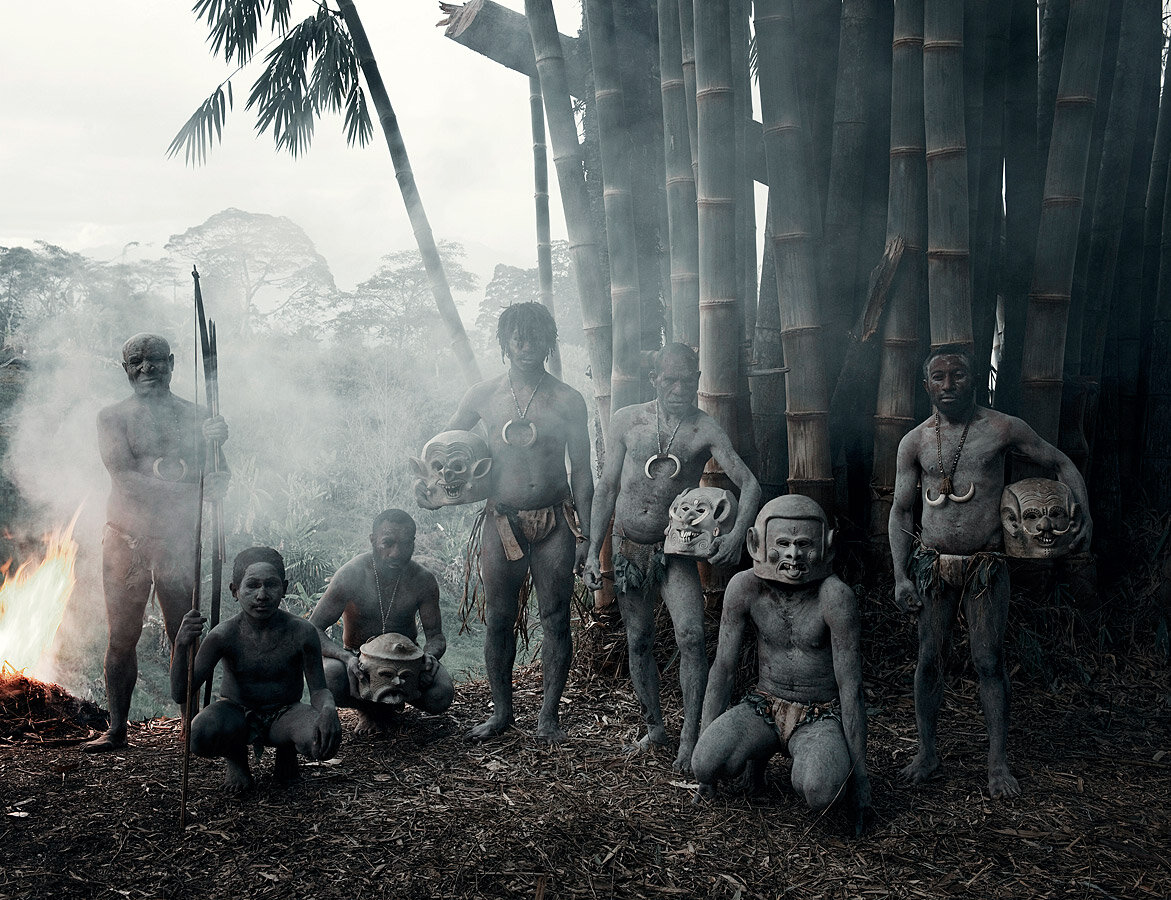
Dani
Baliem Valley is situated 1600 metres above sea level in the midst of the Jayawijaya mountain range of the Papua province of Indonesia. The Dani live in the actual valley. They are farmers and use an efficient irrigation system. Archaeological finds prove that the valley has been farmed for at least 9,000 years.The Dani often had to fight for their territory against different villages or other indigenous peoples.
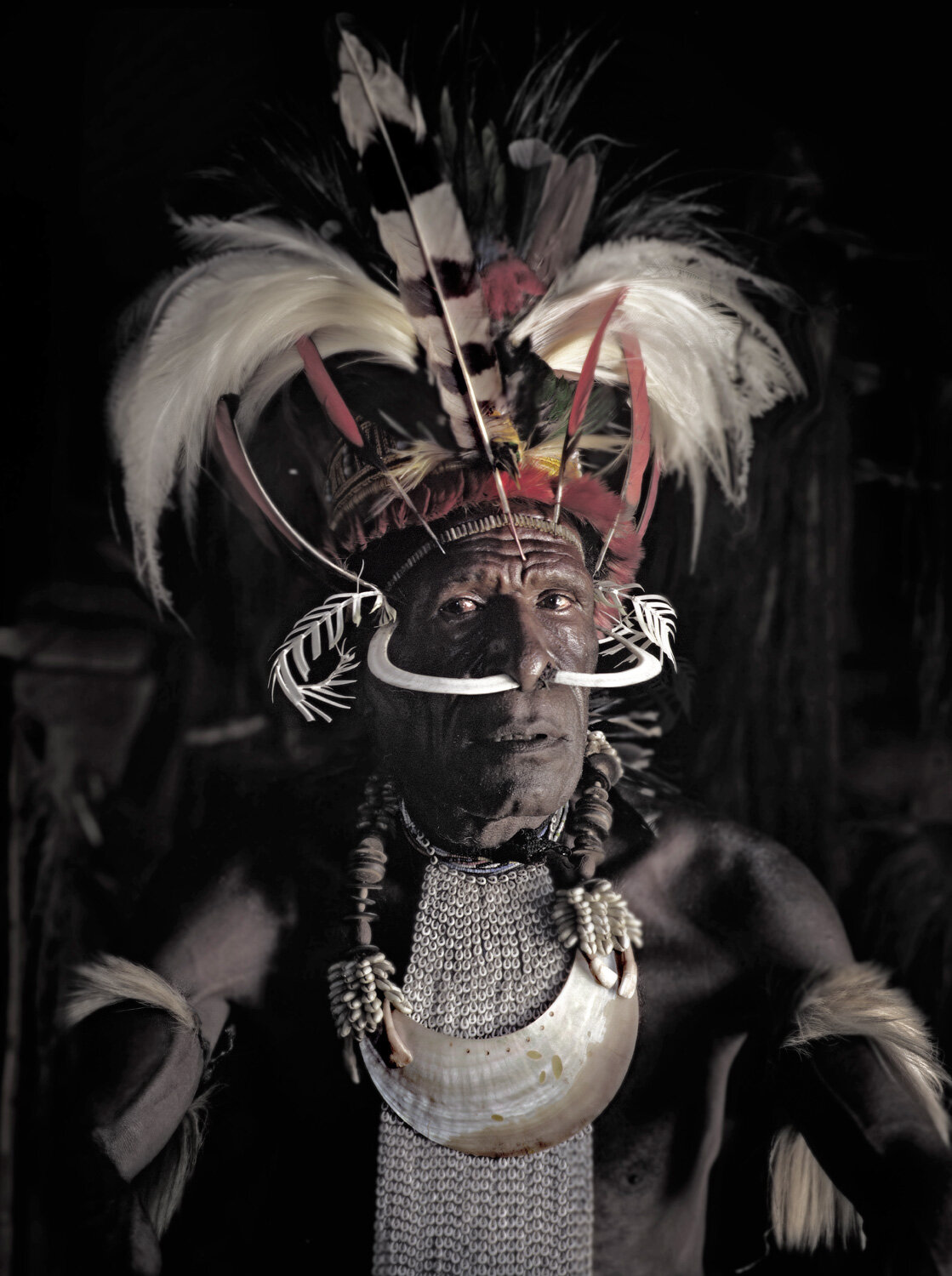

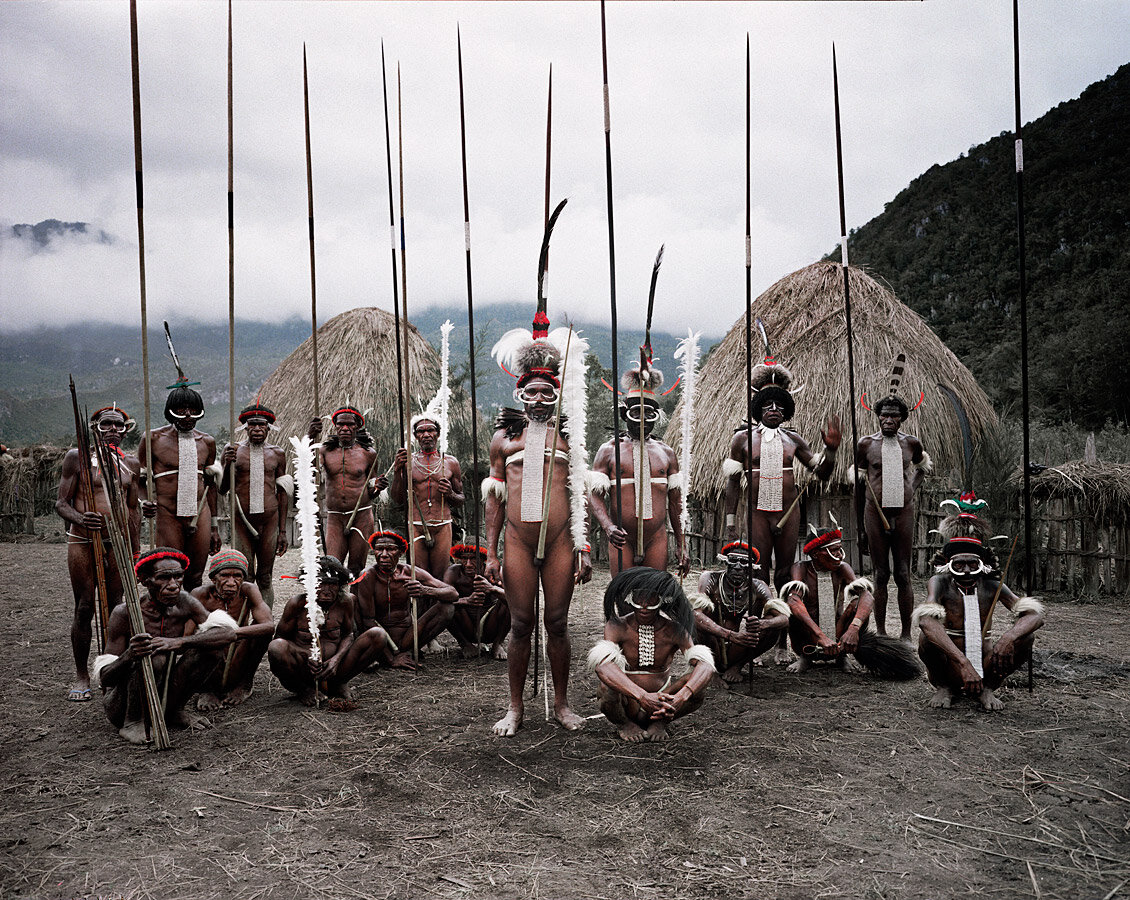
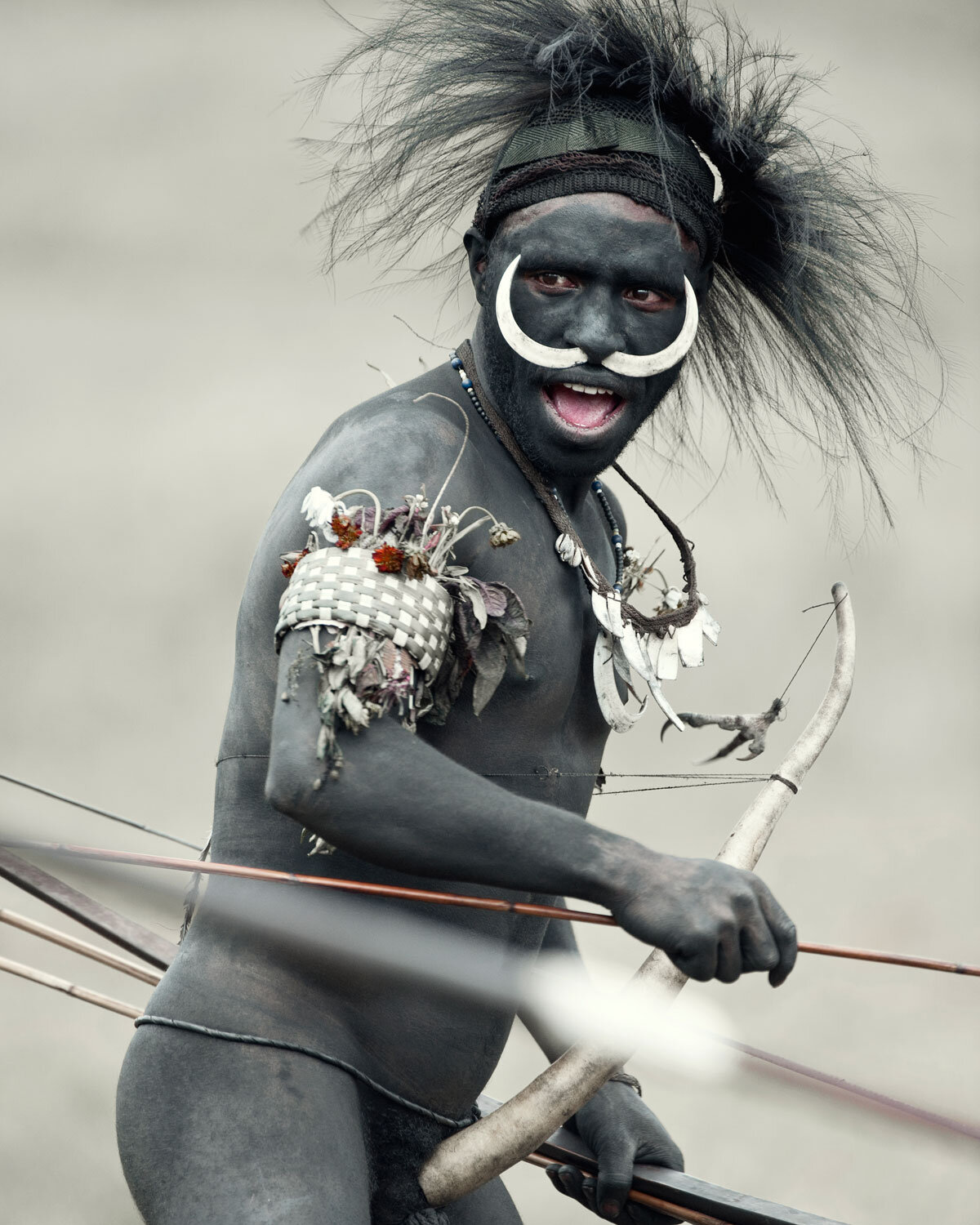
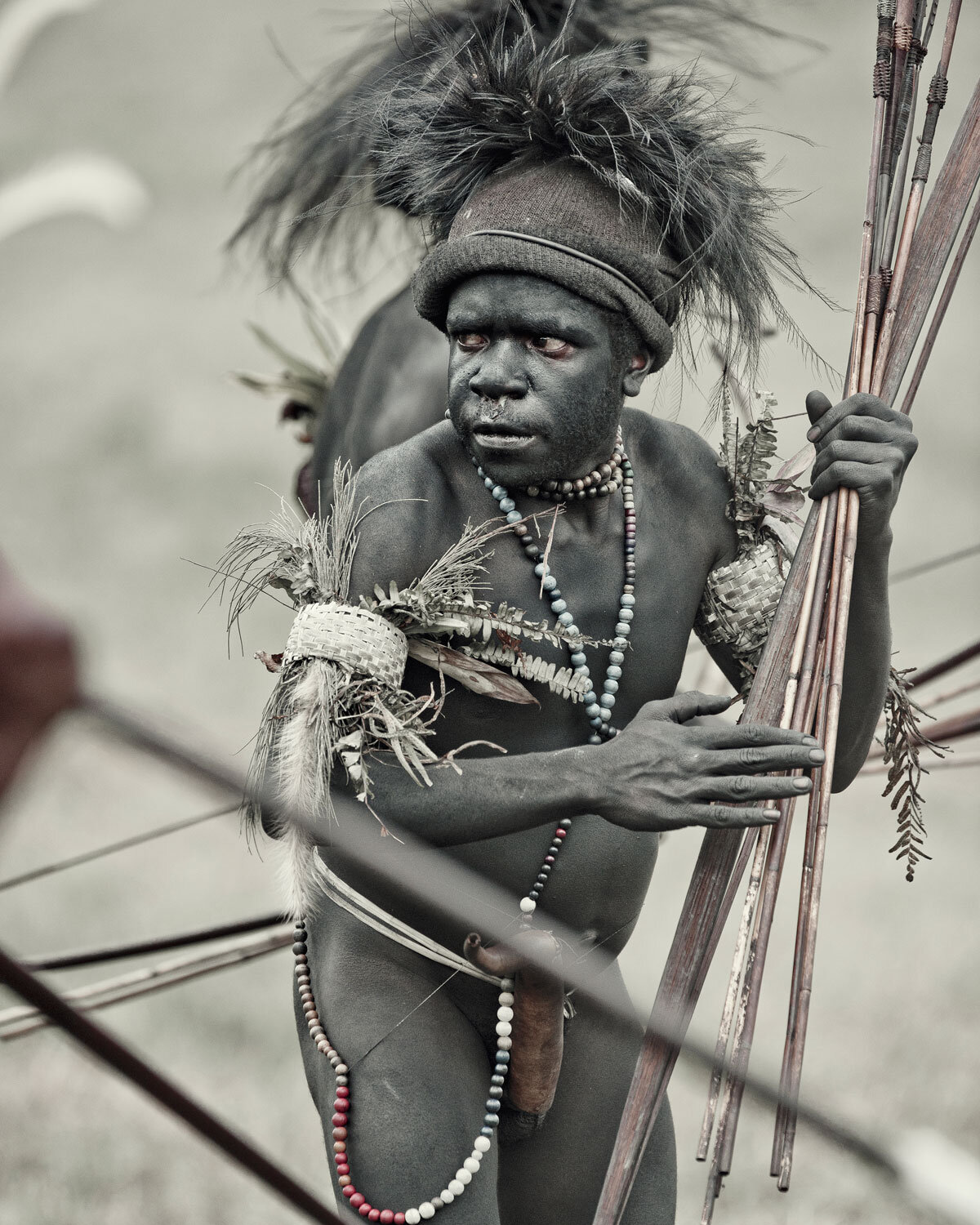
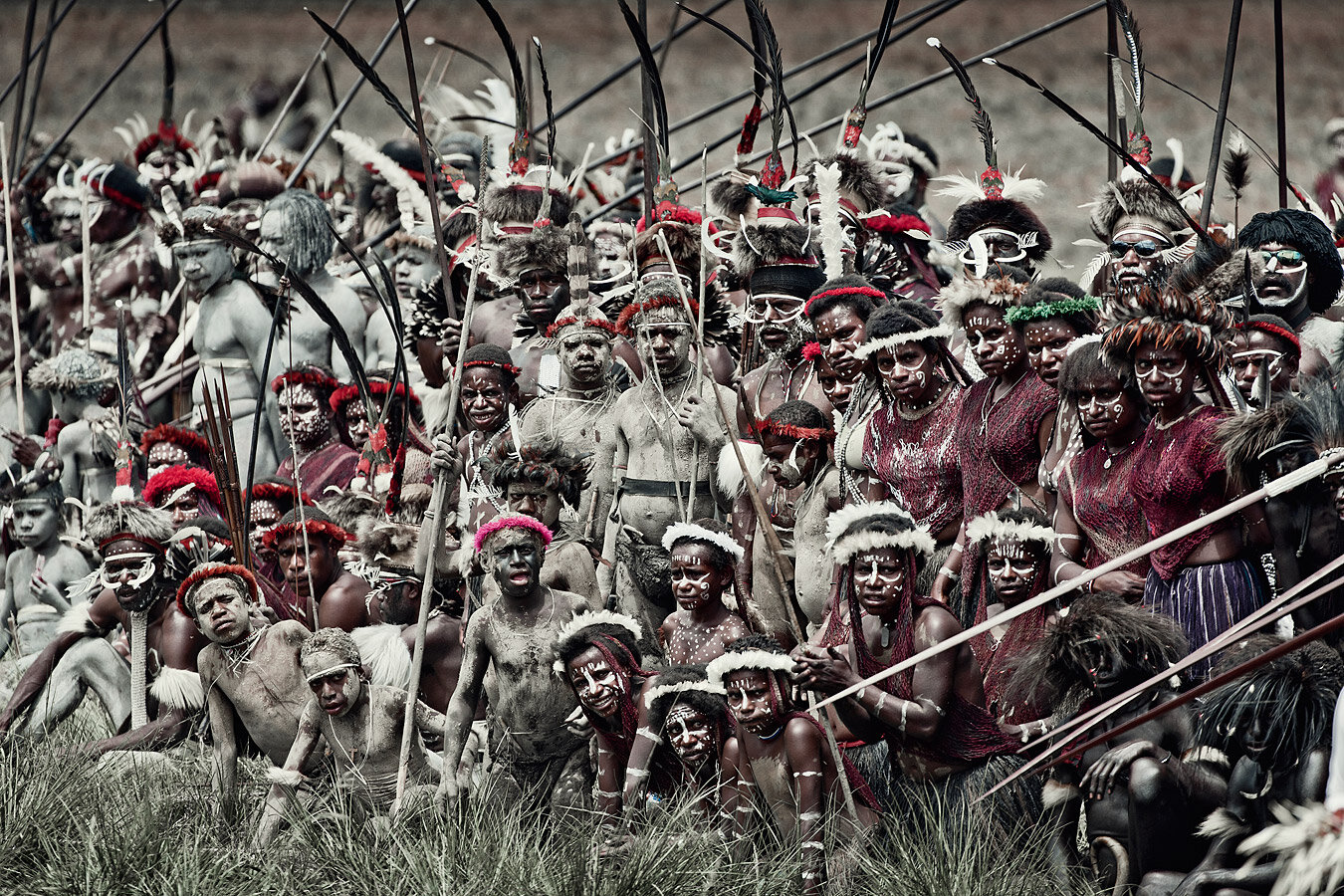
Rabari
For almost 1,000 years, the Rabari have roamed the deserts and plains of what is today western India. It is believed that this indigenous group, with a pronounced Persian physiognomy, migrated from the Iranian plateau more than a millennium ago. The Rabari are now found largely in Gujarat and Rajasthan. The Rabari women dedicate long hours to embroidery, a vital and evolving expression of their crafted textile tradition. They also manage the hamlets and all money matters, while the men are on the move with the herds. Livestock, wool, milk and leather, is their main source of income.
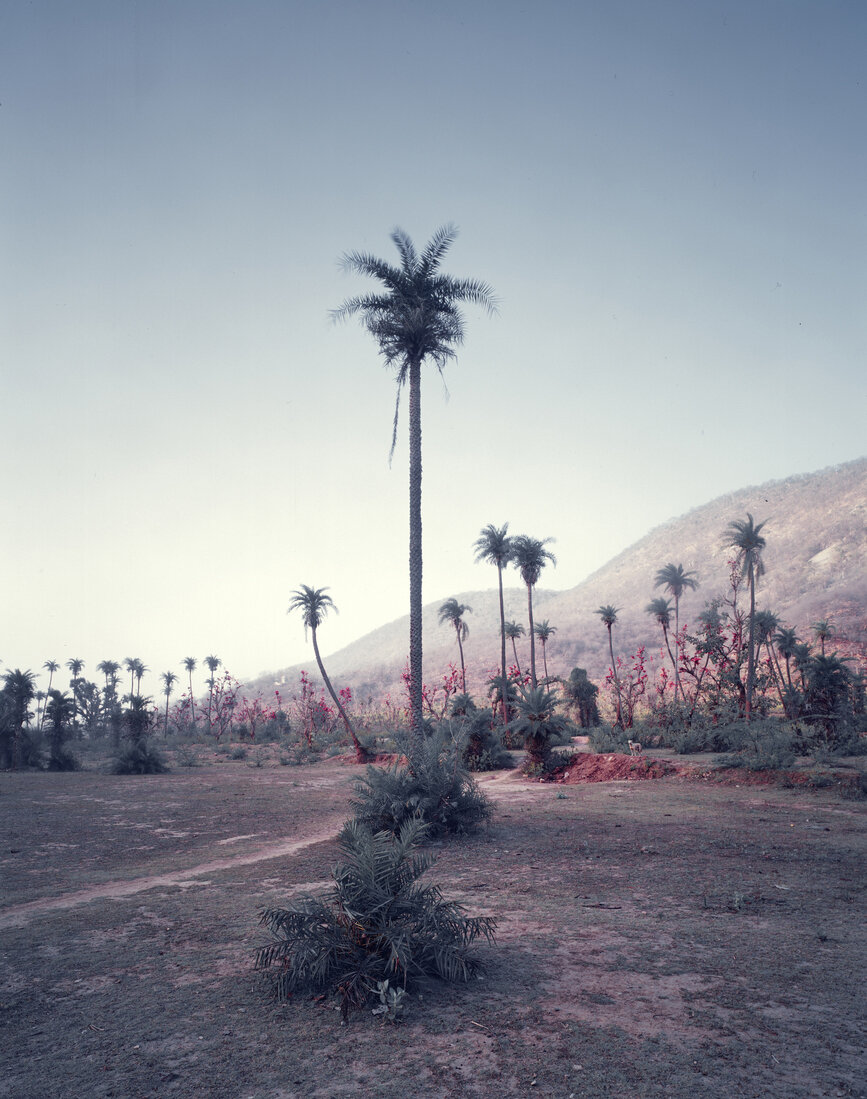
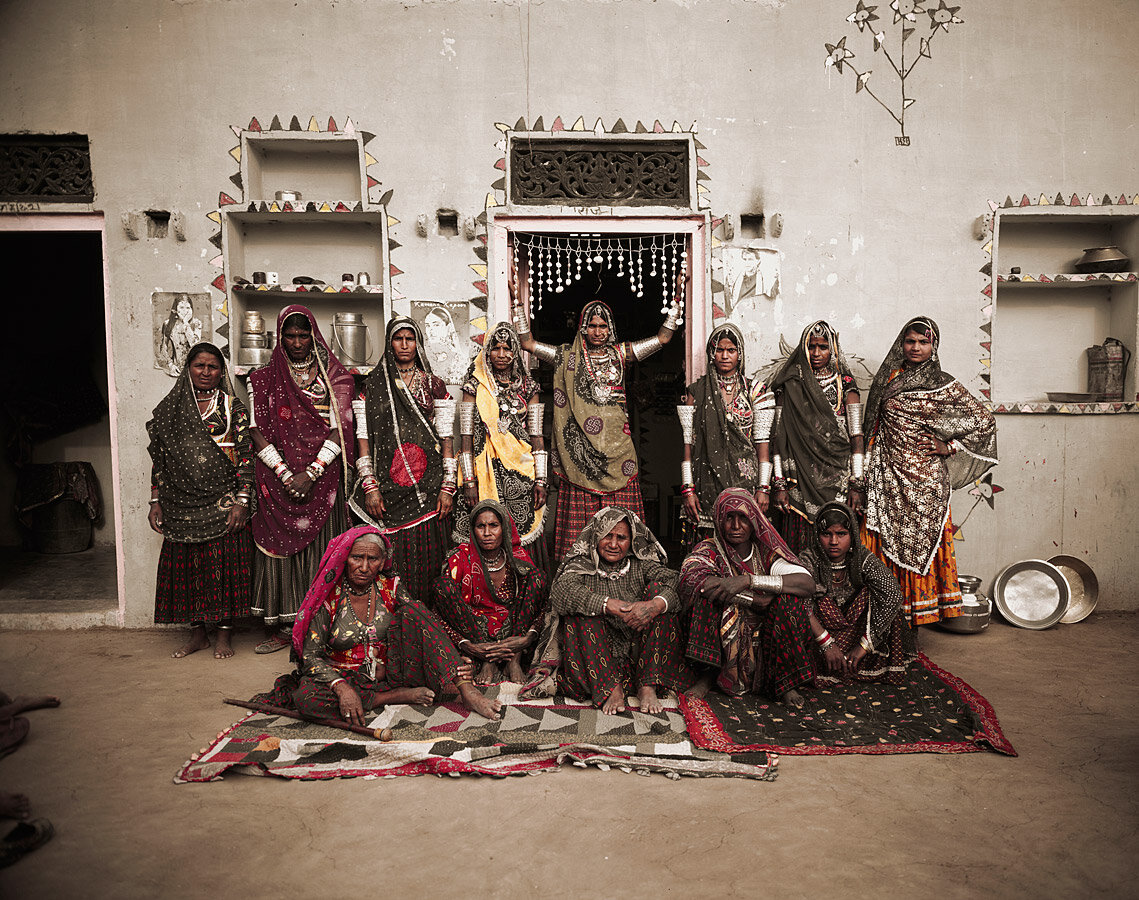

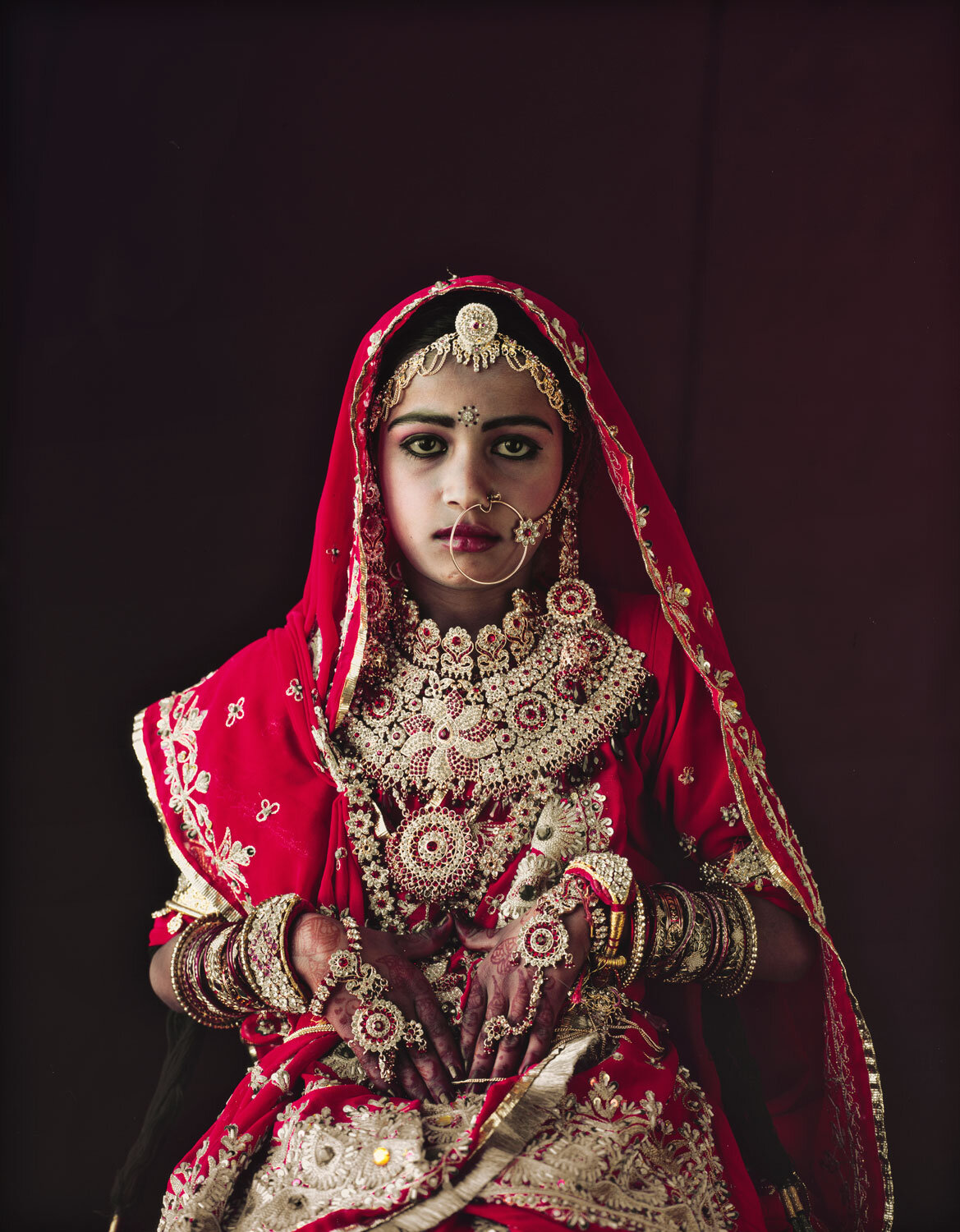
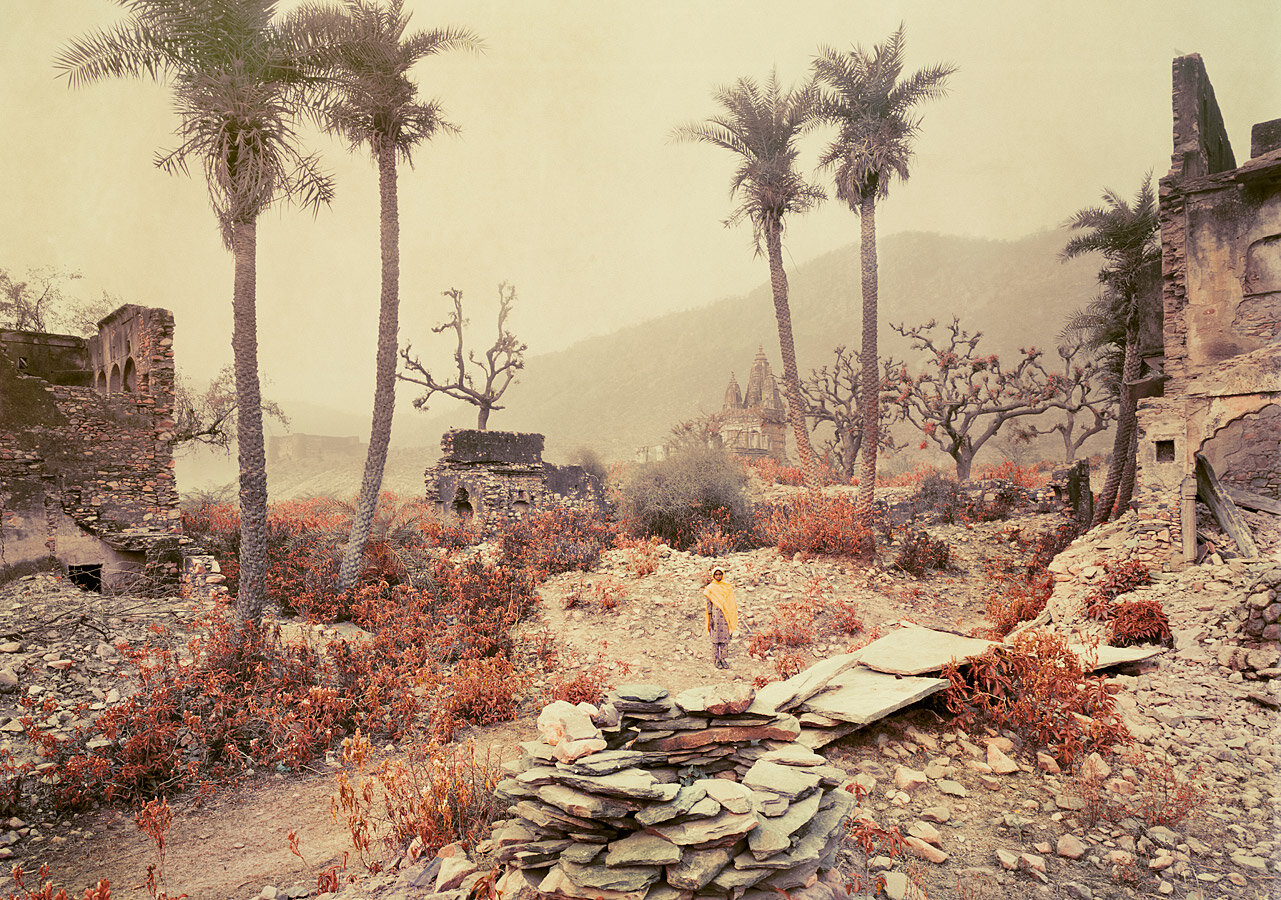
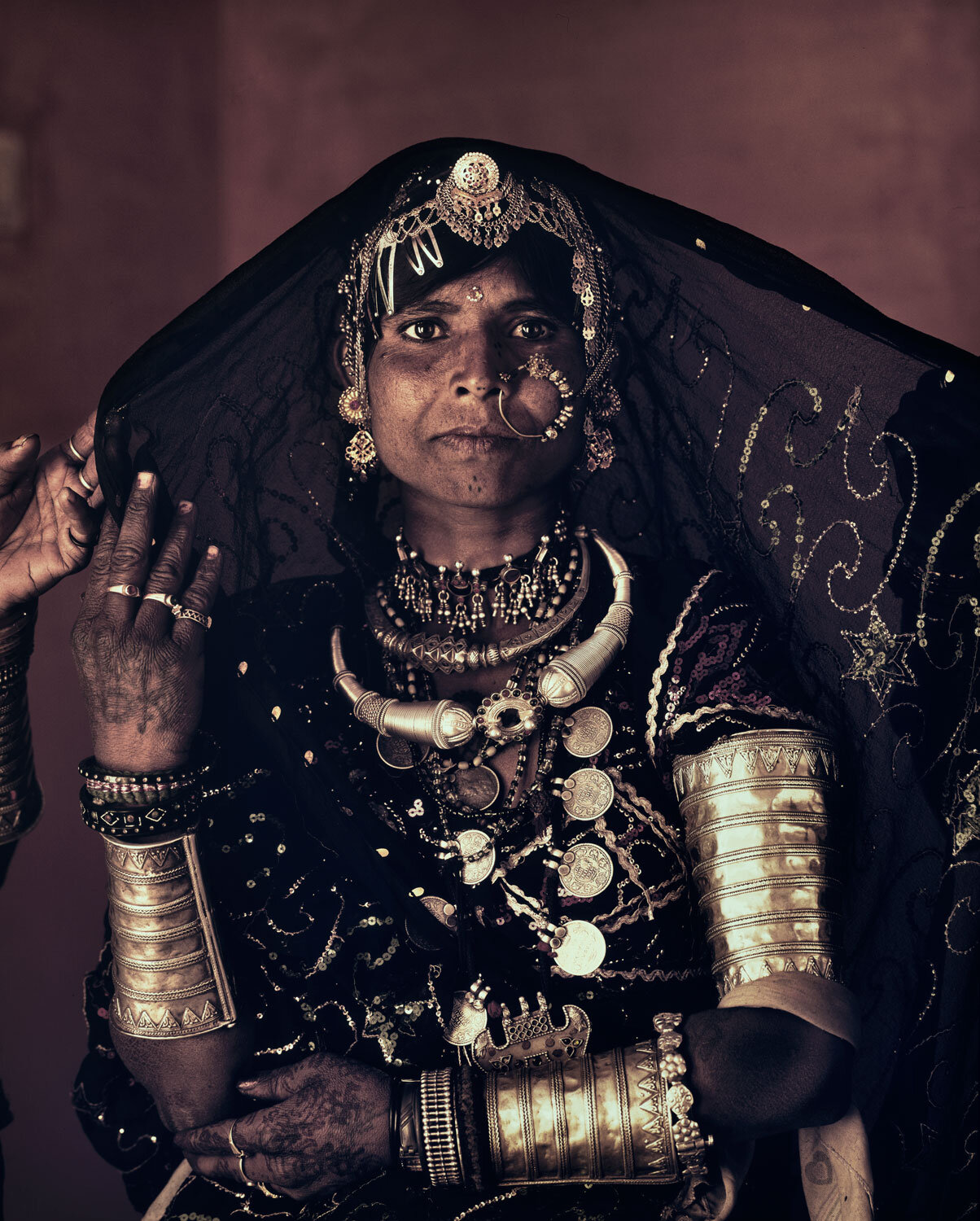
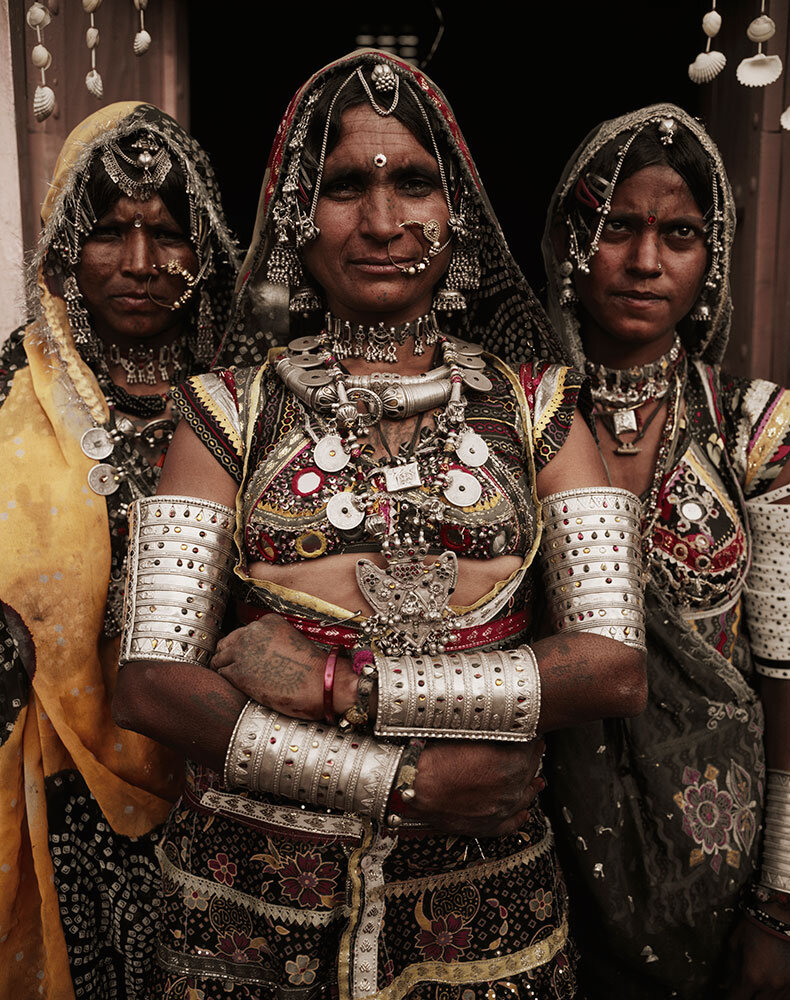
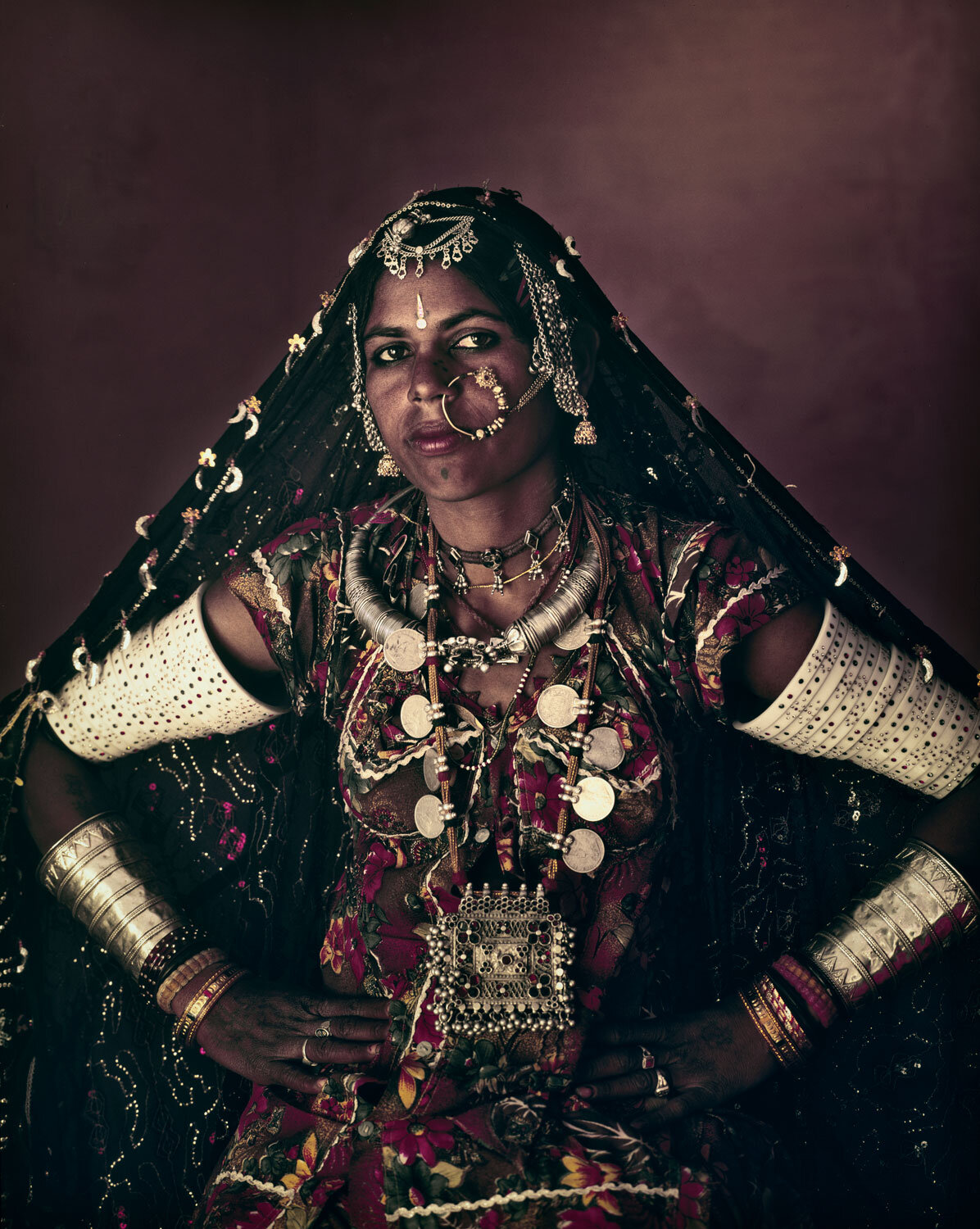
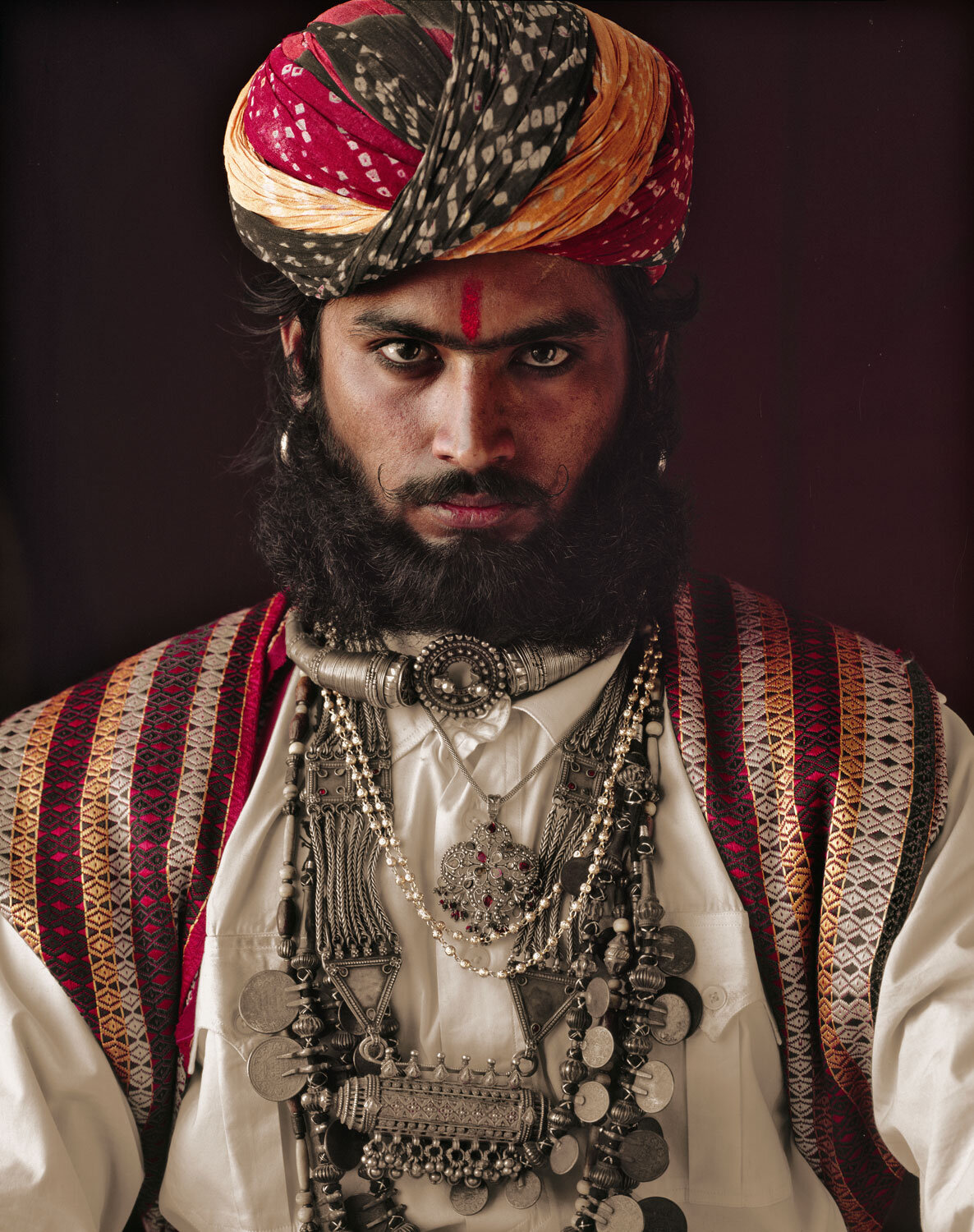
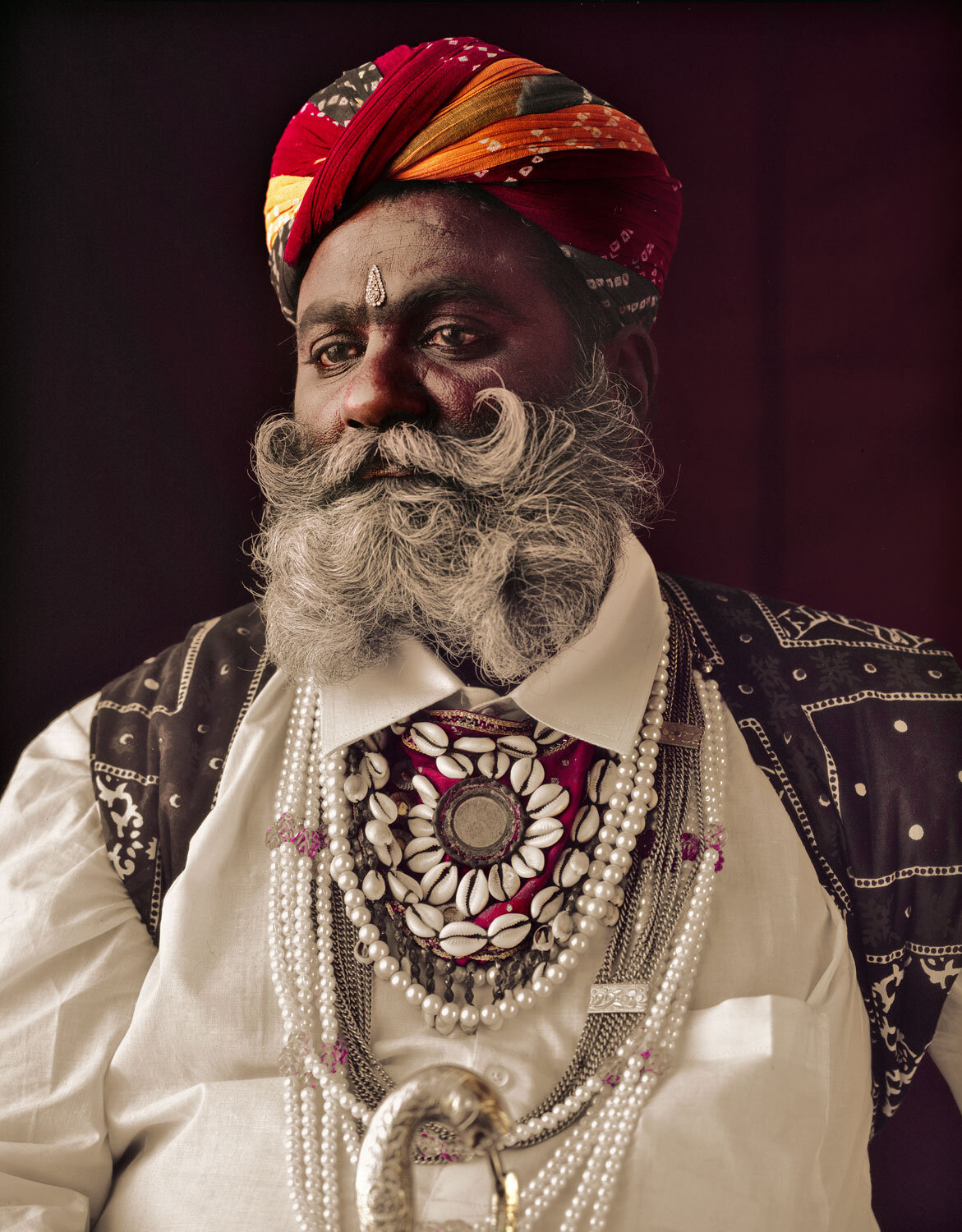
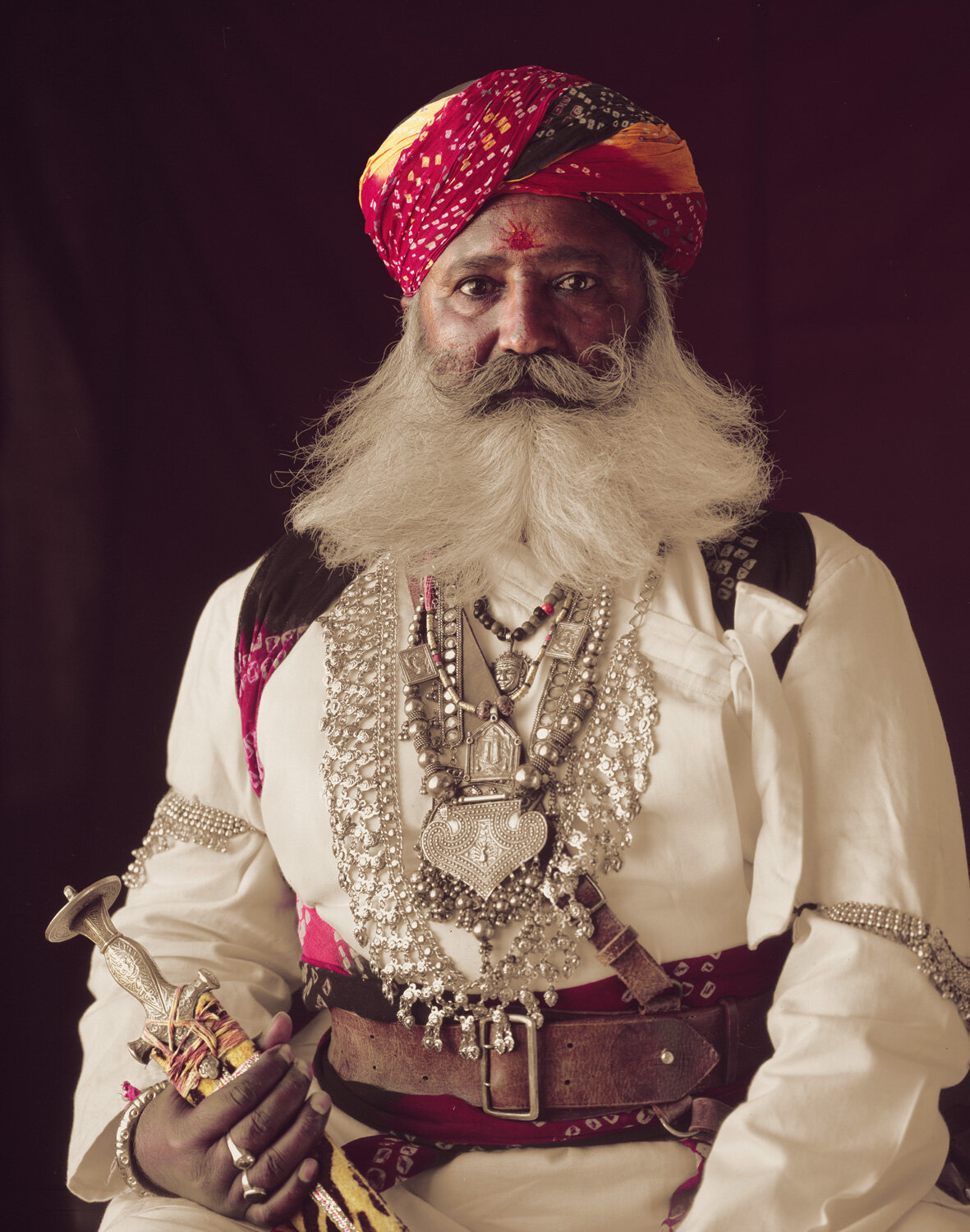

Yali
One of the indigenous groups inhabiting the Baliem Valley region, in the midst of the Jayawijaya mountain range of Papua, Indonesia, are the Yali, known as ‘Lords of the Earth’. They live in the virgin forests of the highlands. The Yali are officially recognised as pygmies, with men standing at just 150 cm tall. Papuan indigenous groups, different in appearance and language, have a similar way of life. They are all polygamist and conduct rituals for important occasions at which reciprocal exchange of gifts is obligated. The Koteka, a penis gourd, is a piece of traditional clothing used to distinguish indigenous identity.
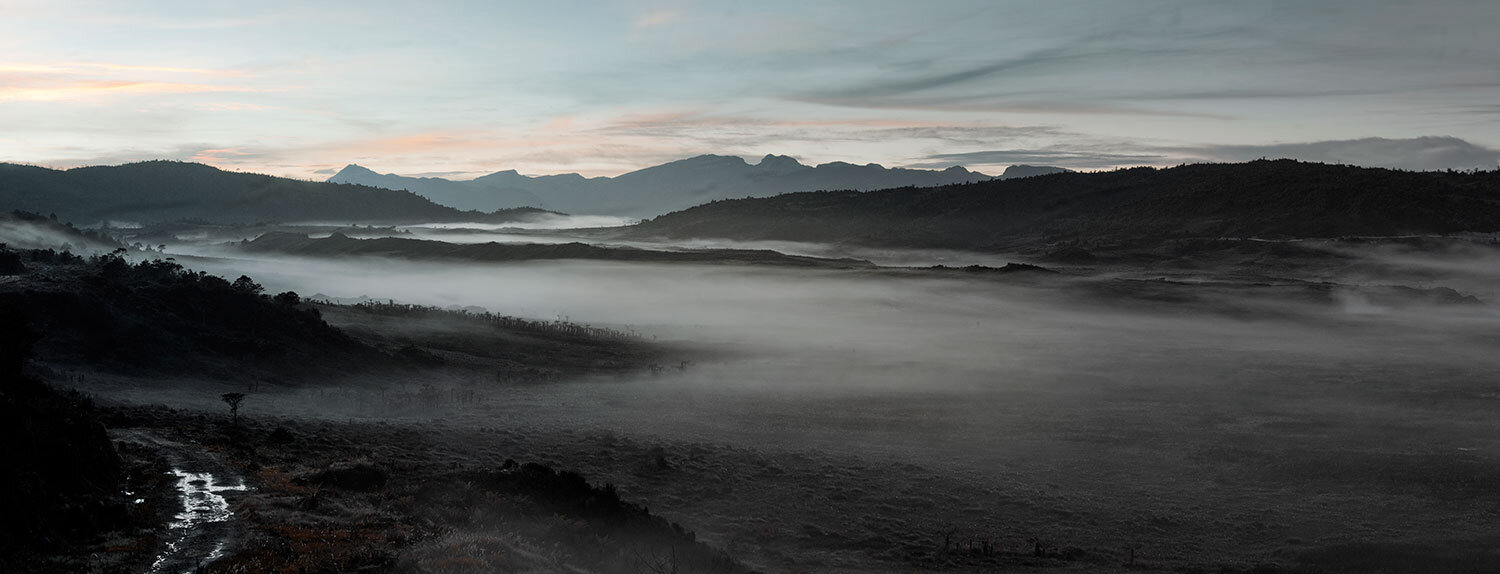
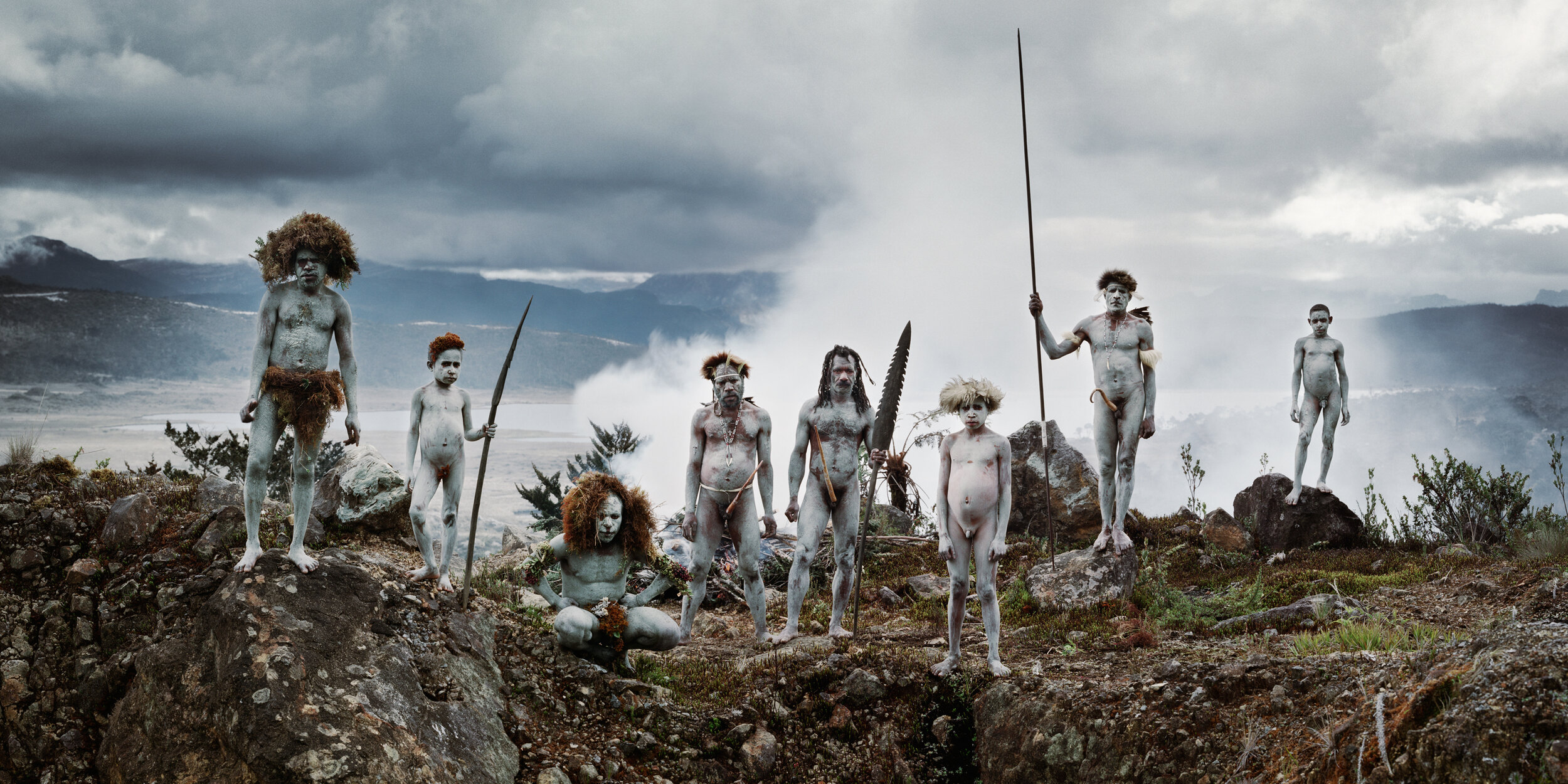
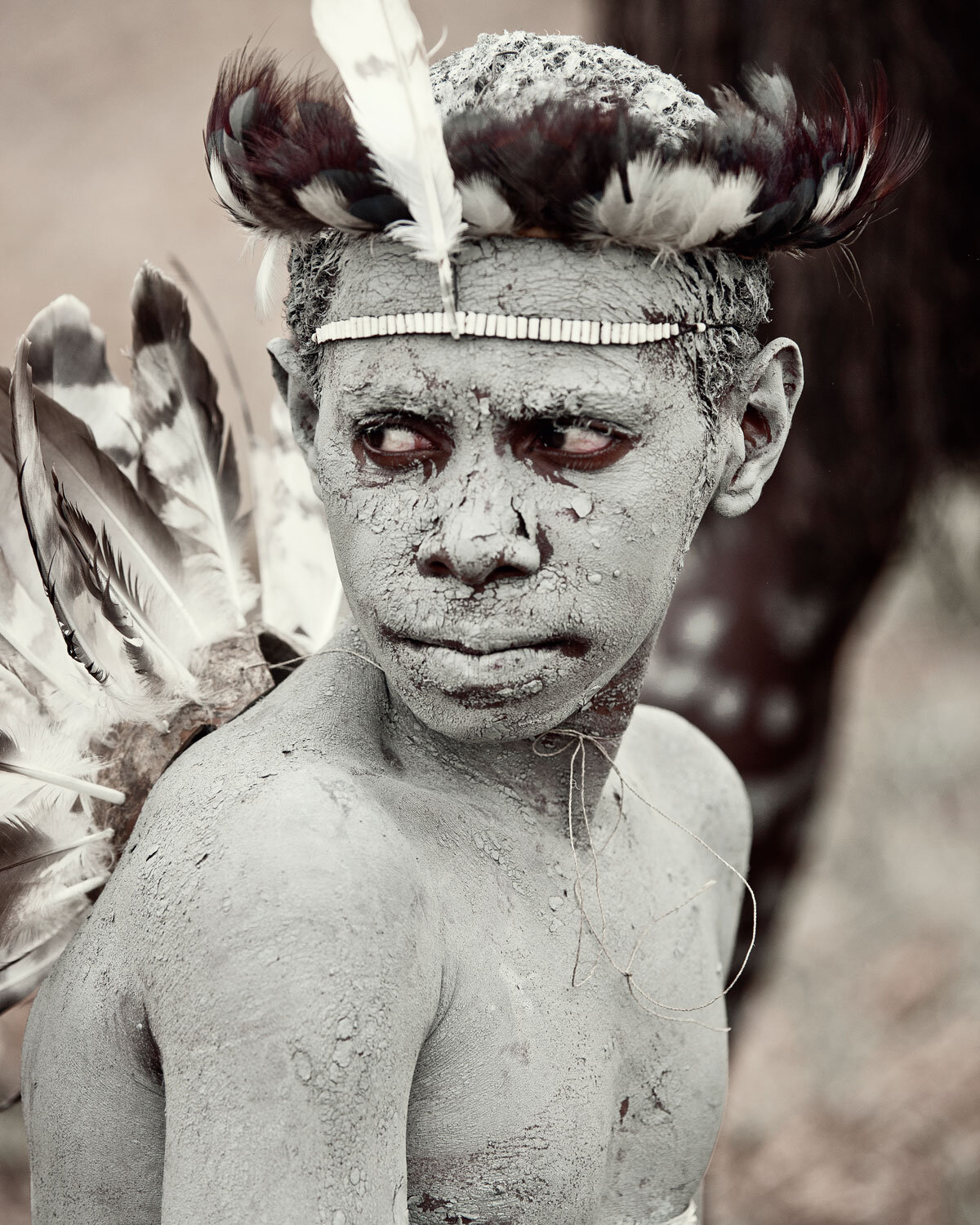
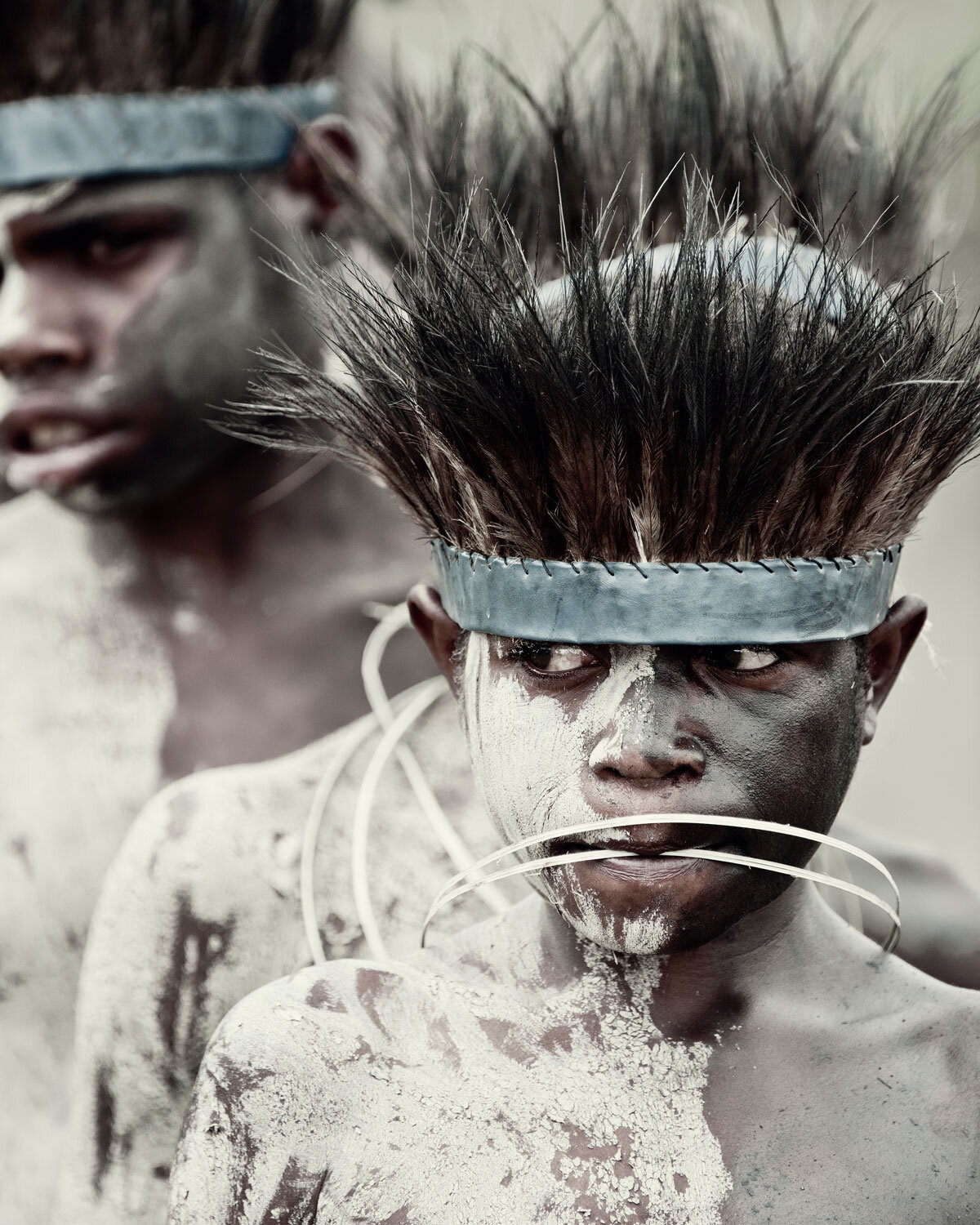
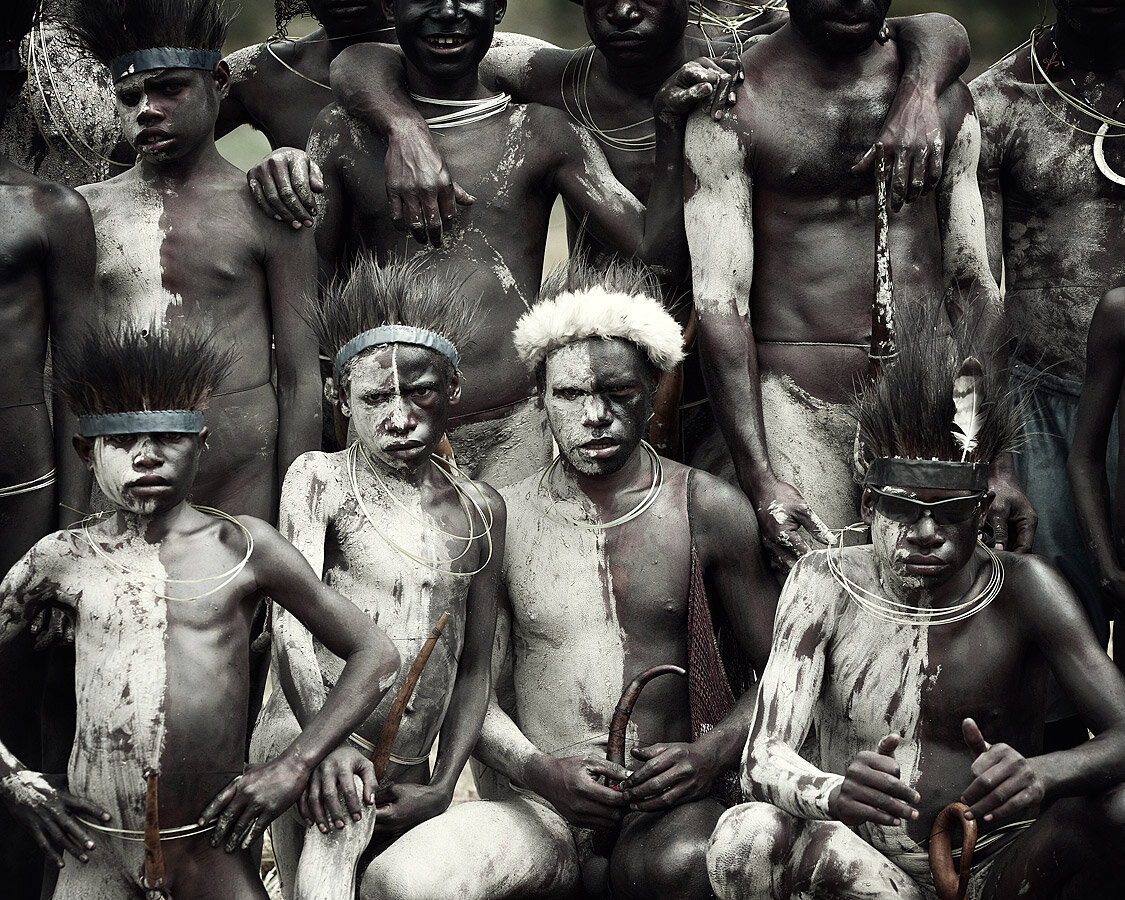
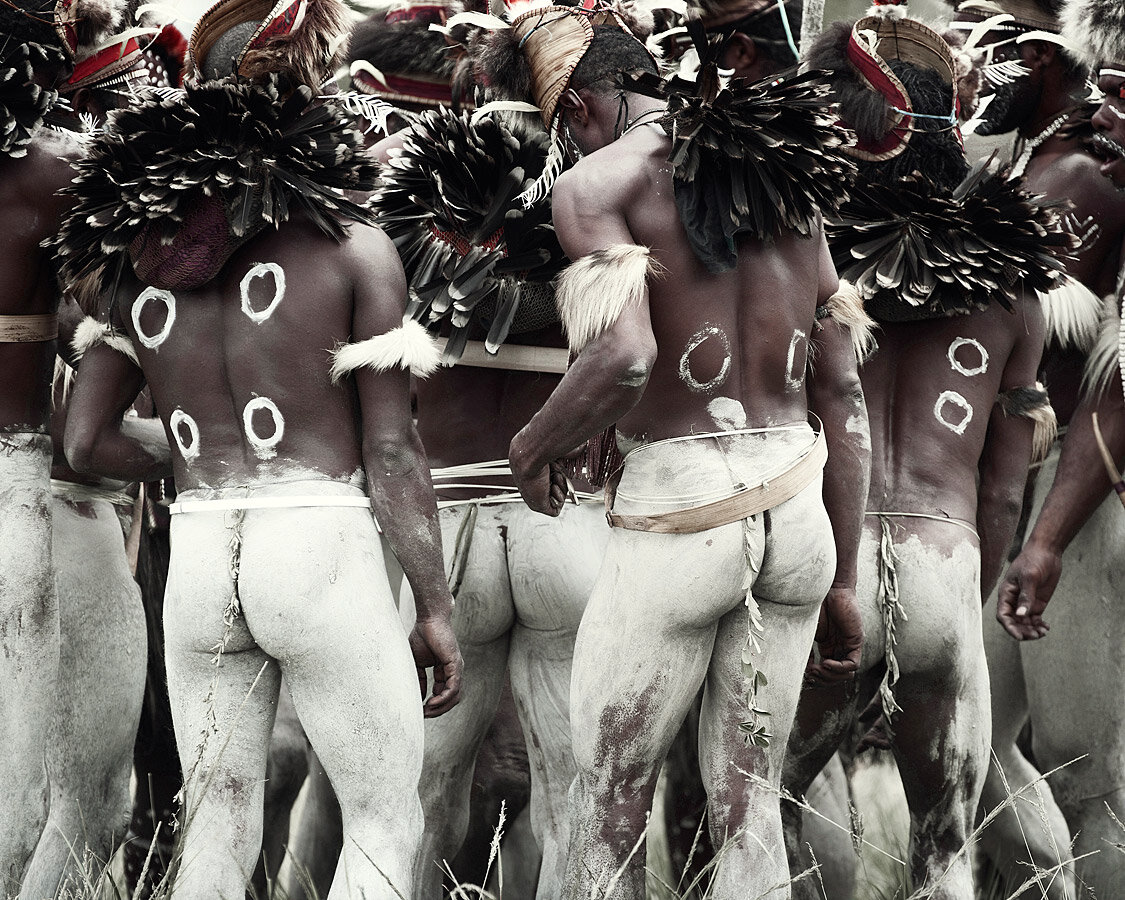
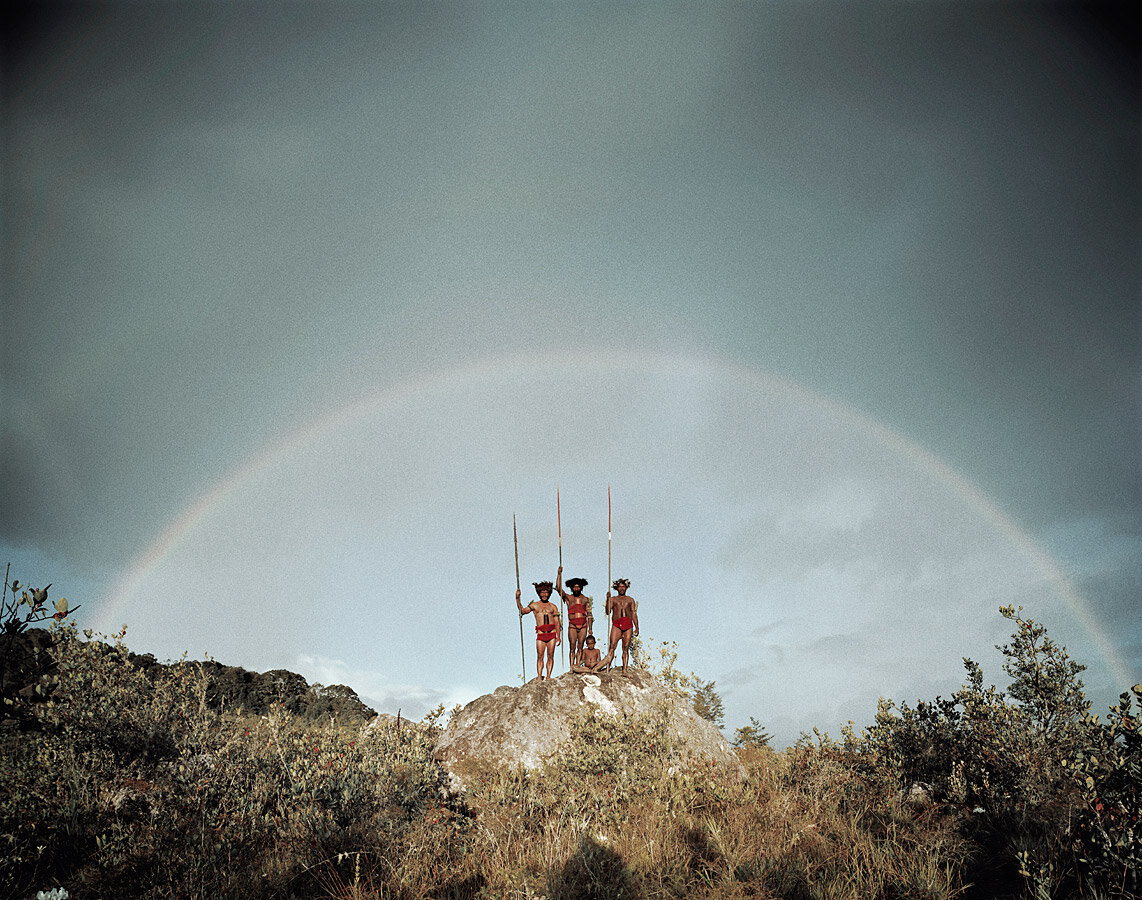
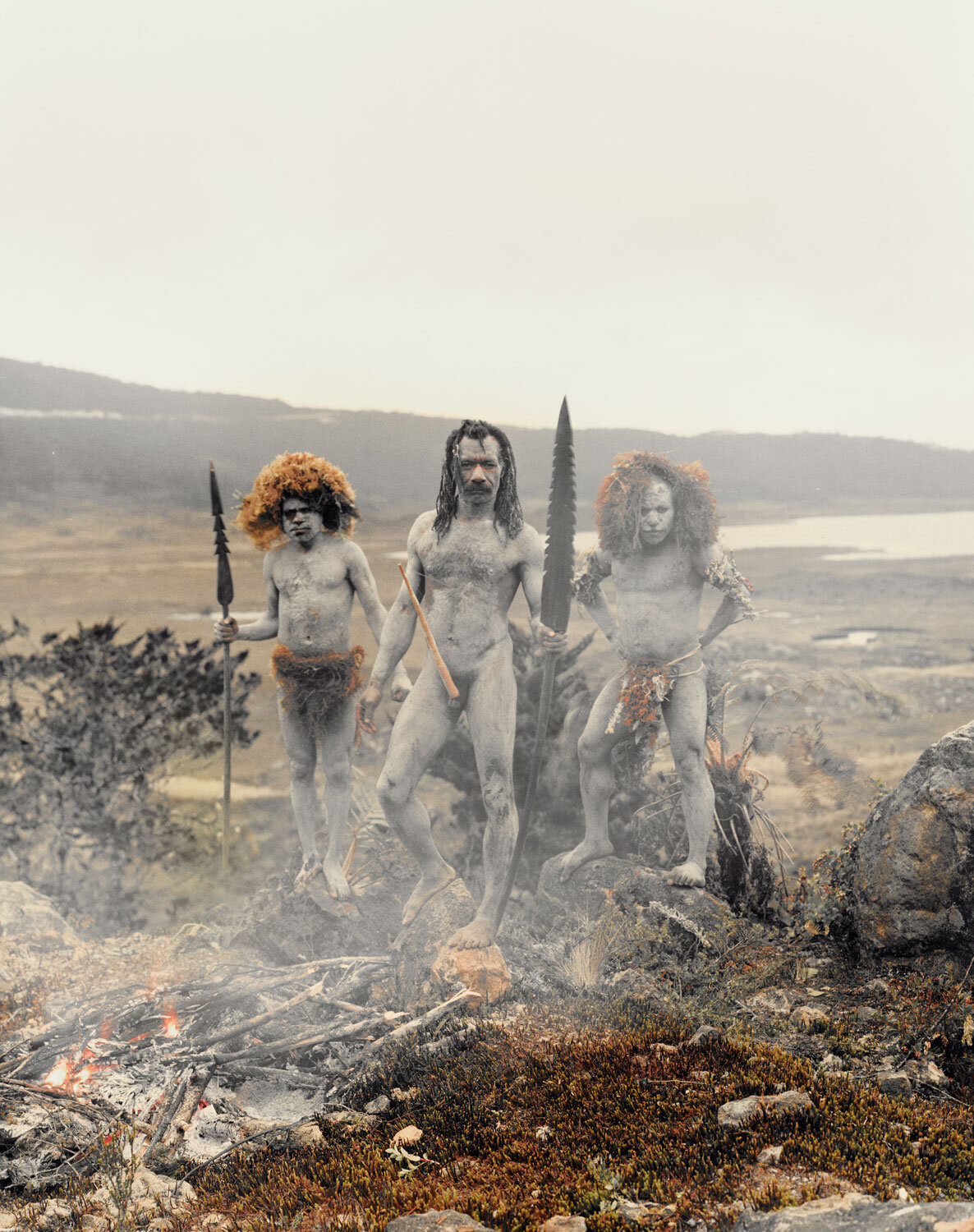
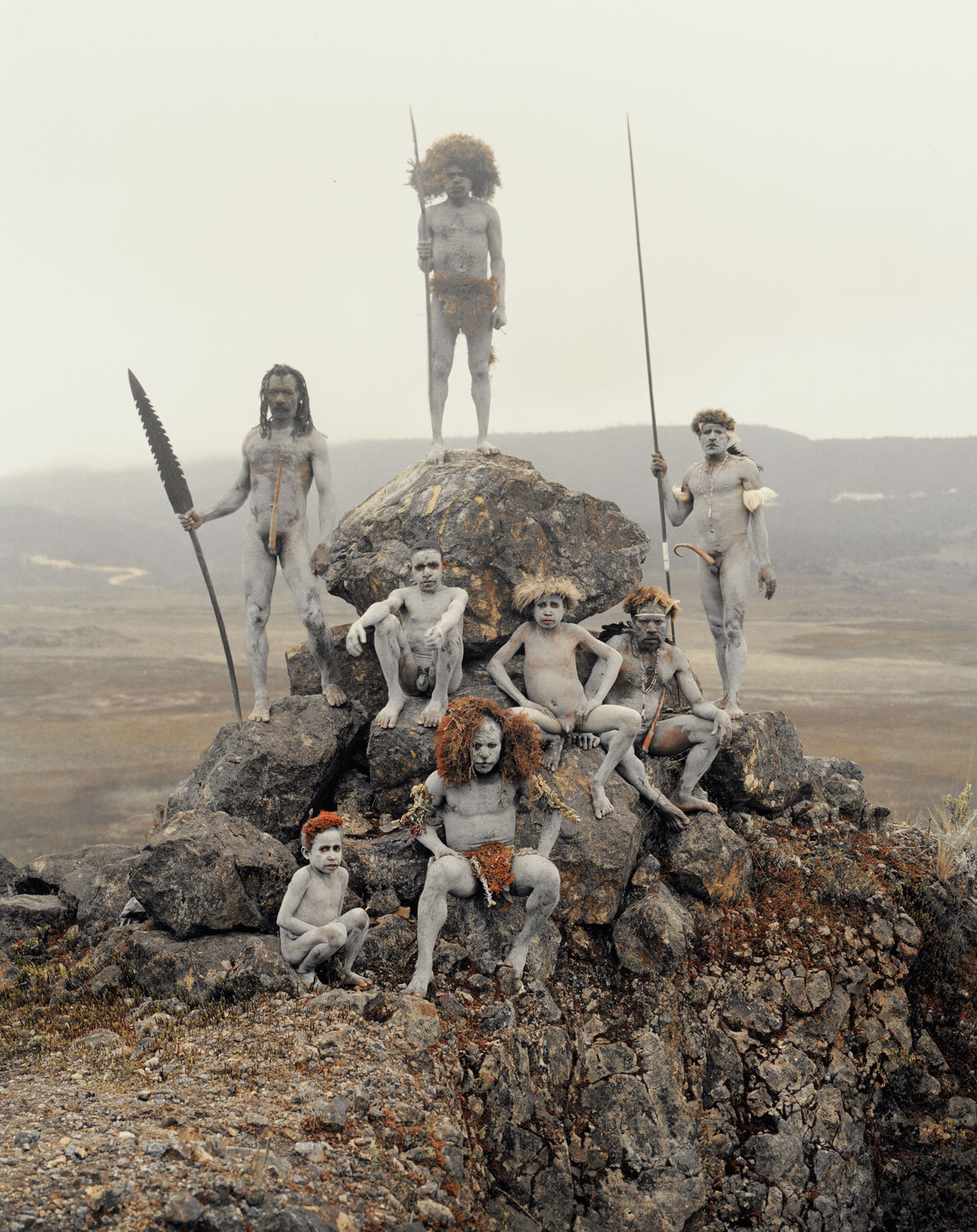
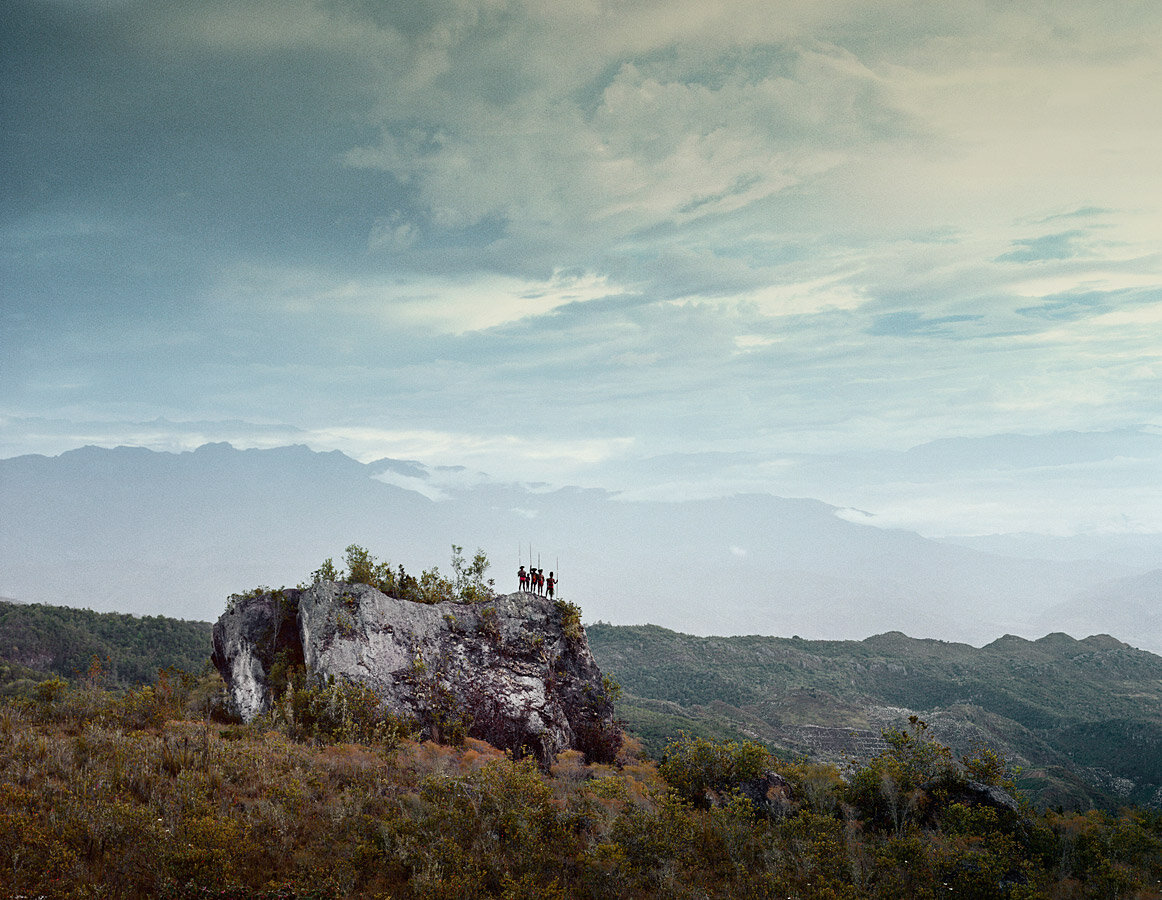
All images taken from ‘Before They Pass Away’ by Jimmy Nelson